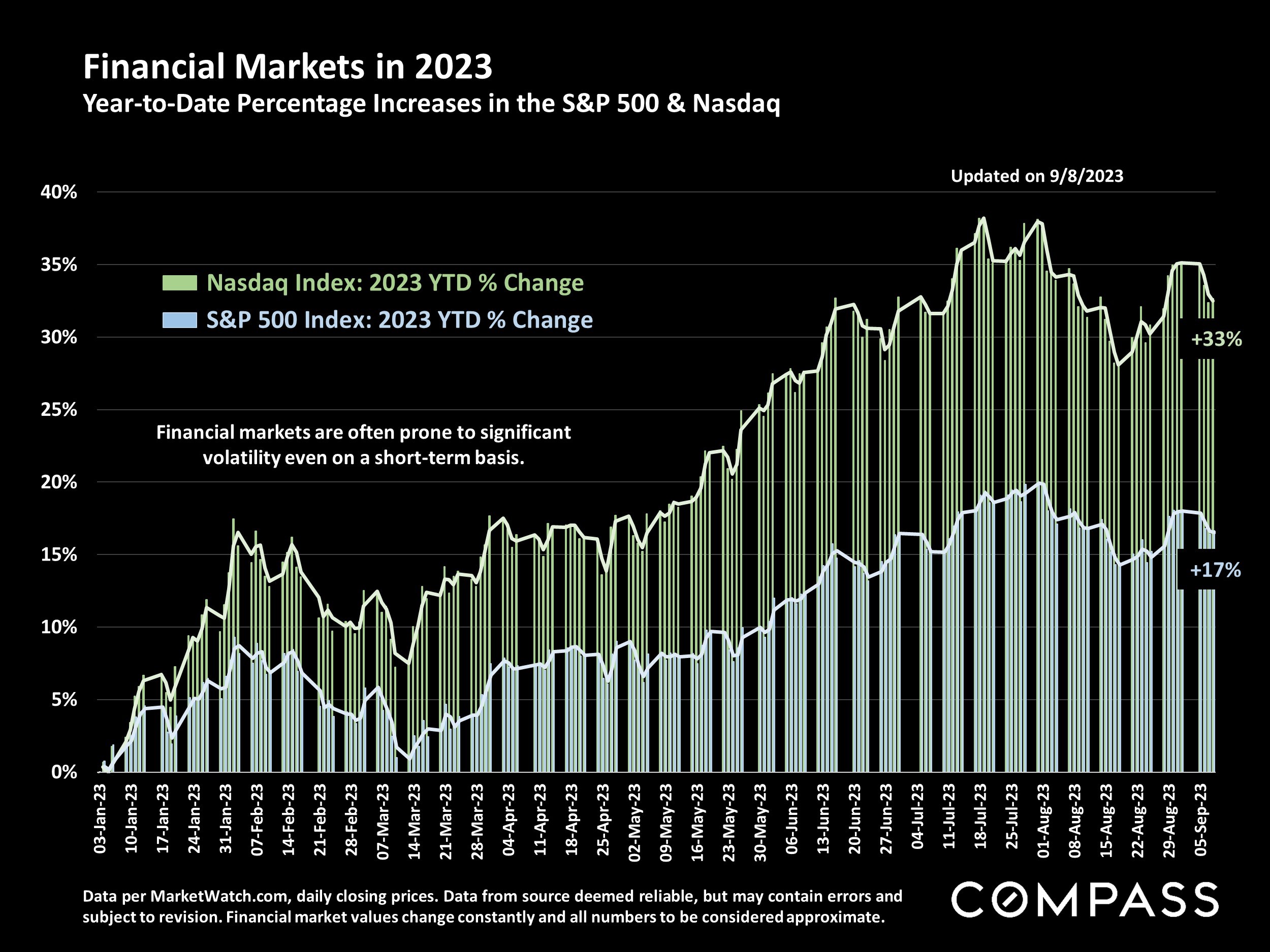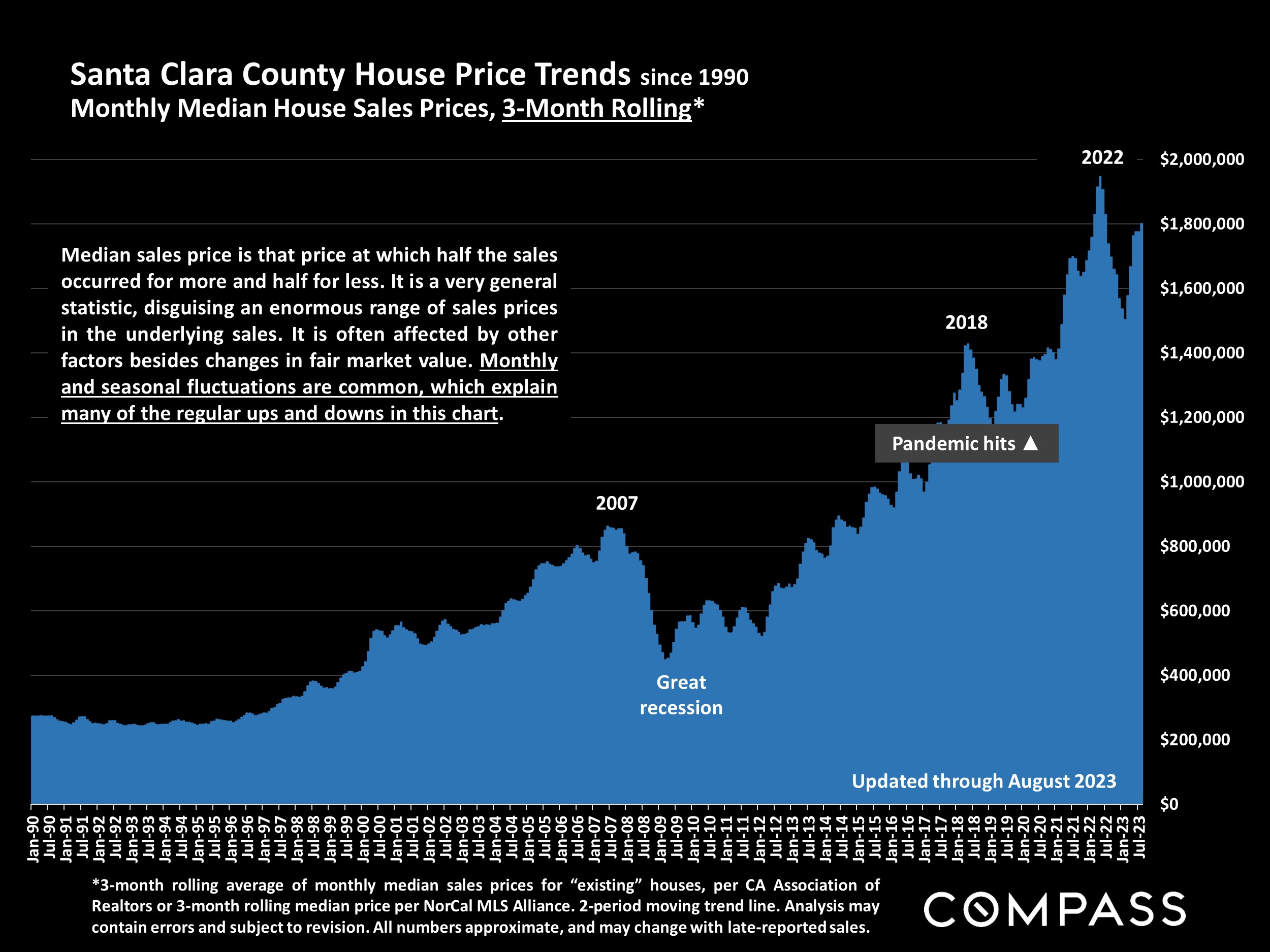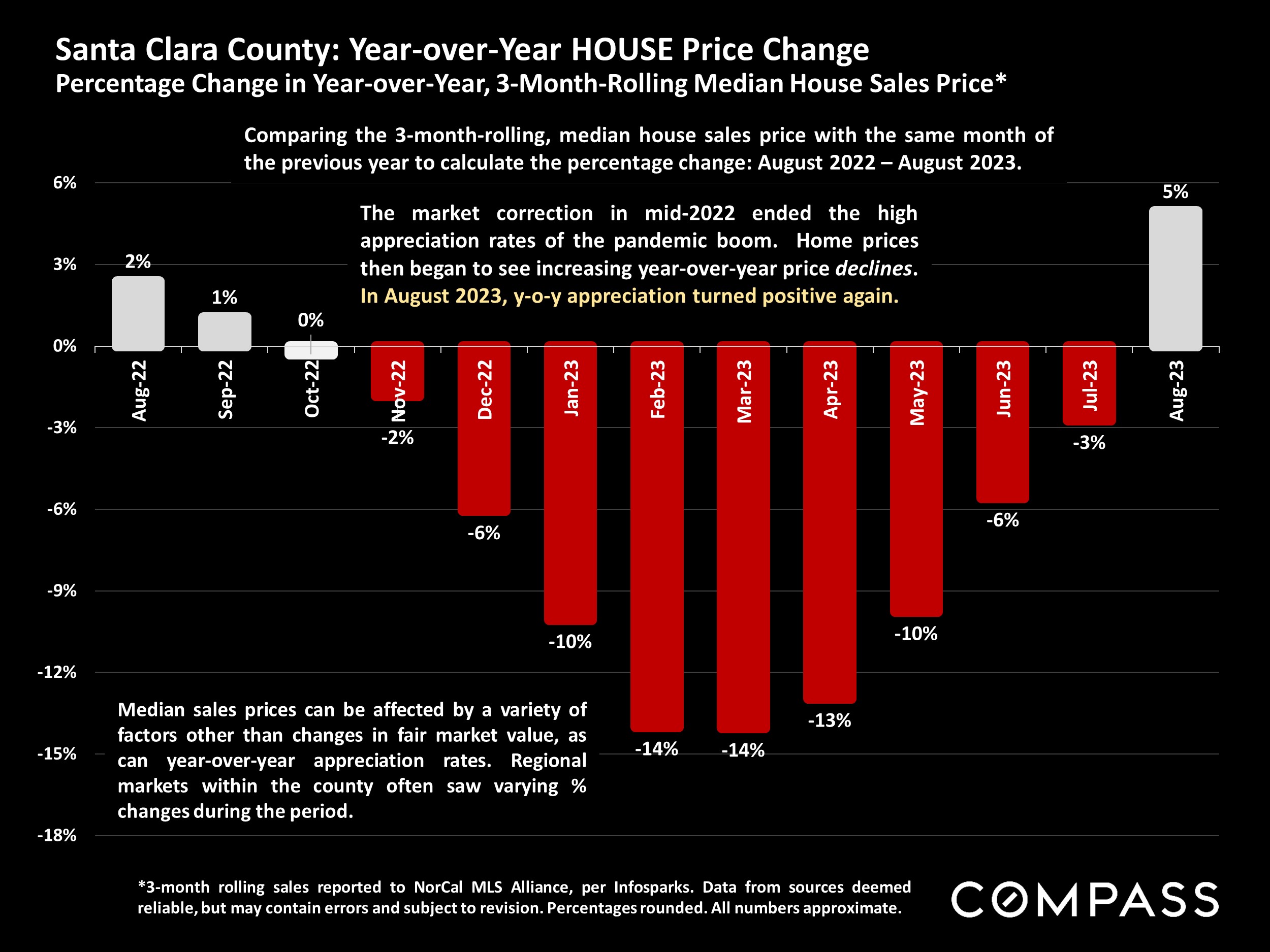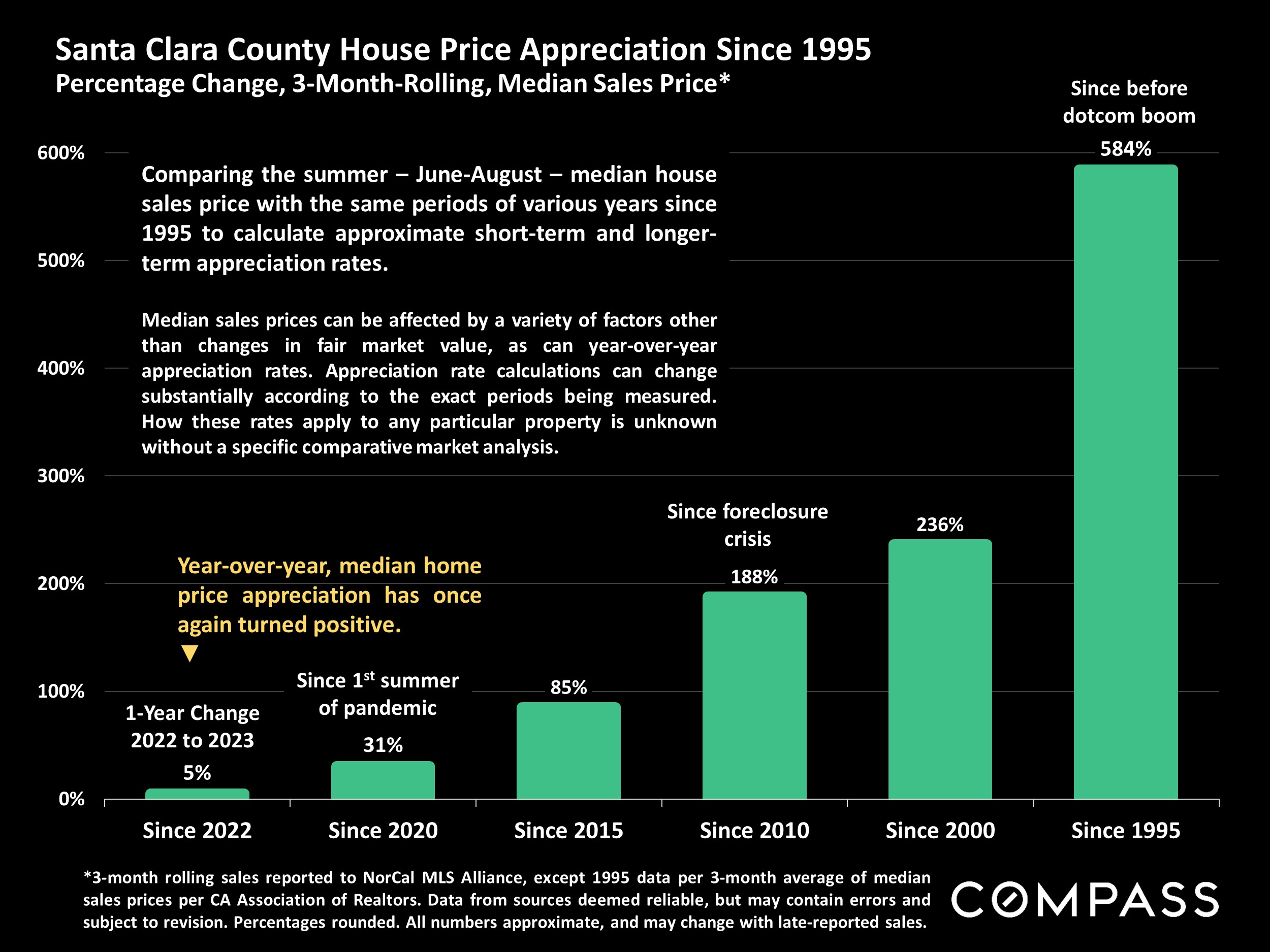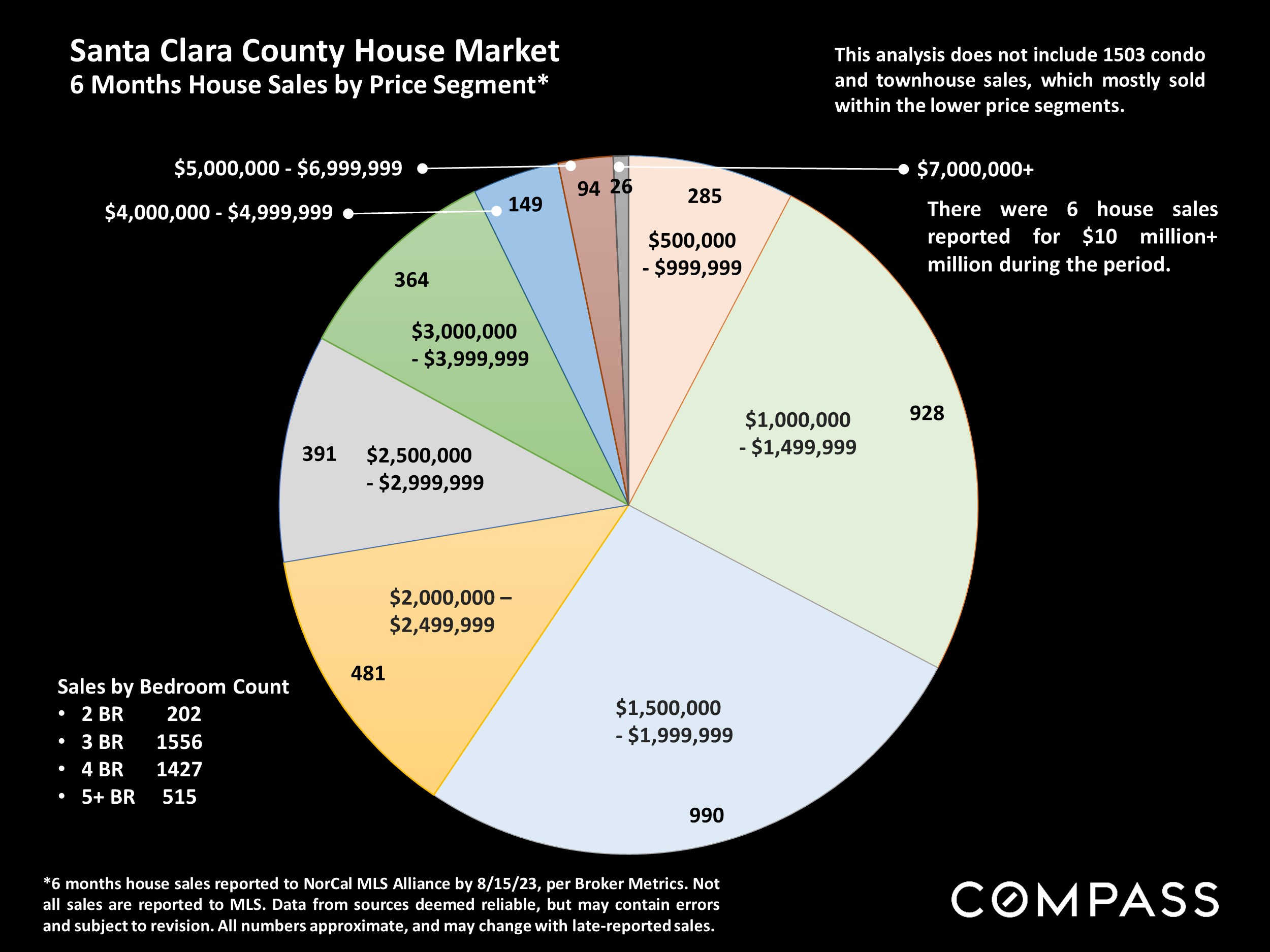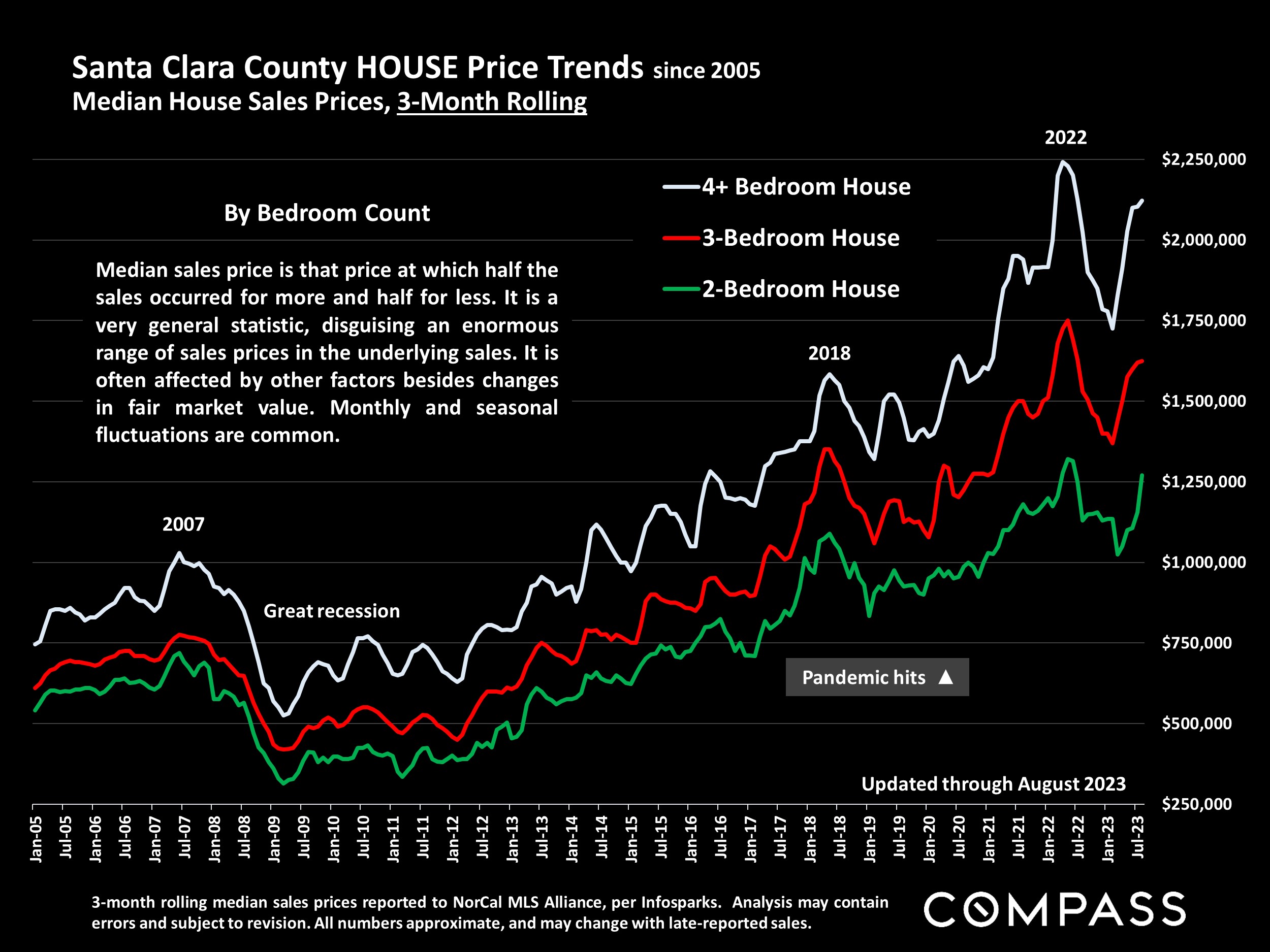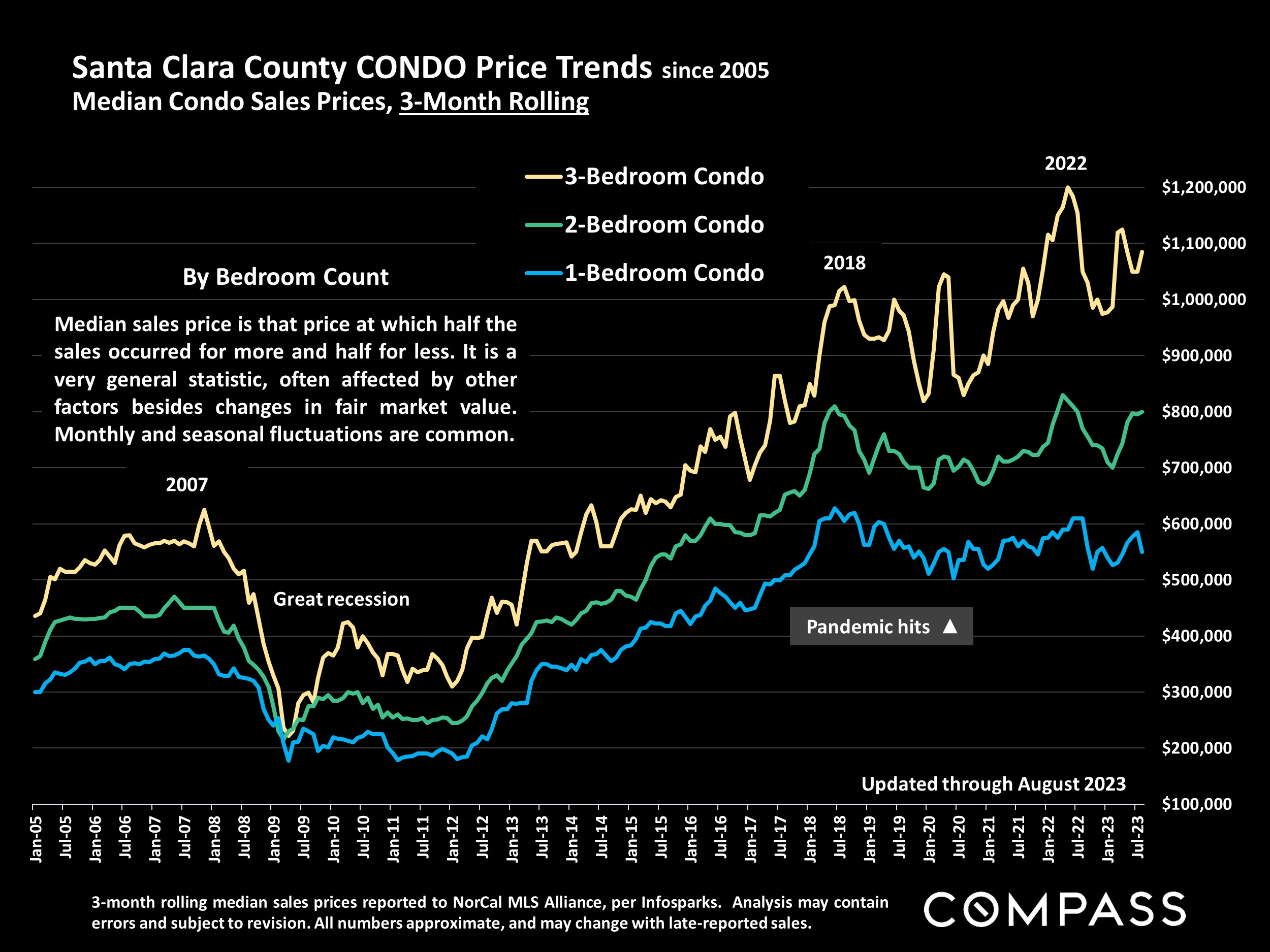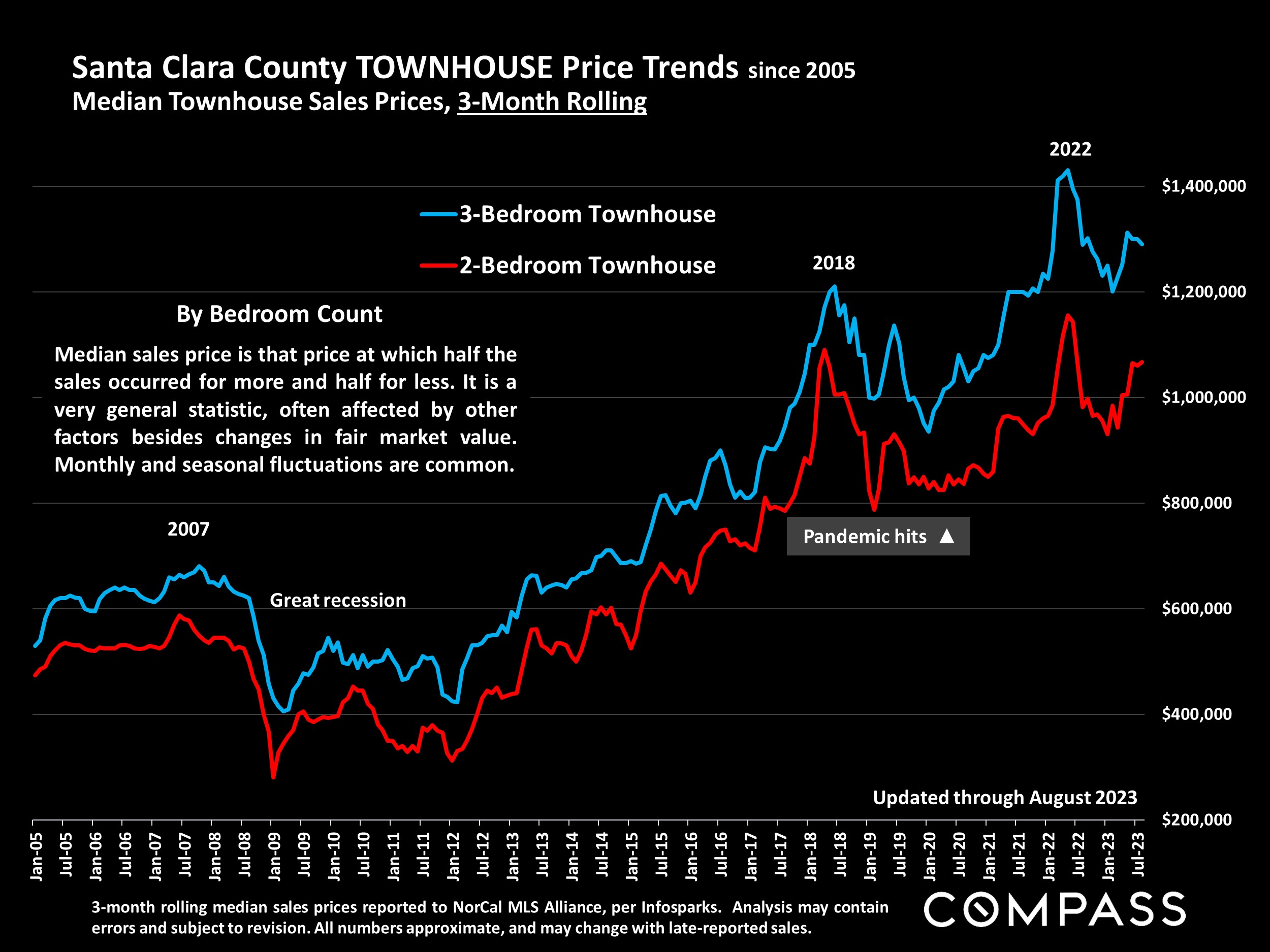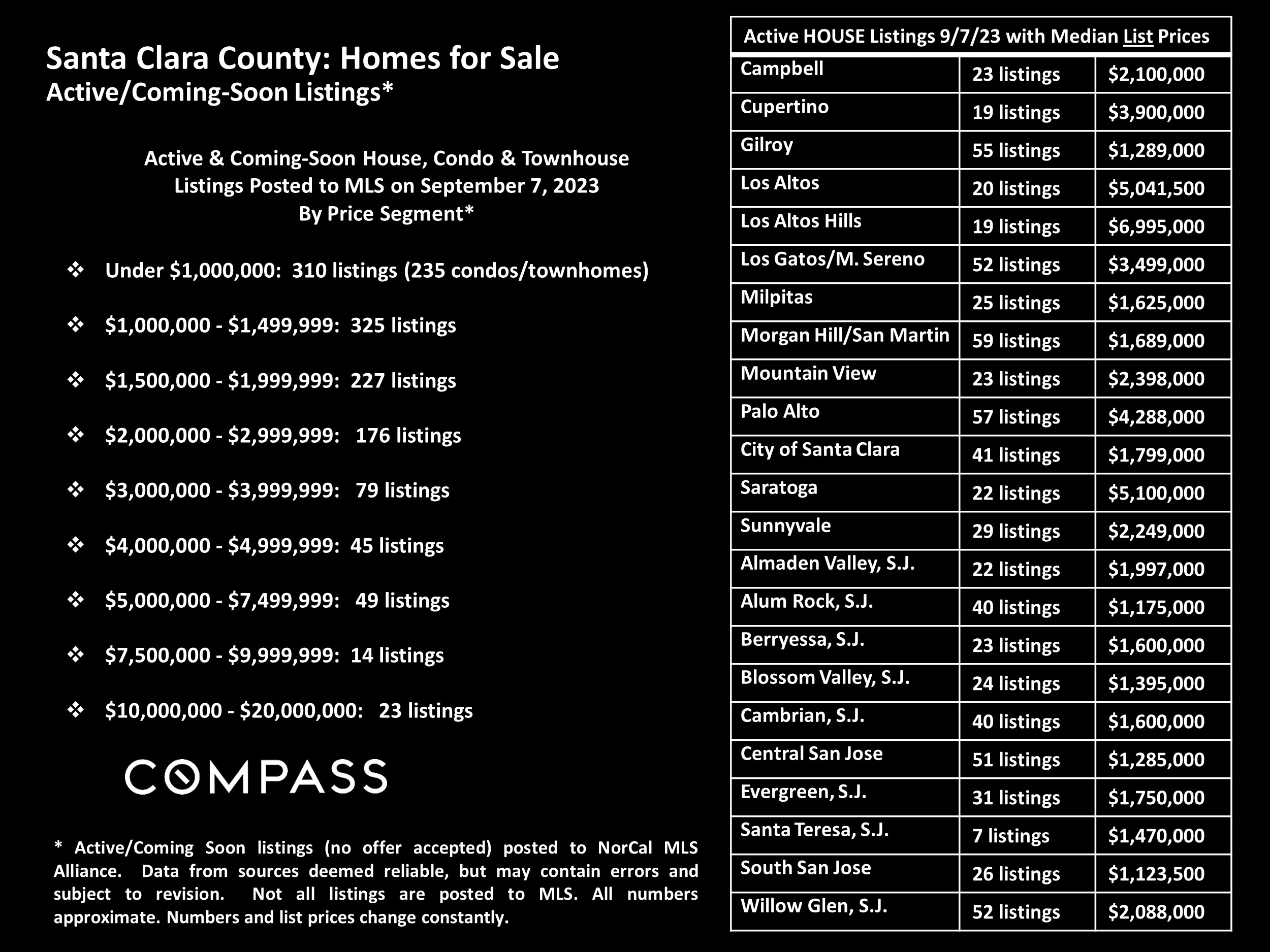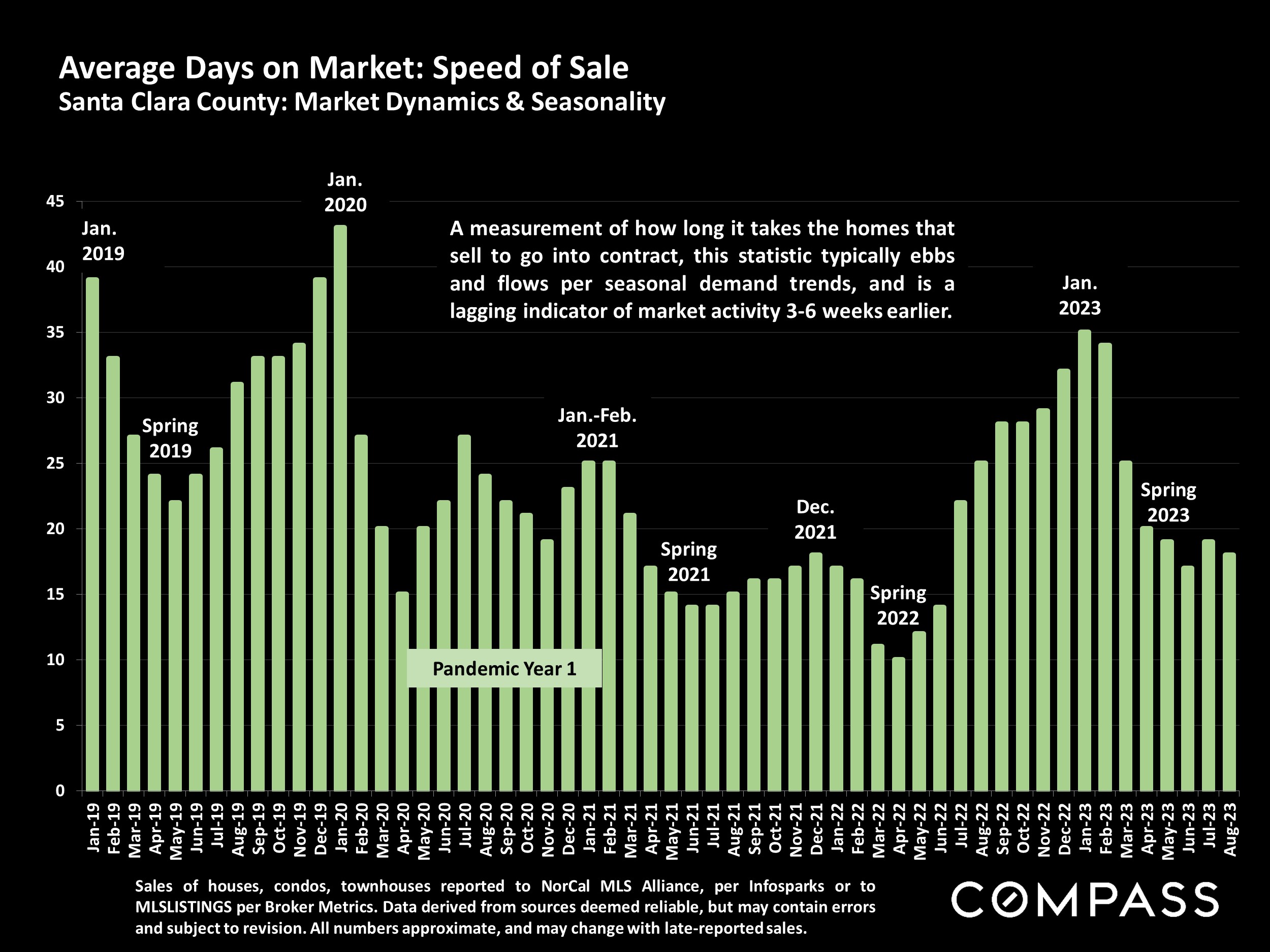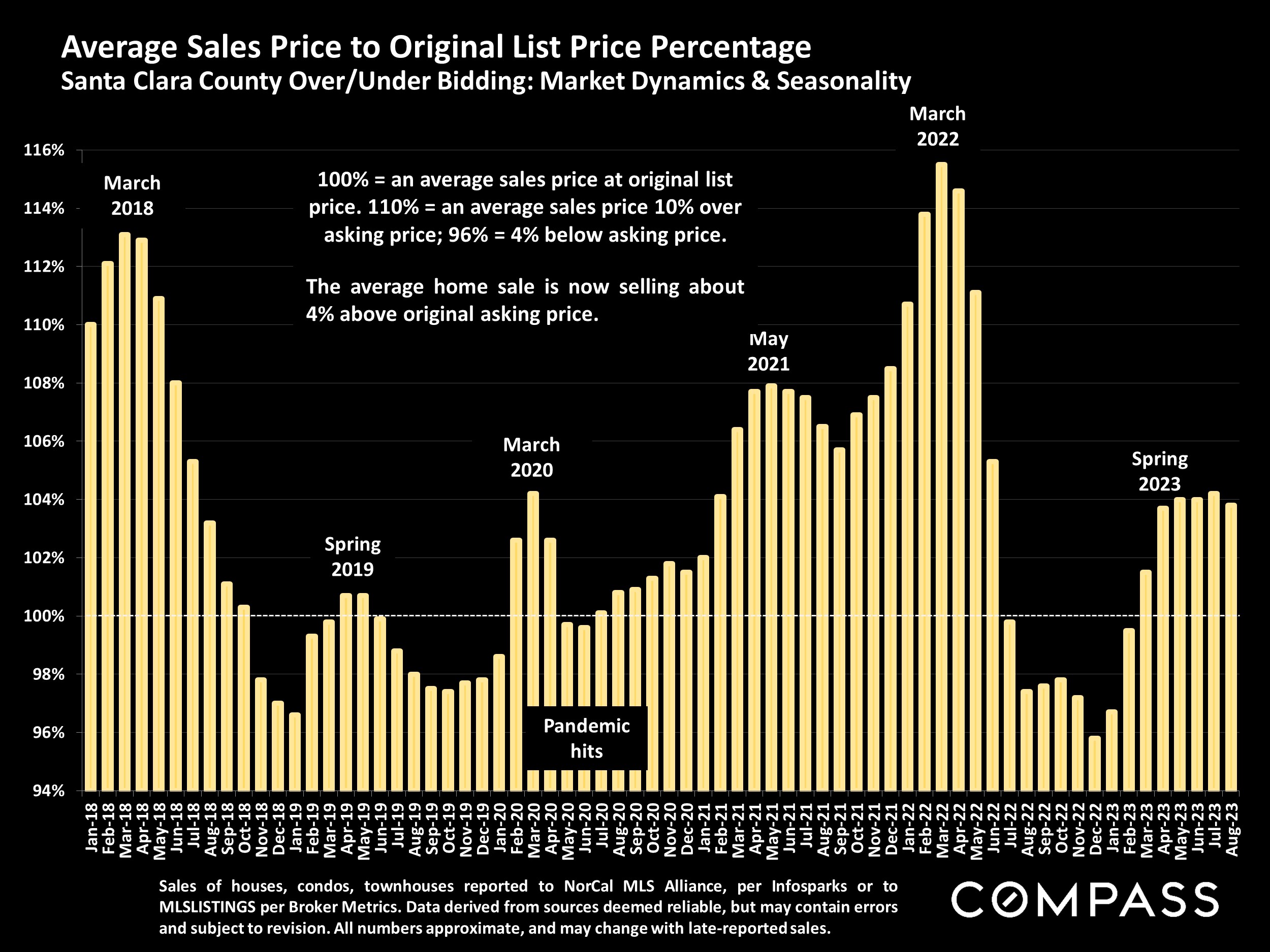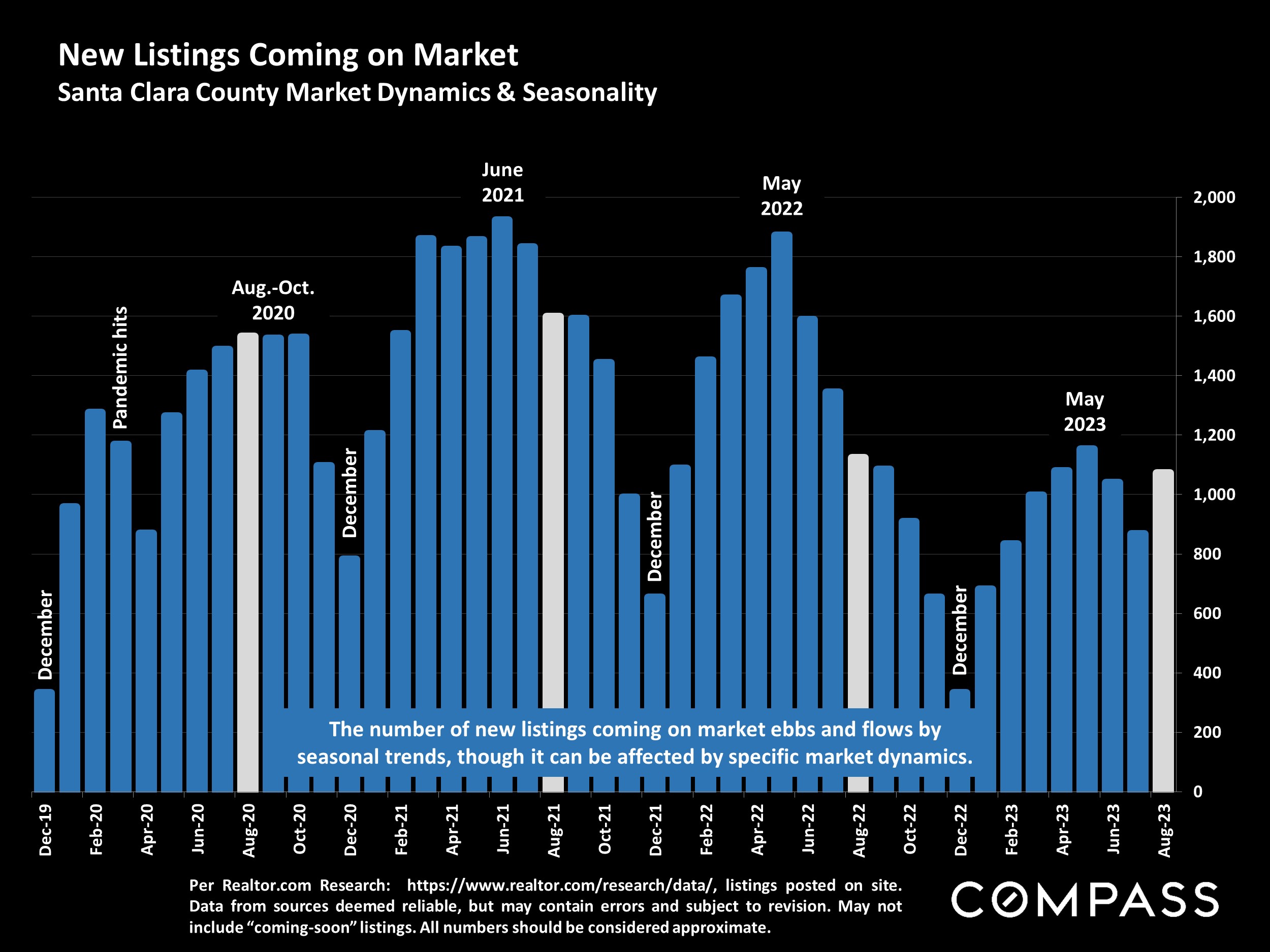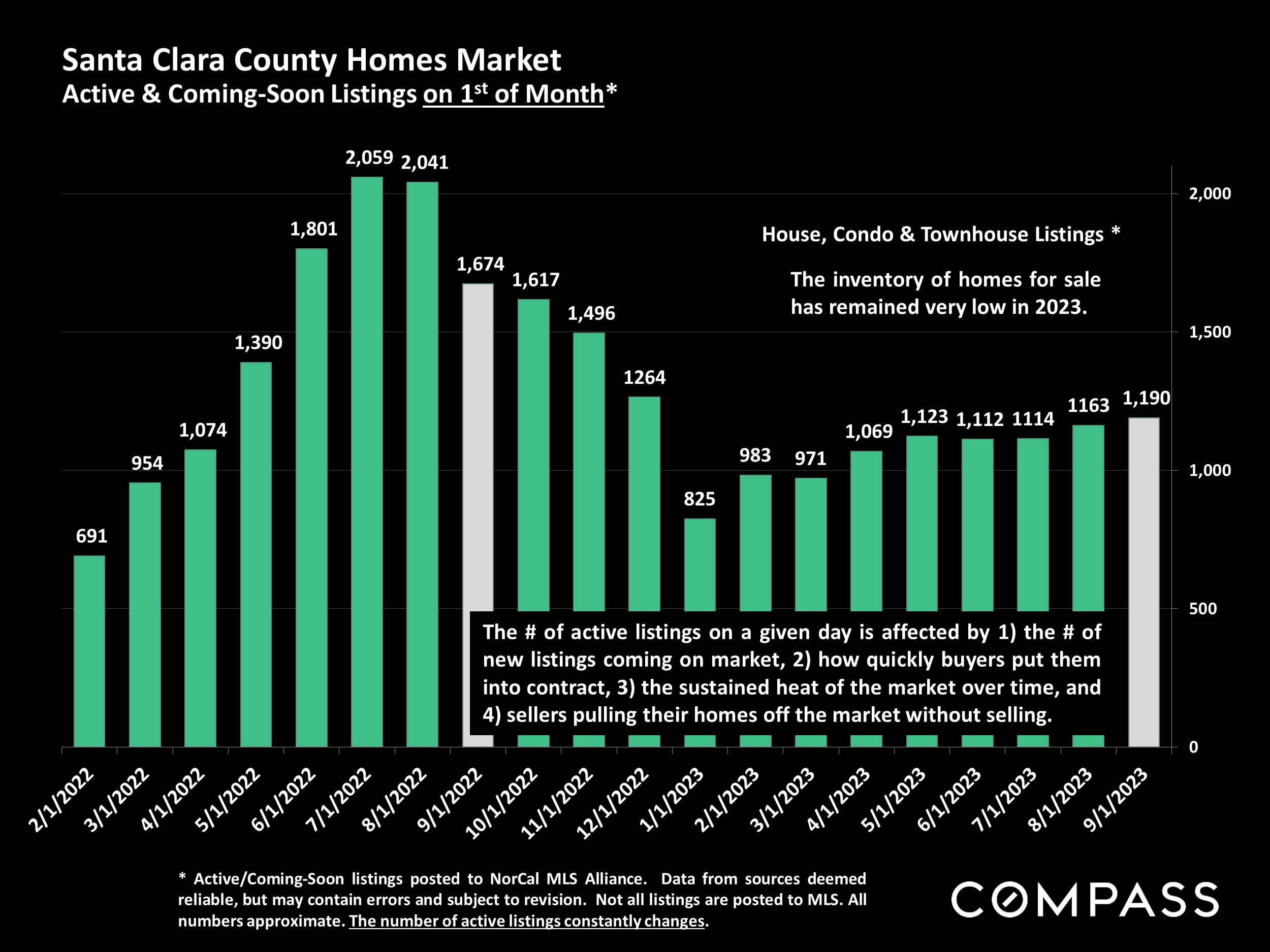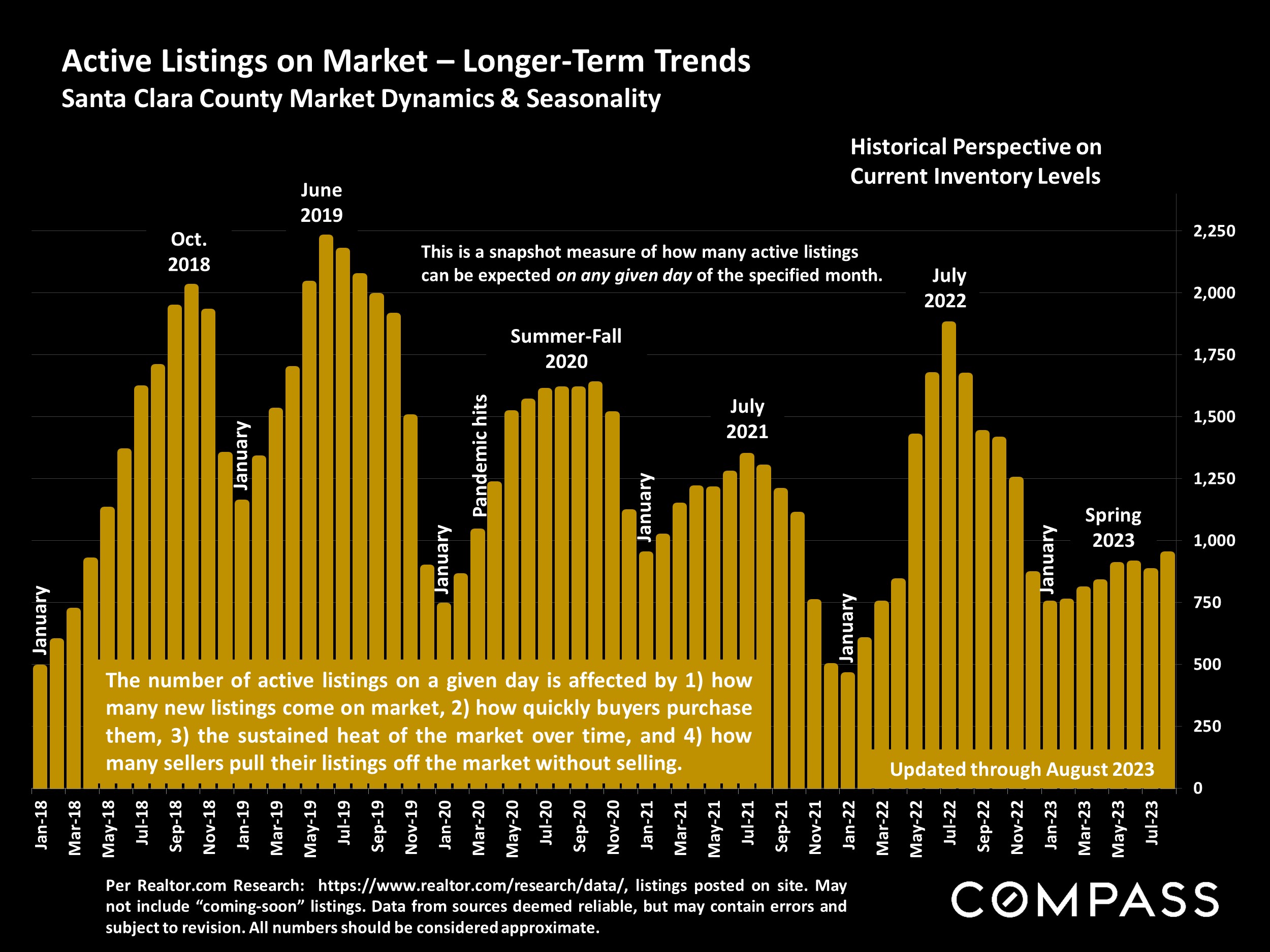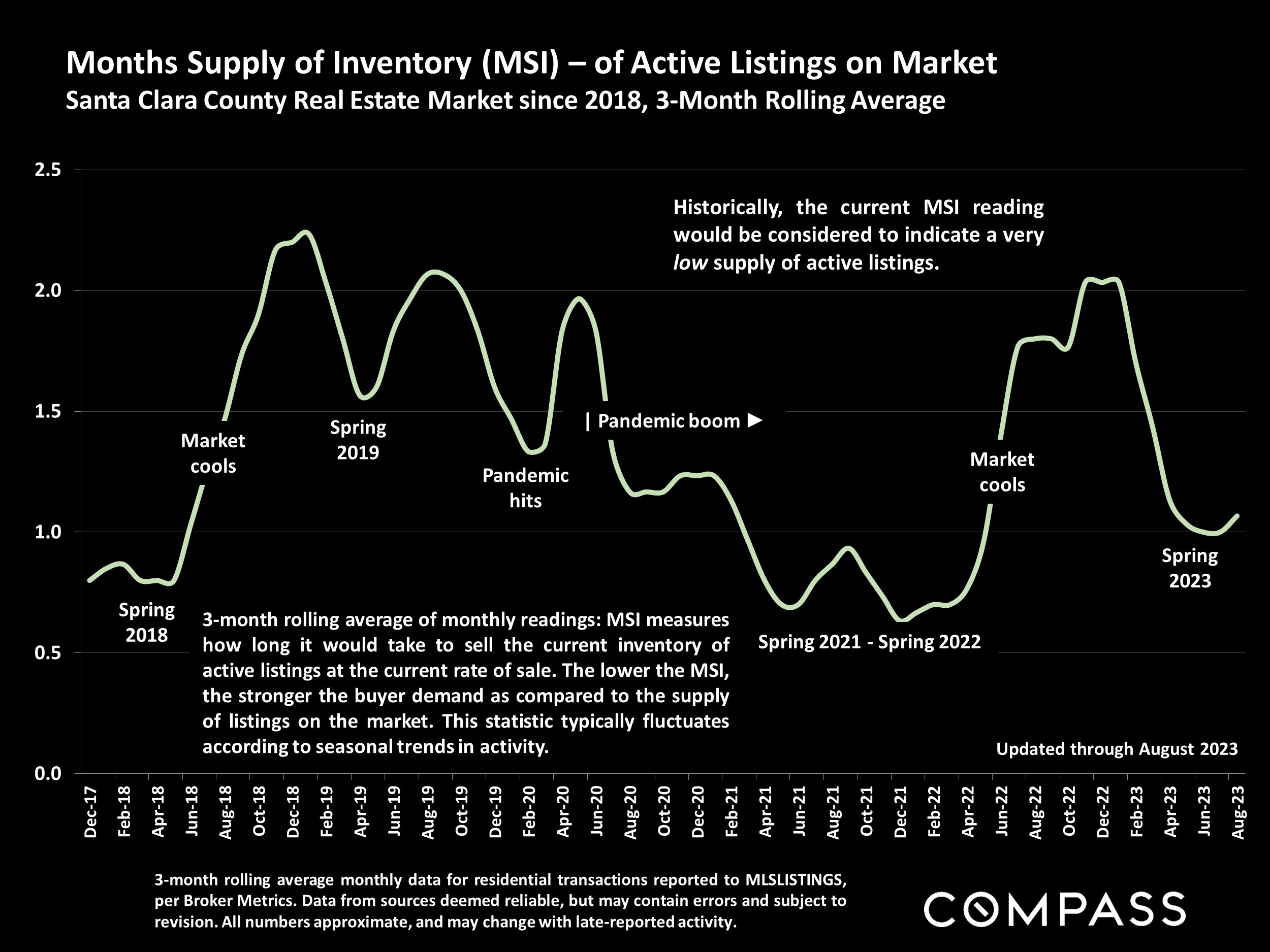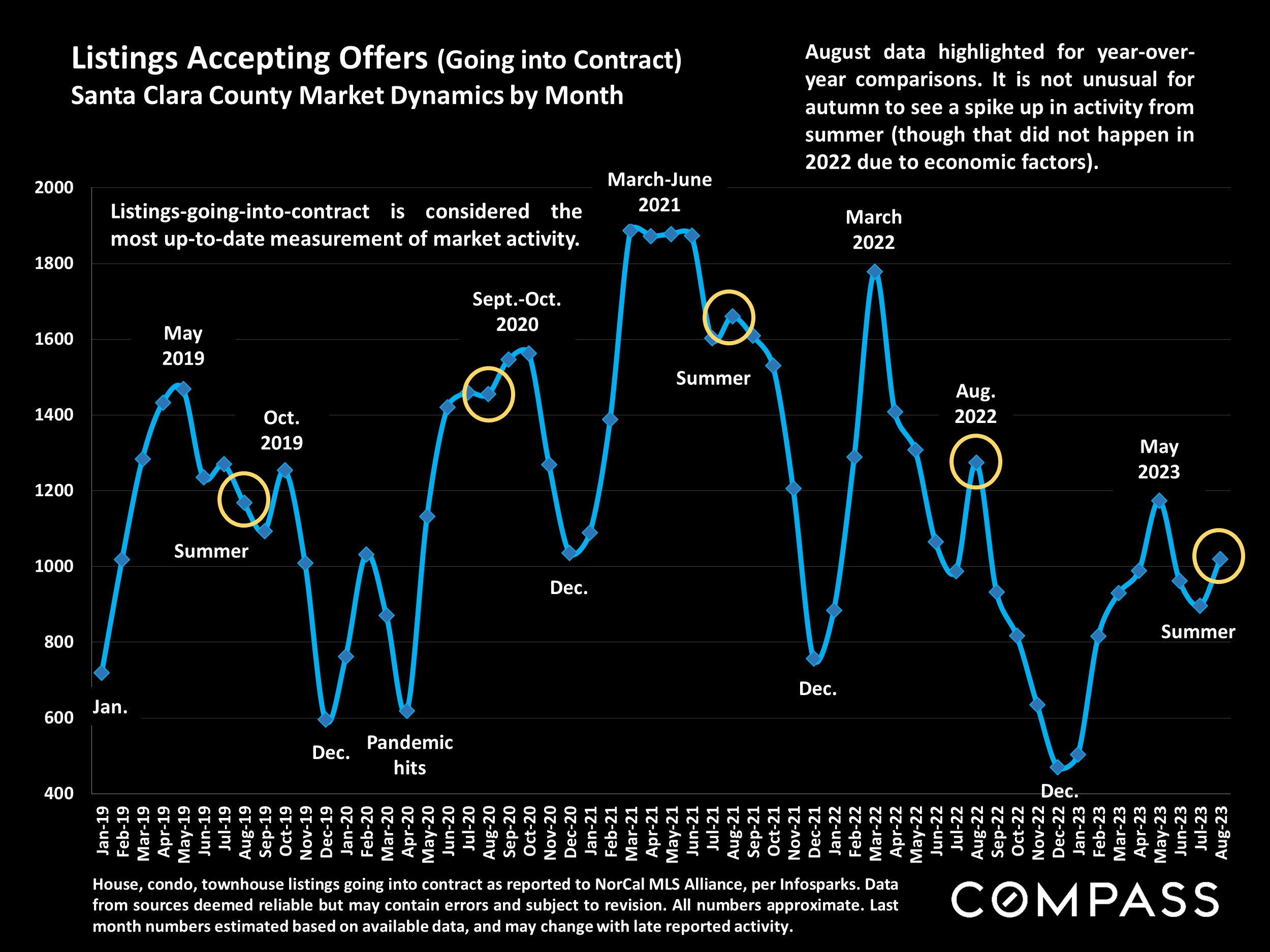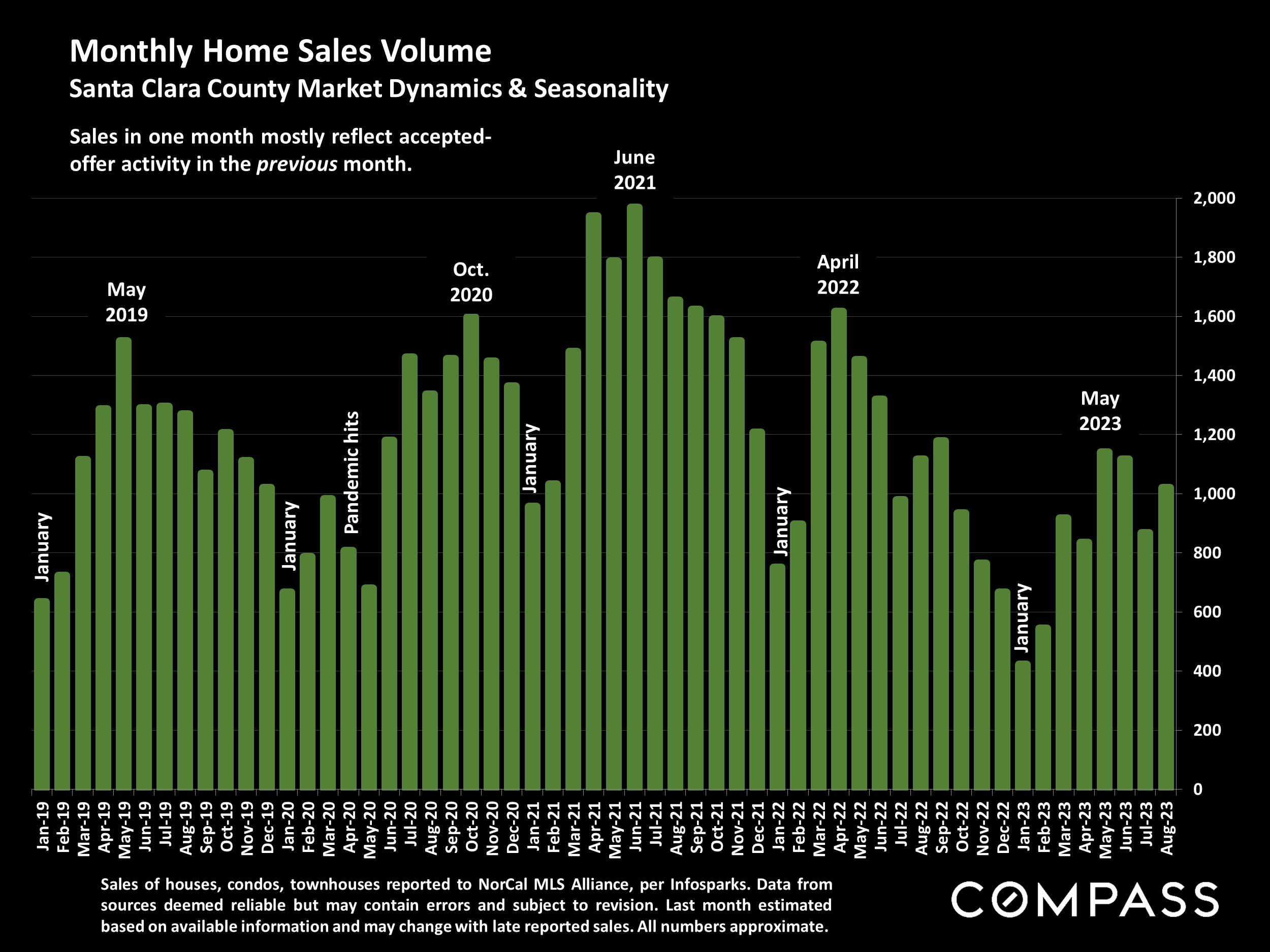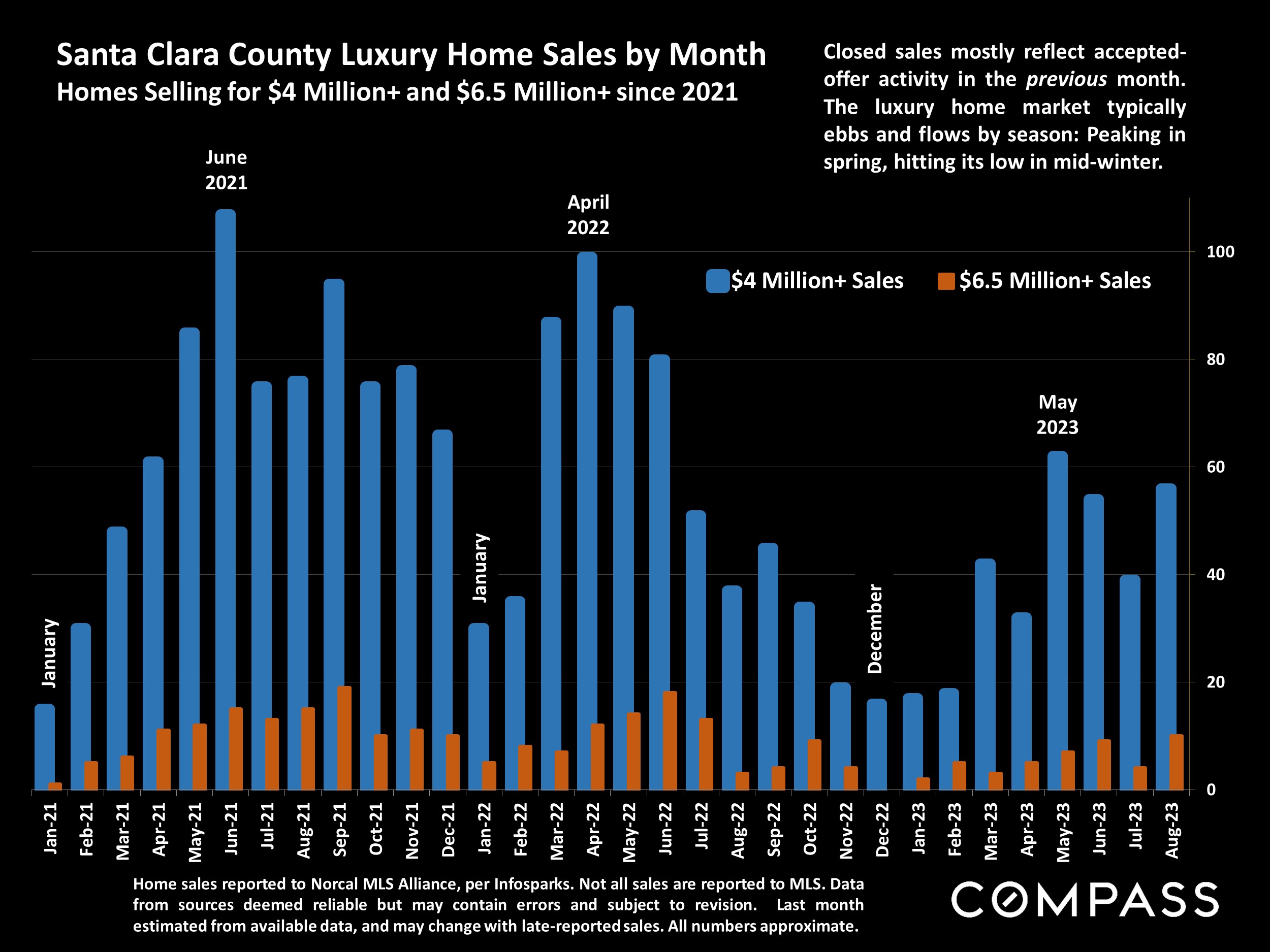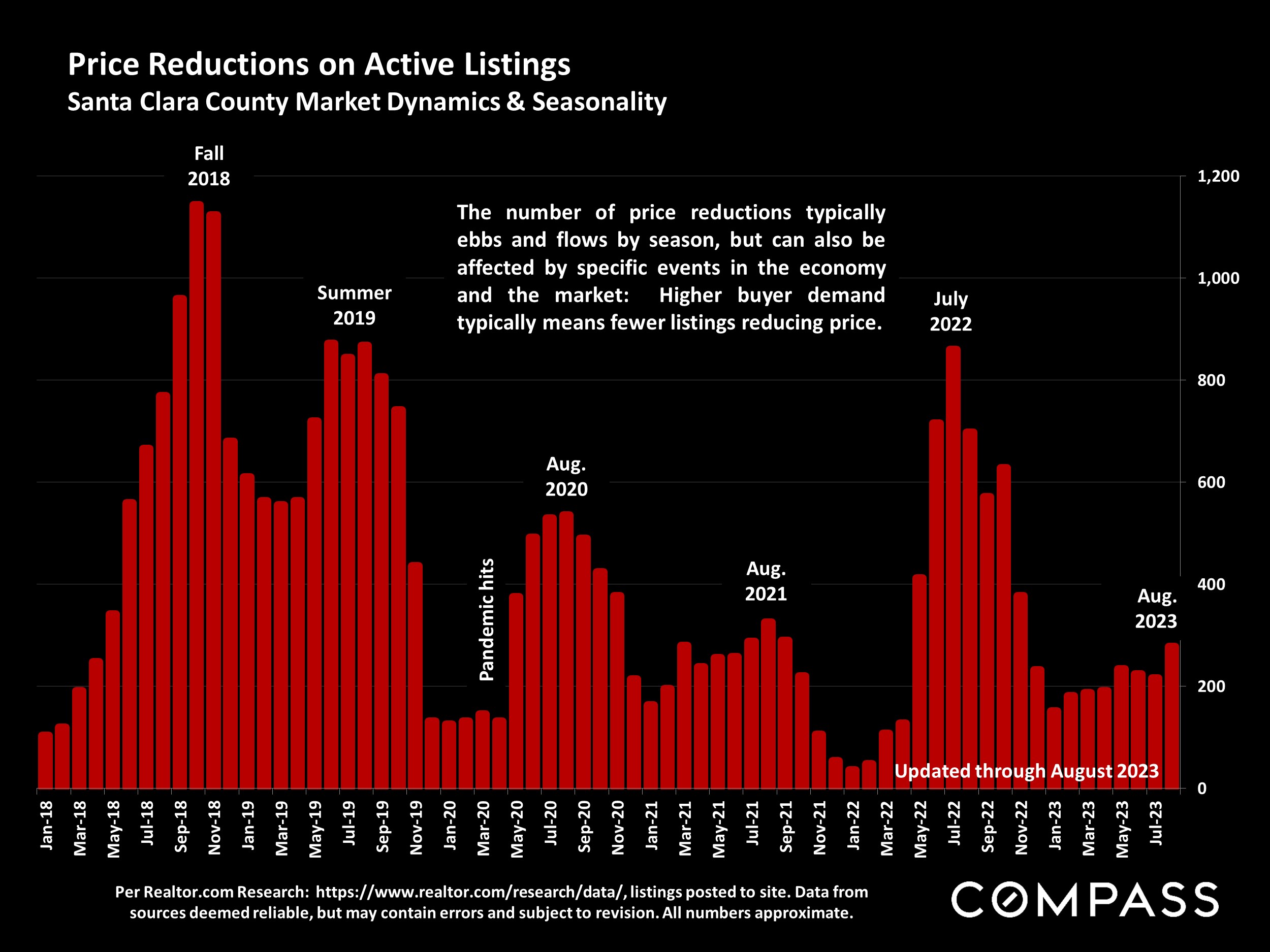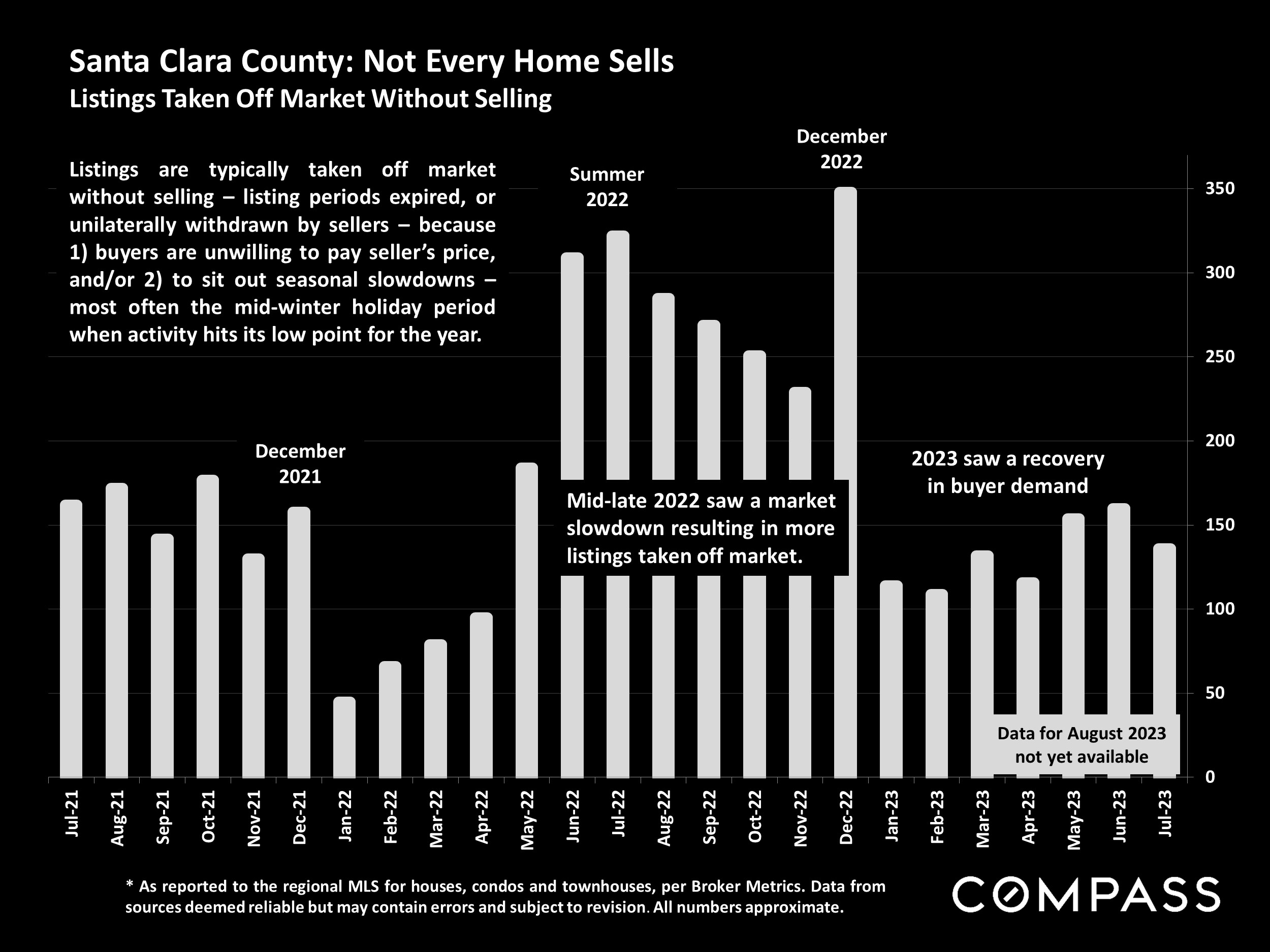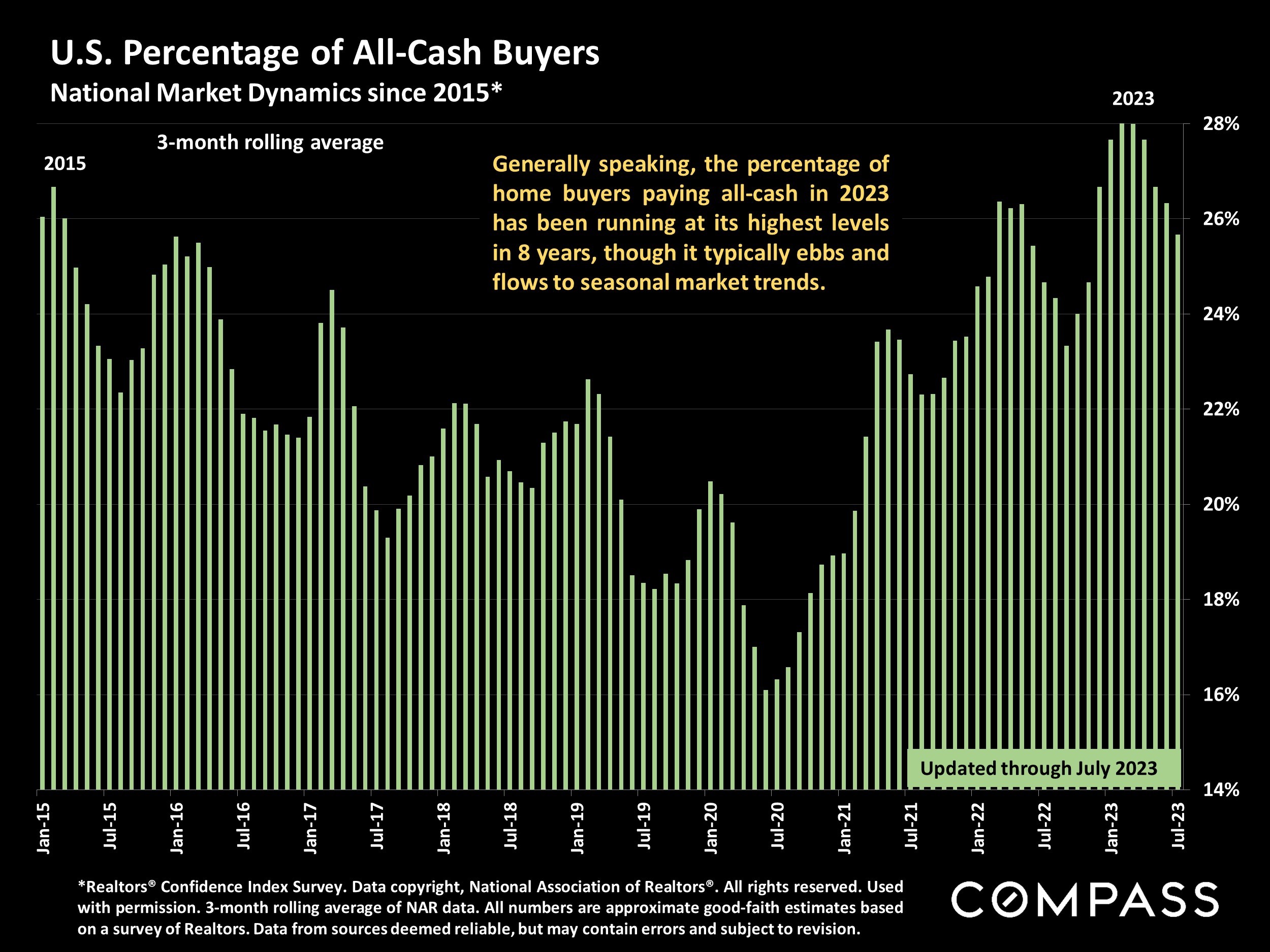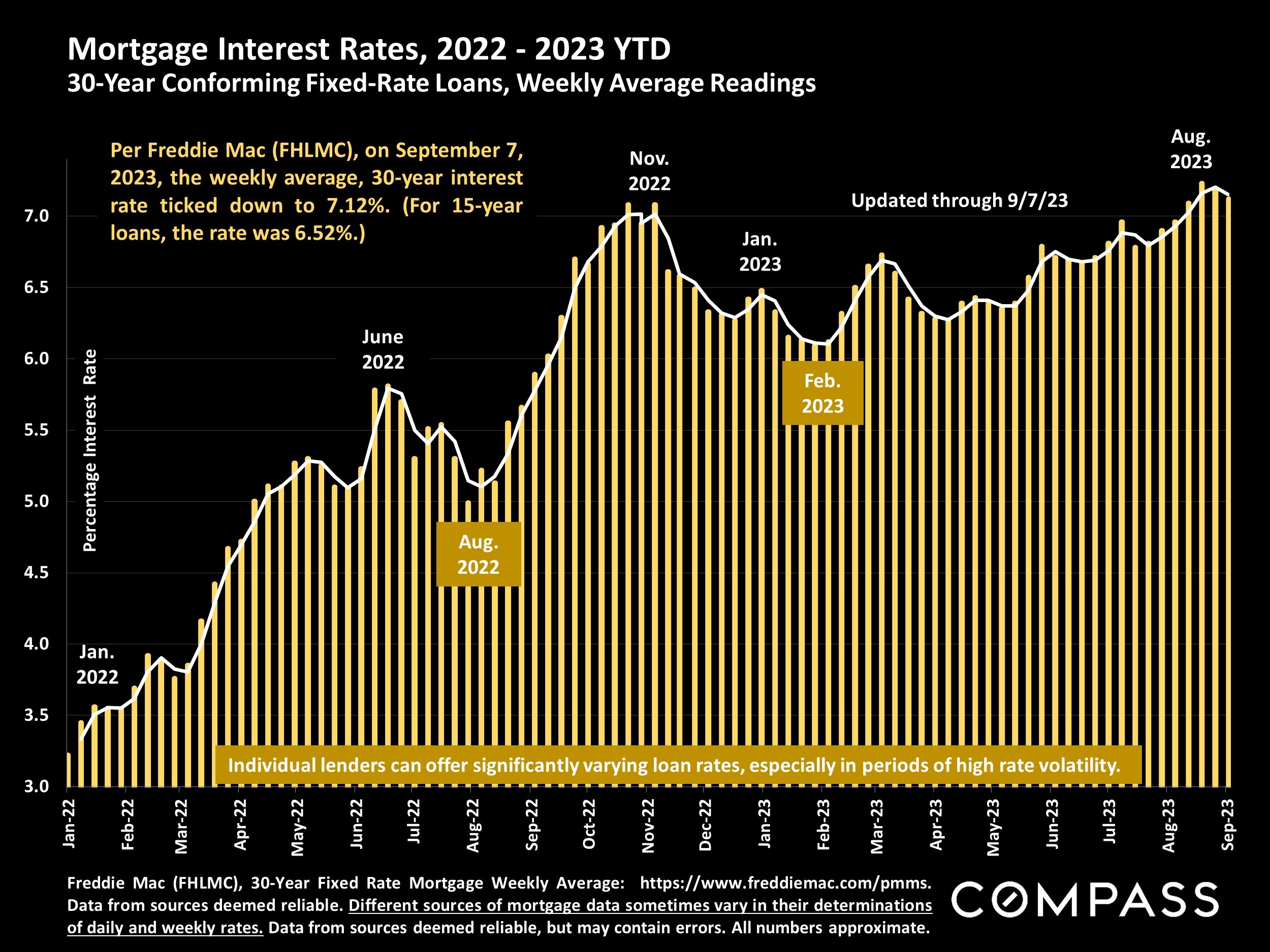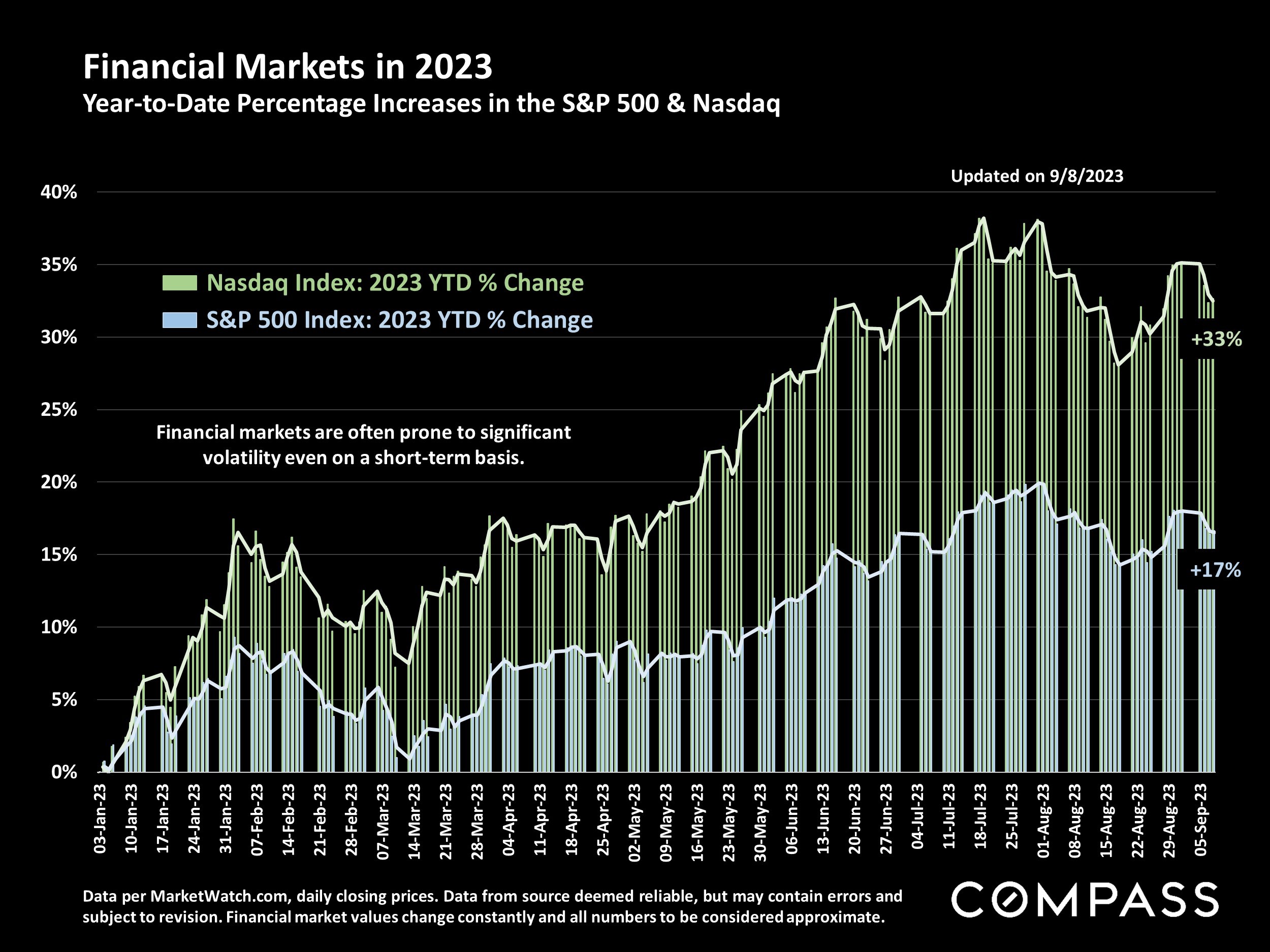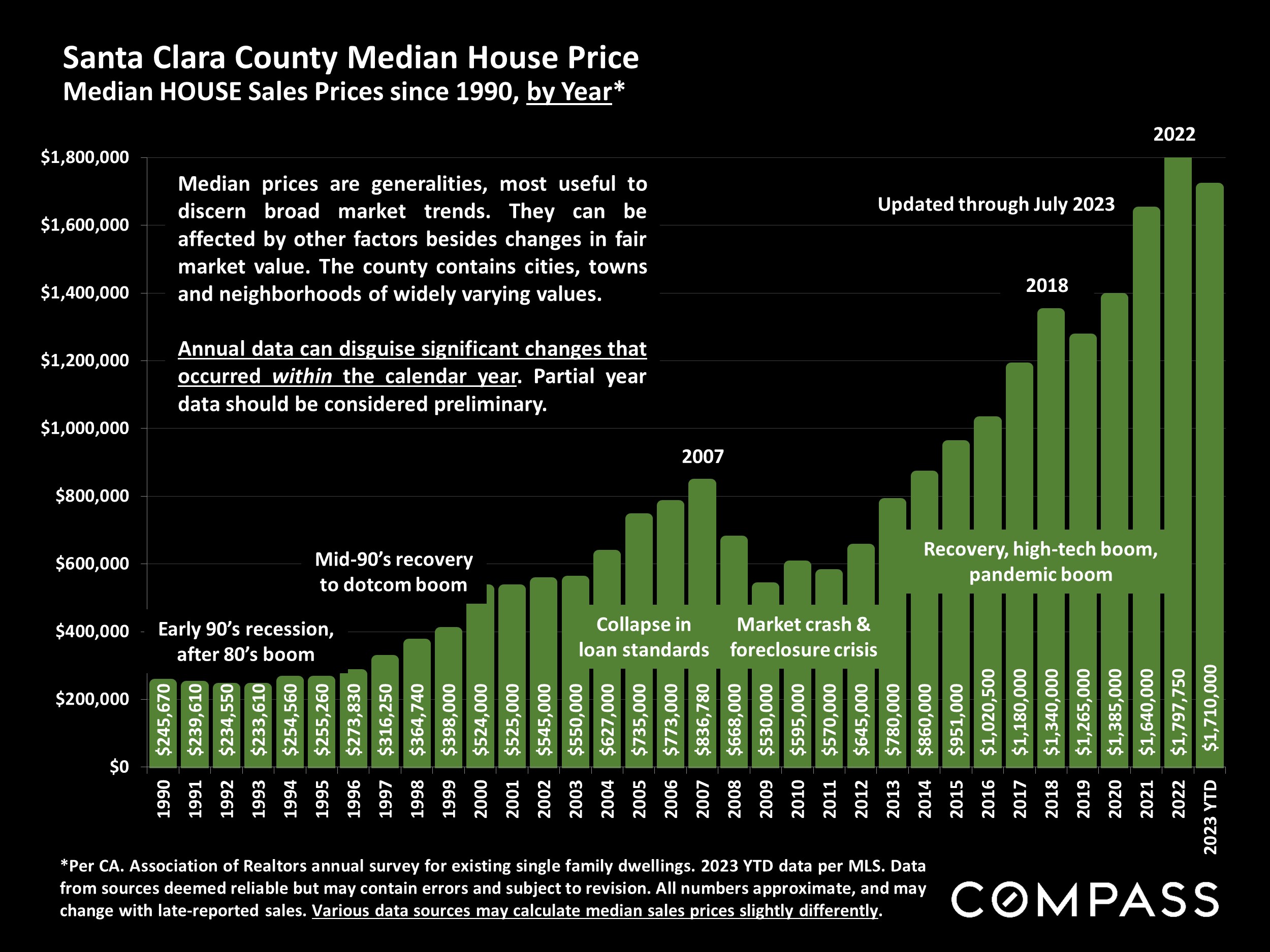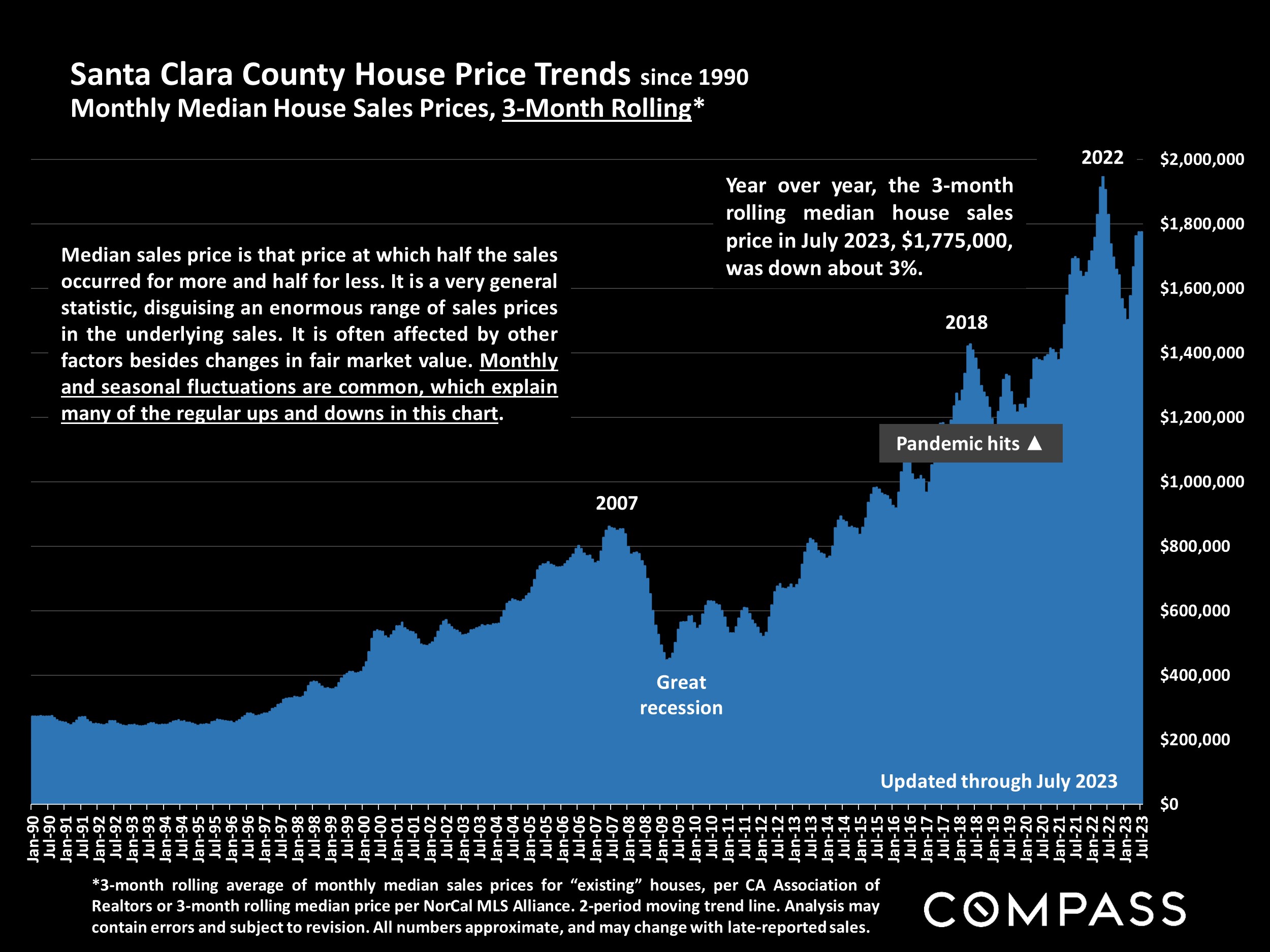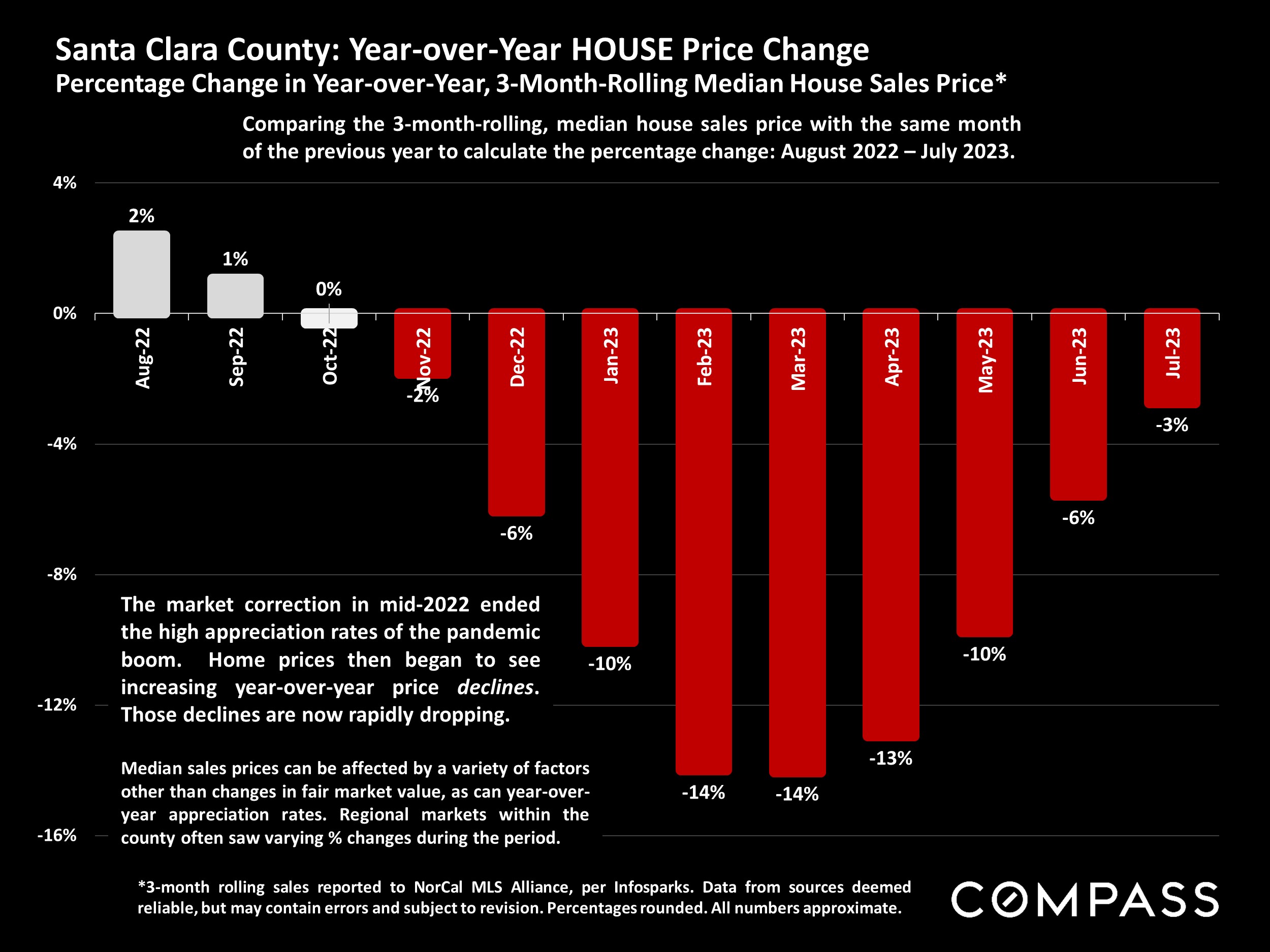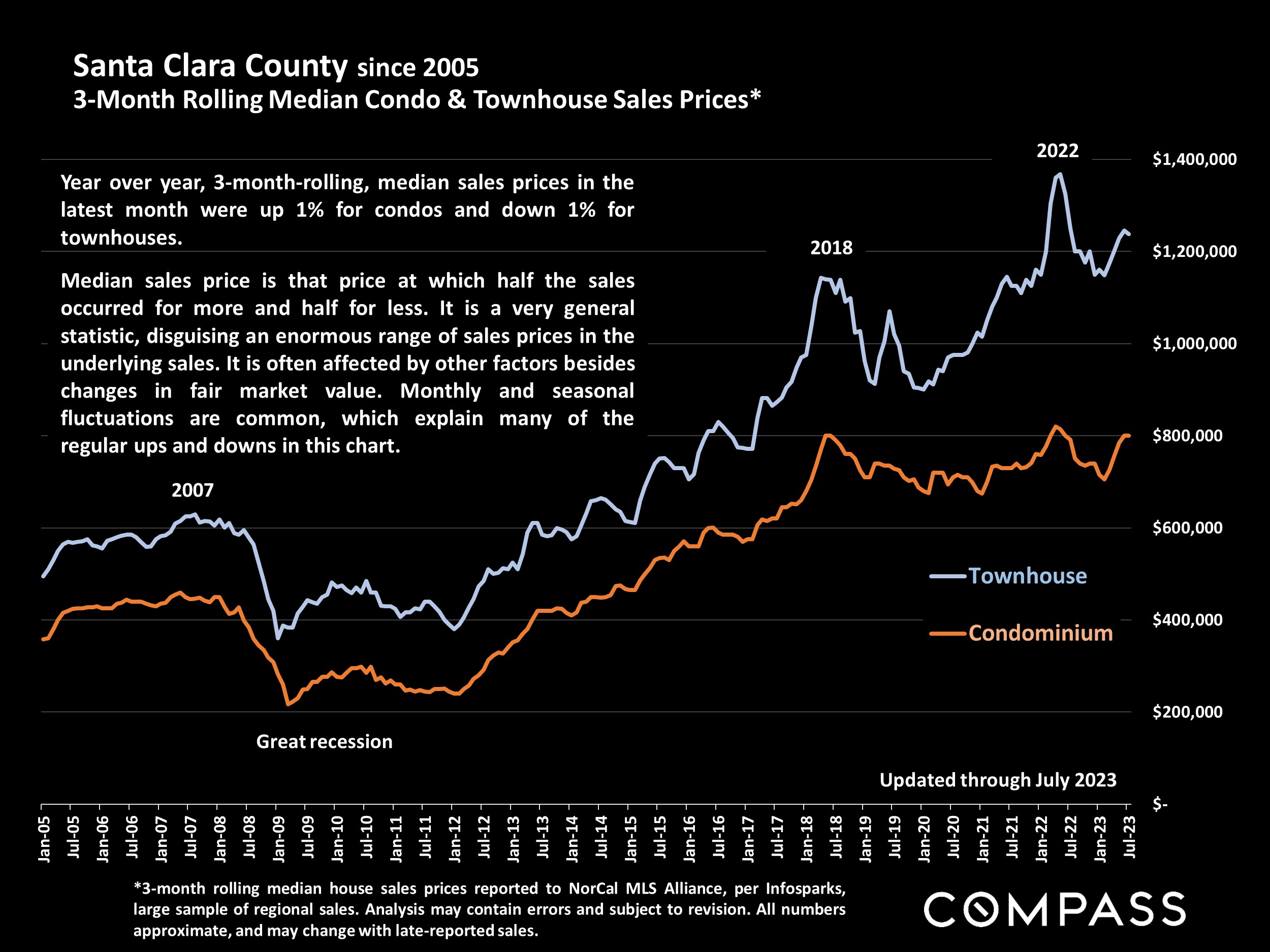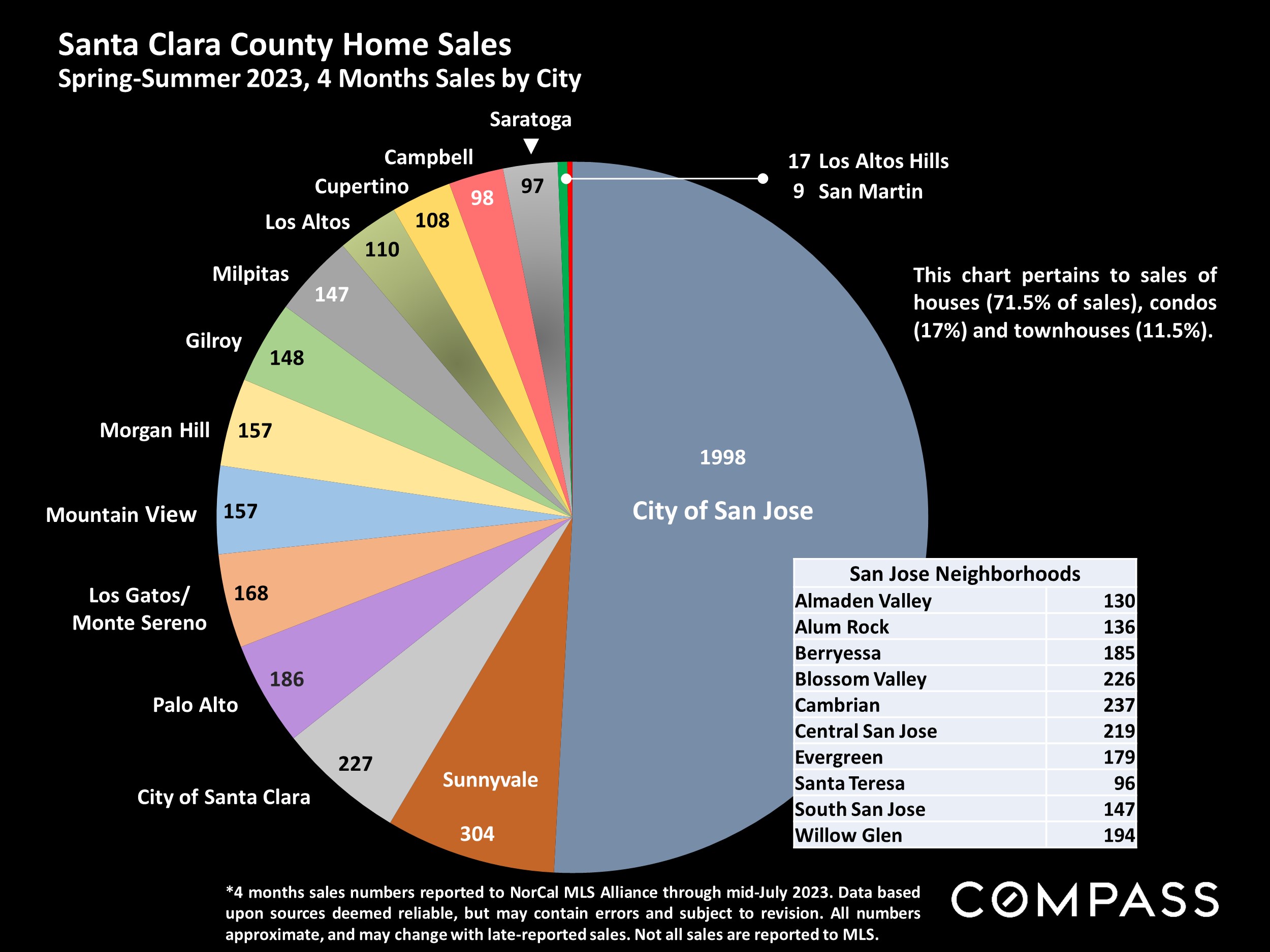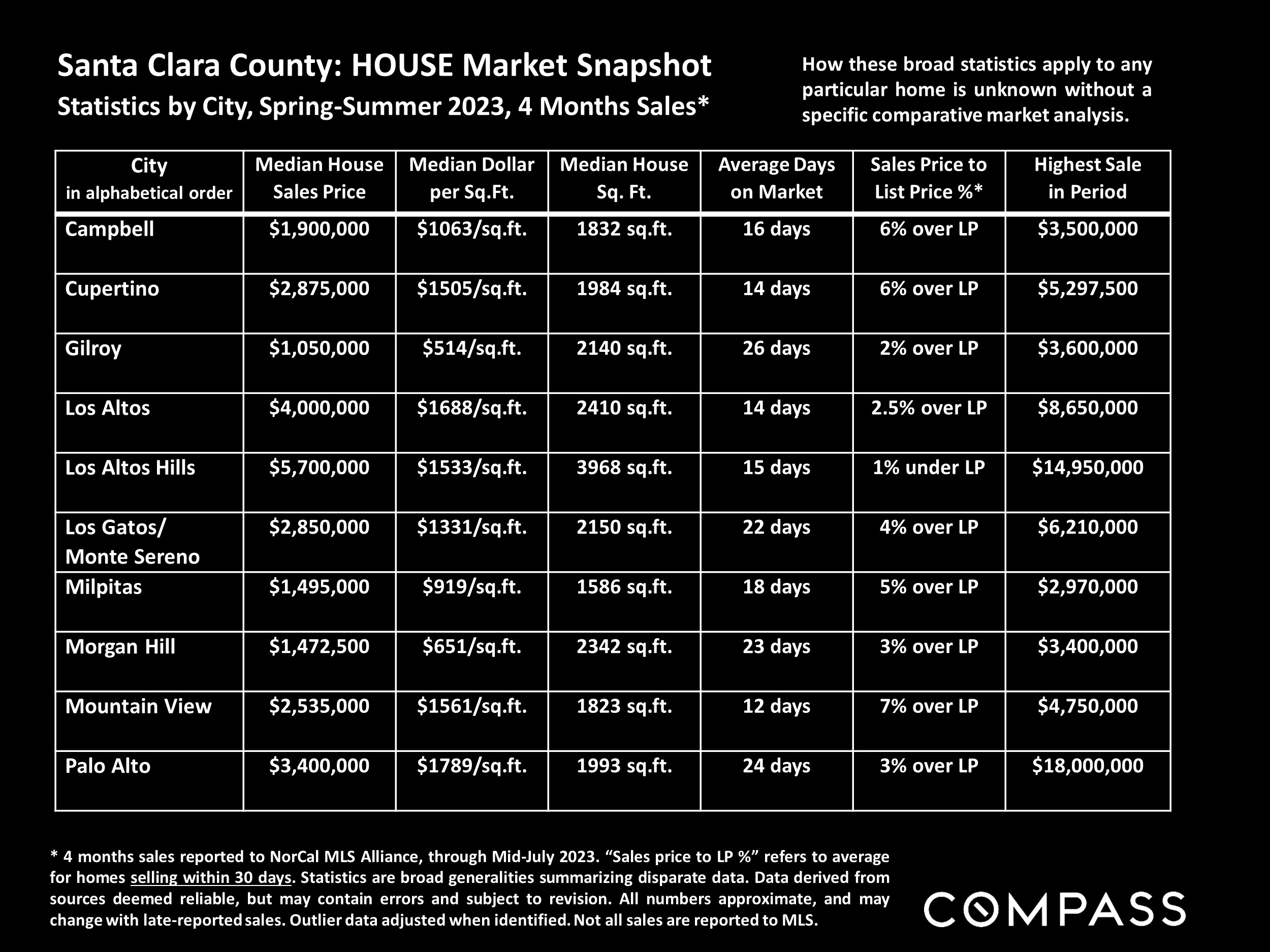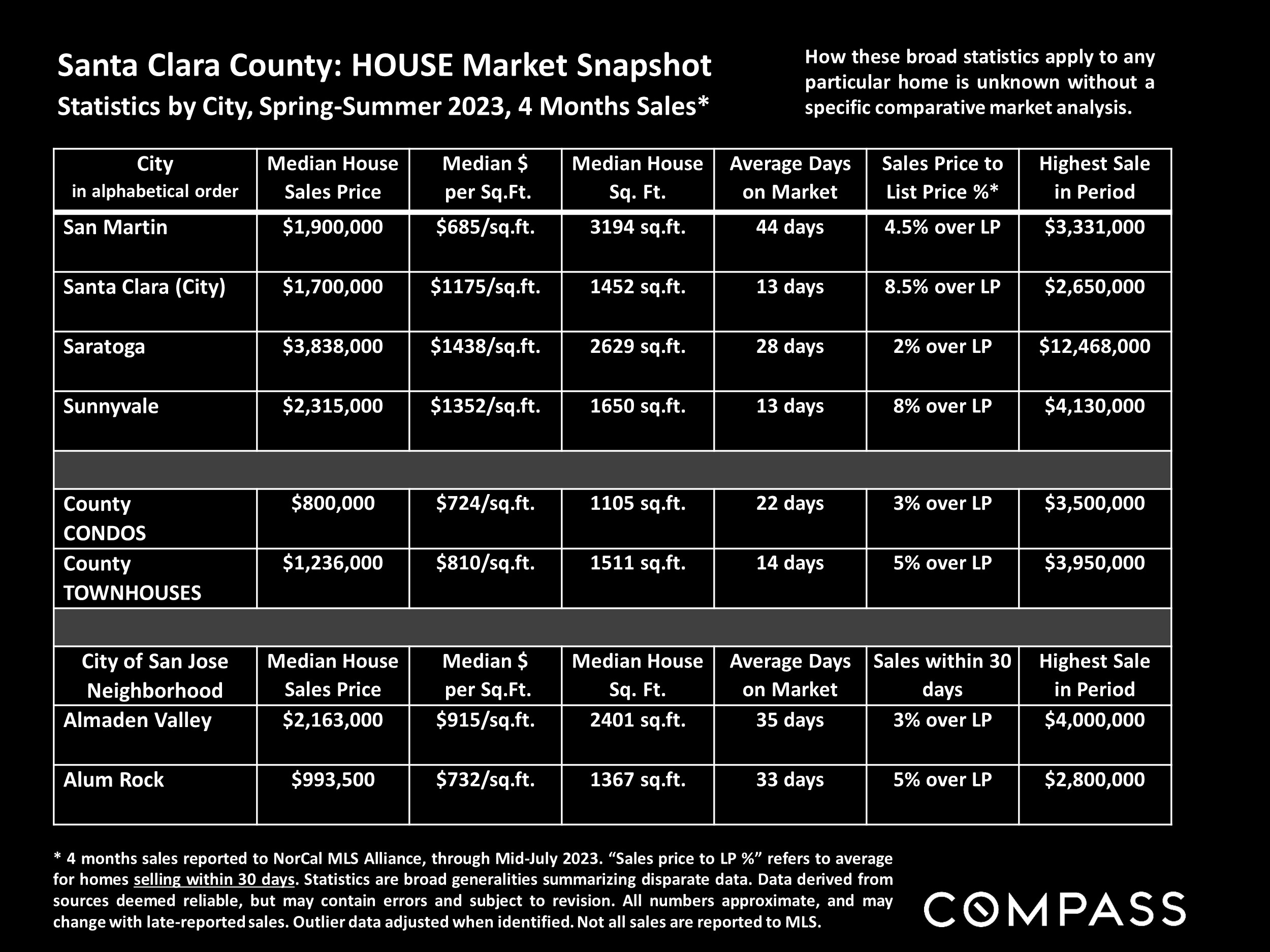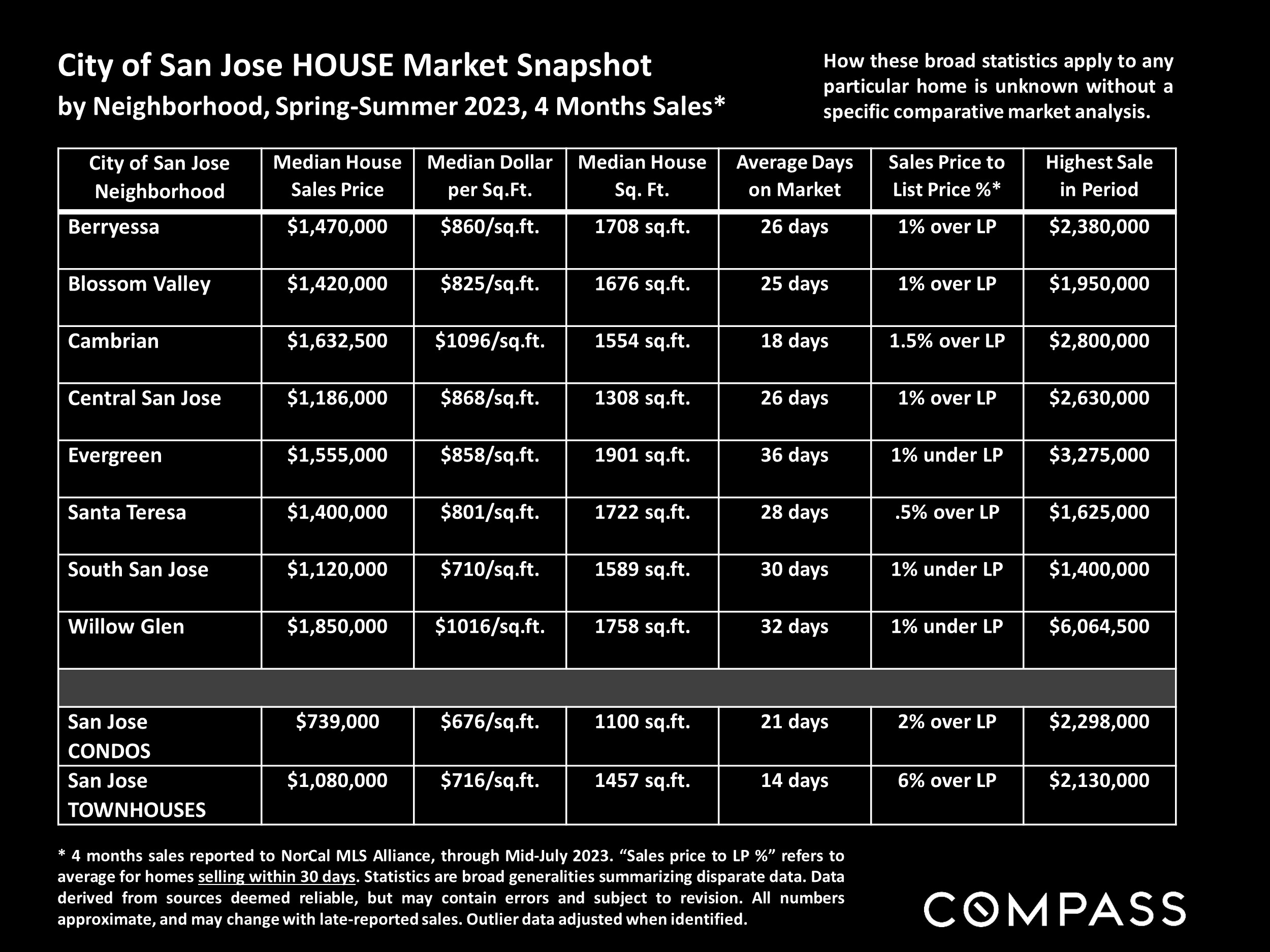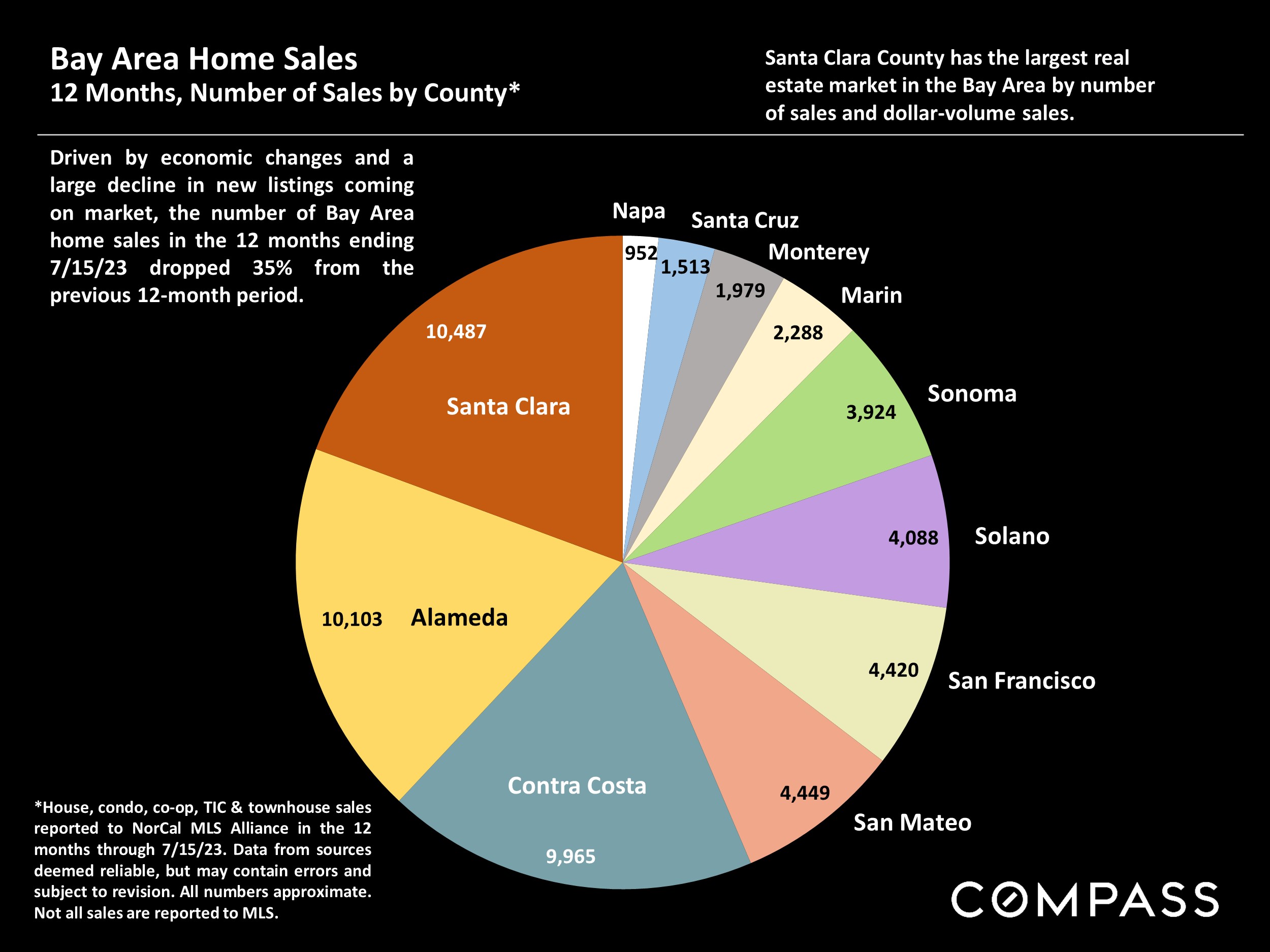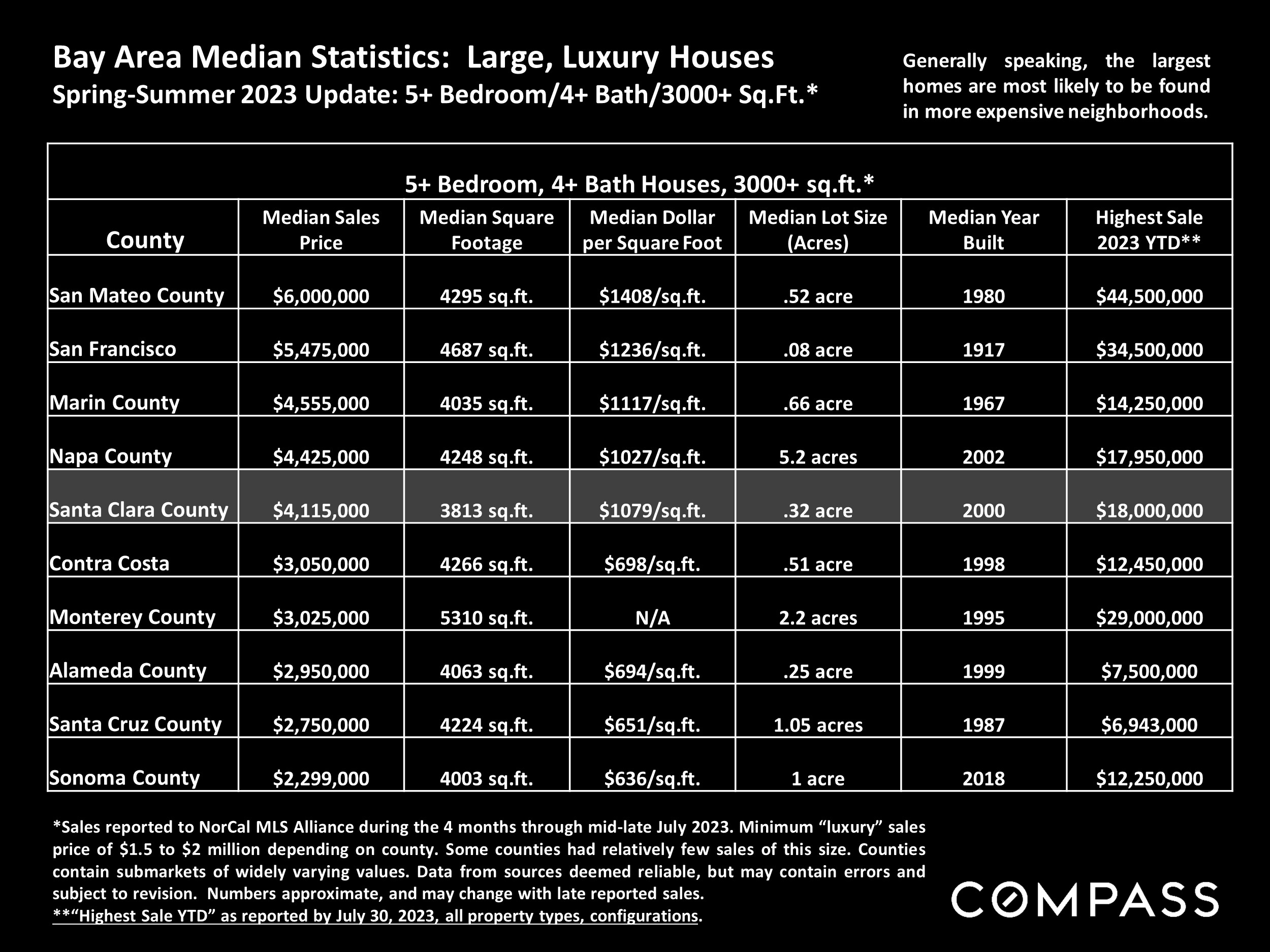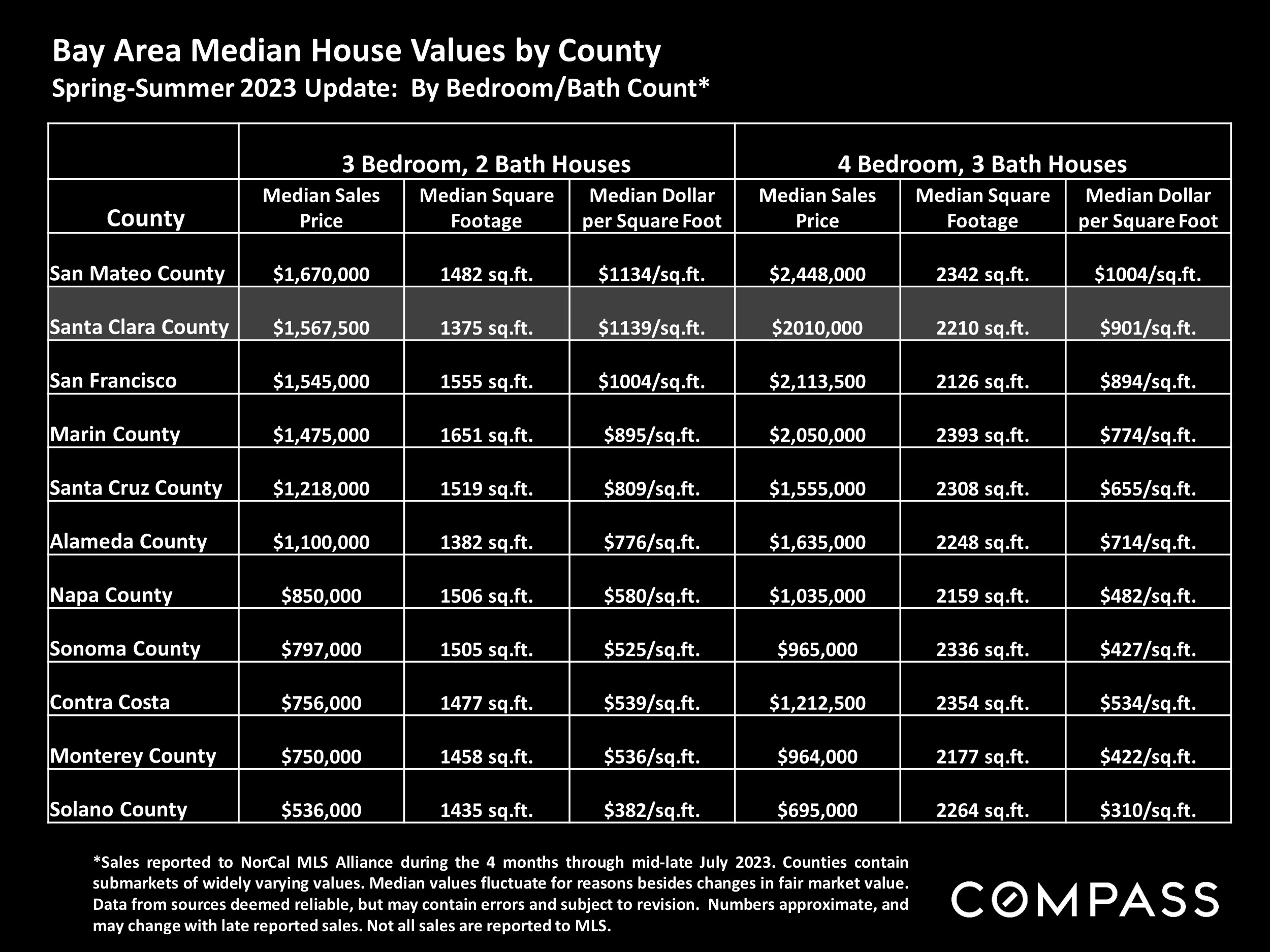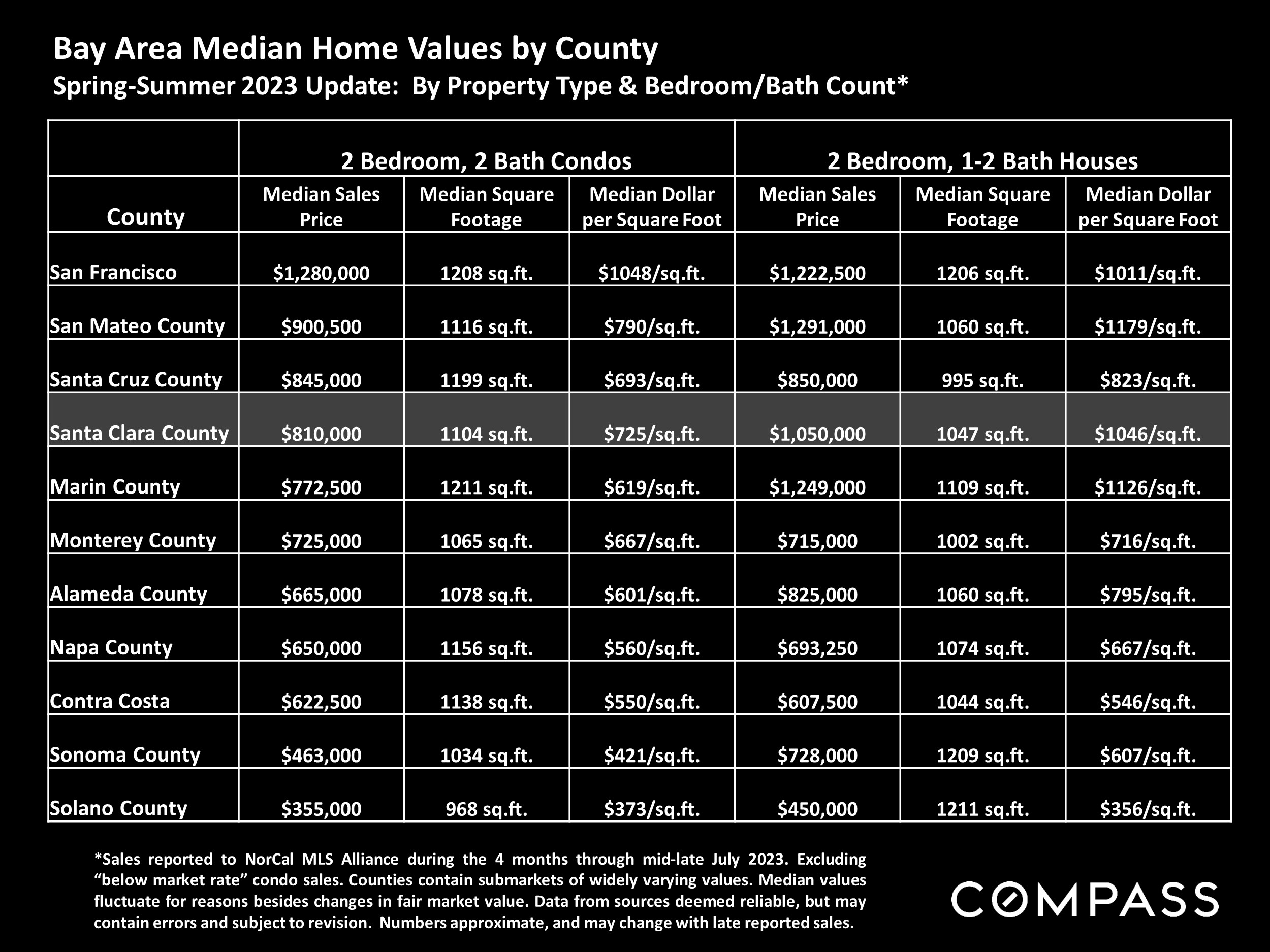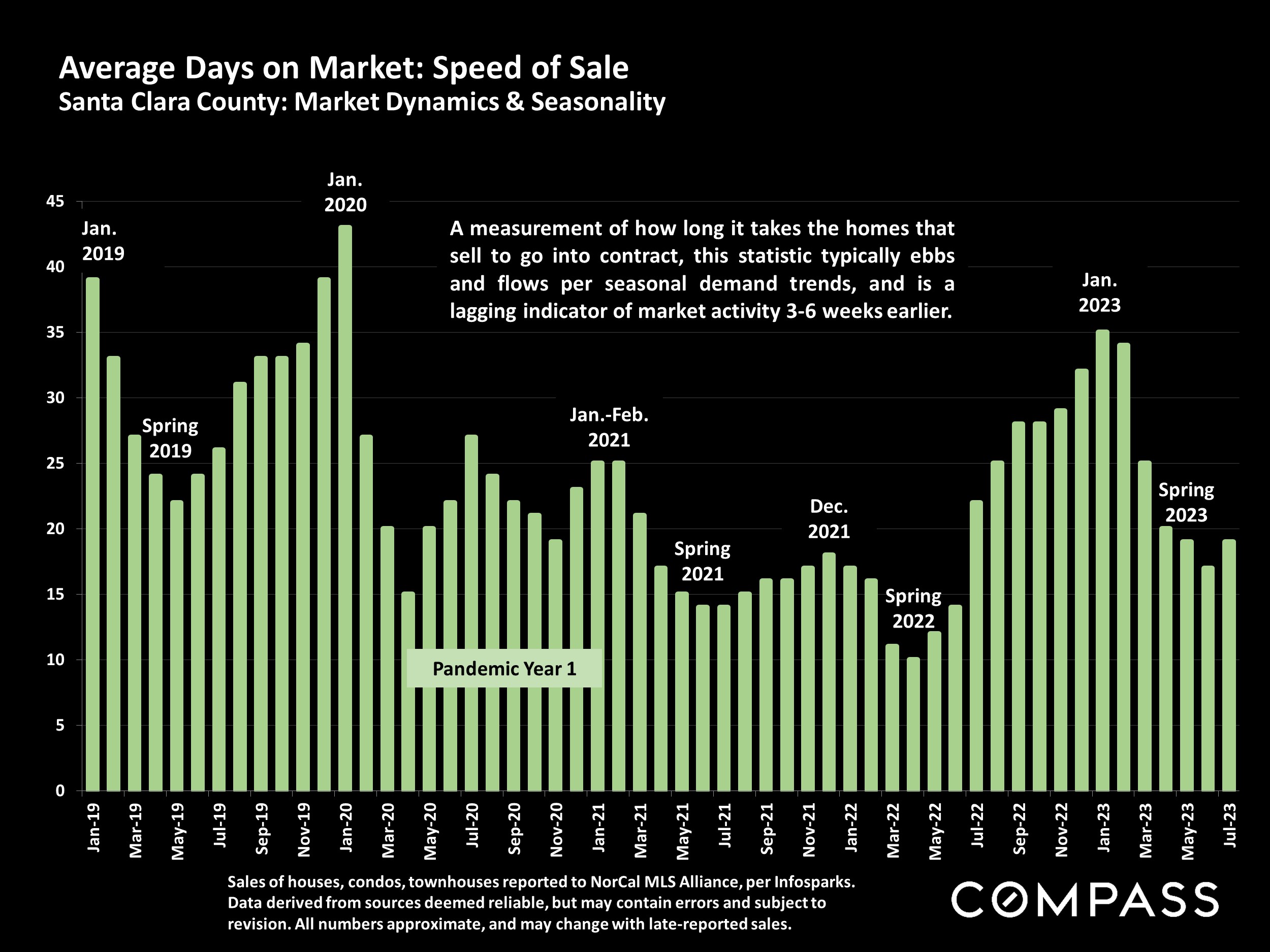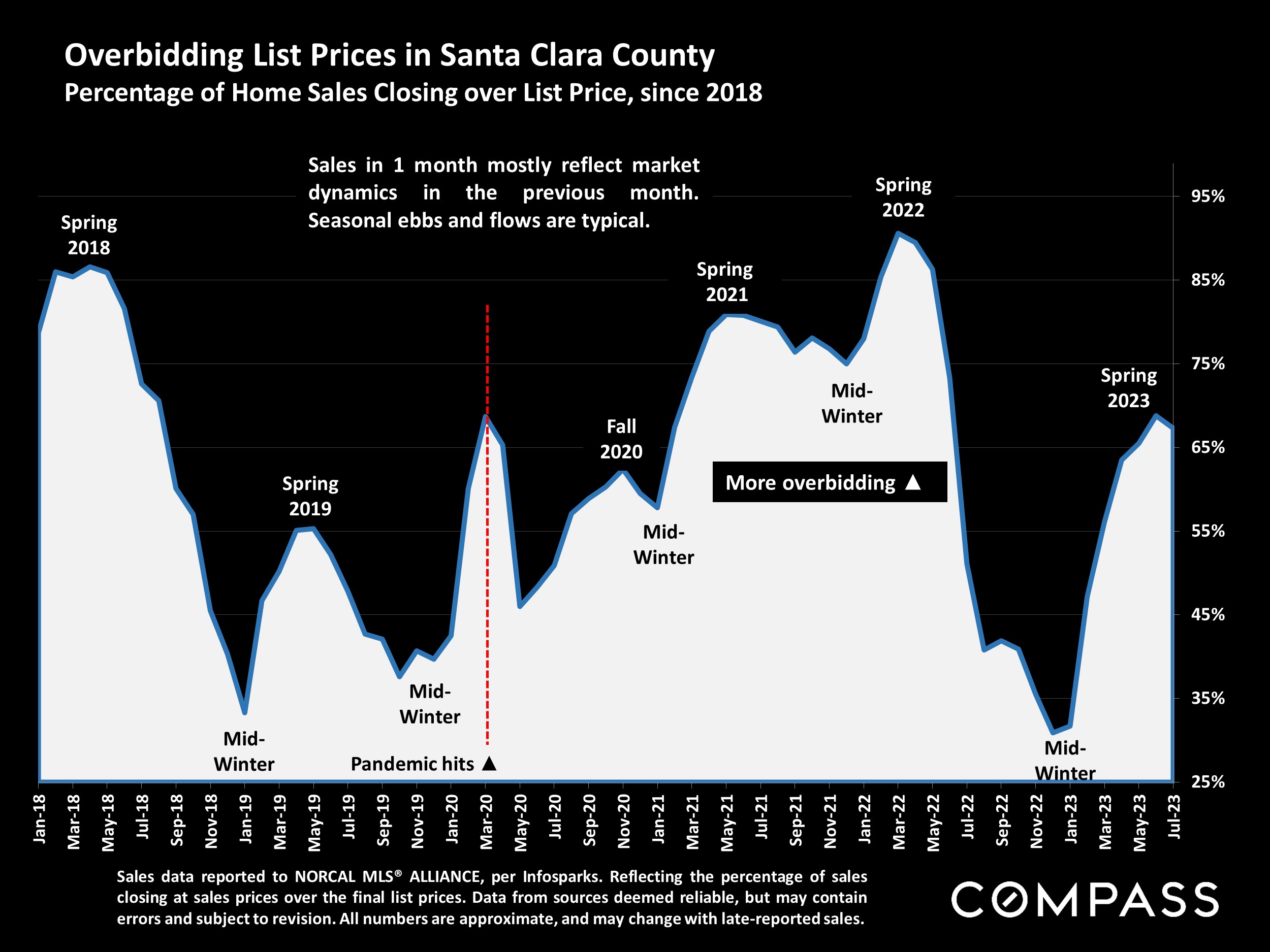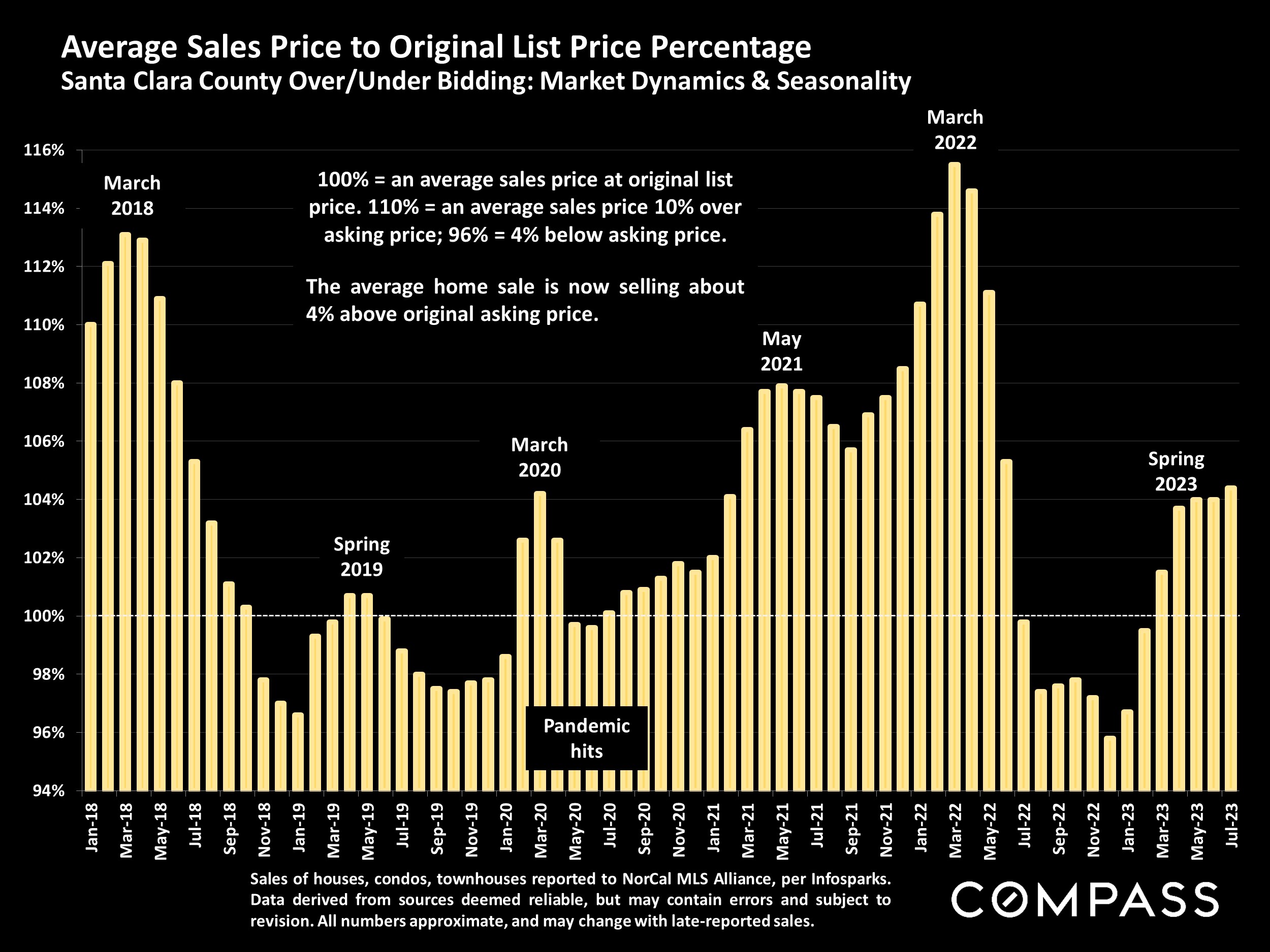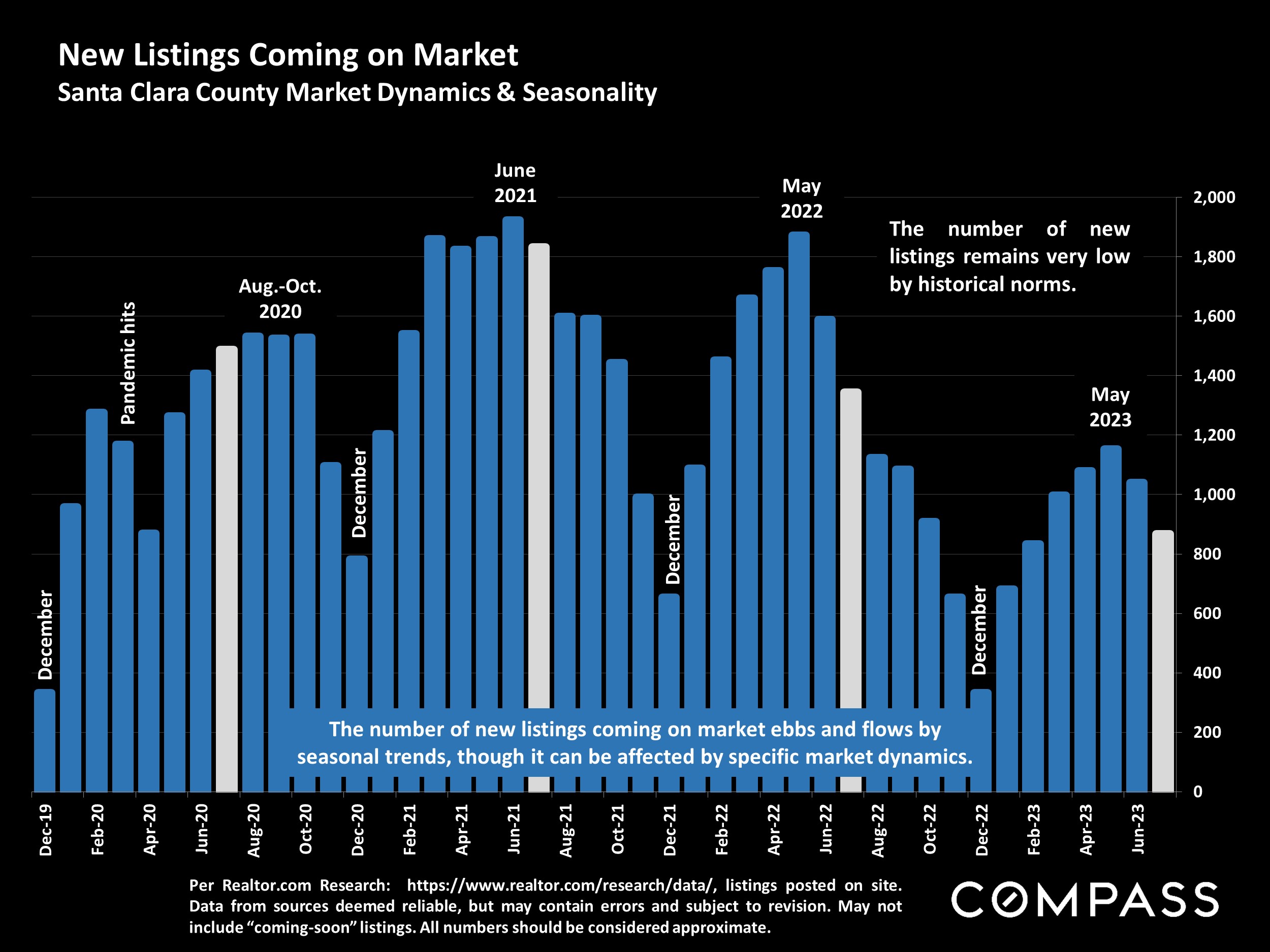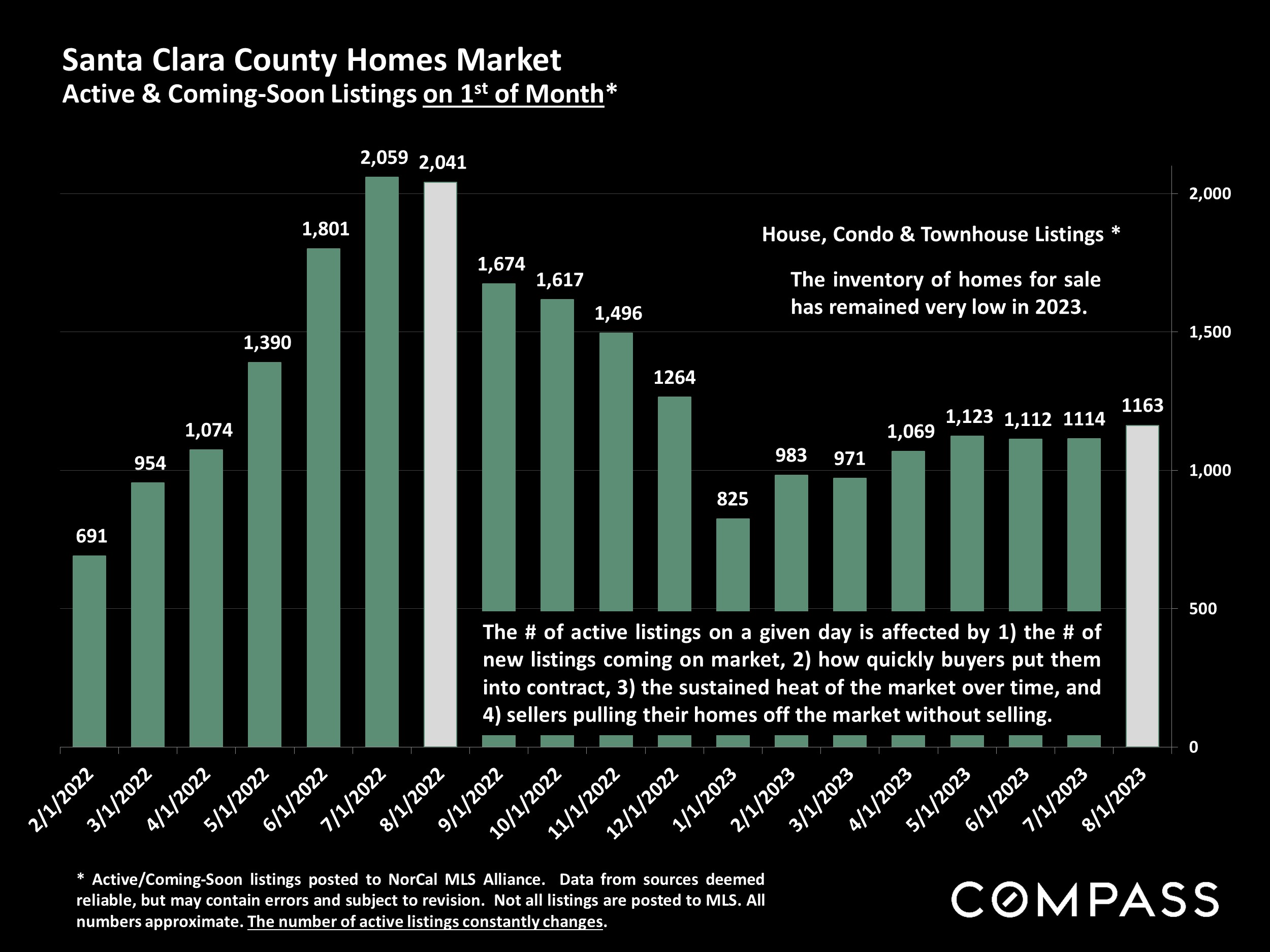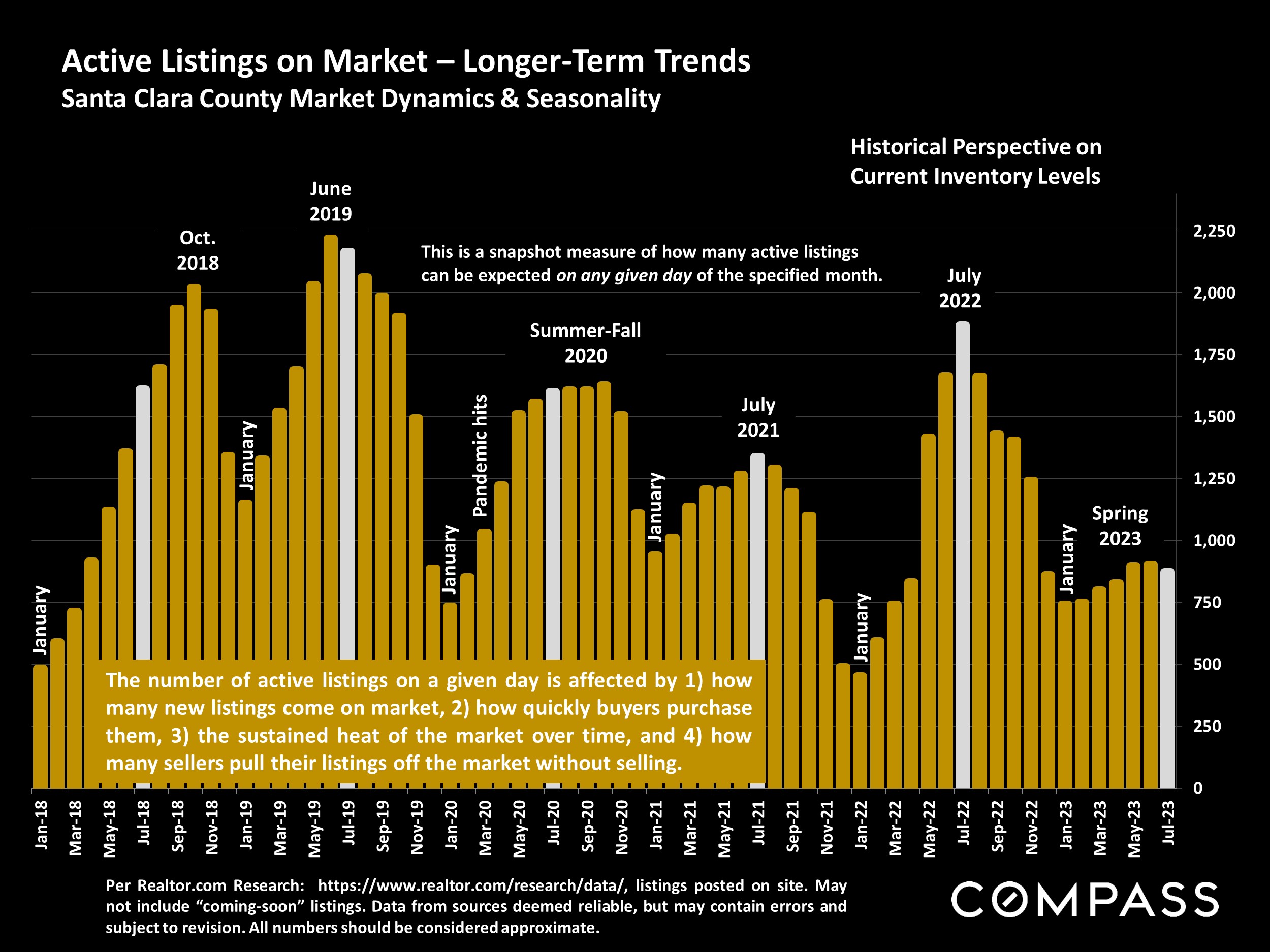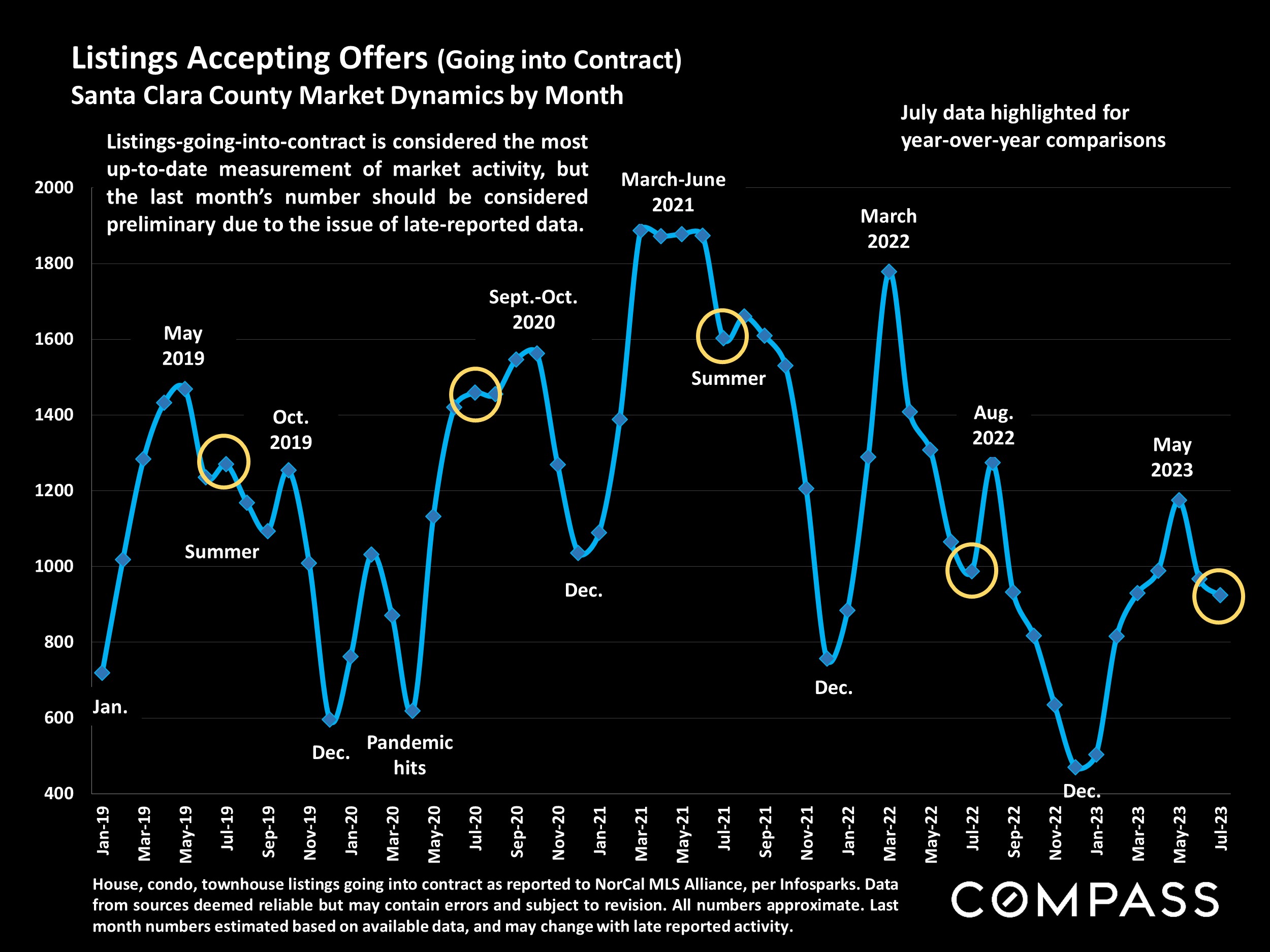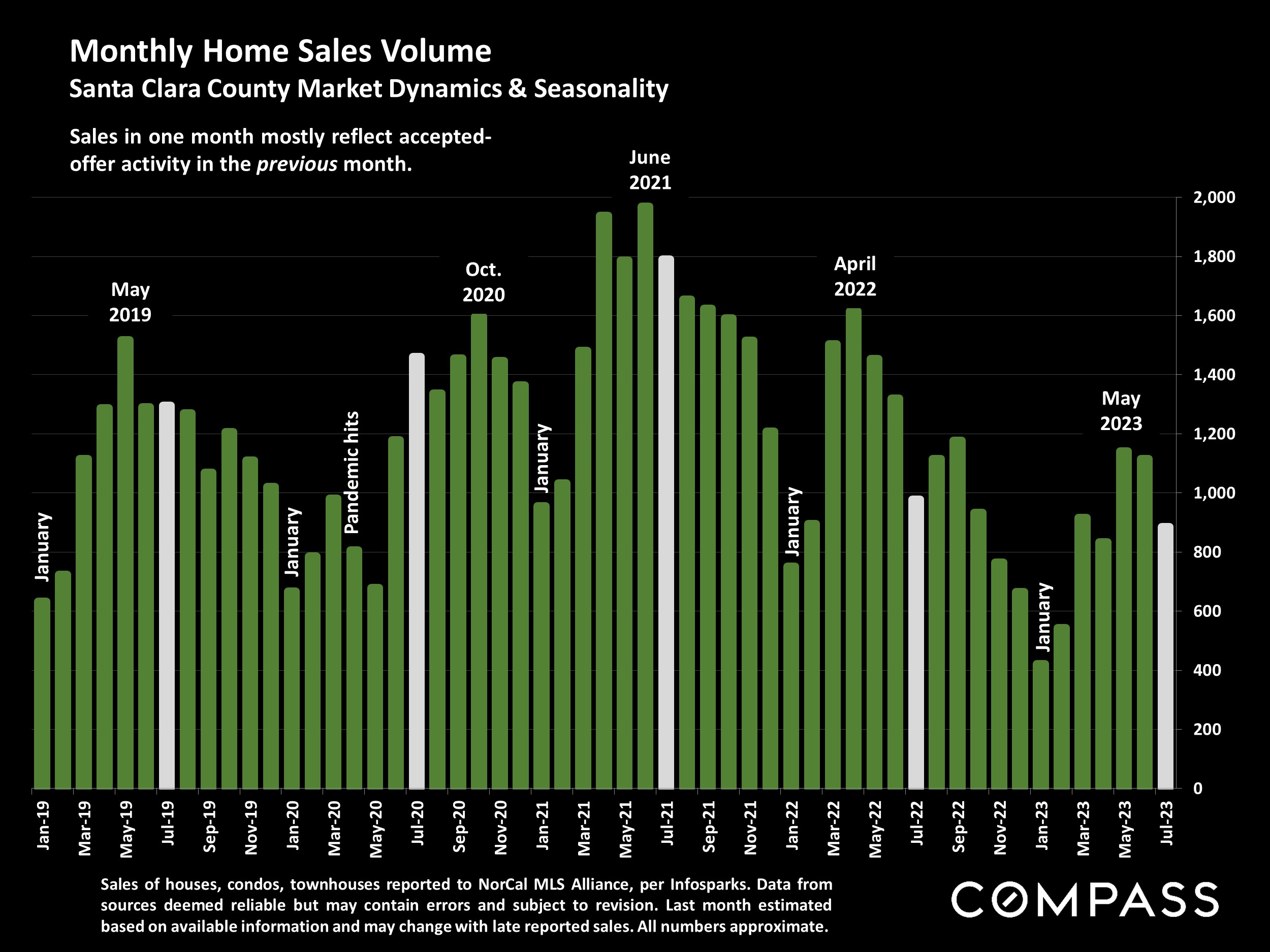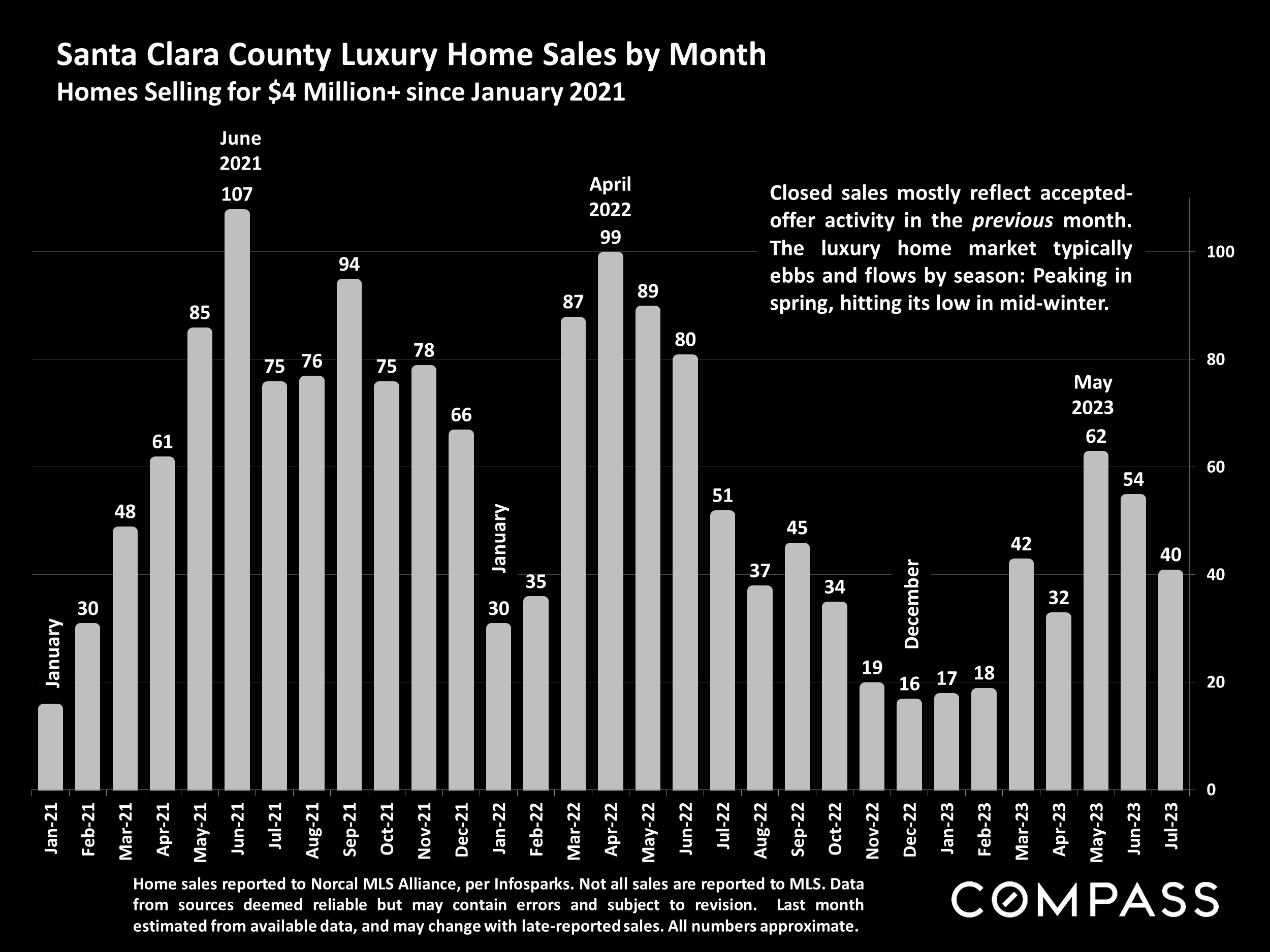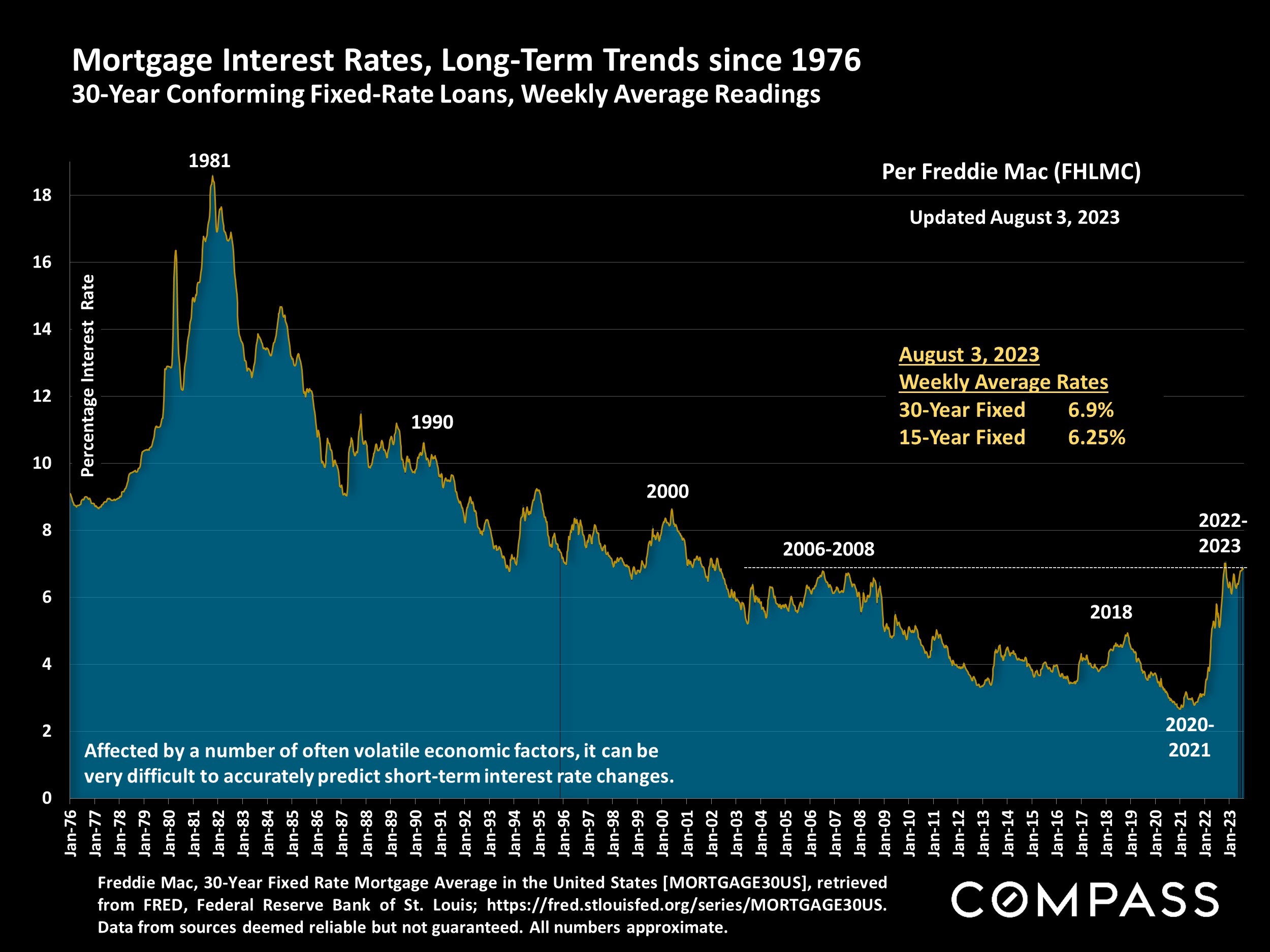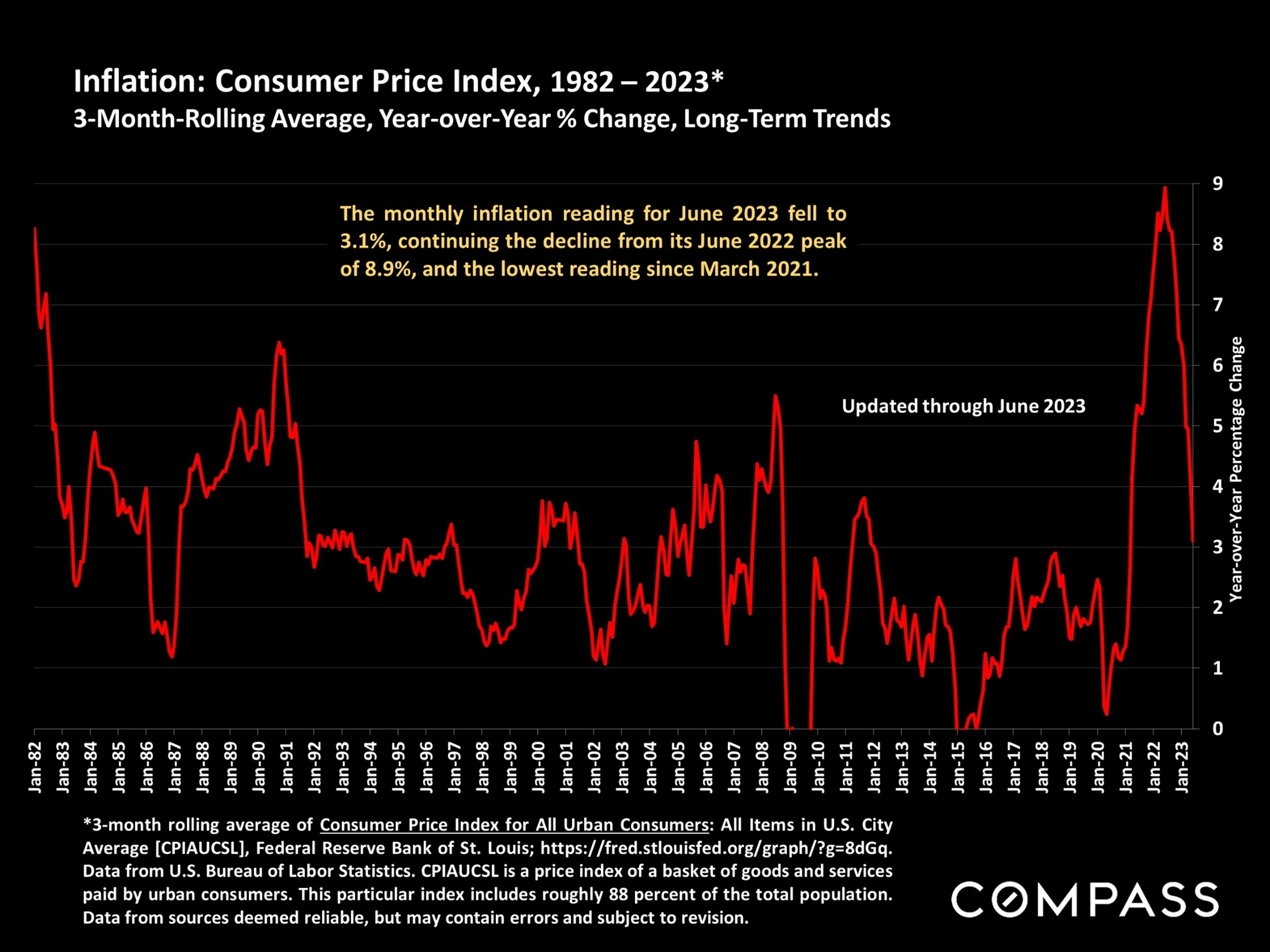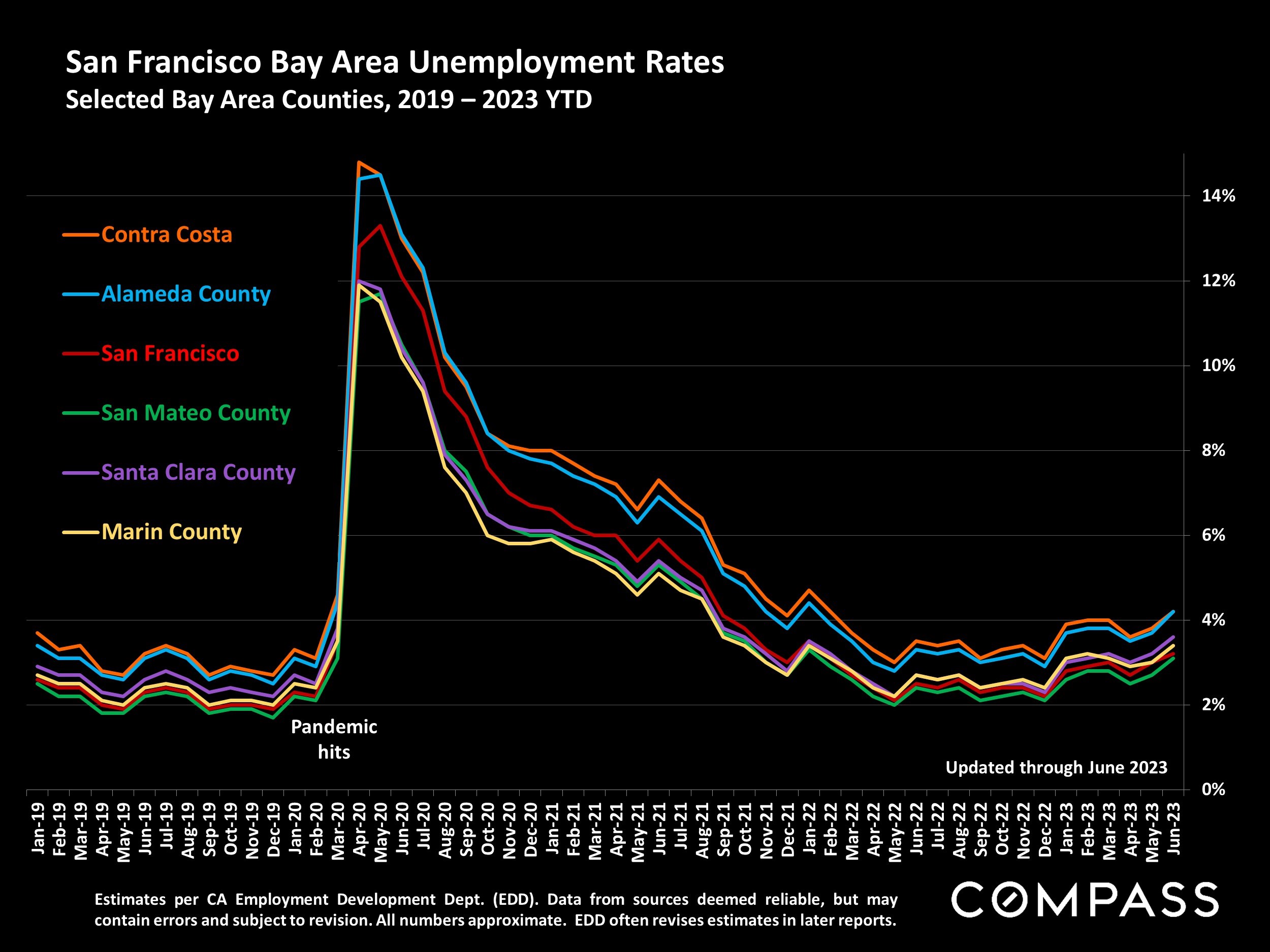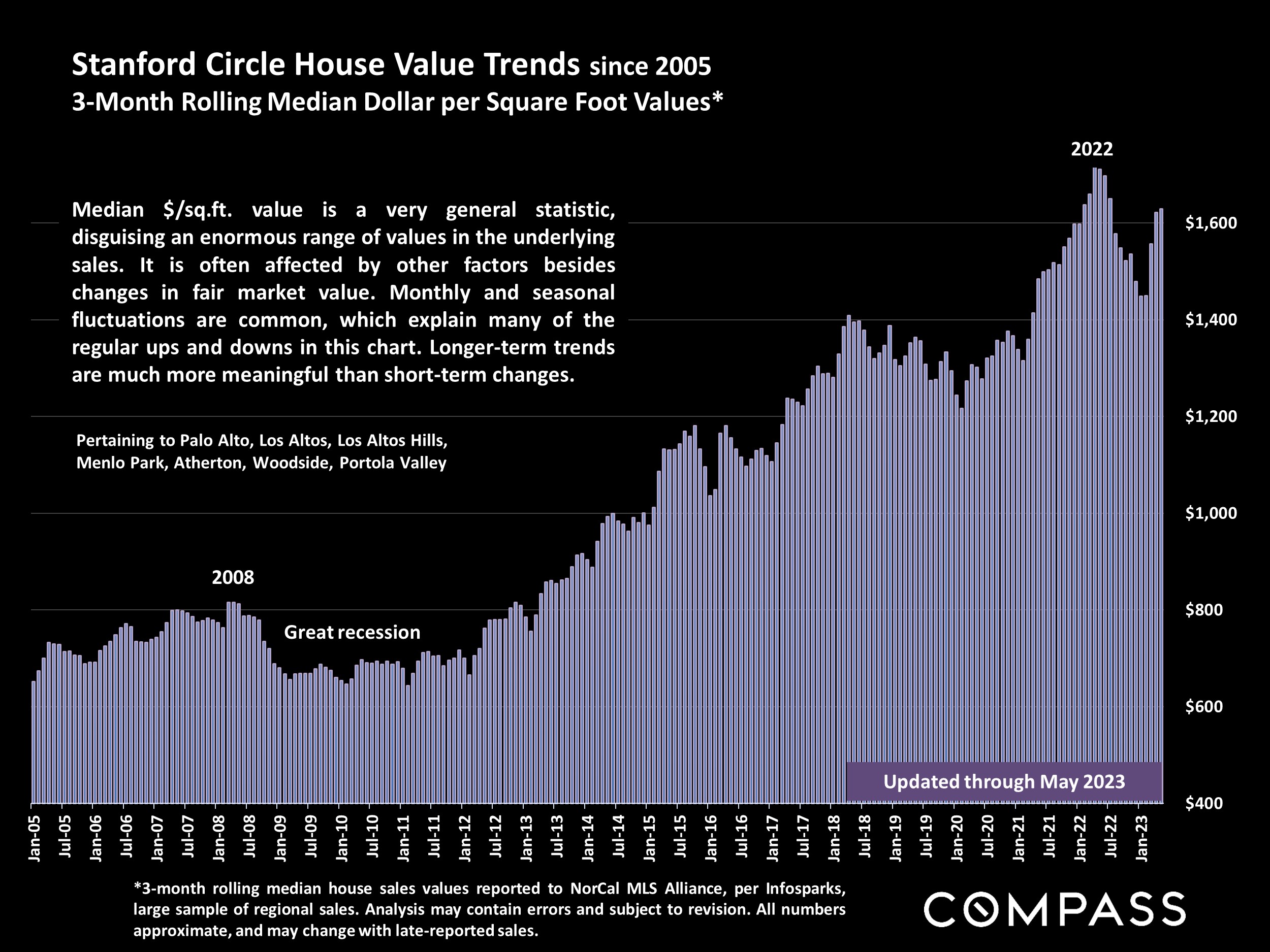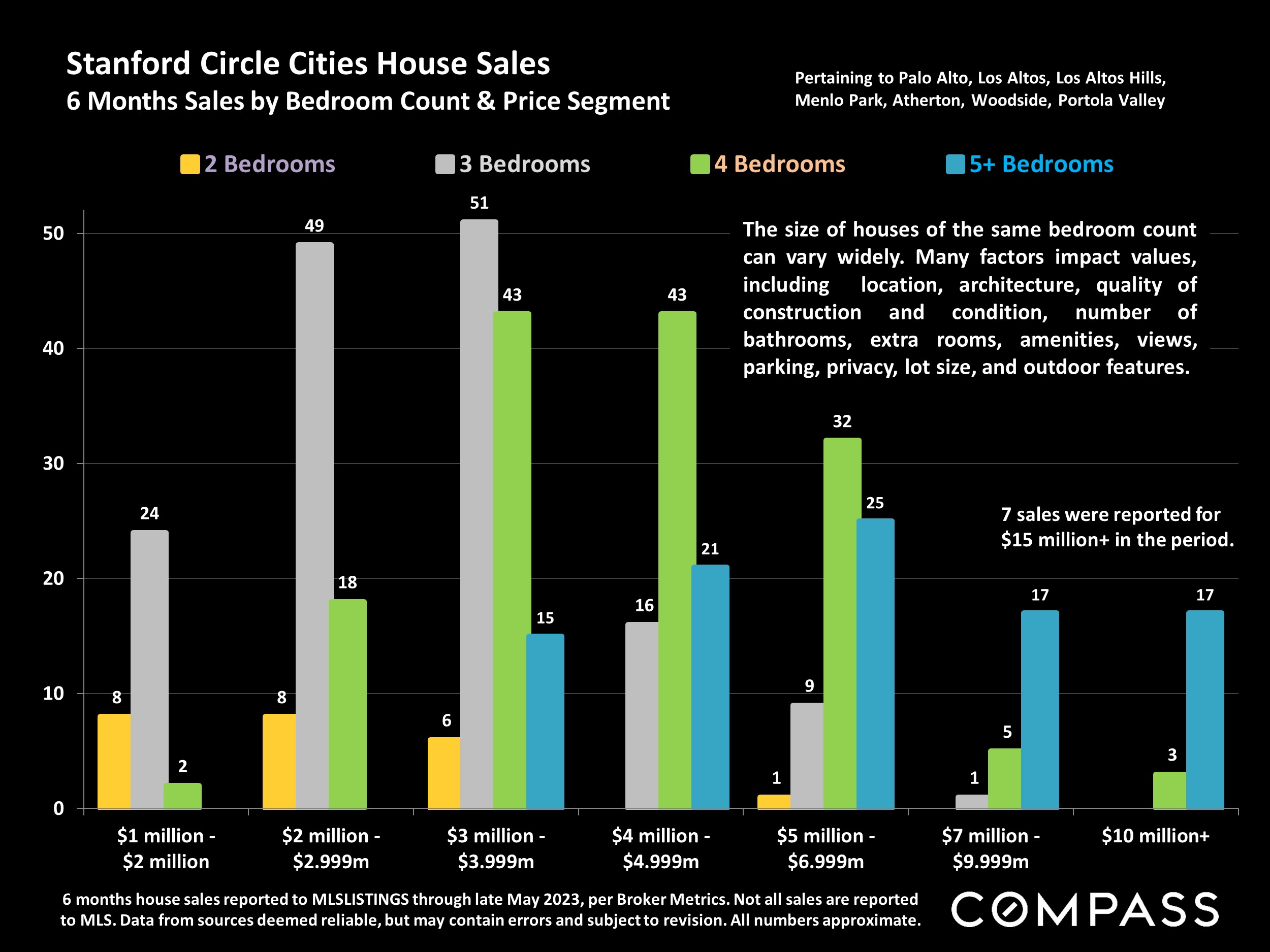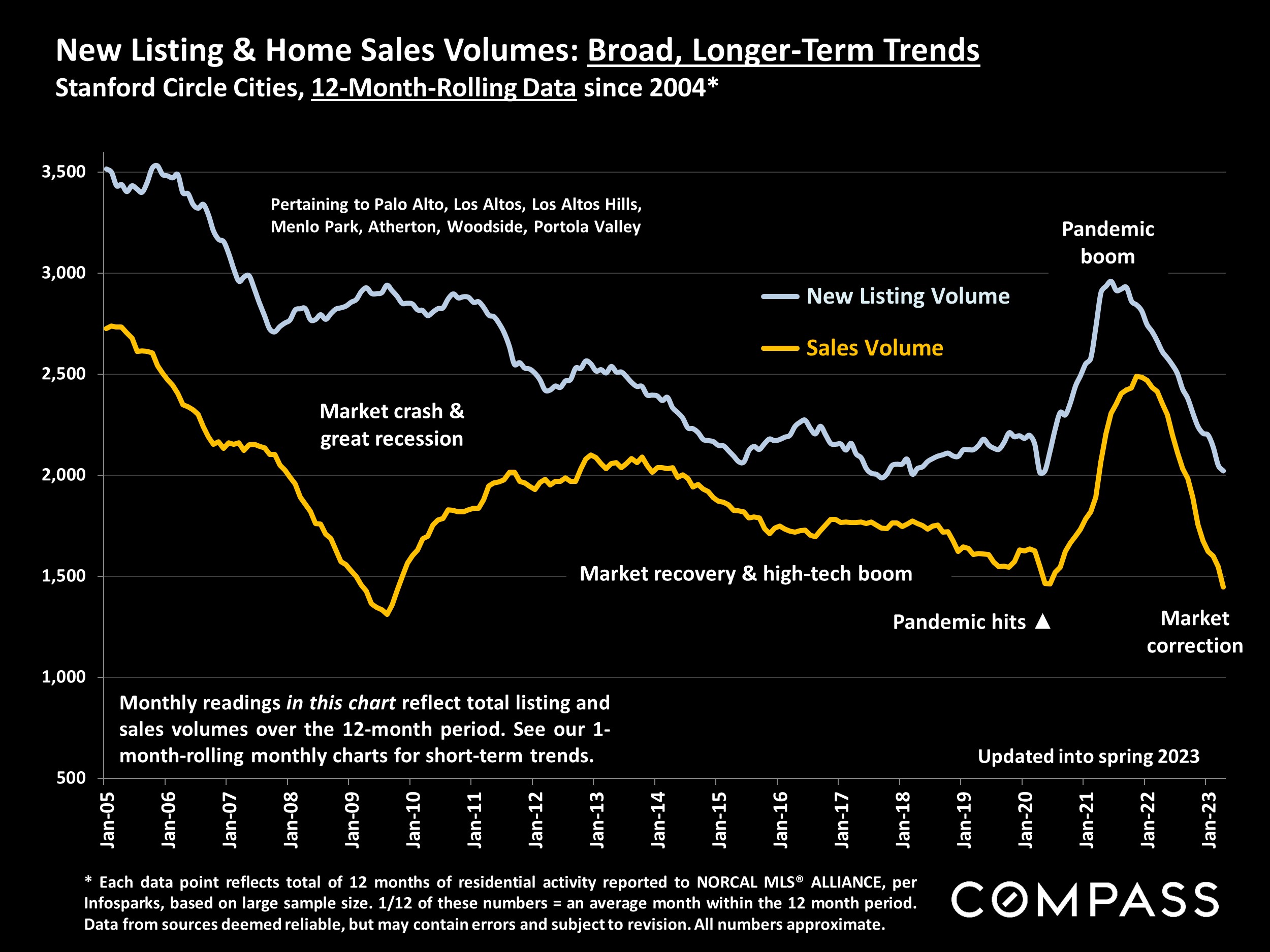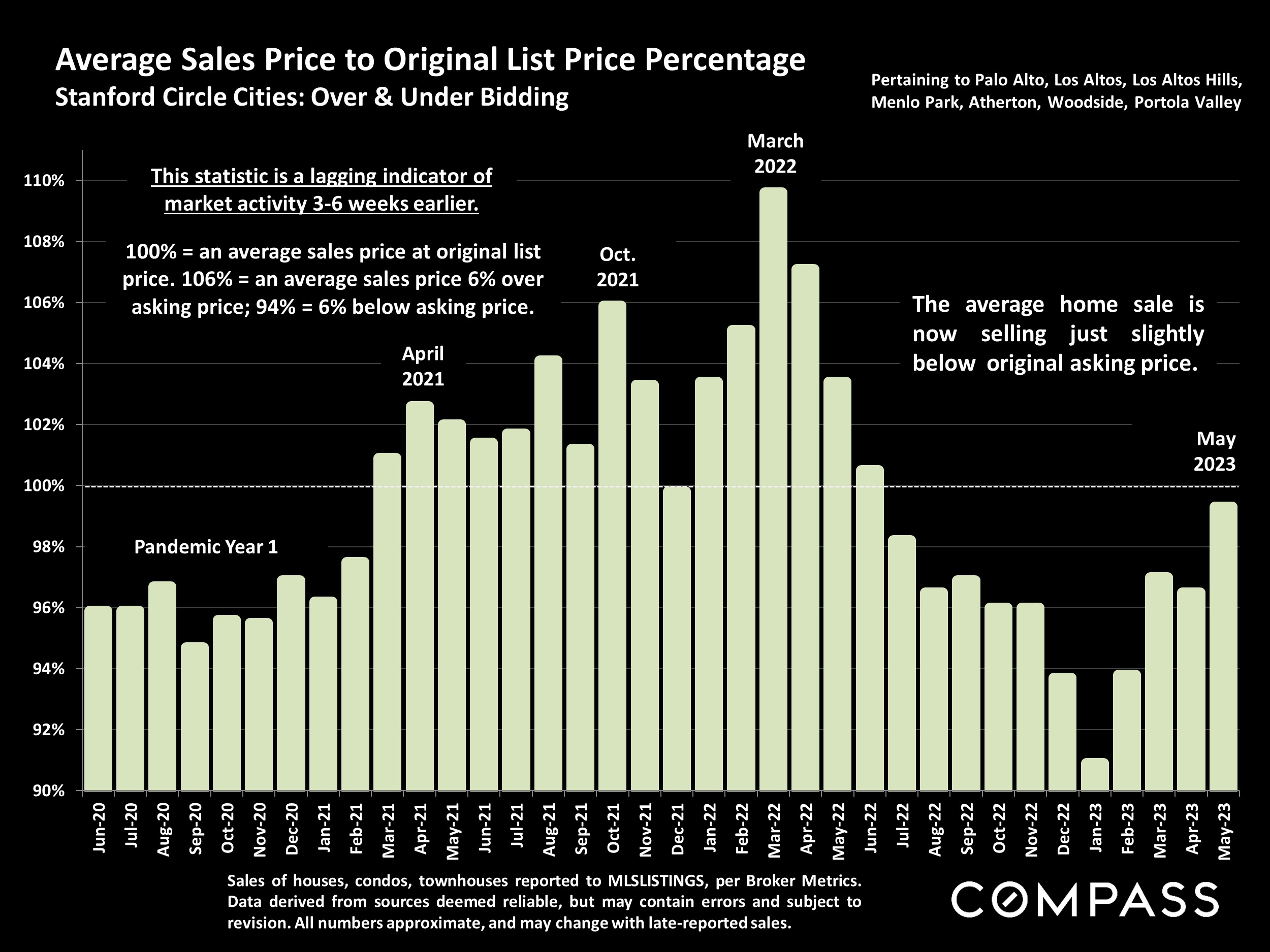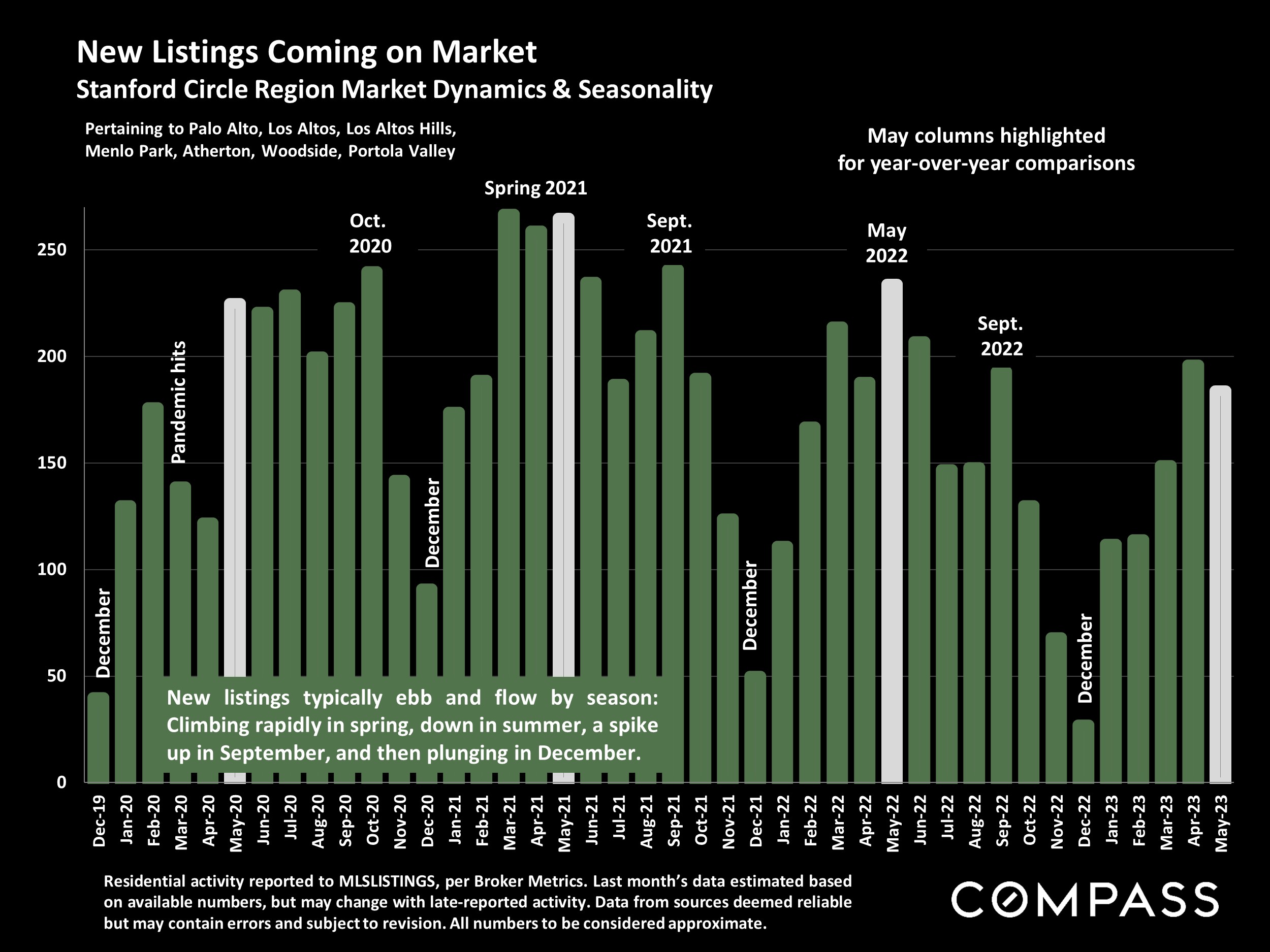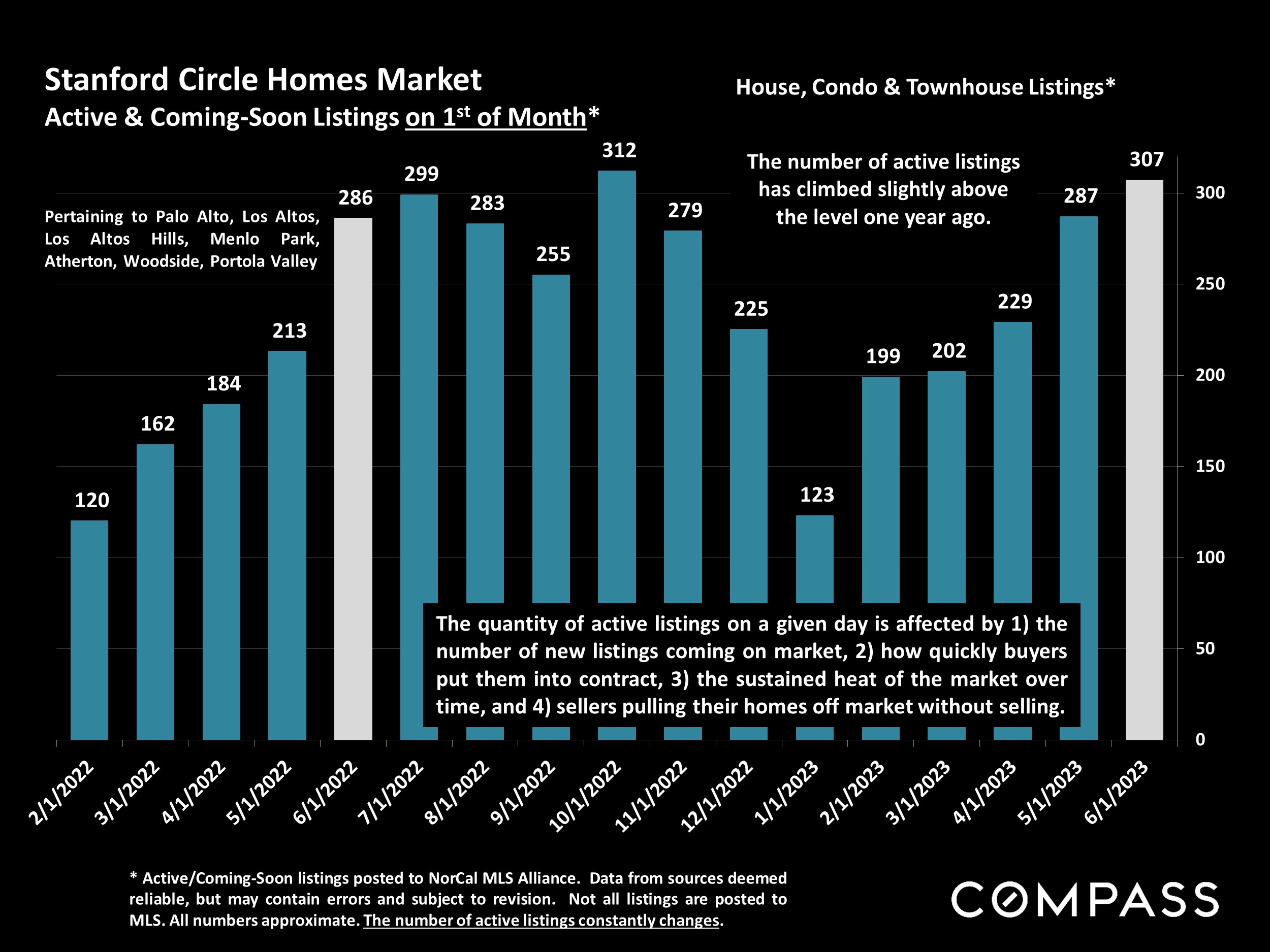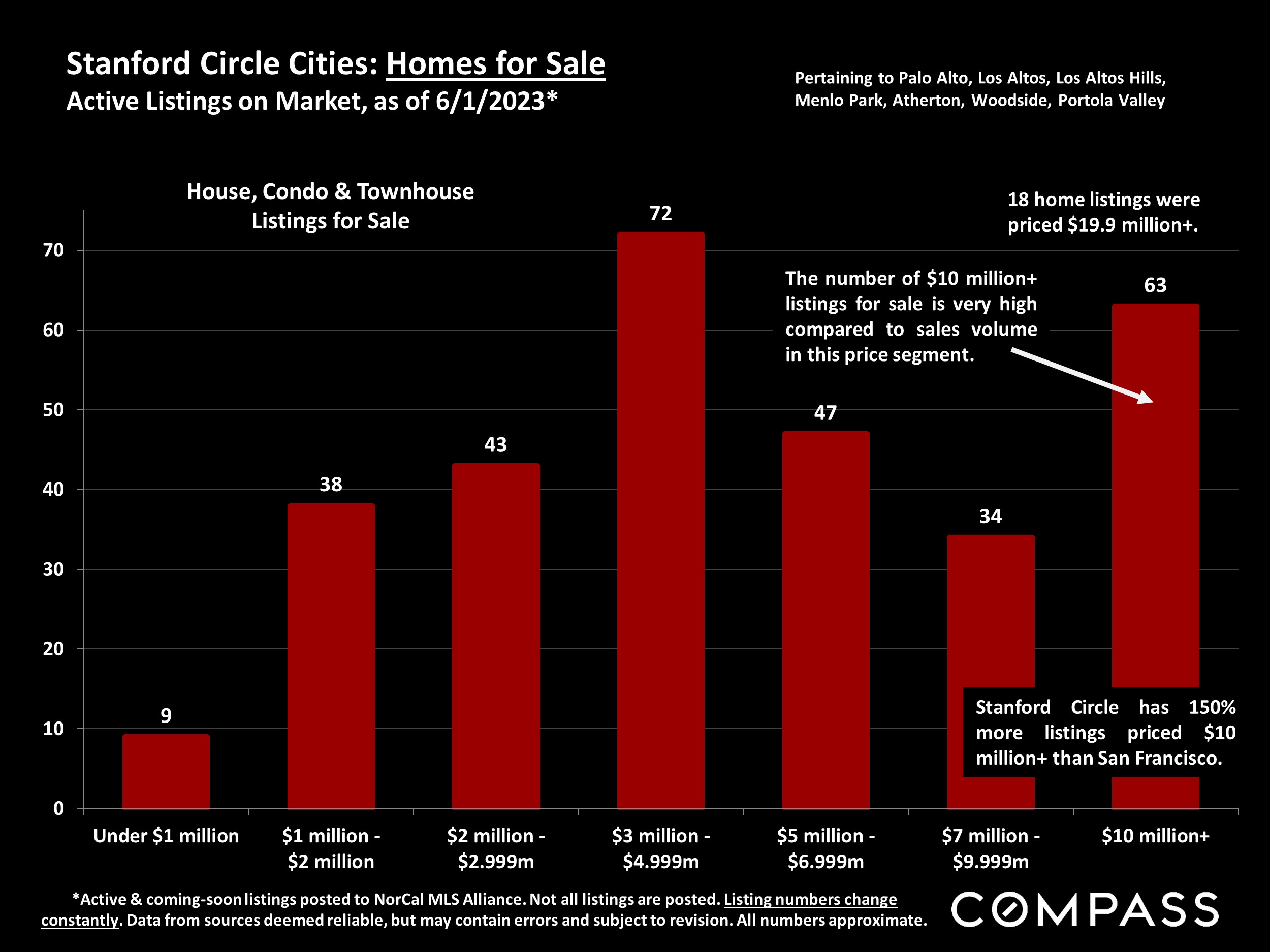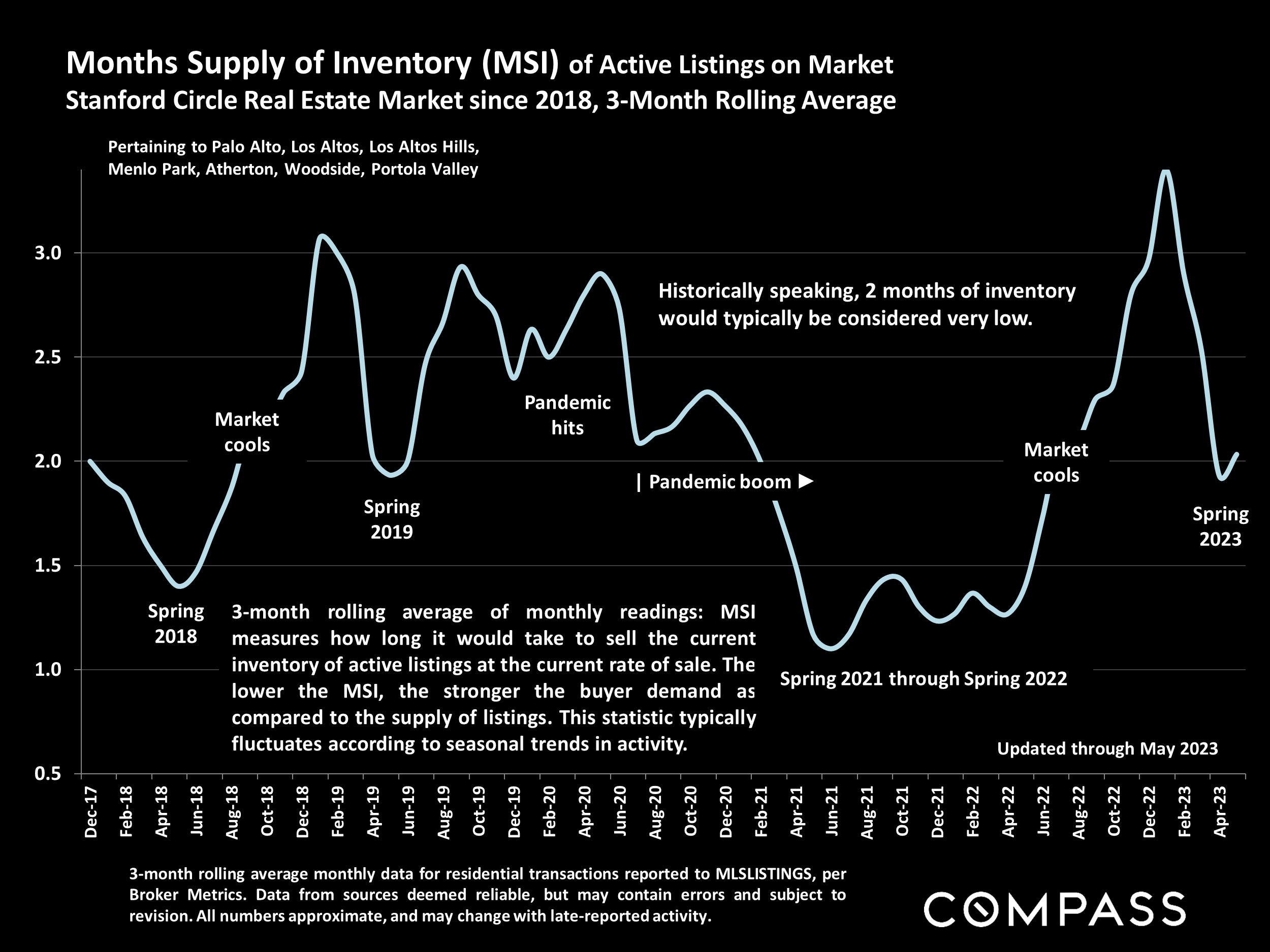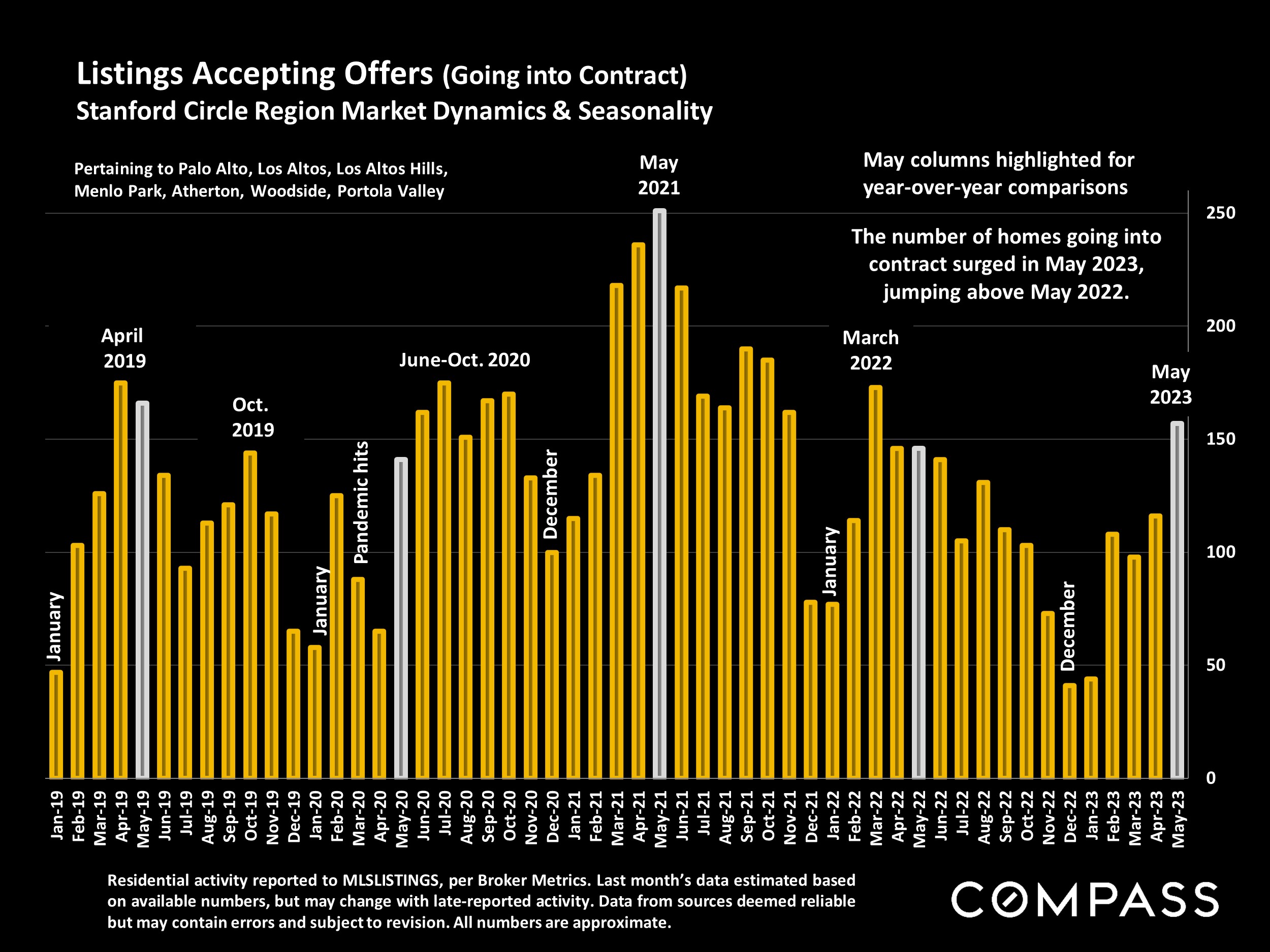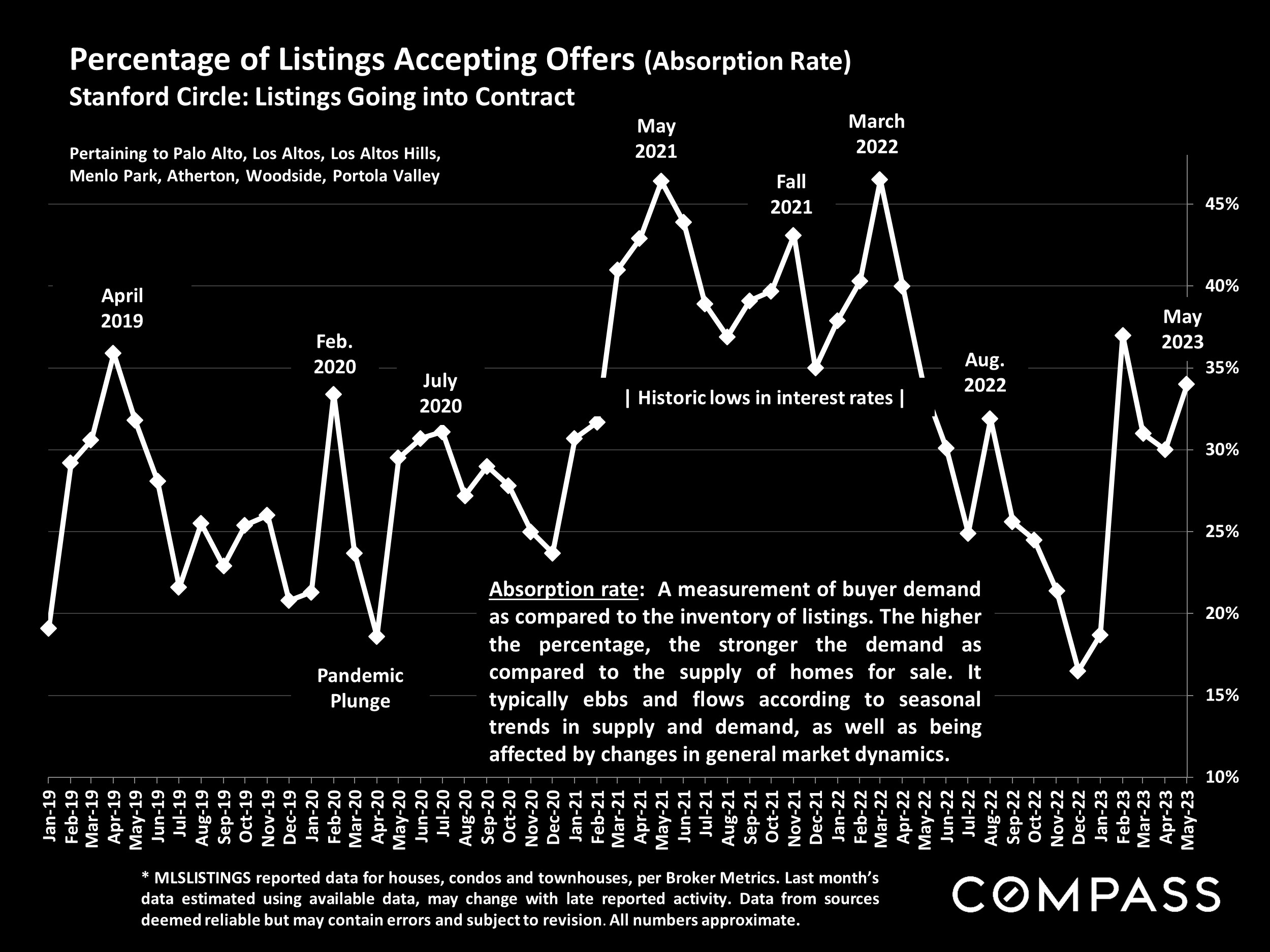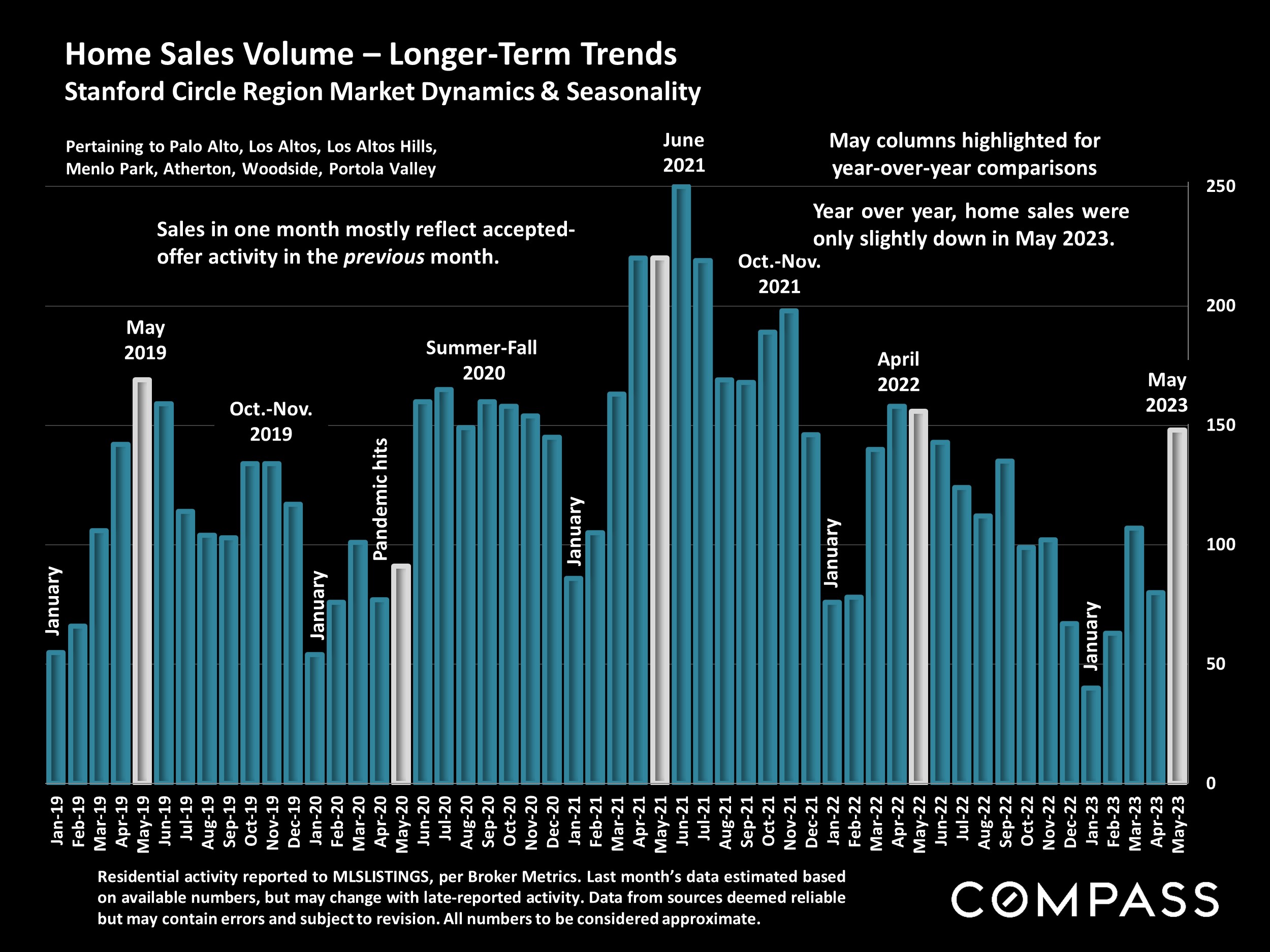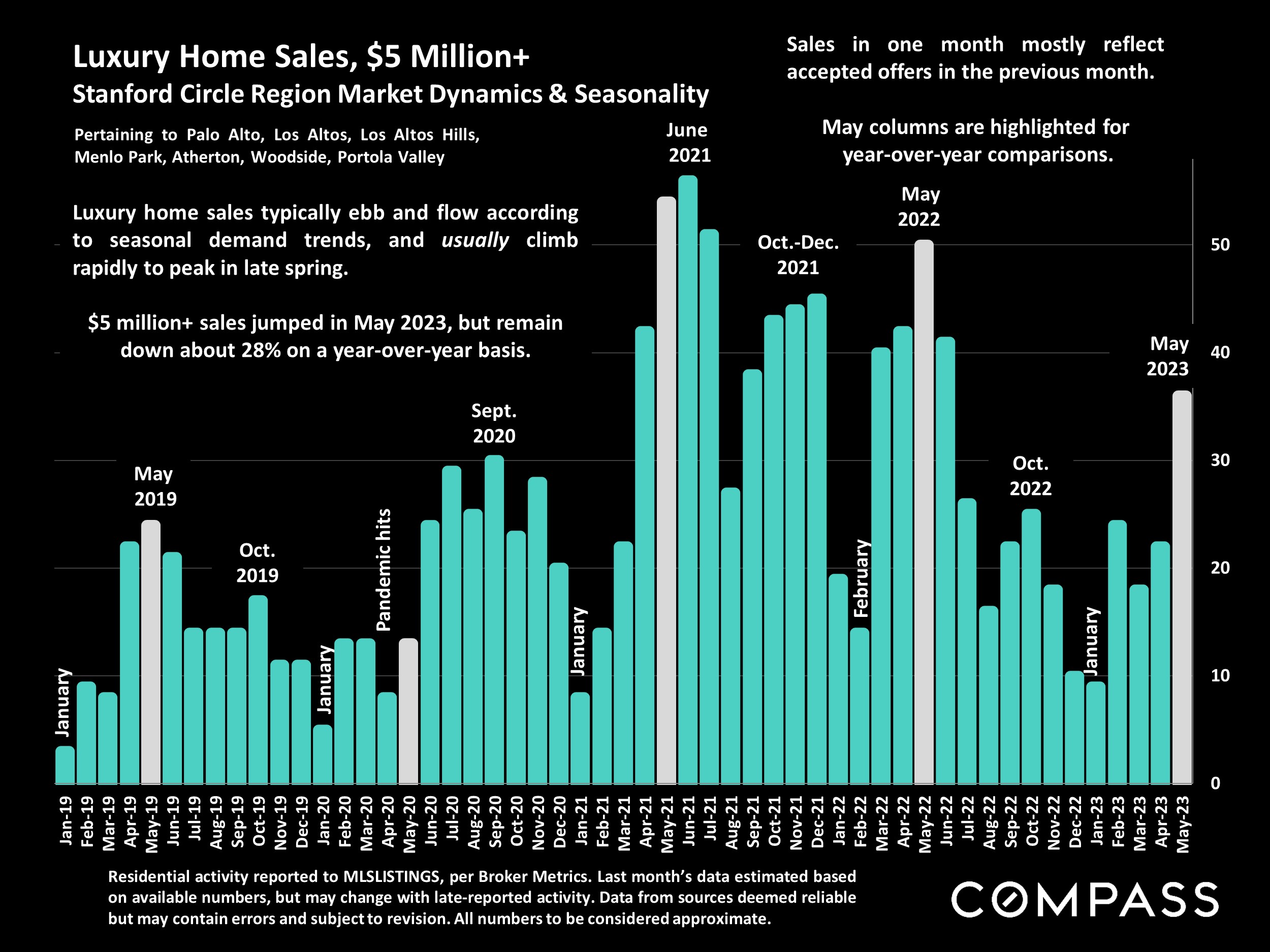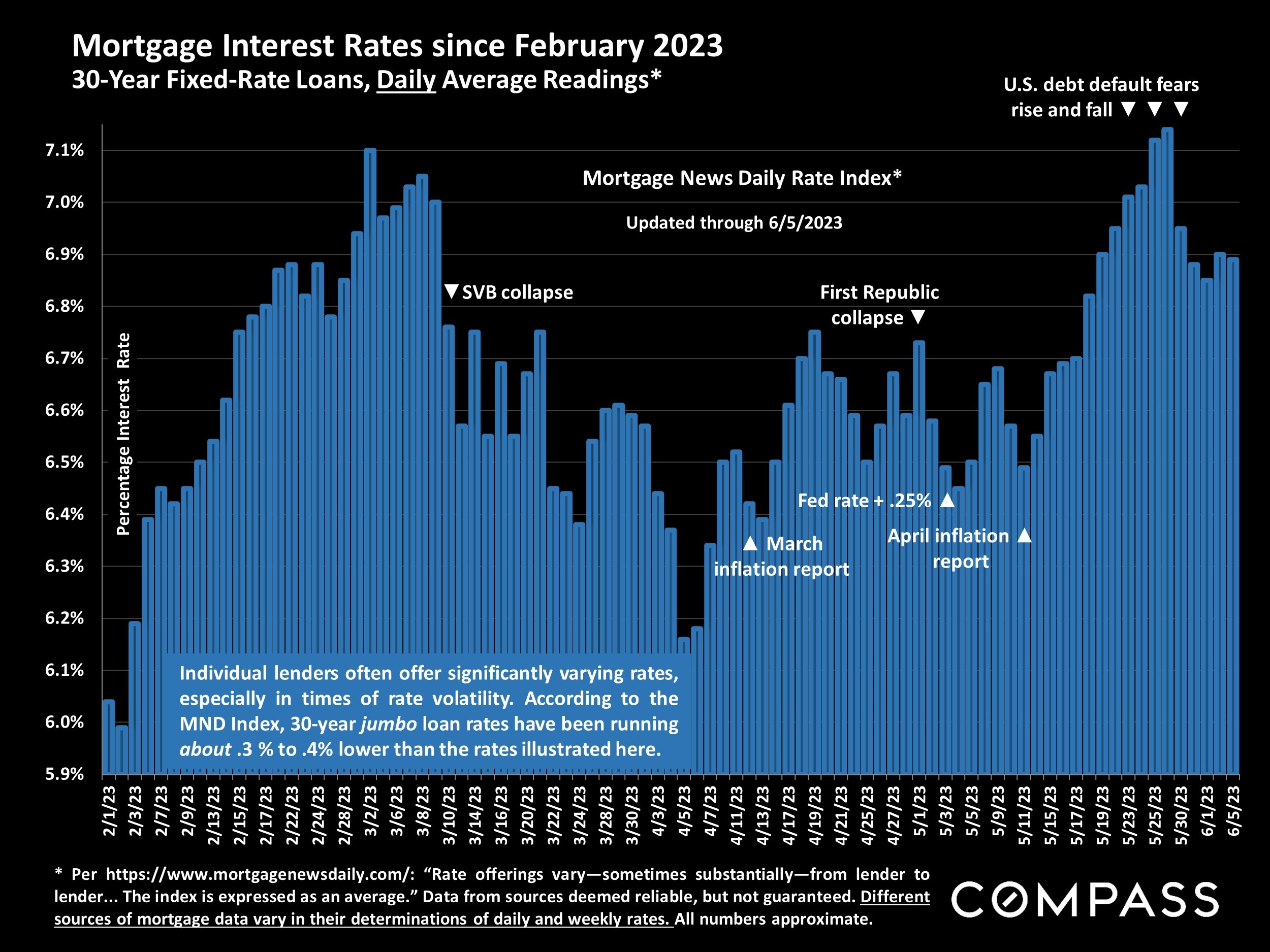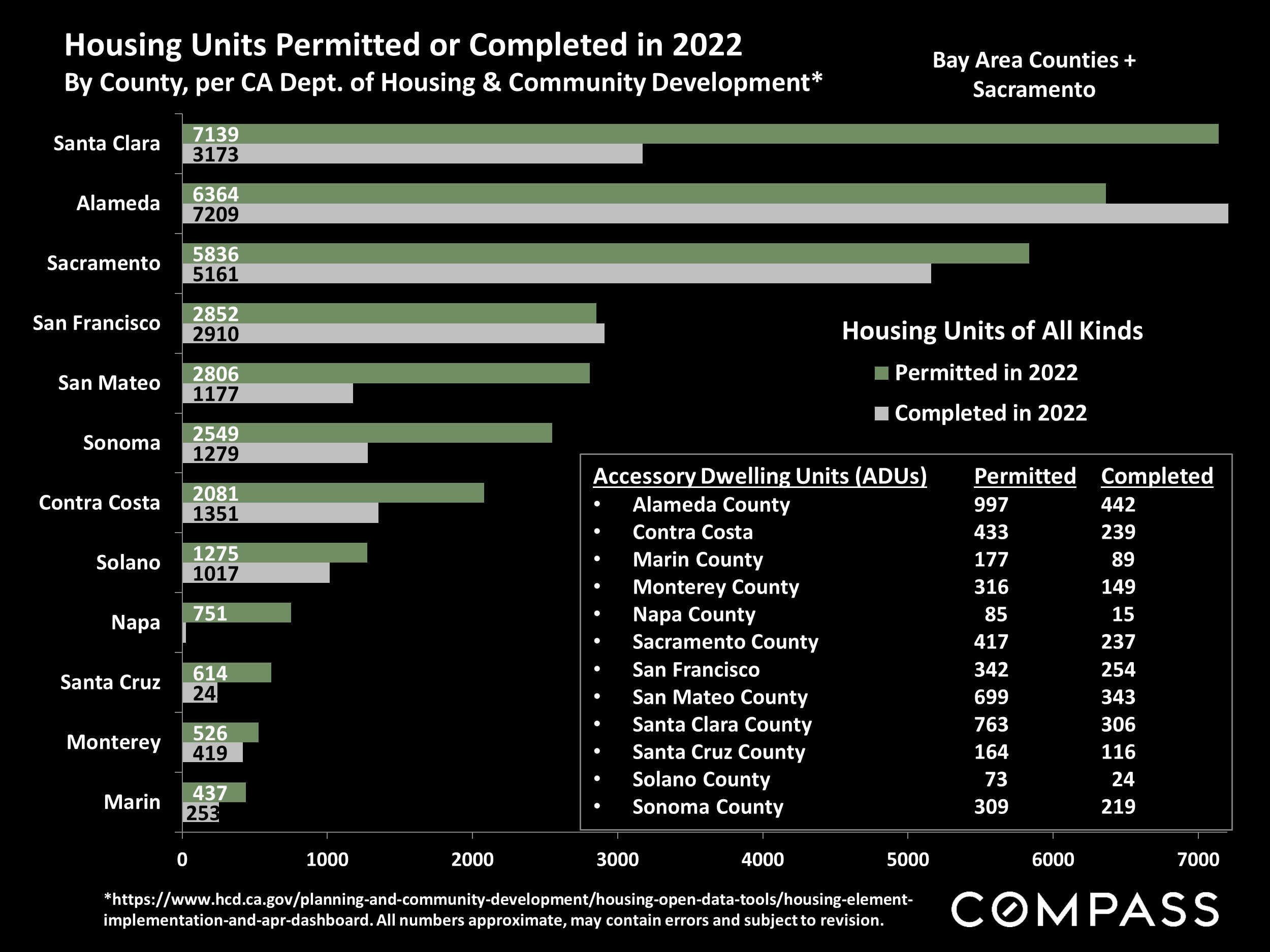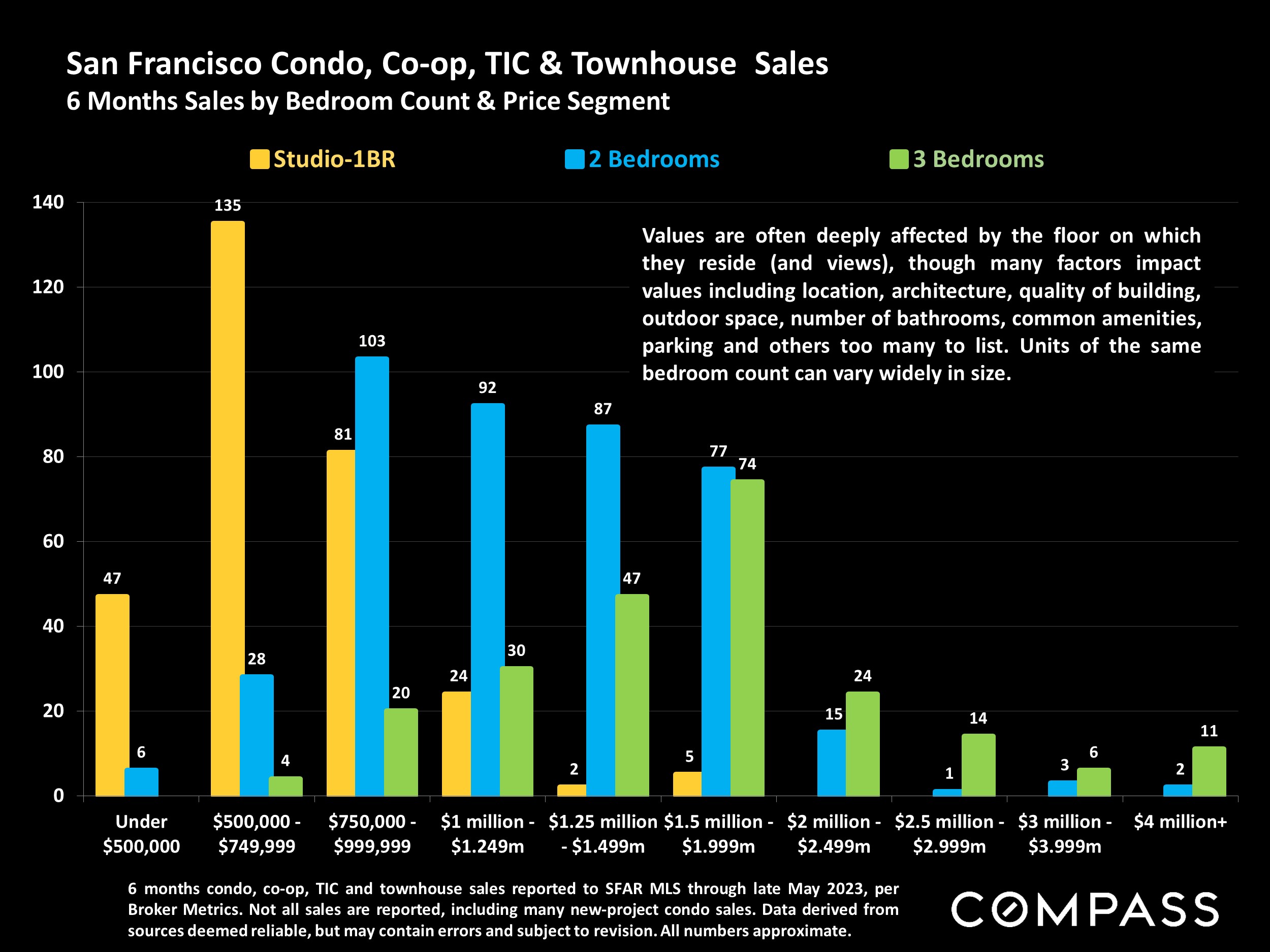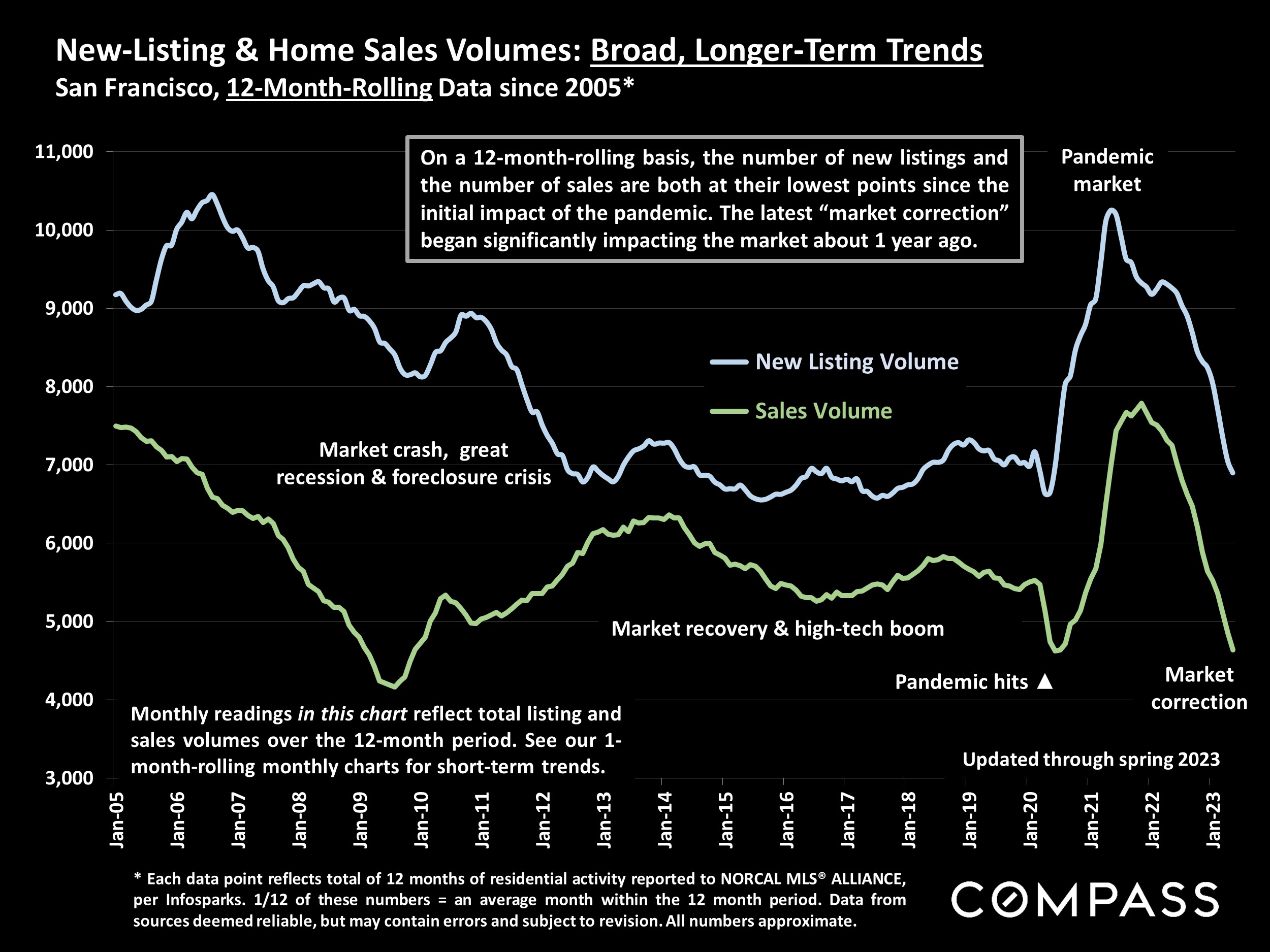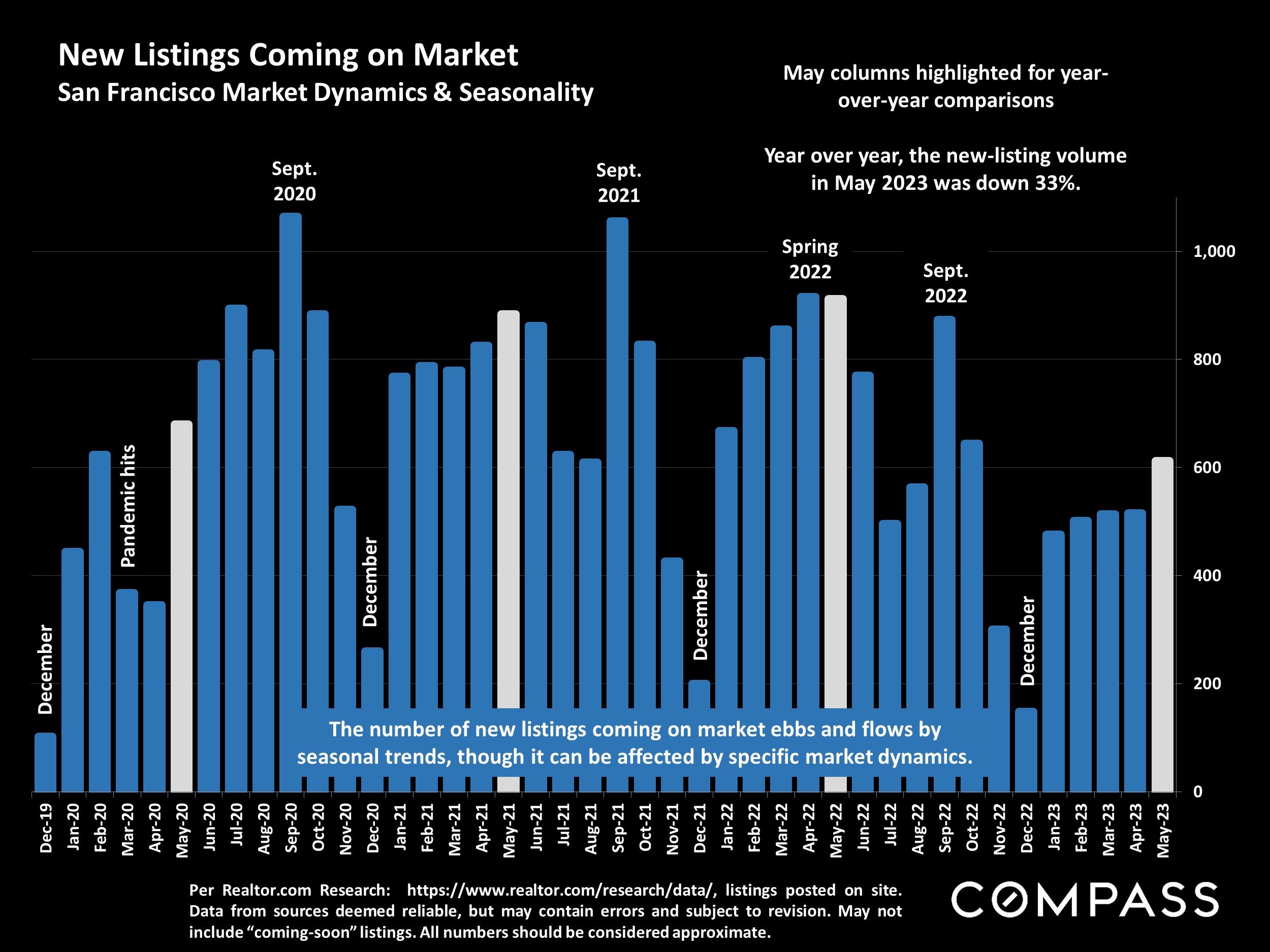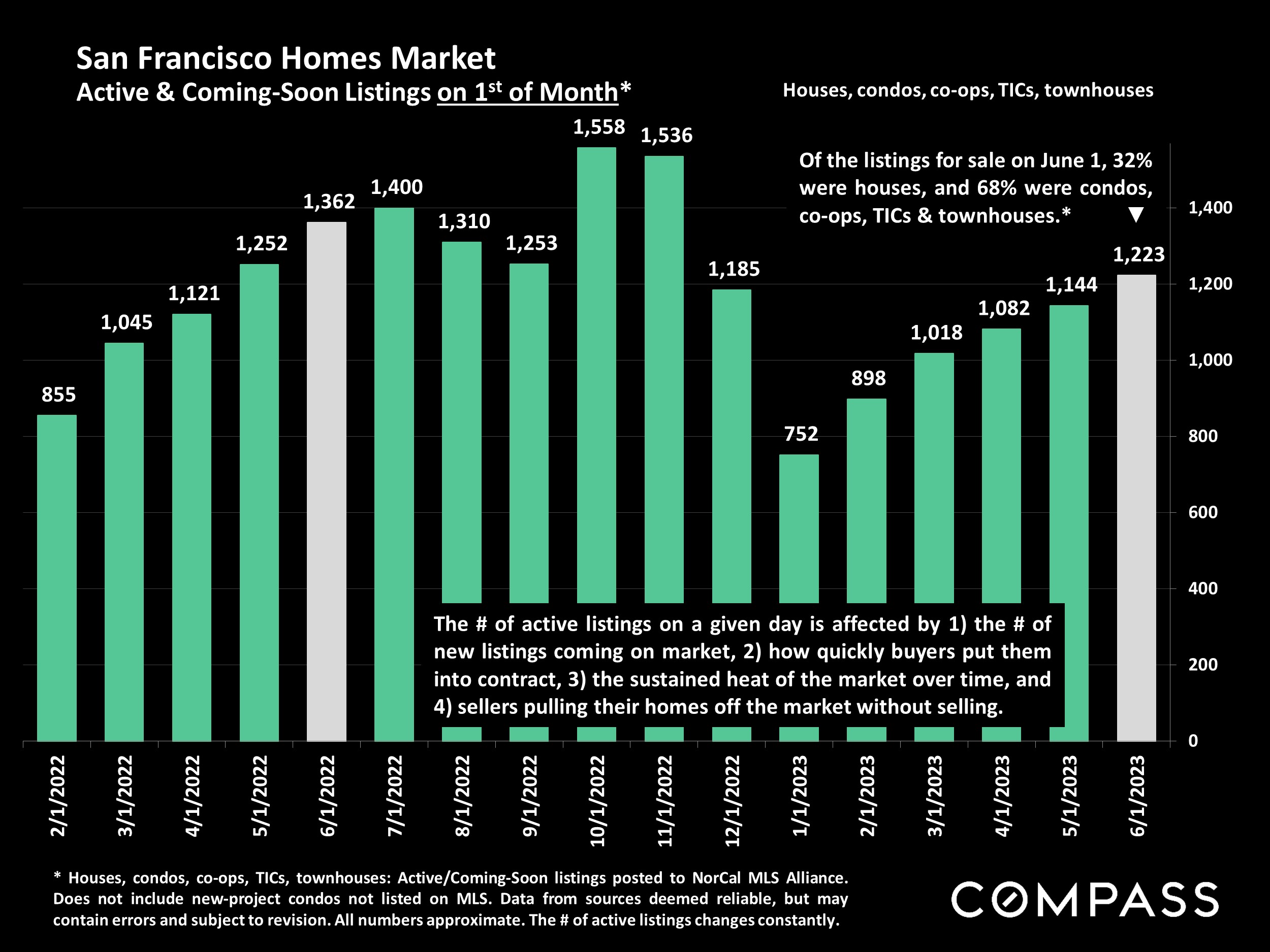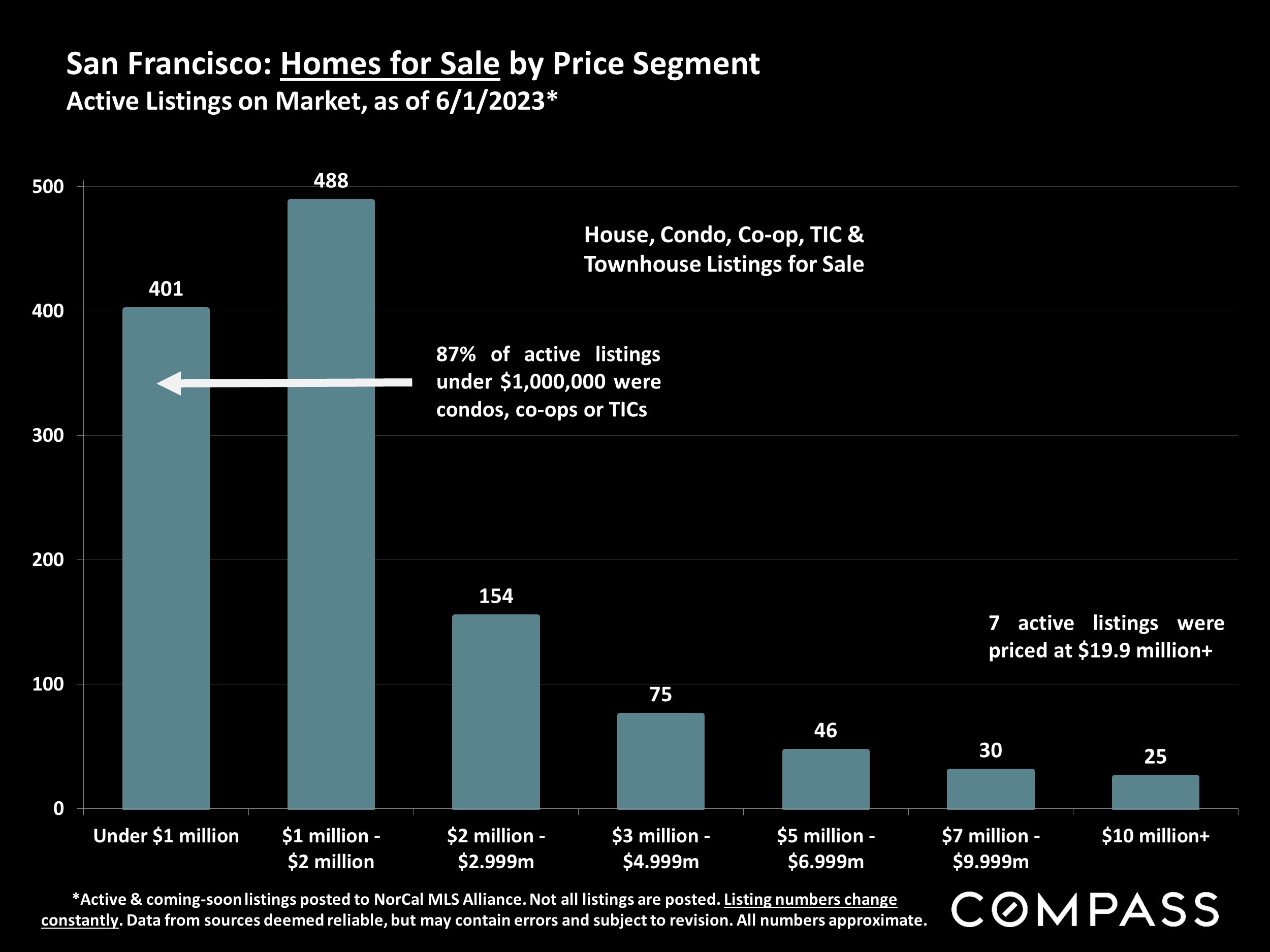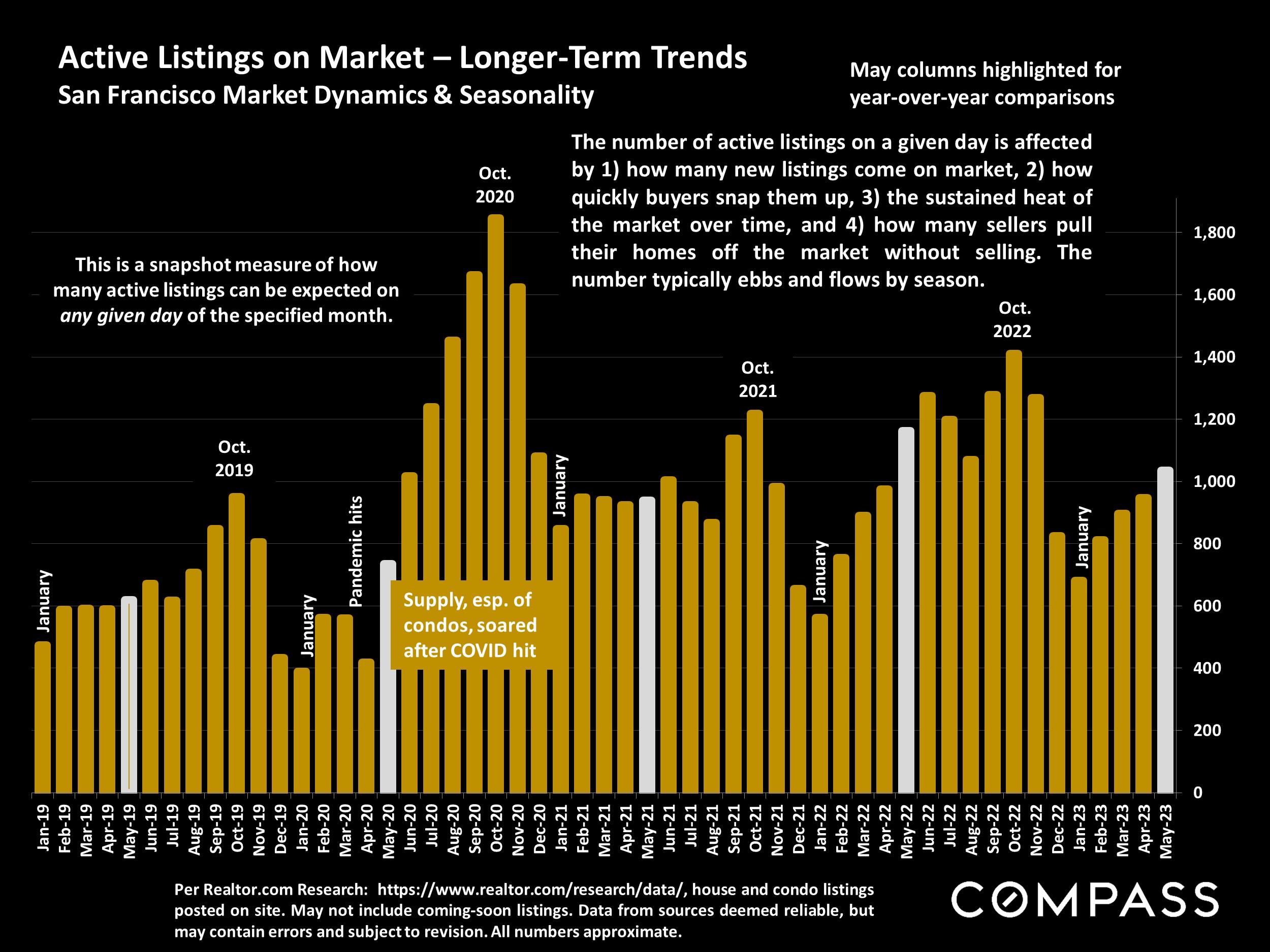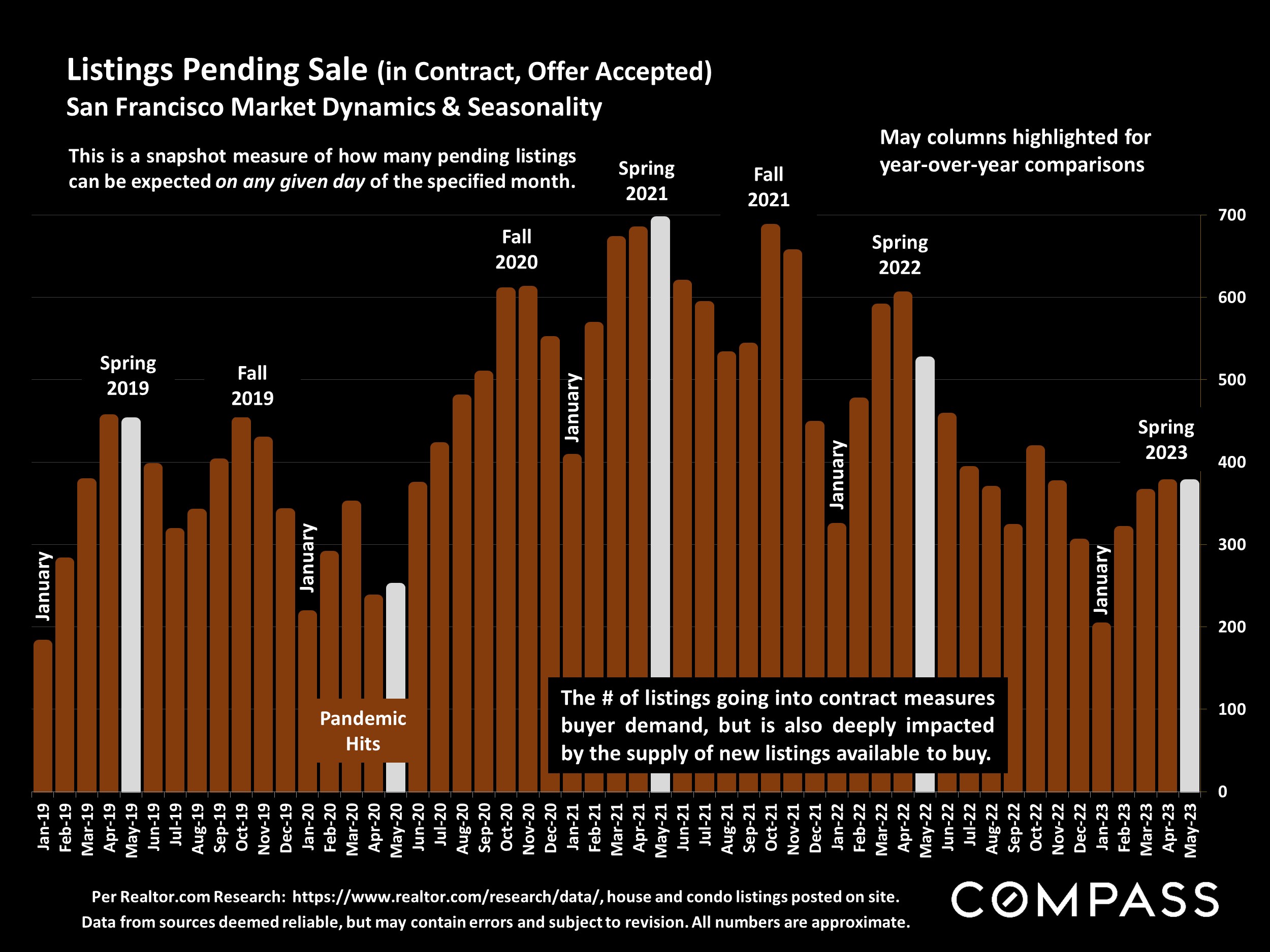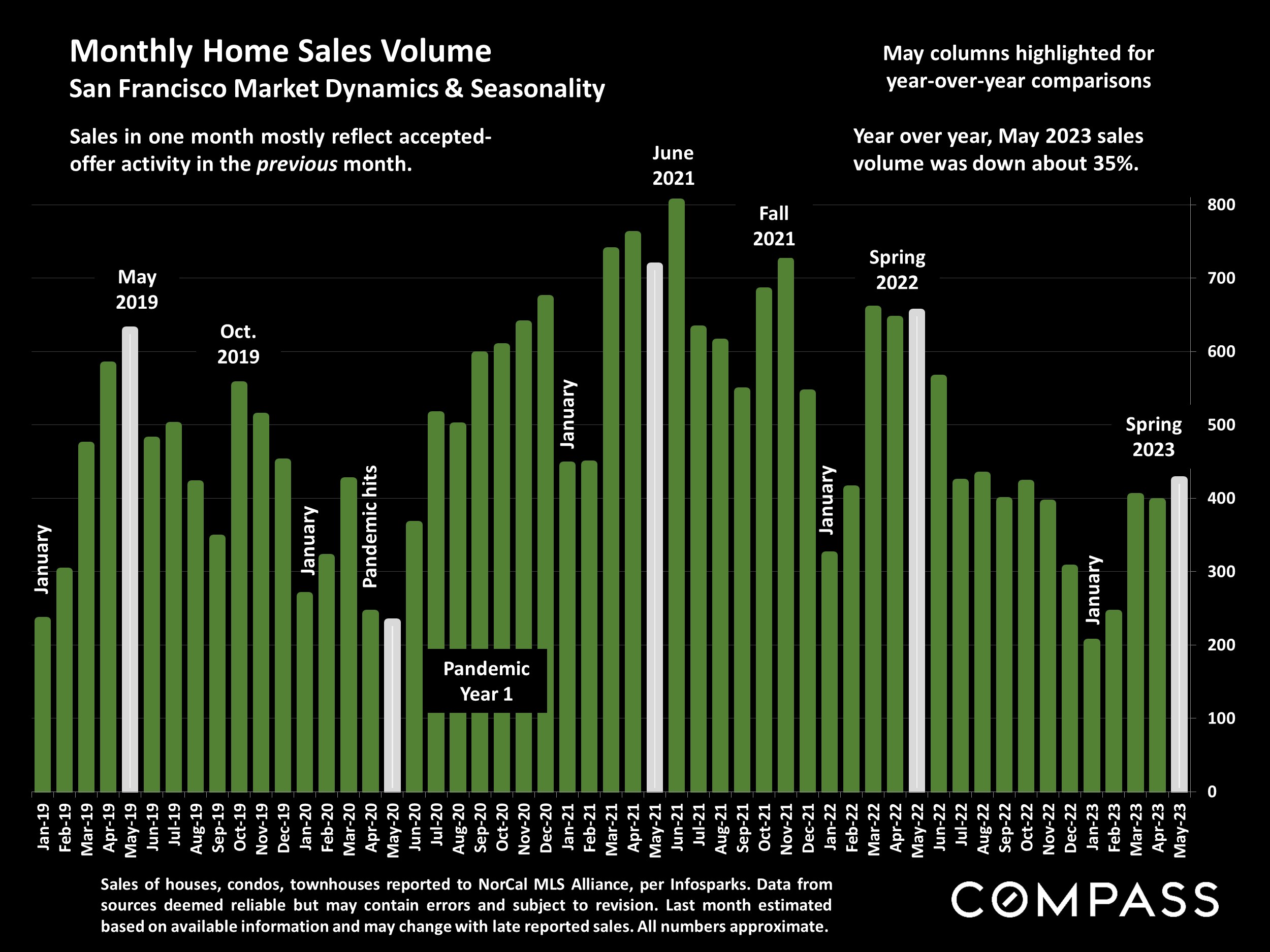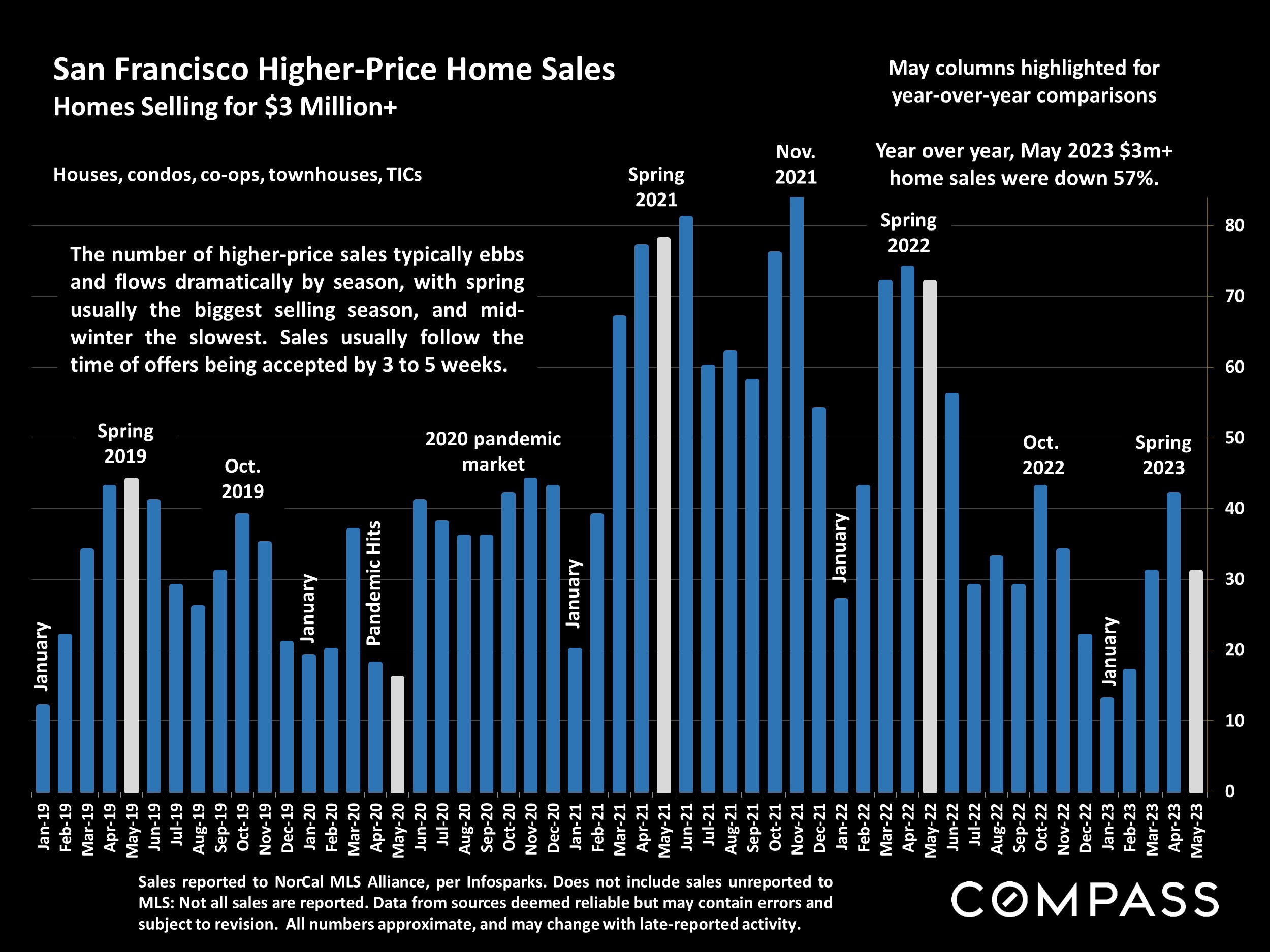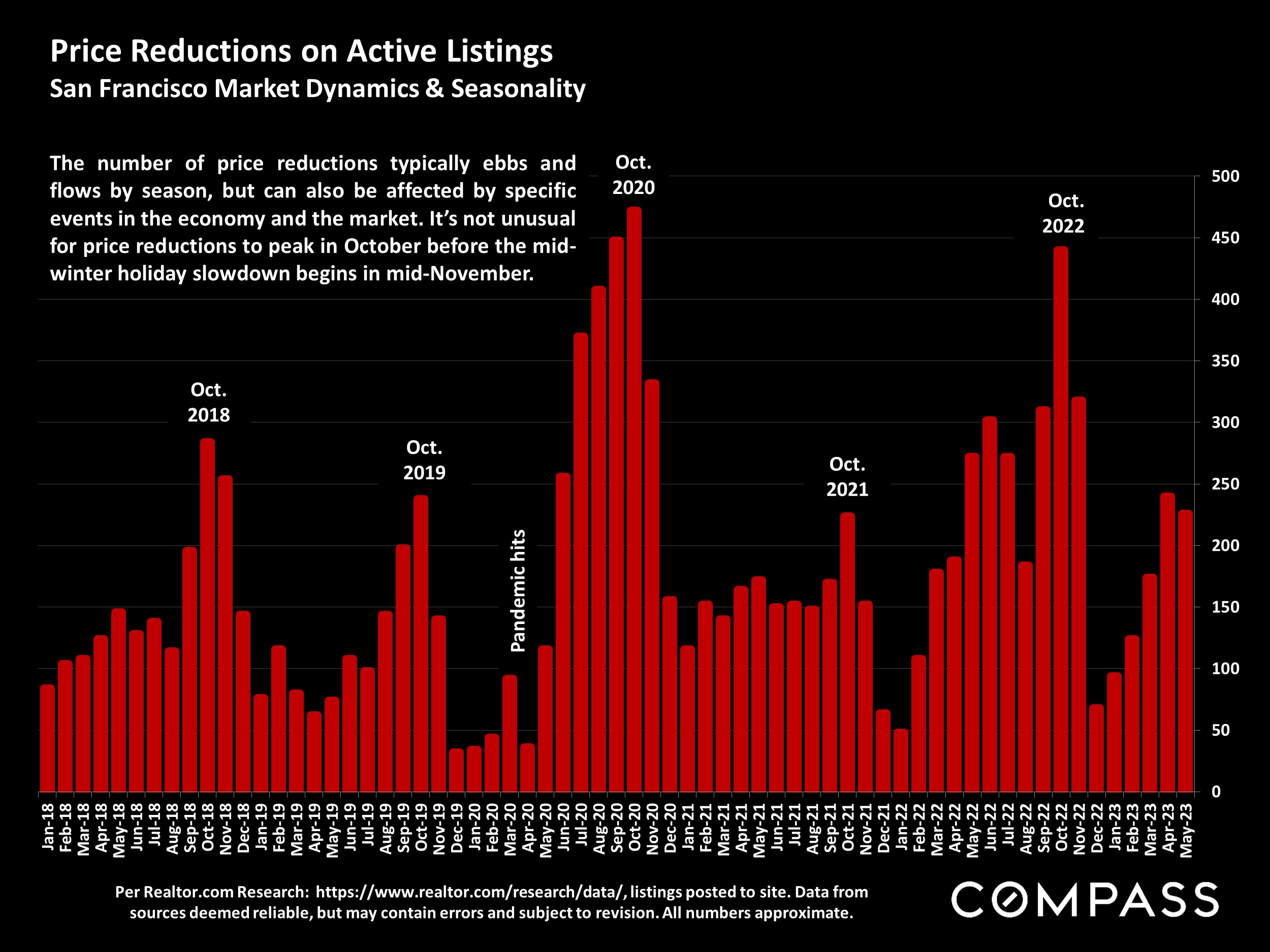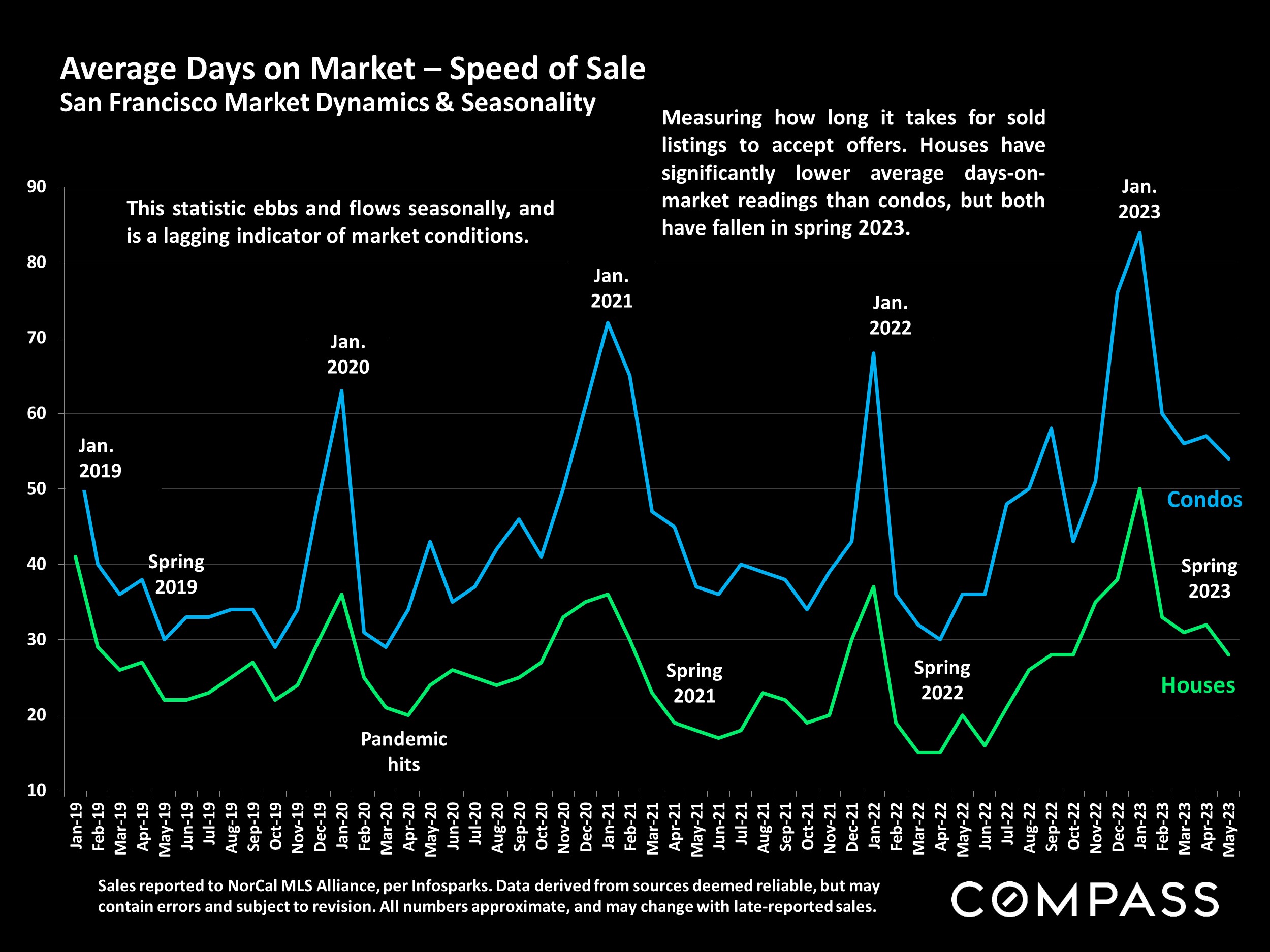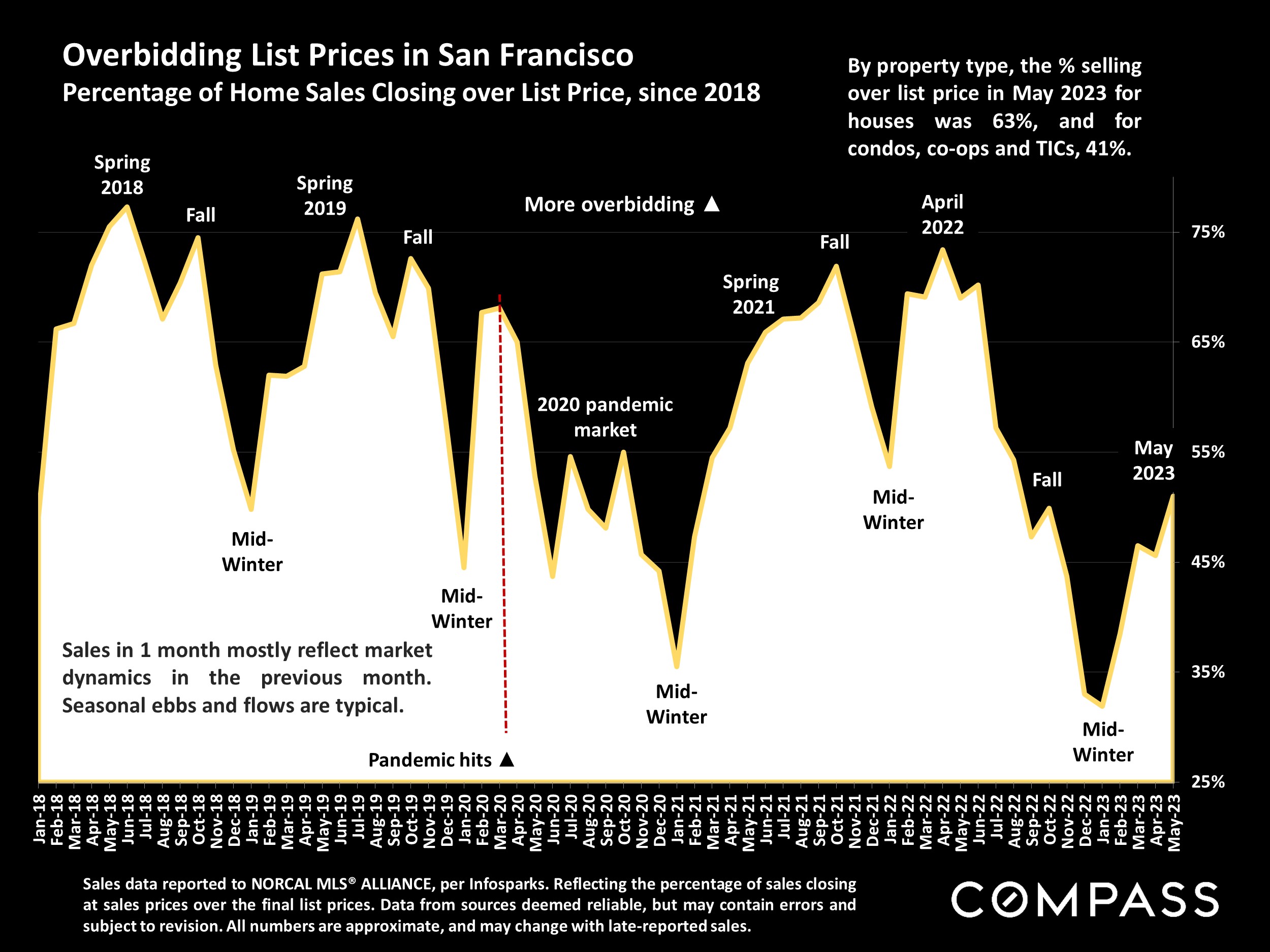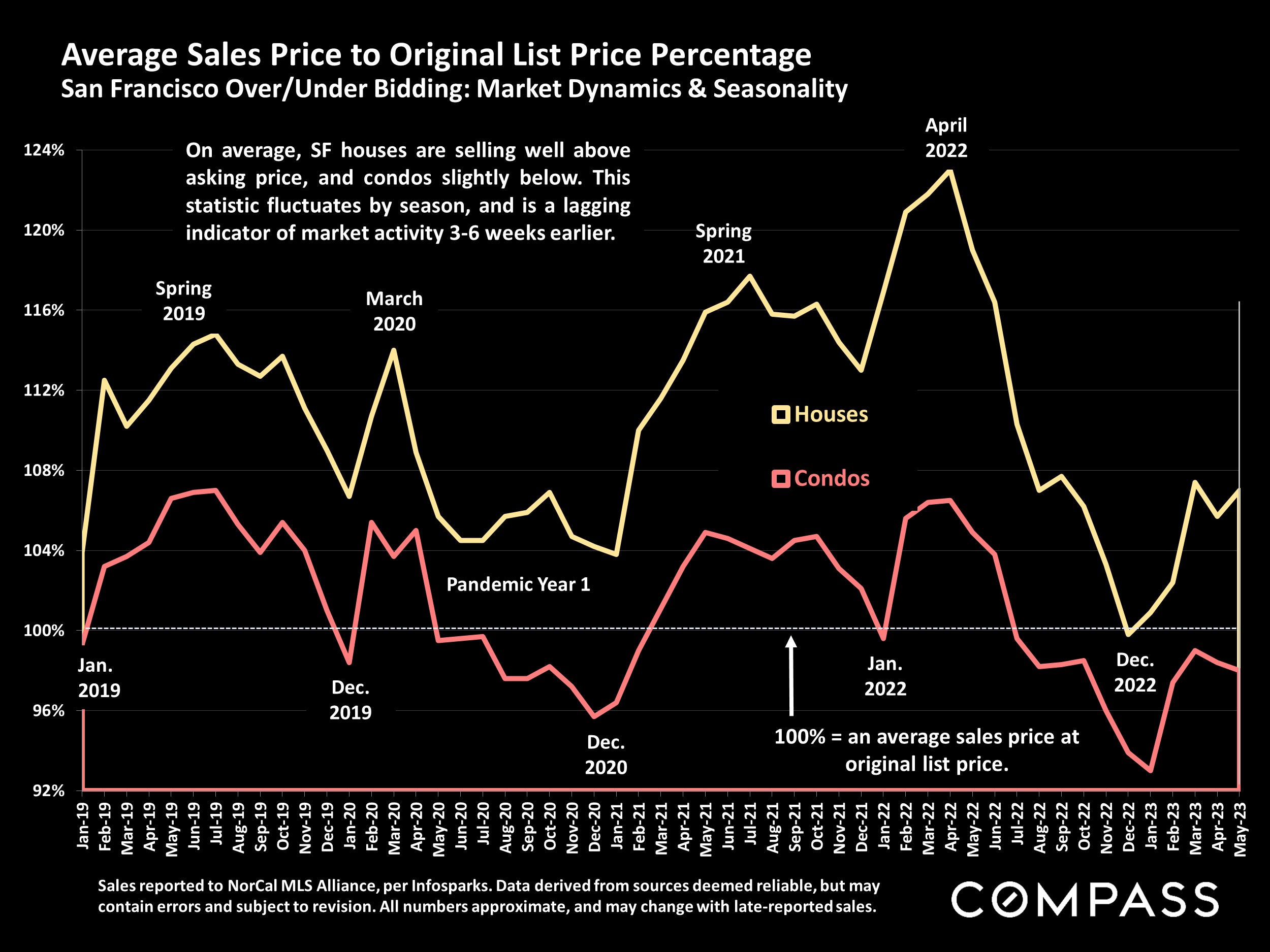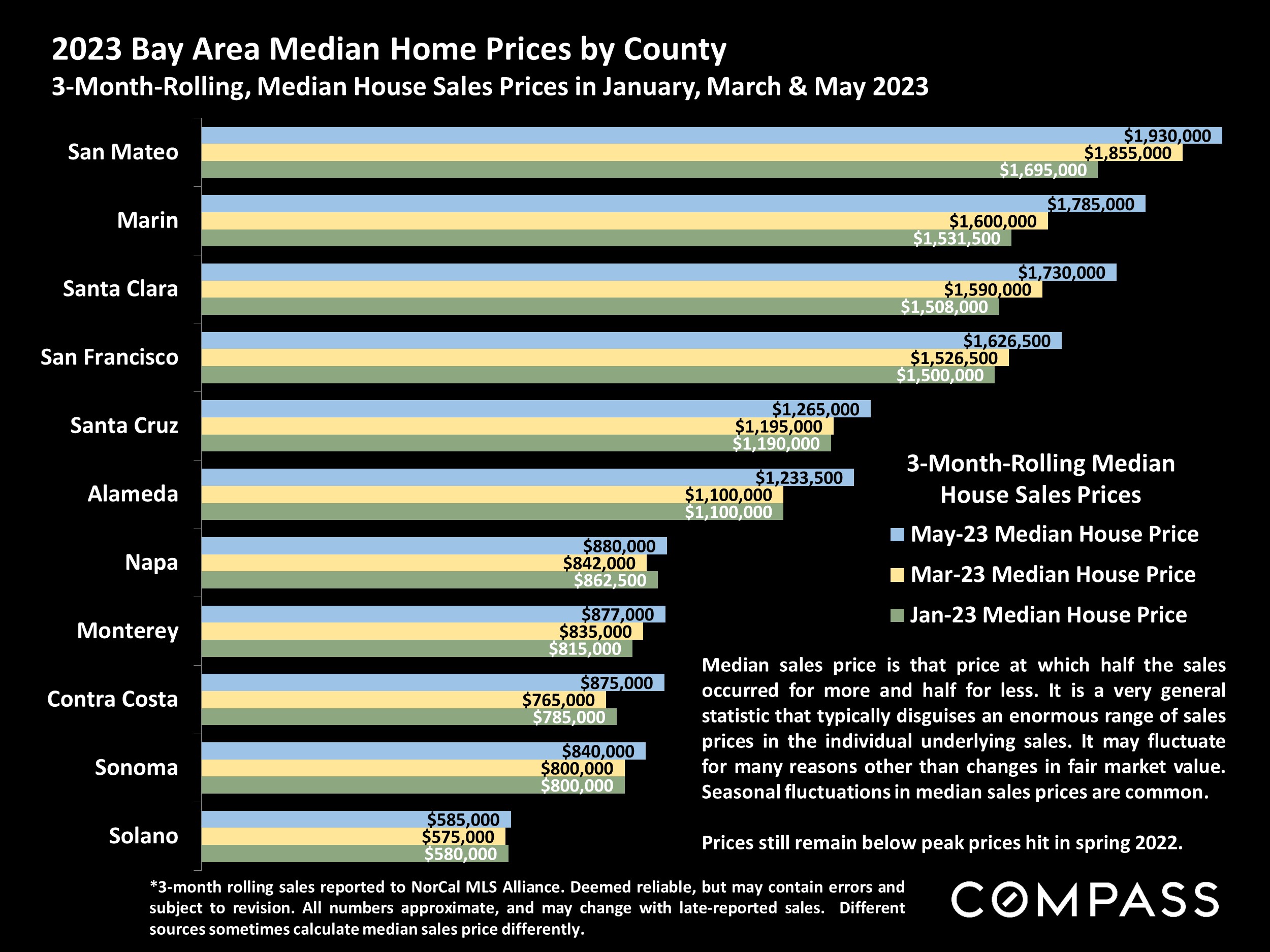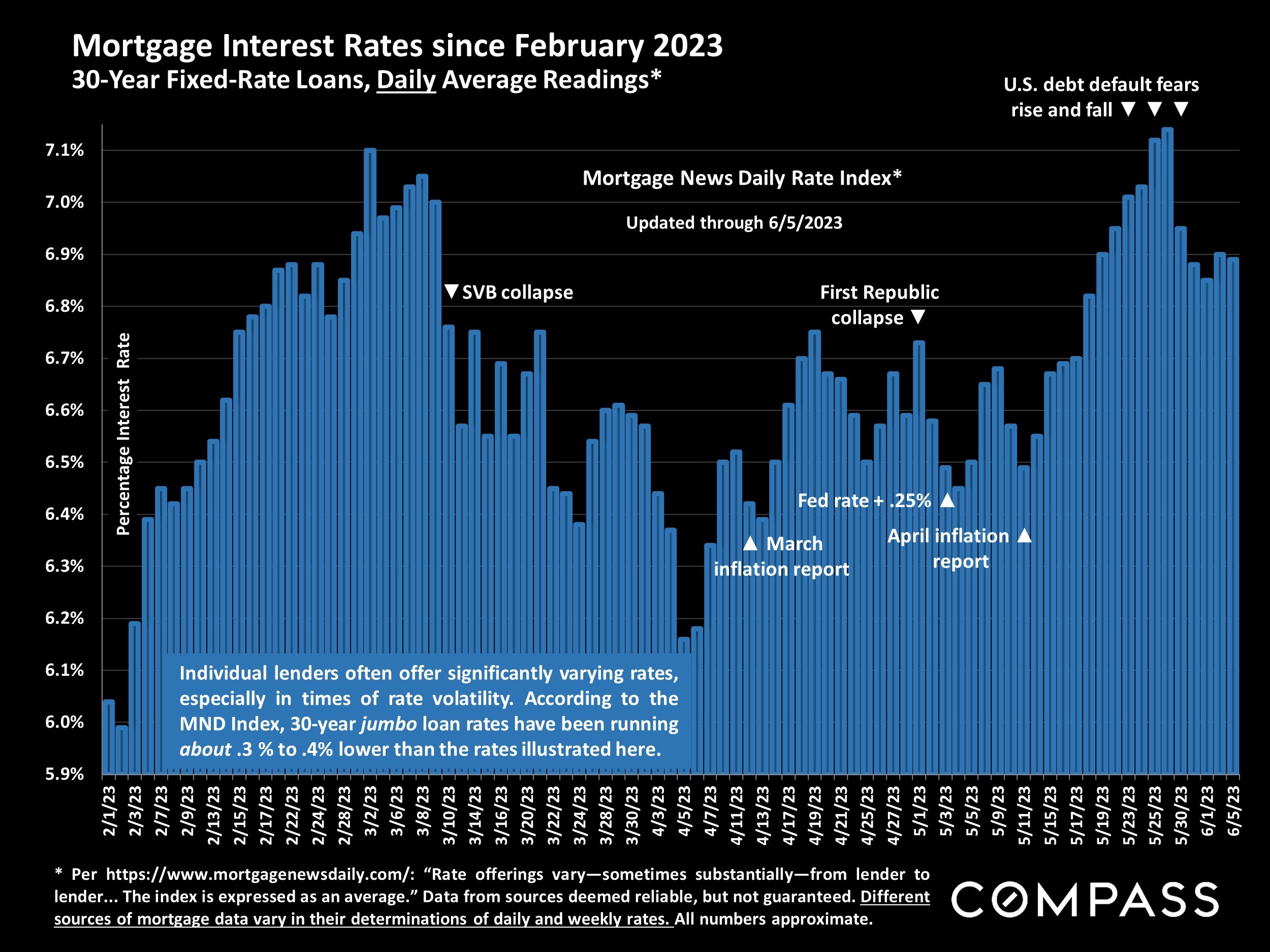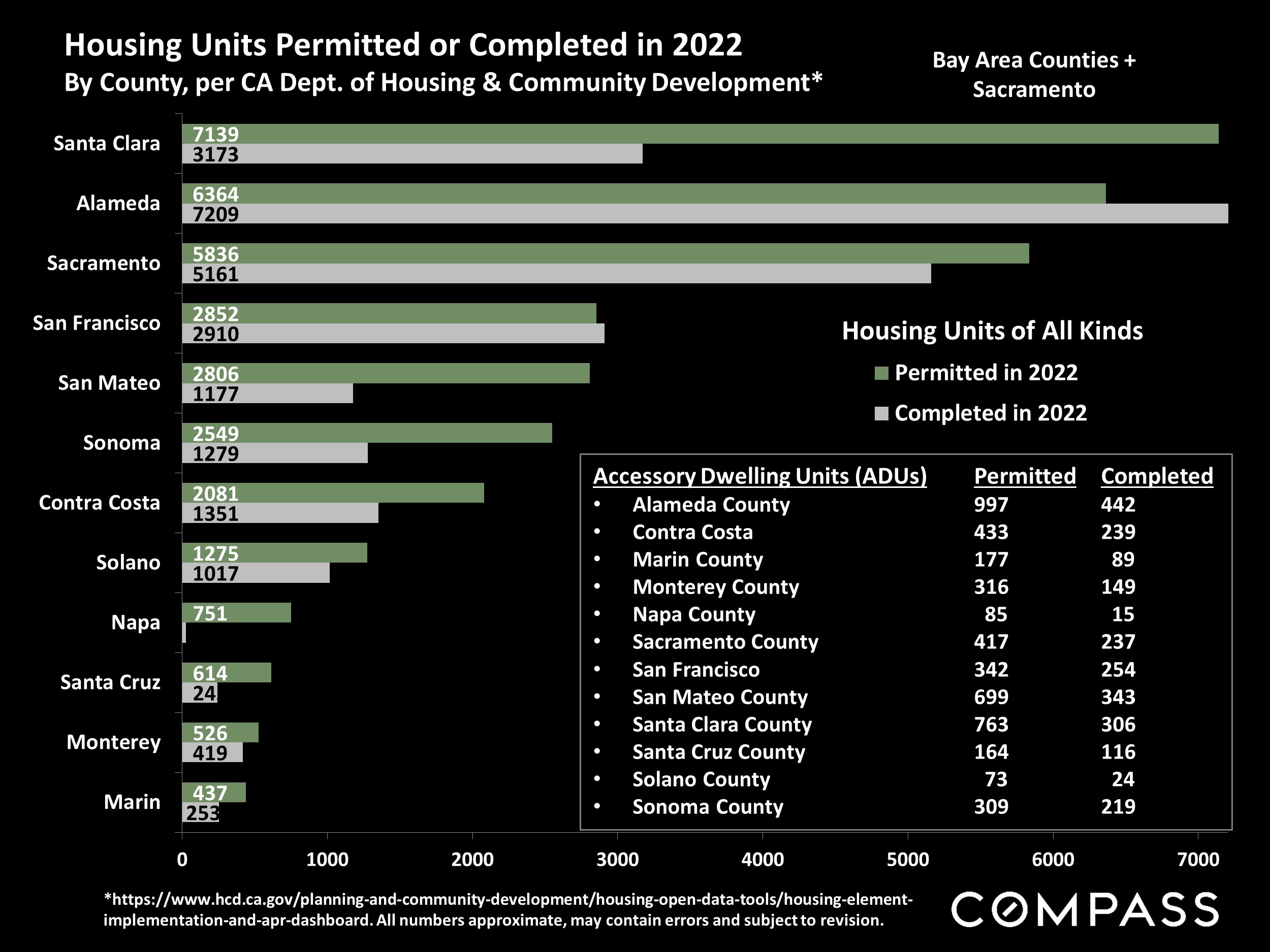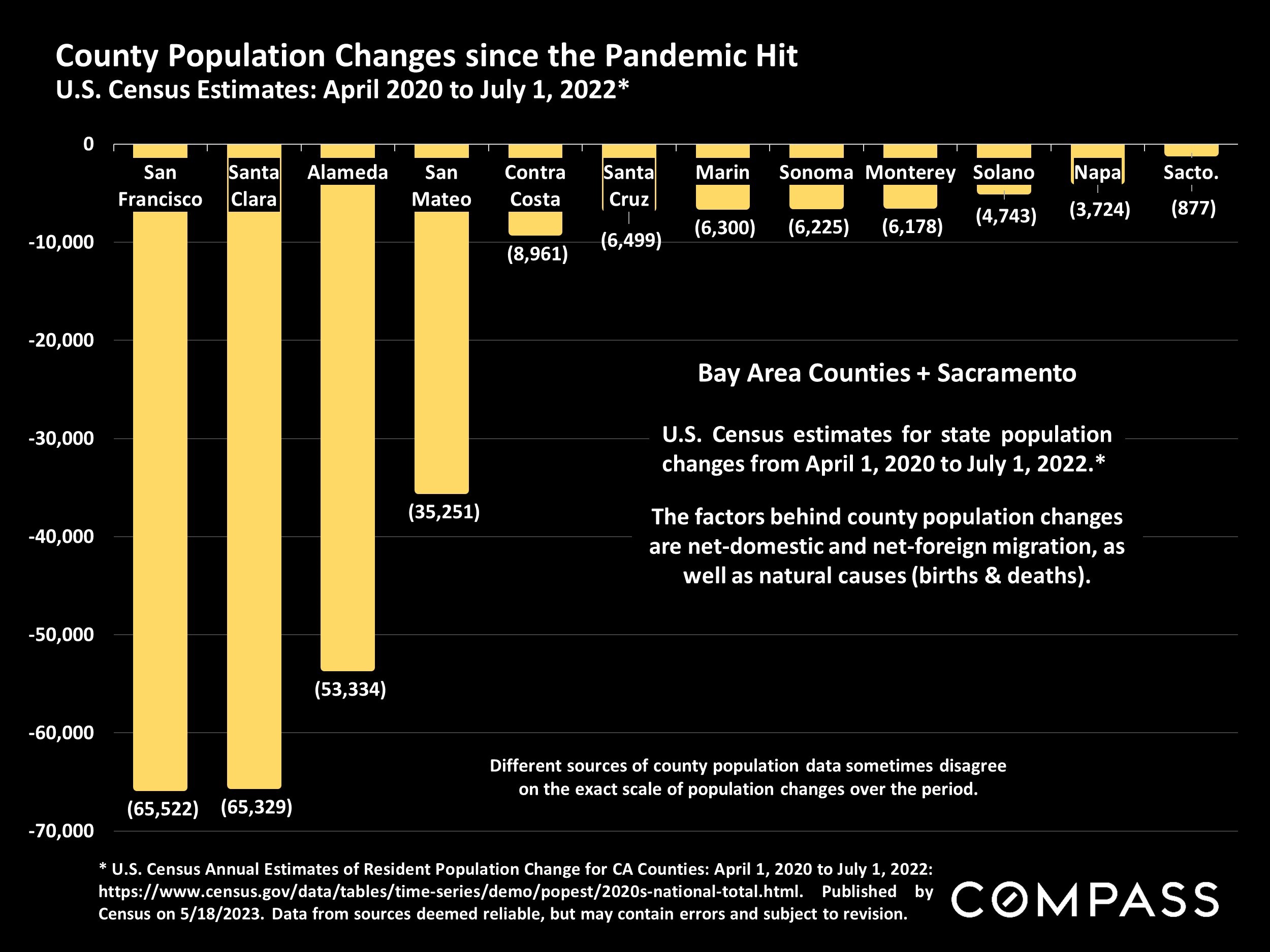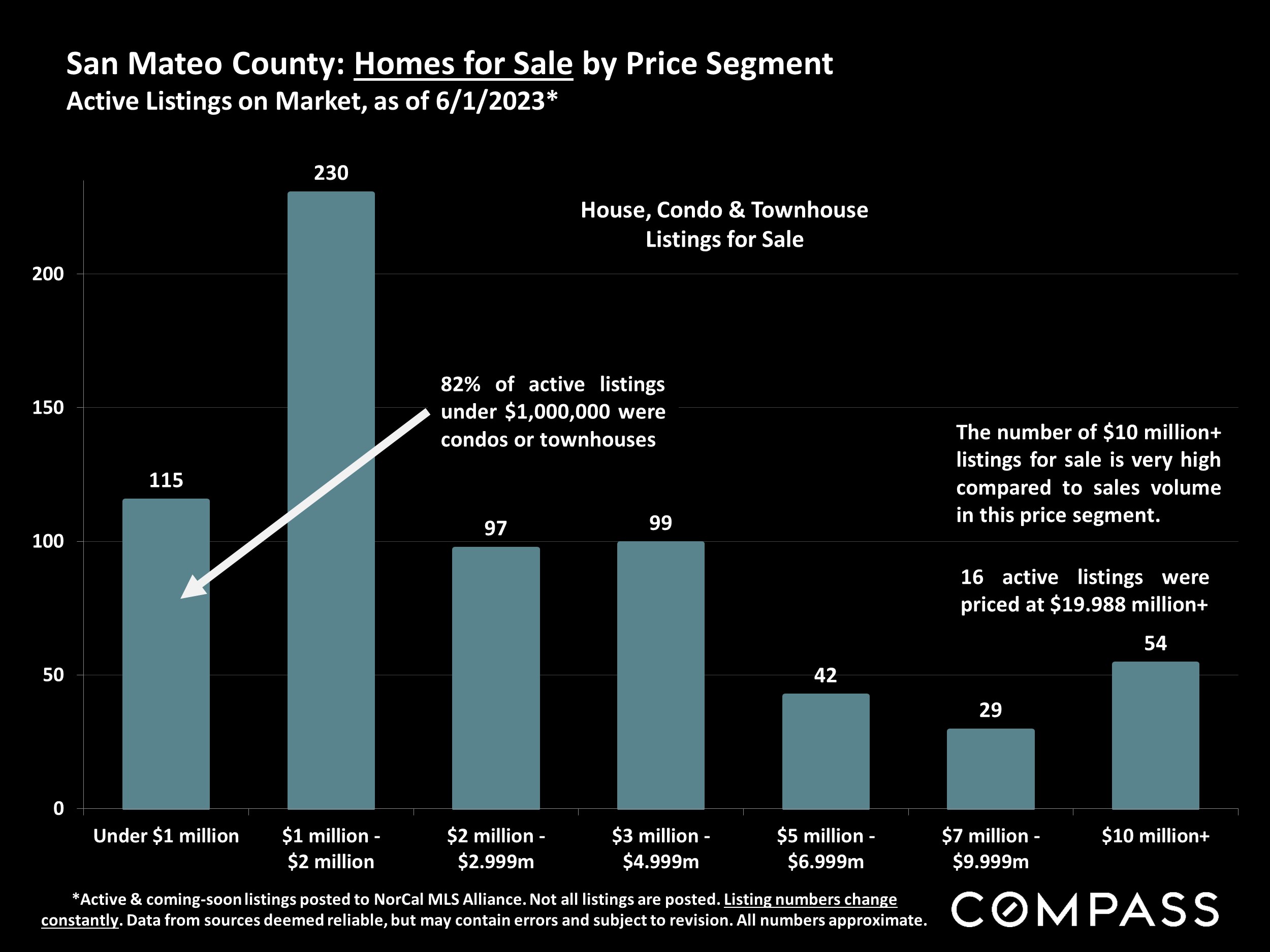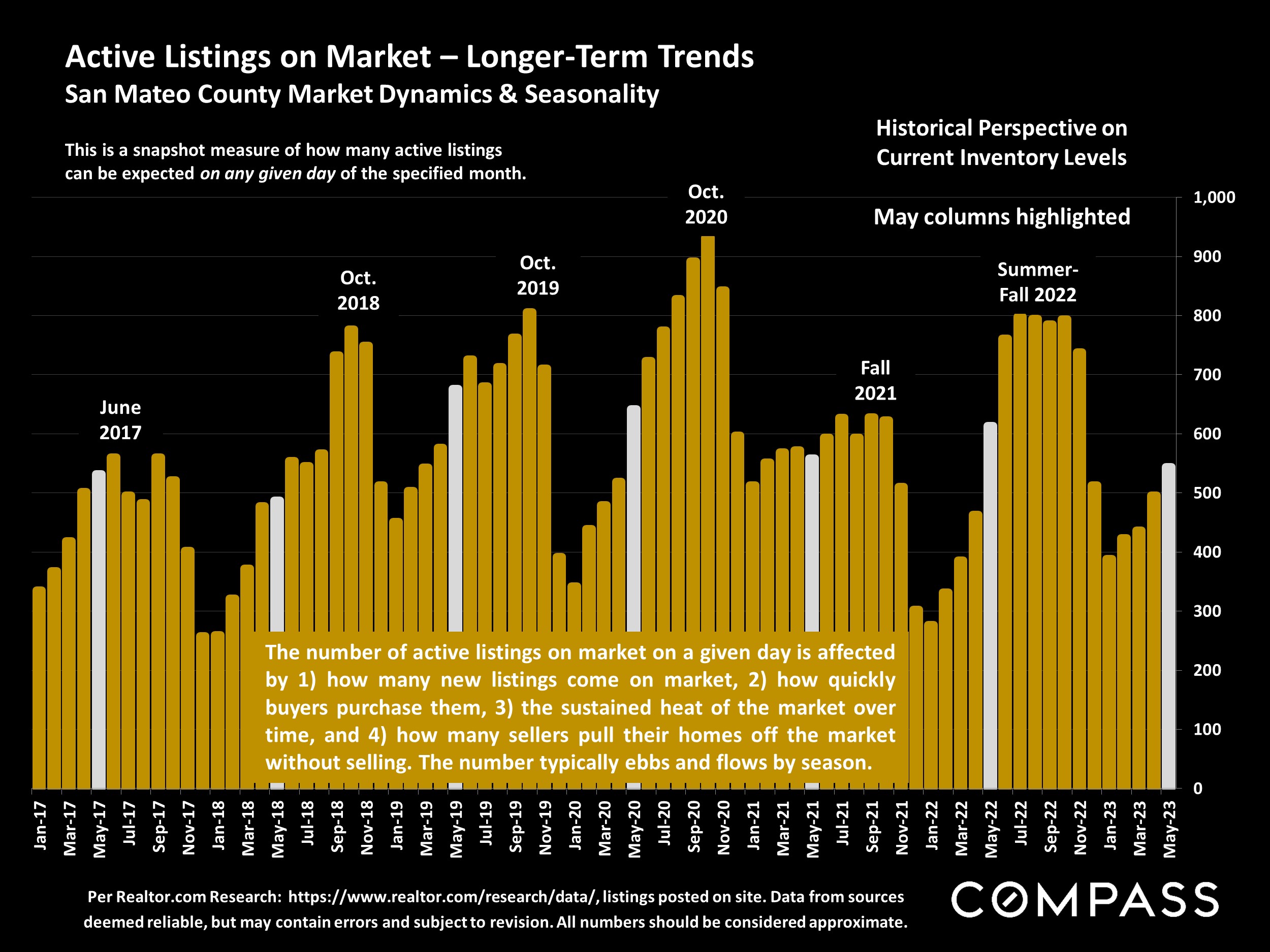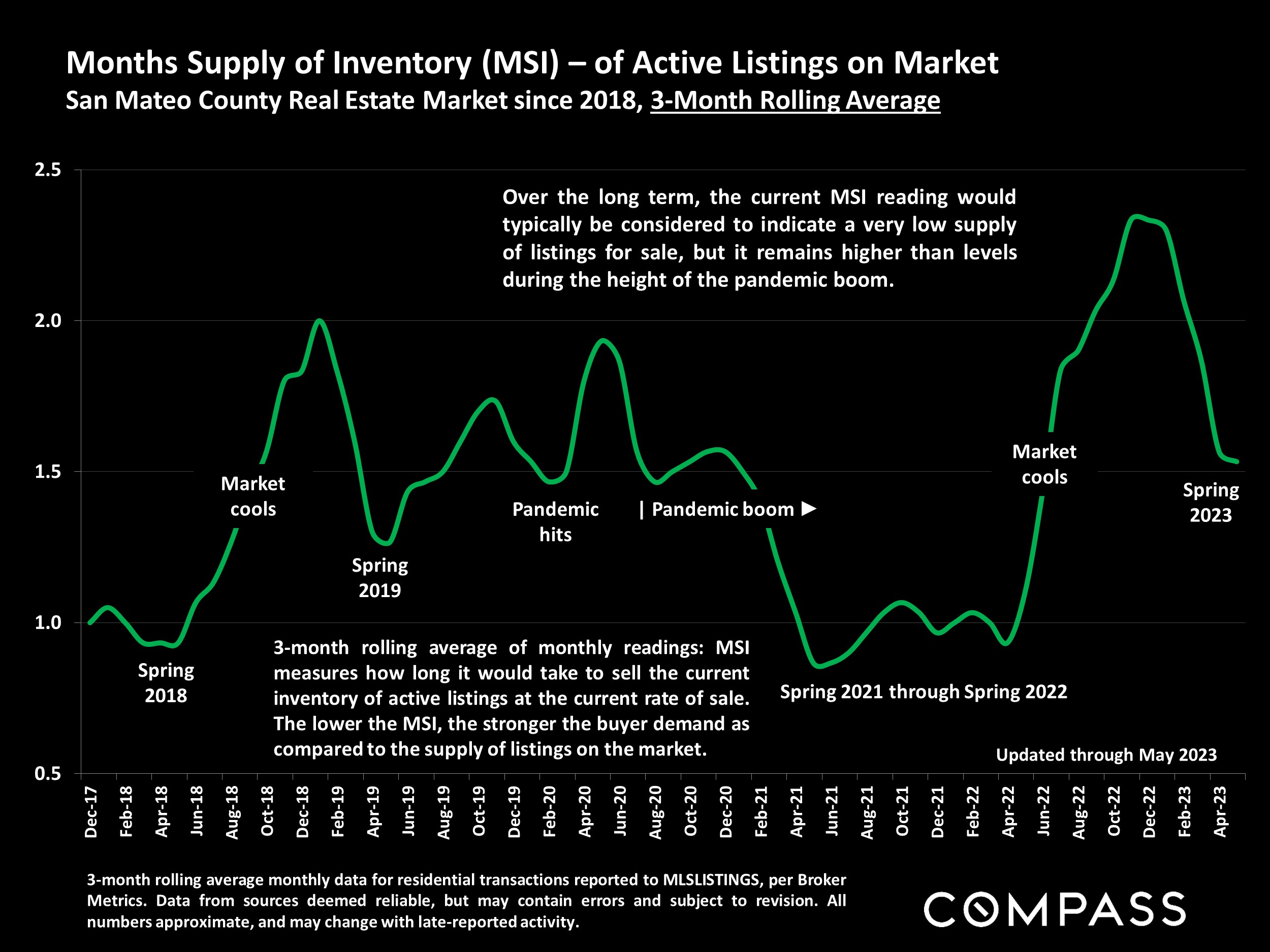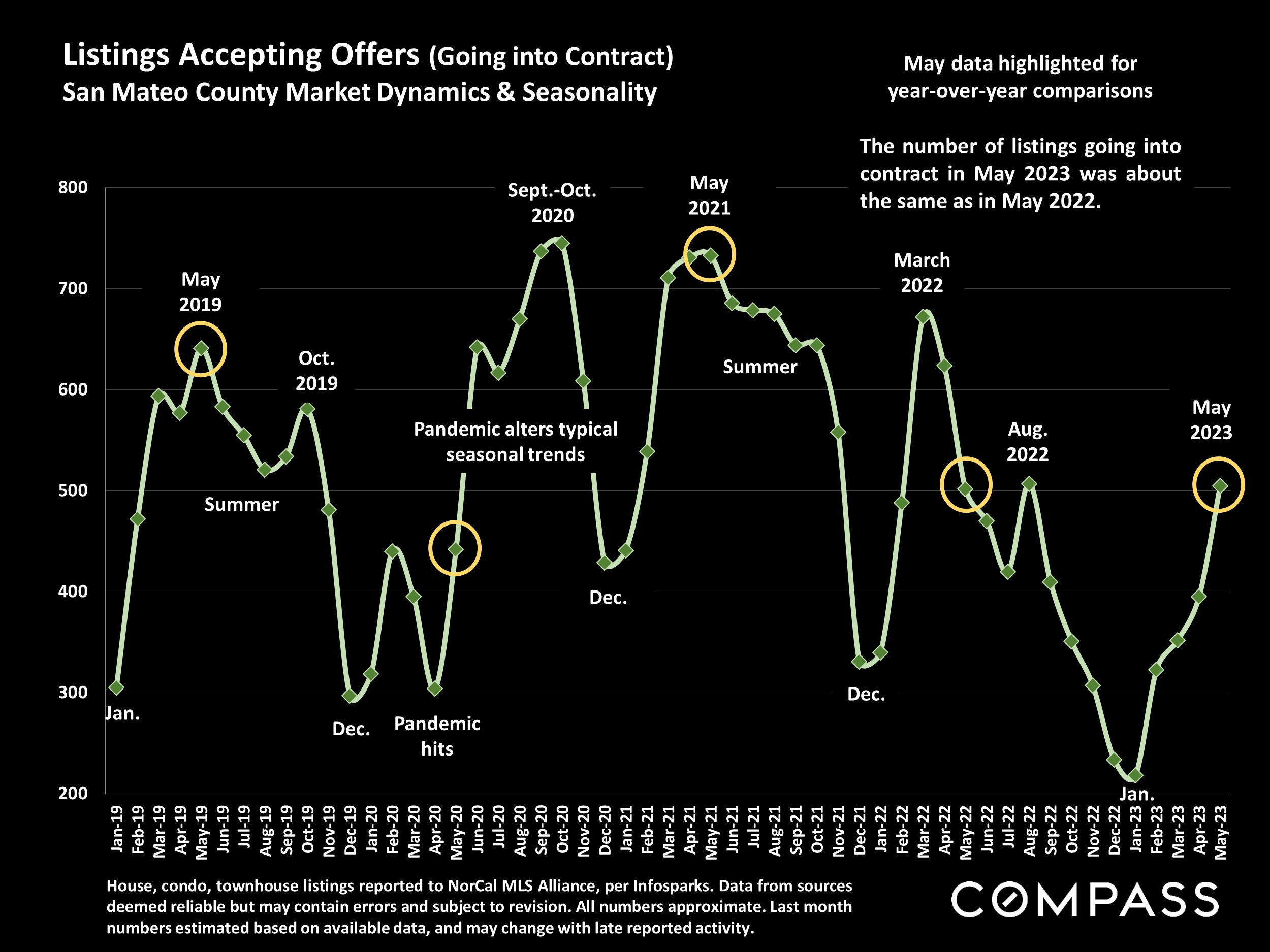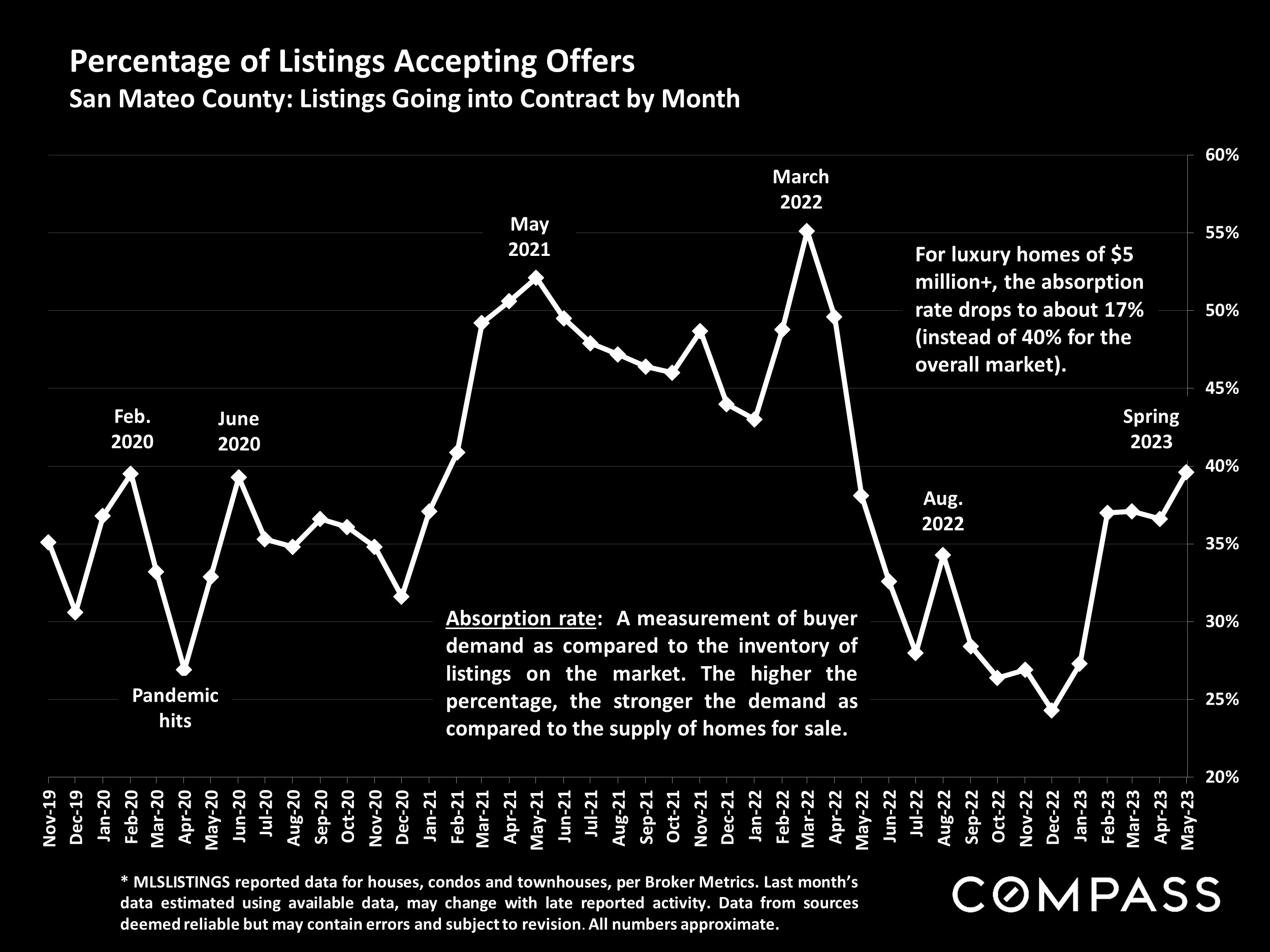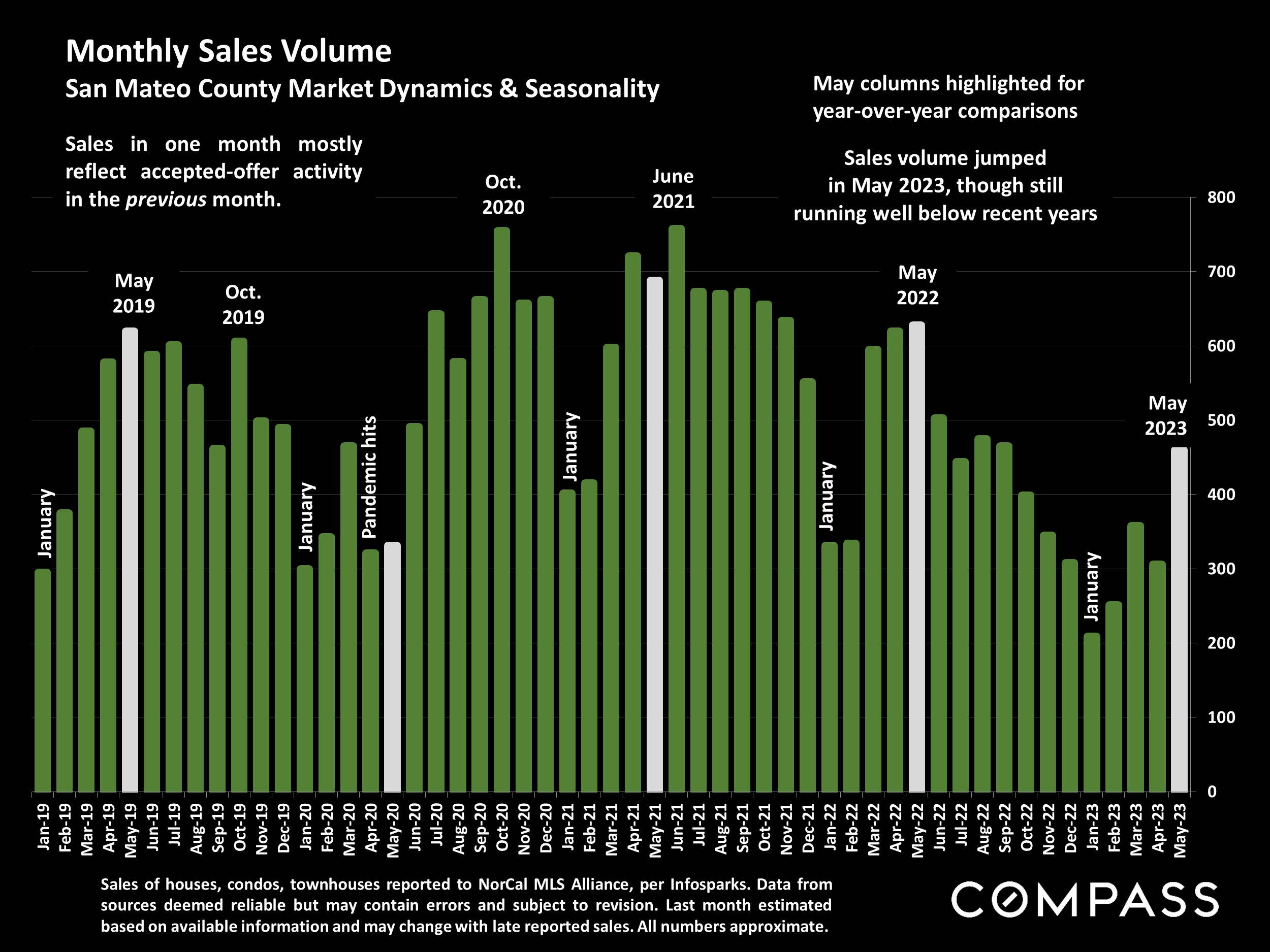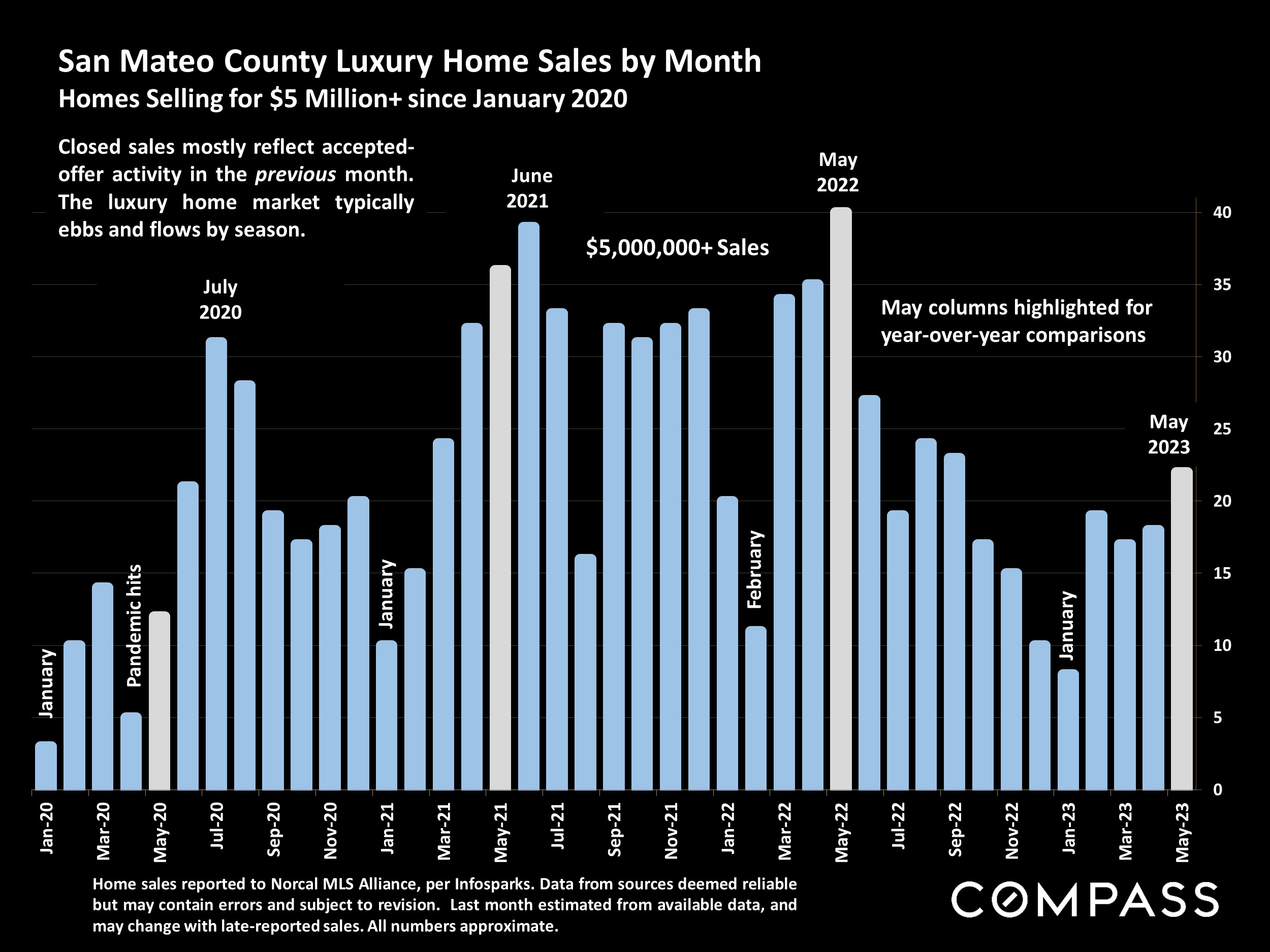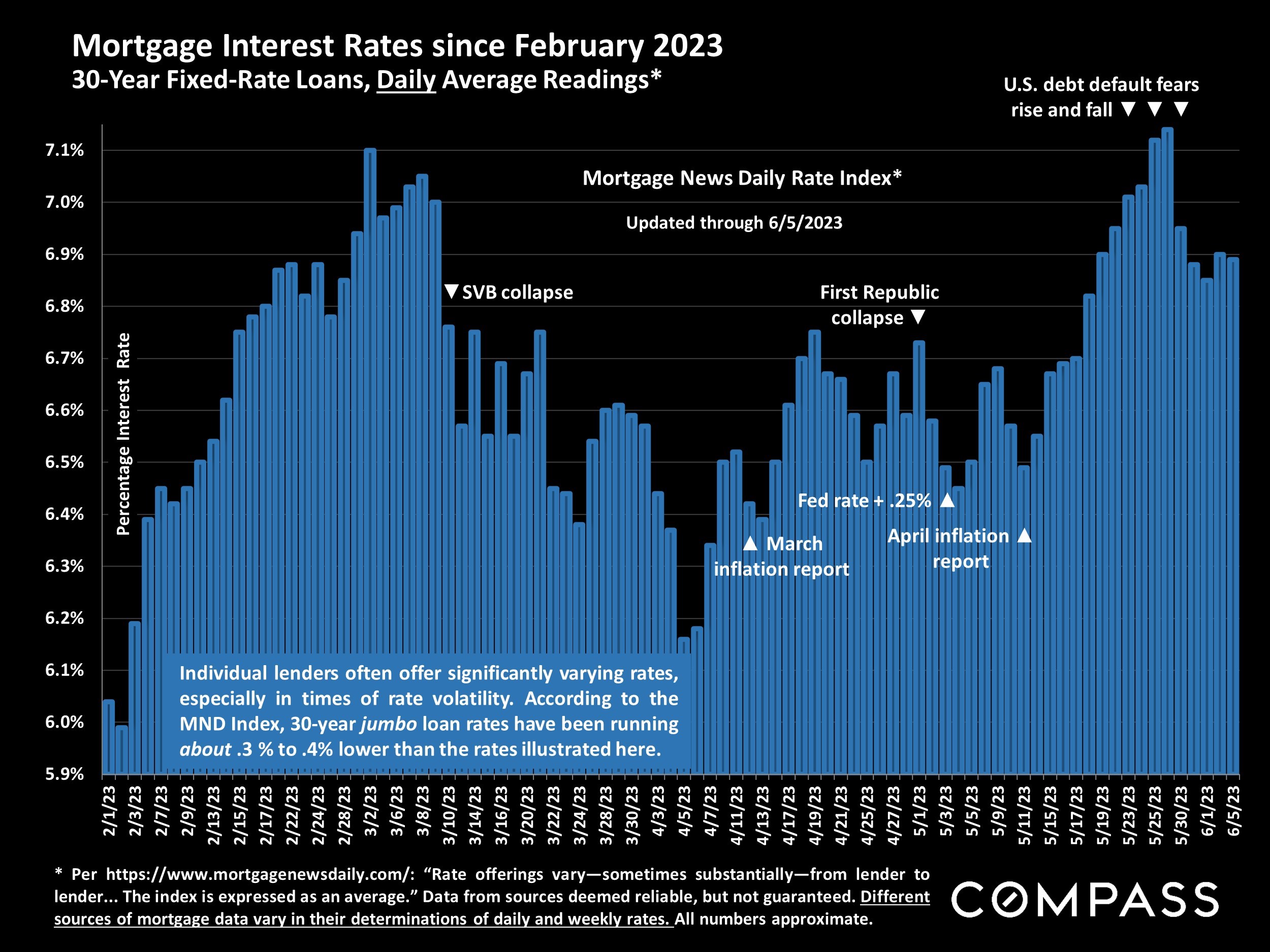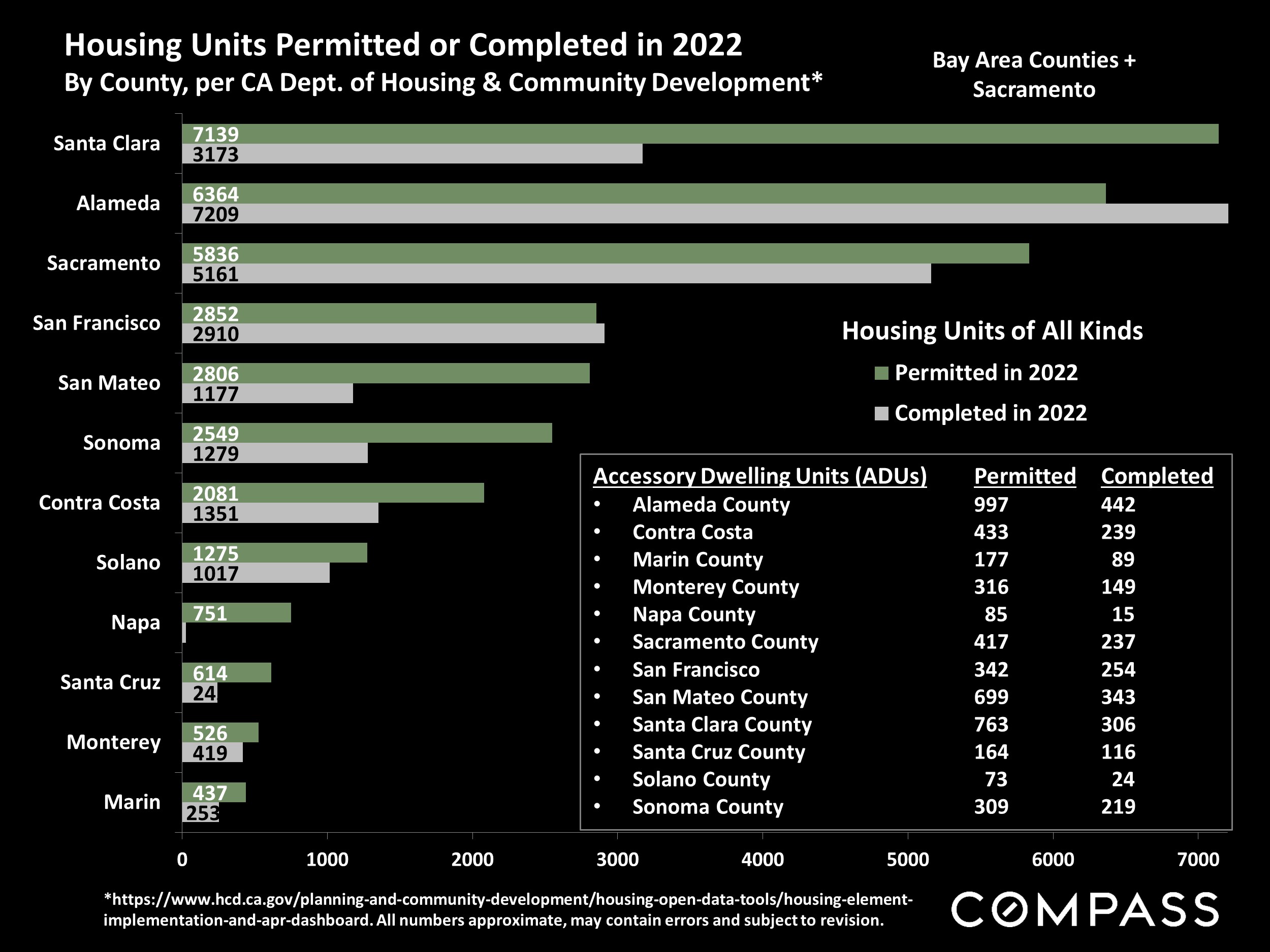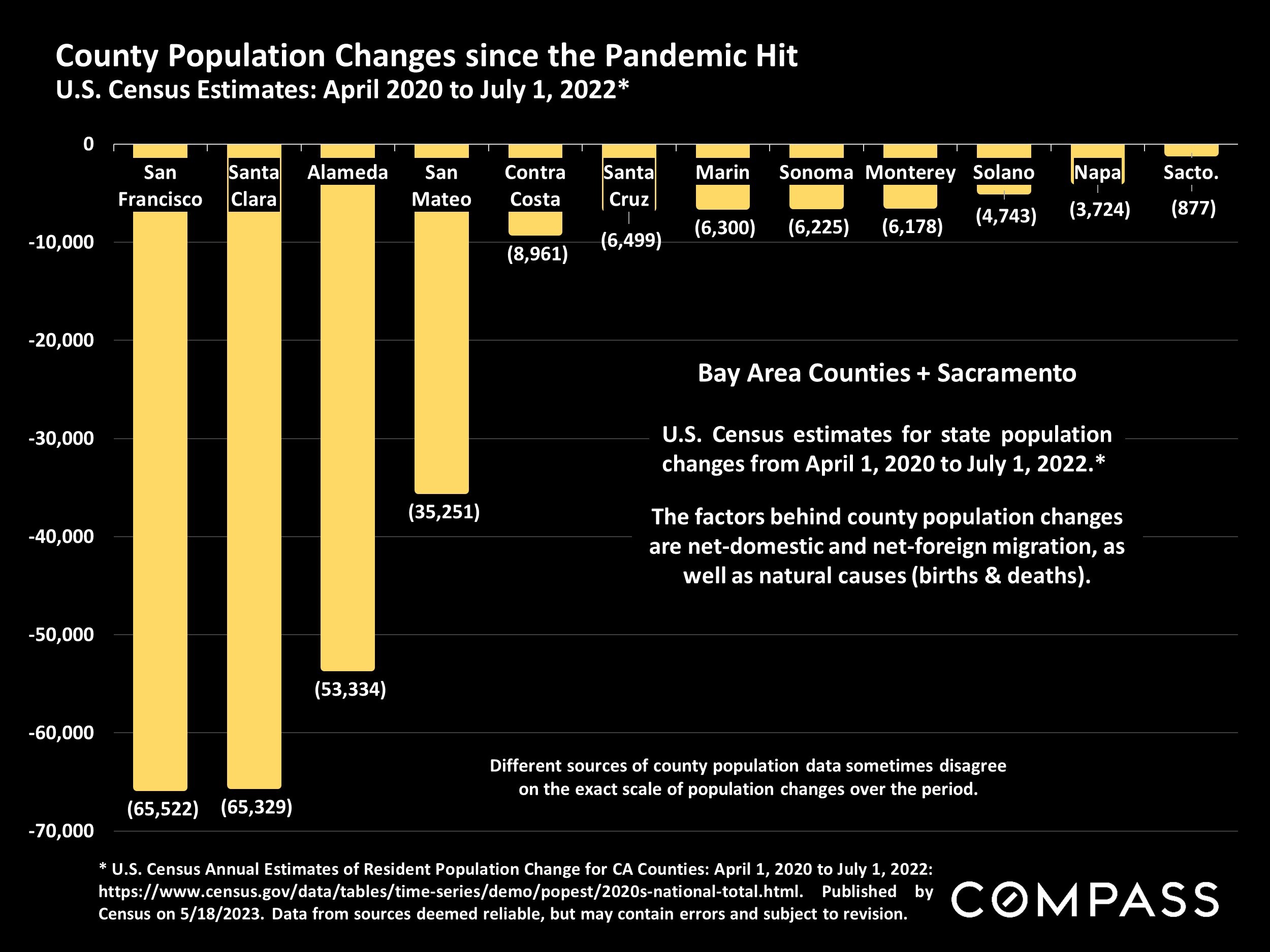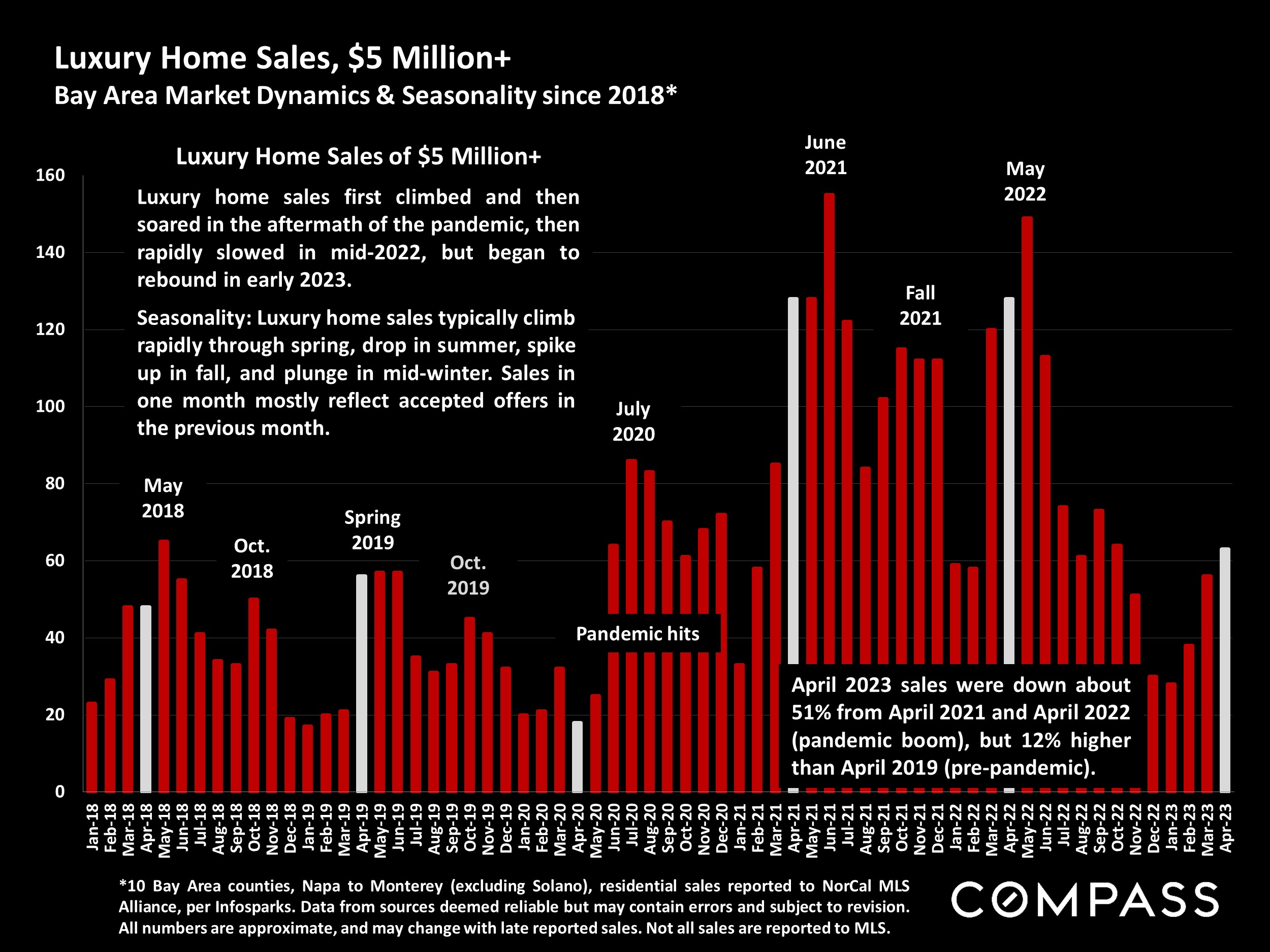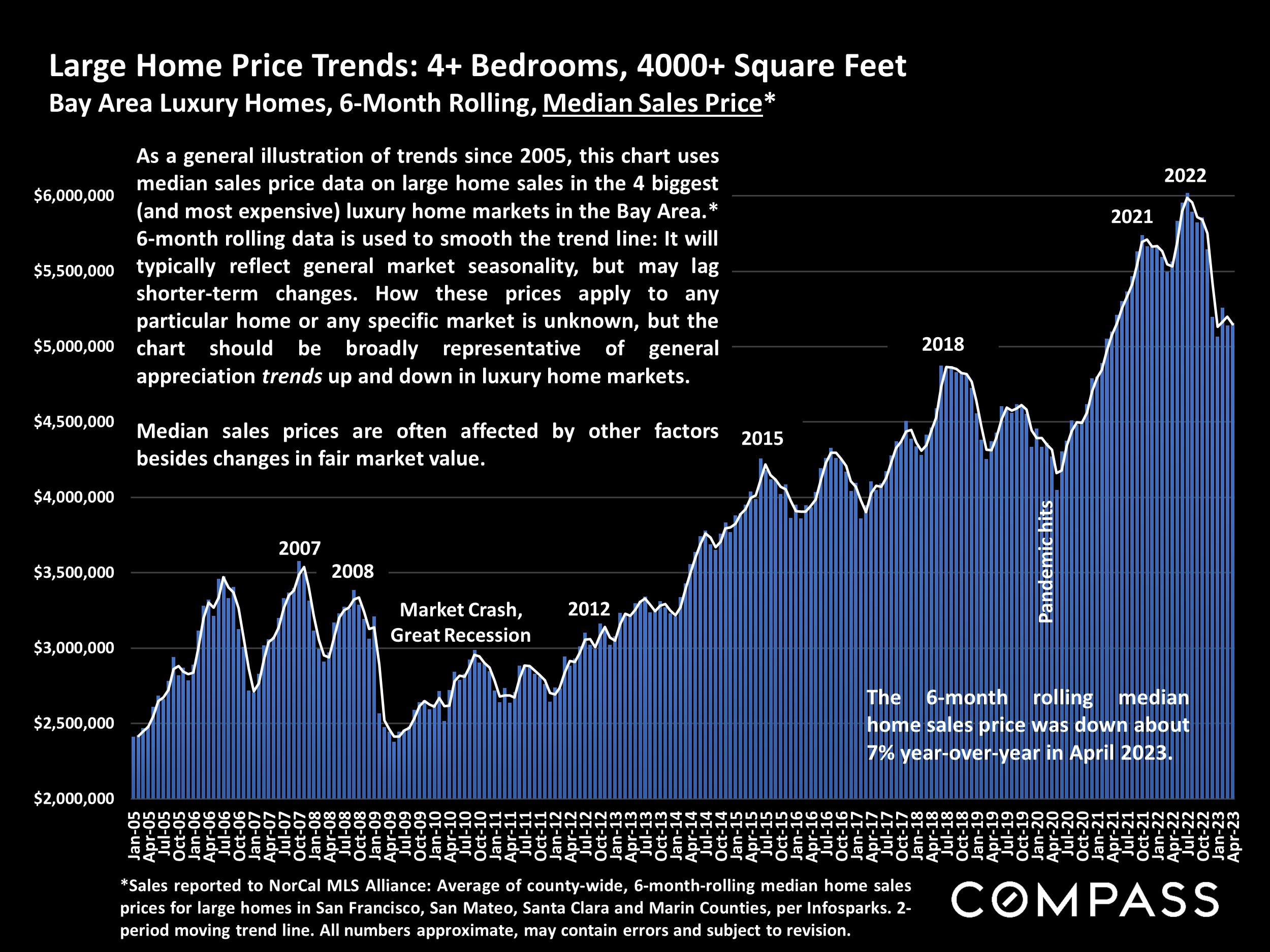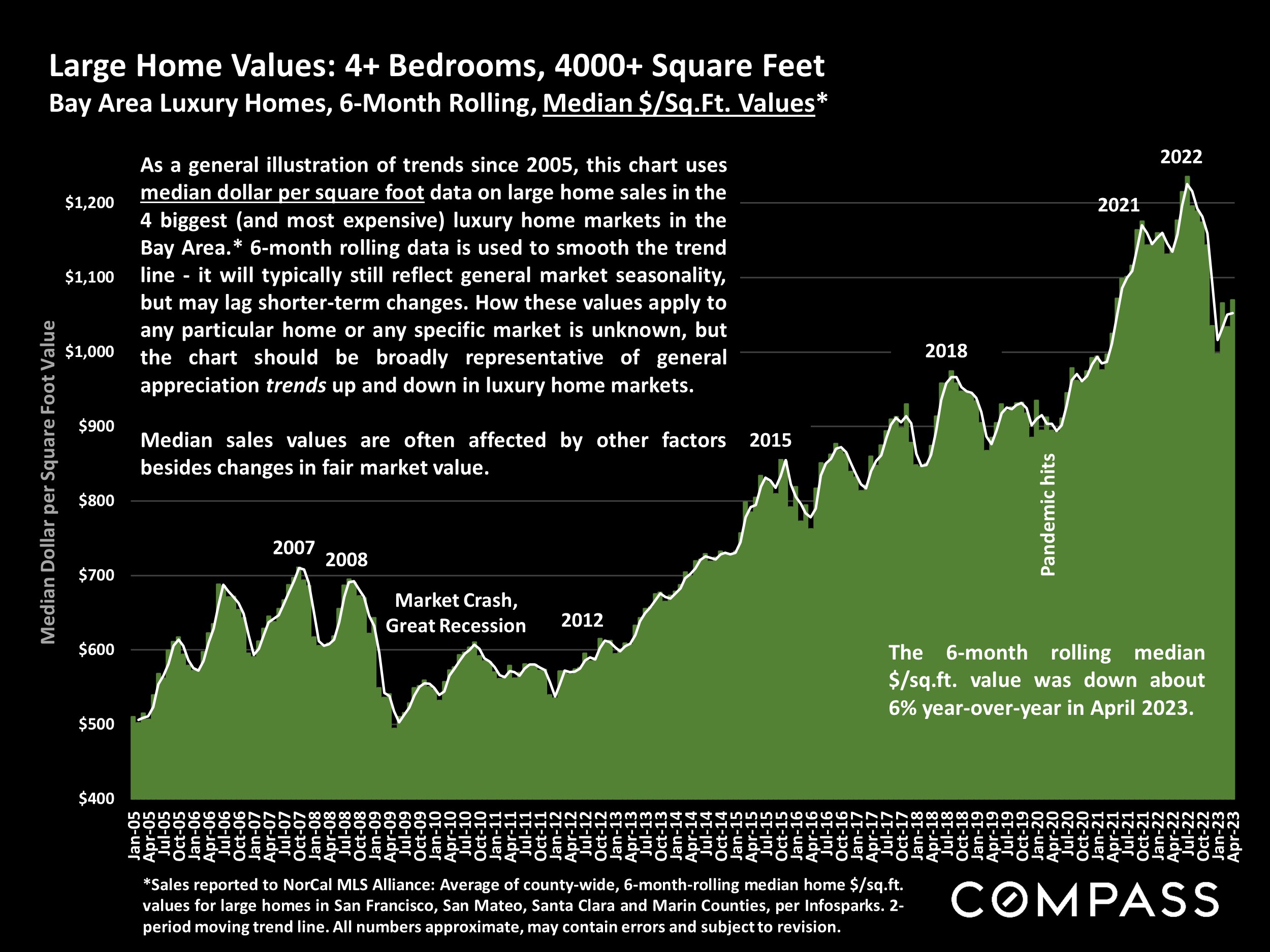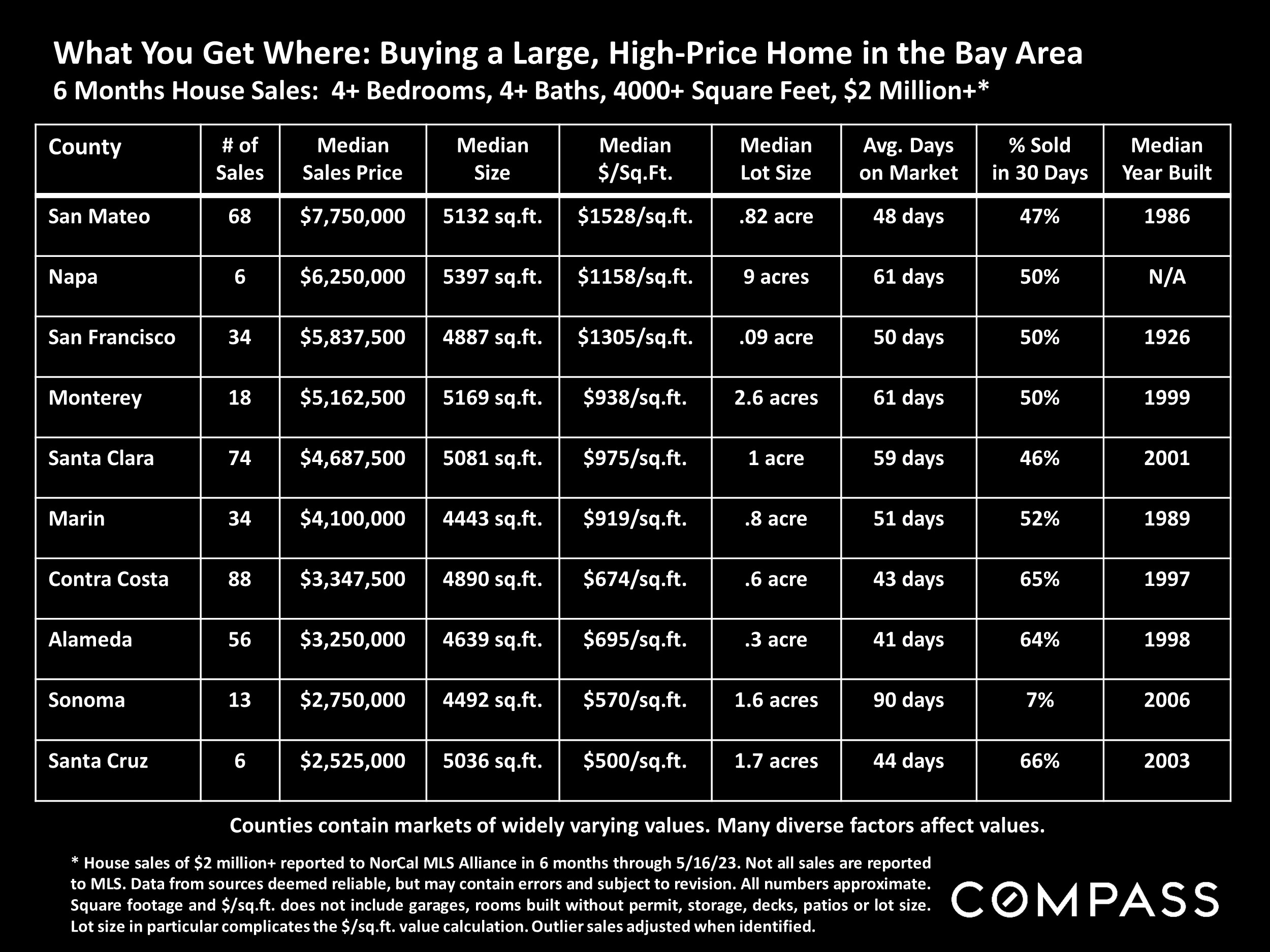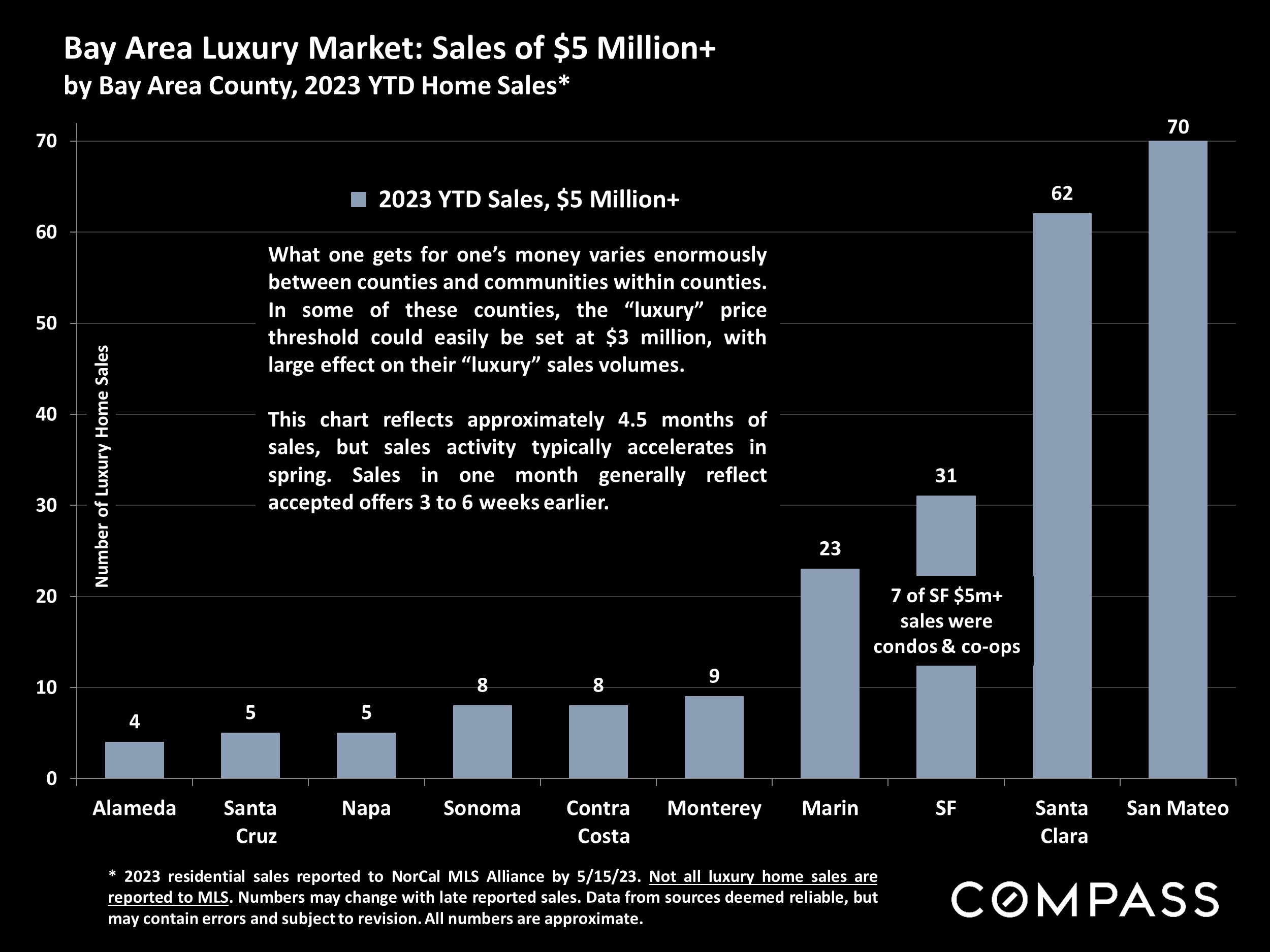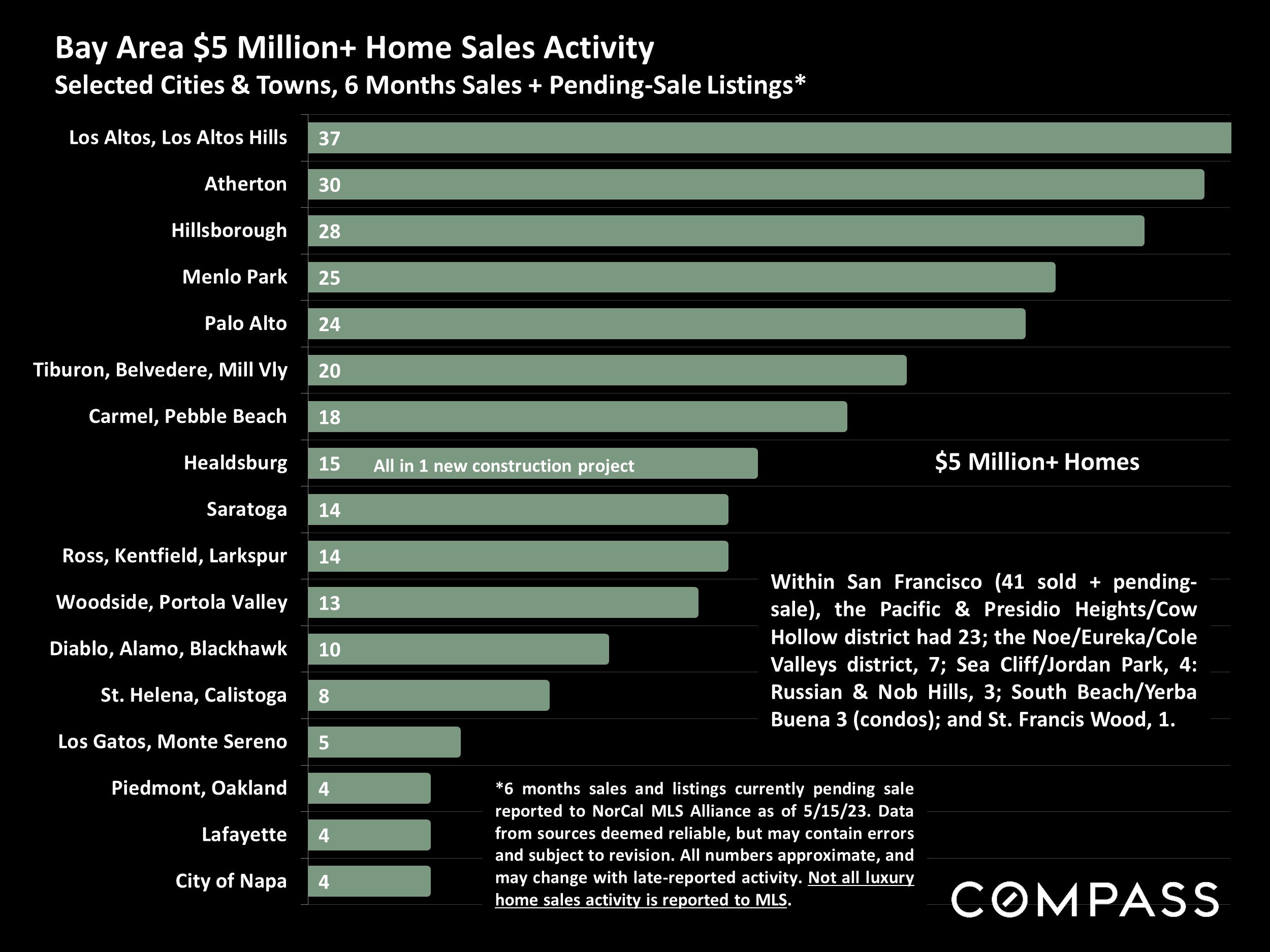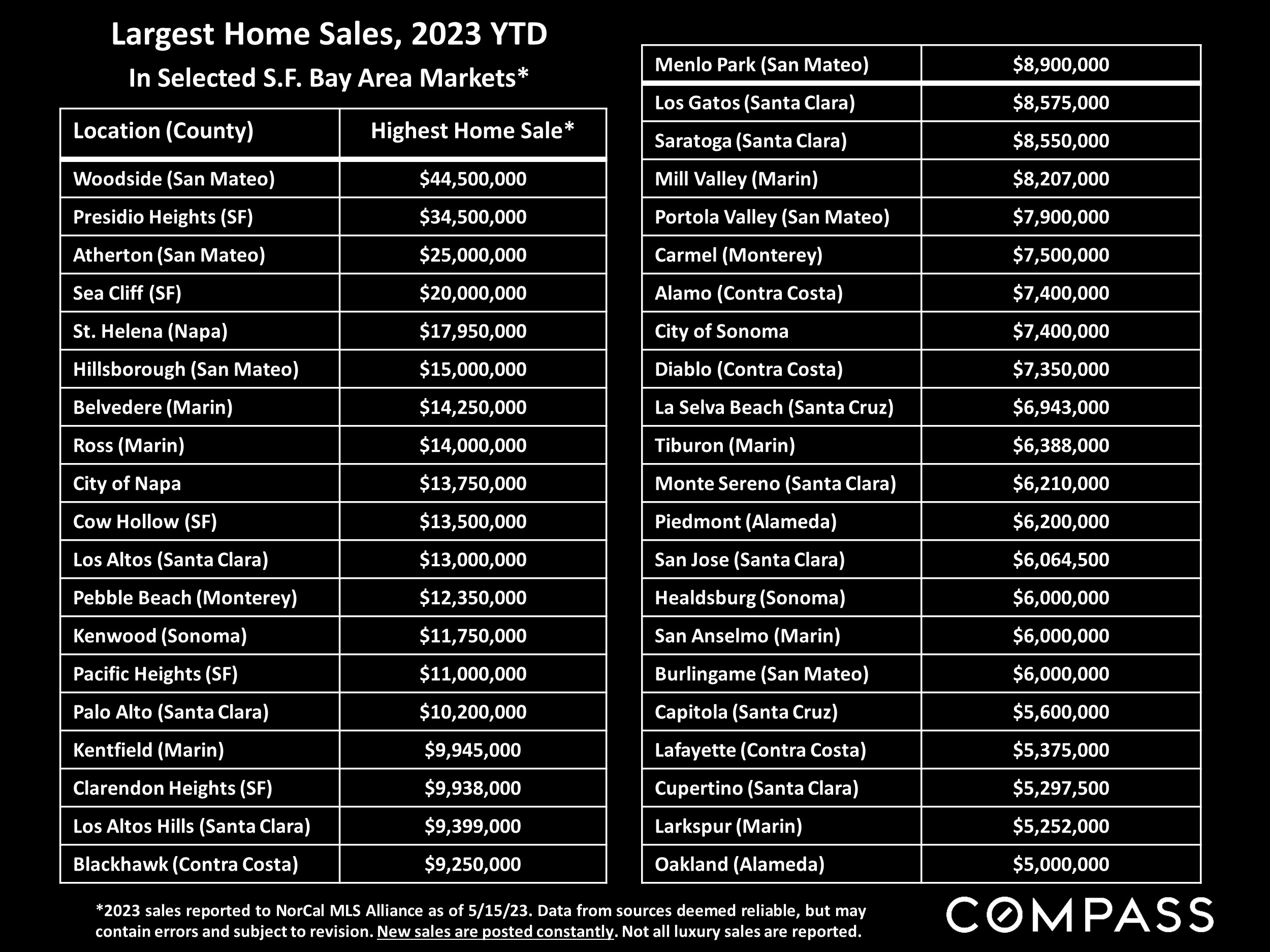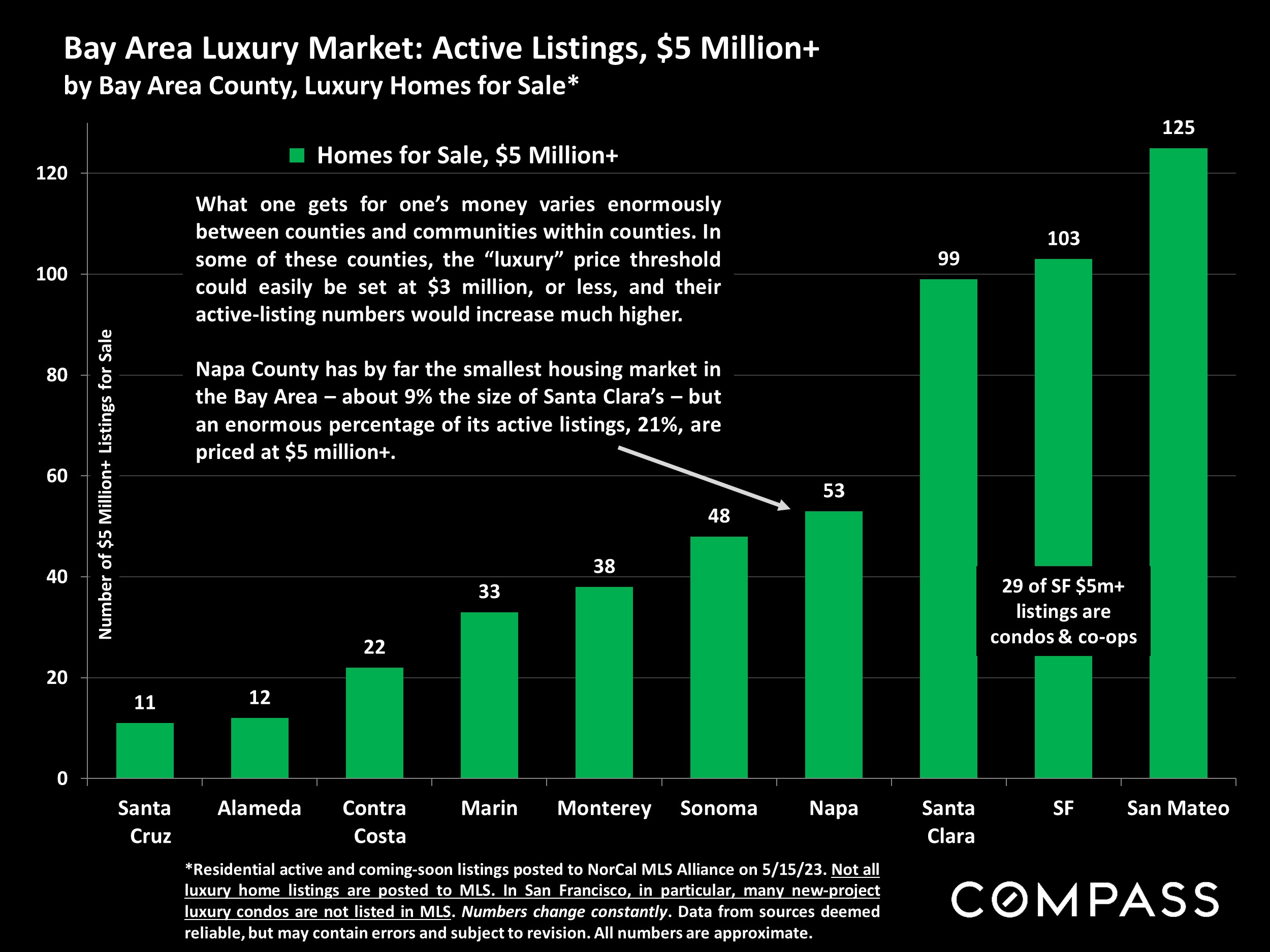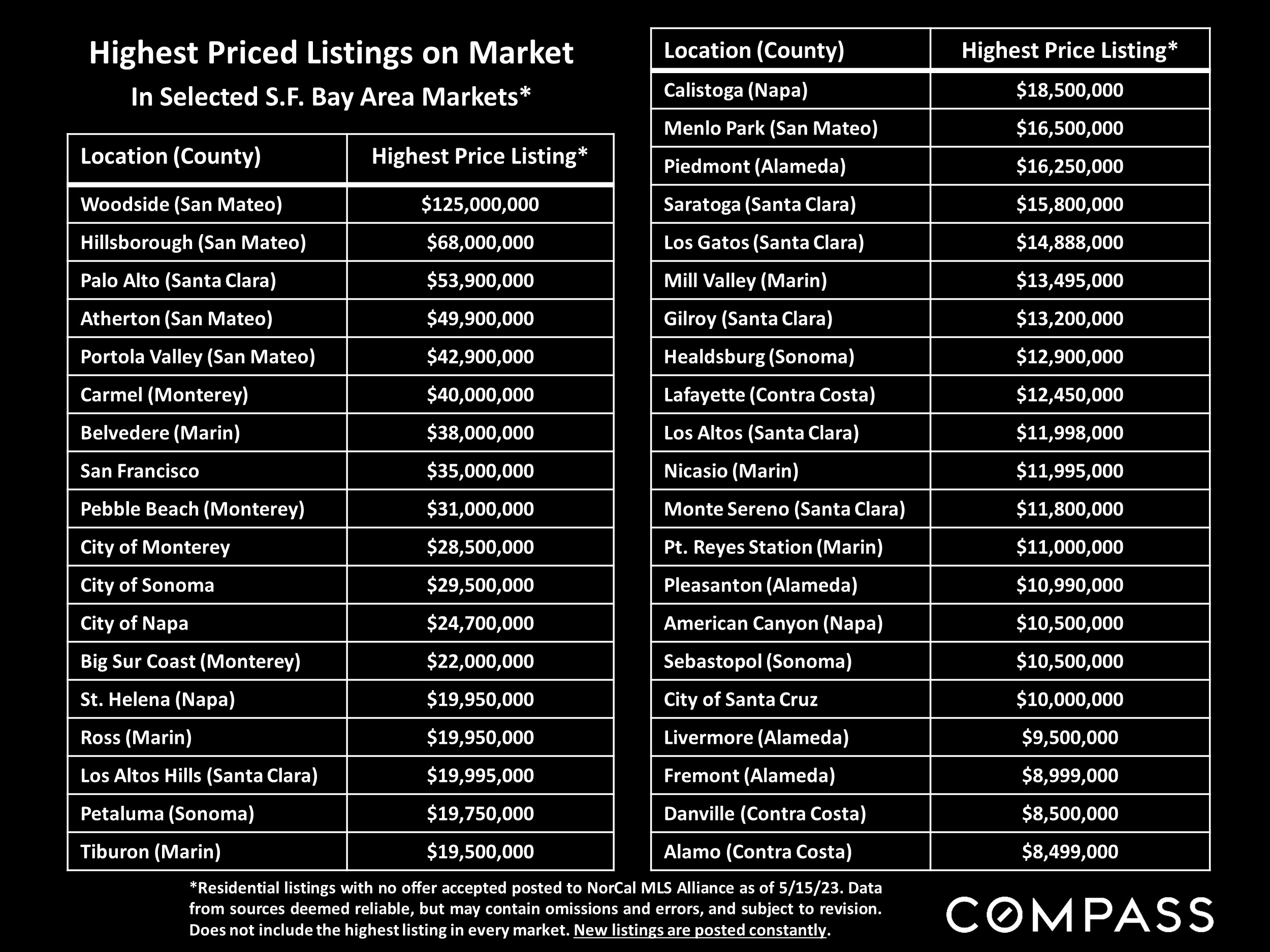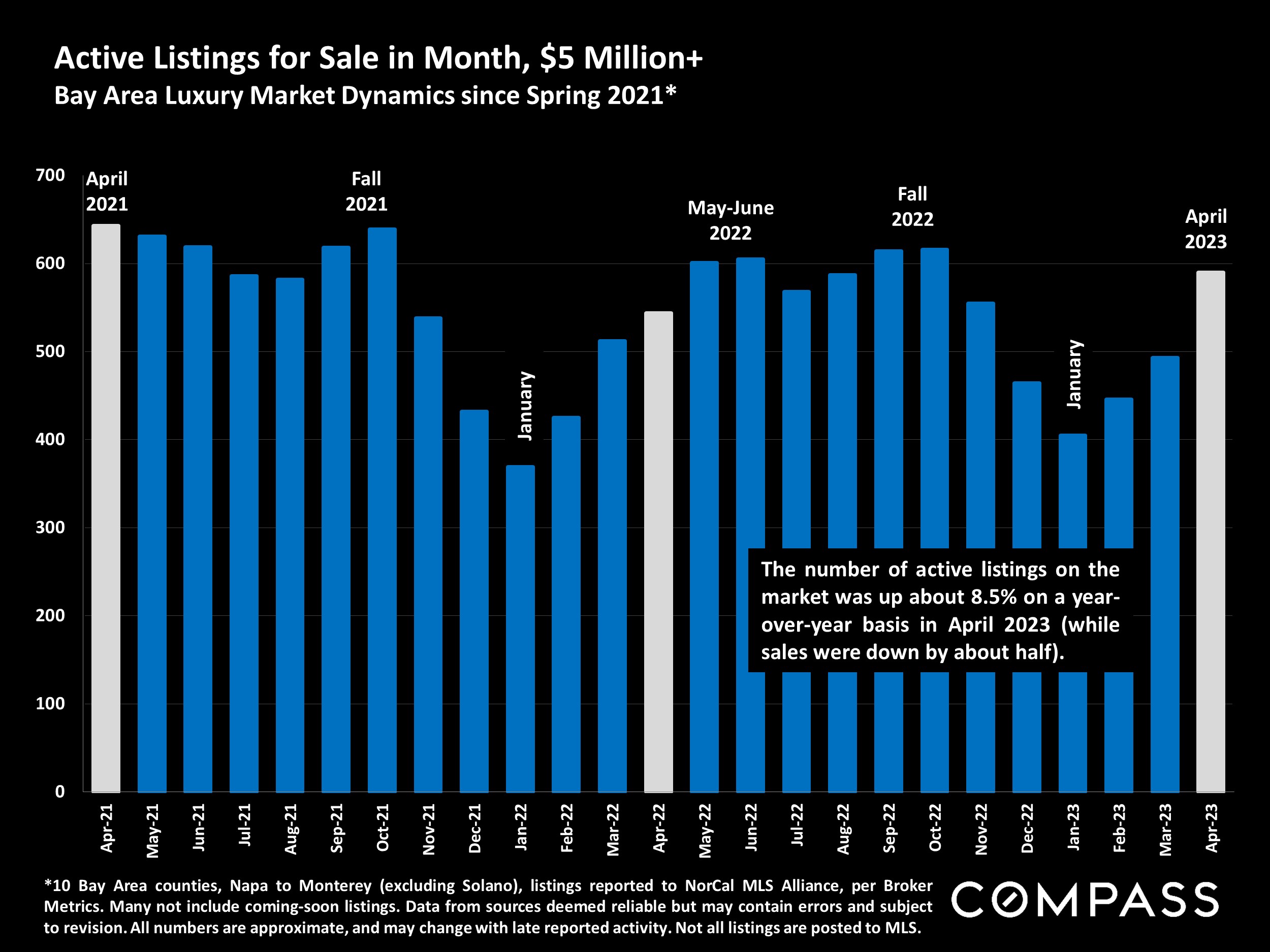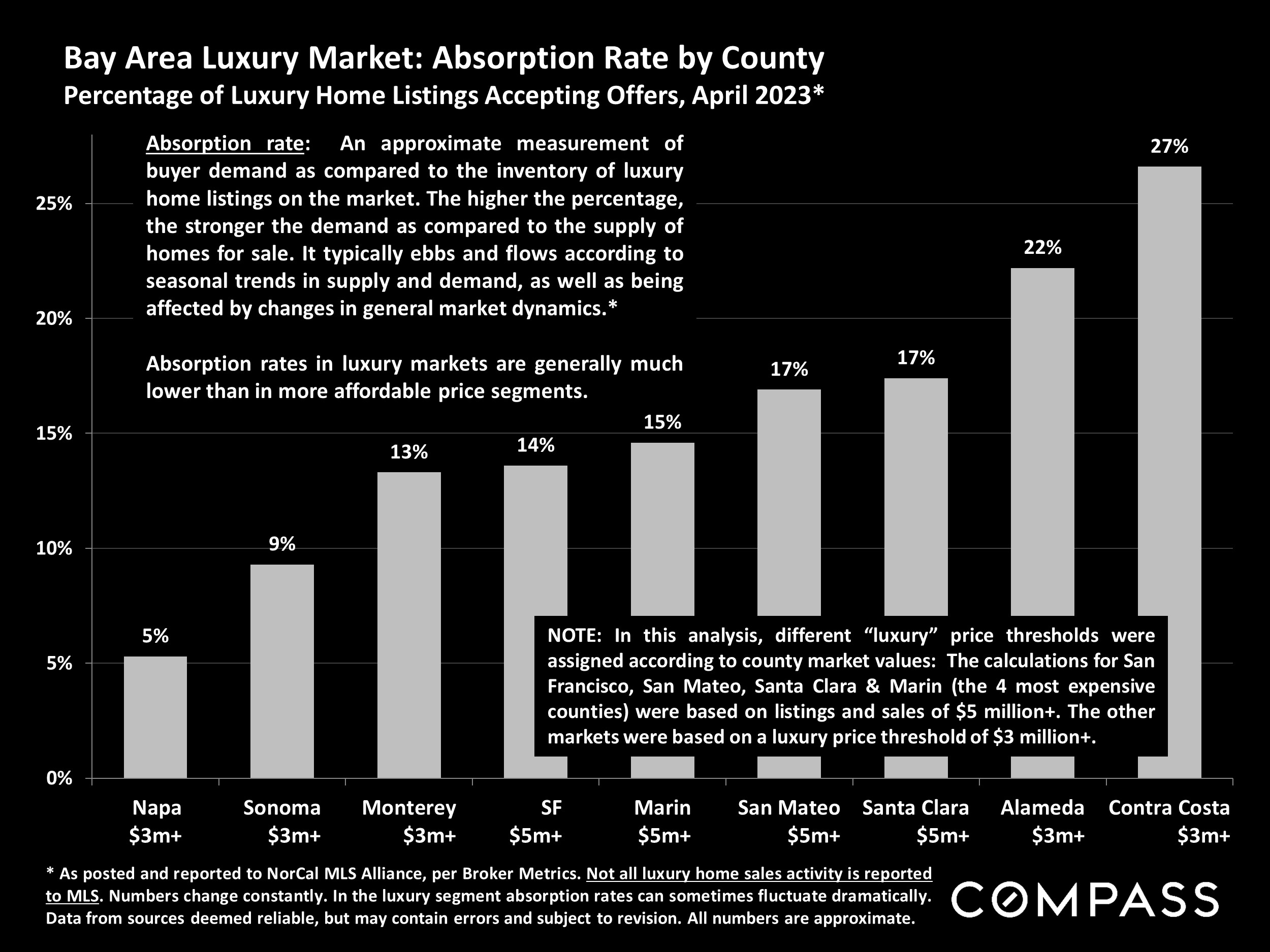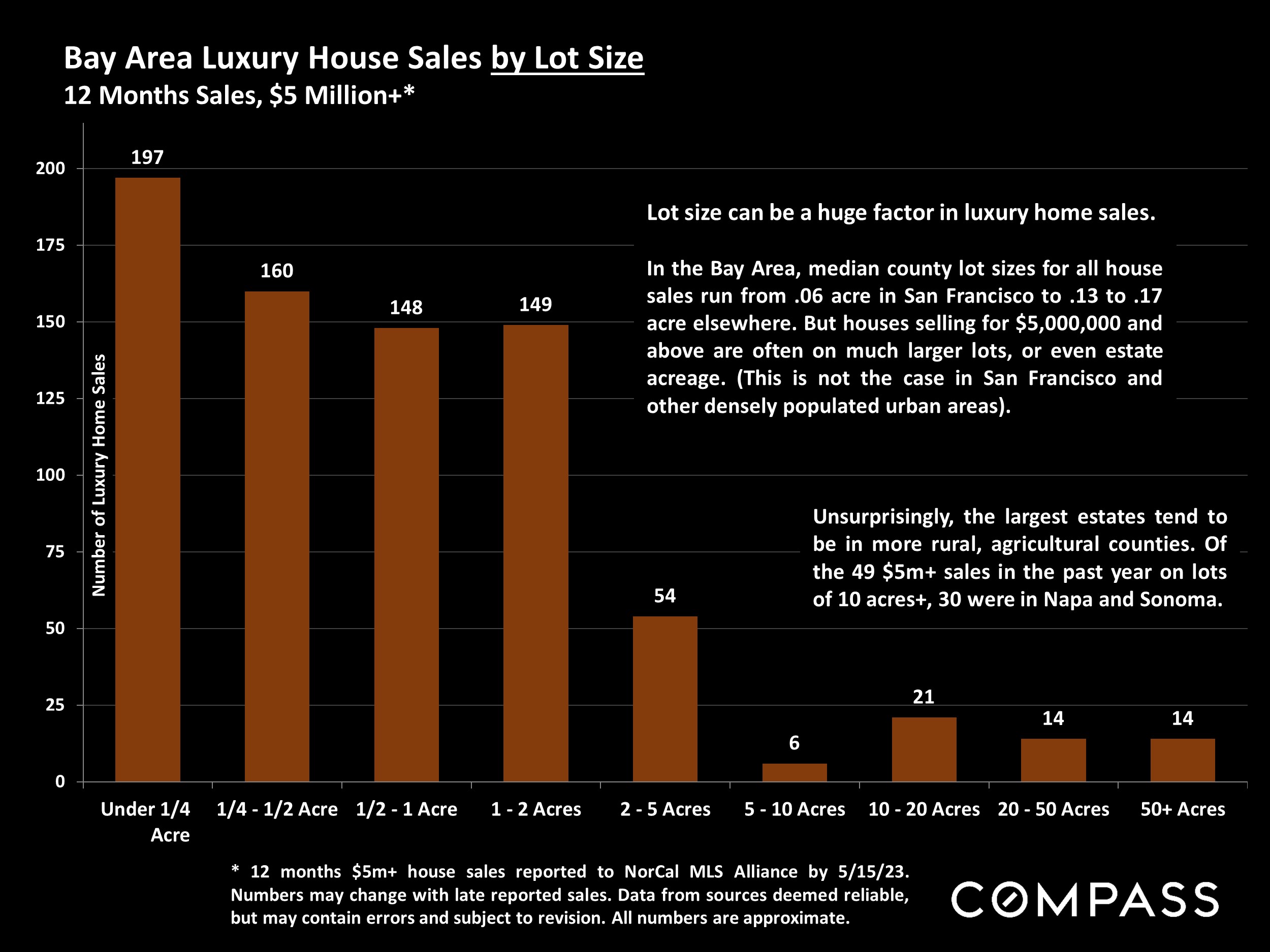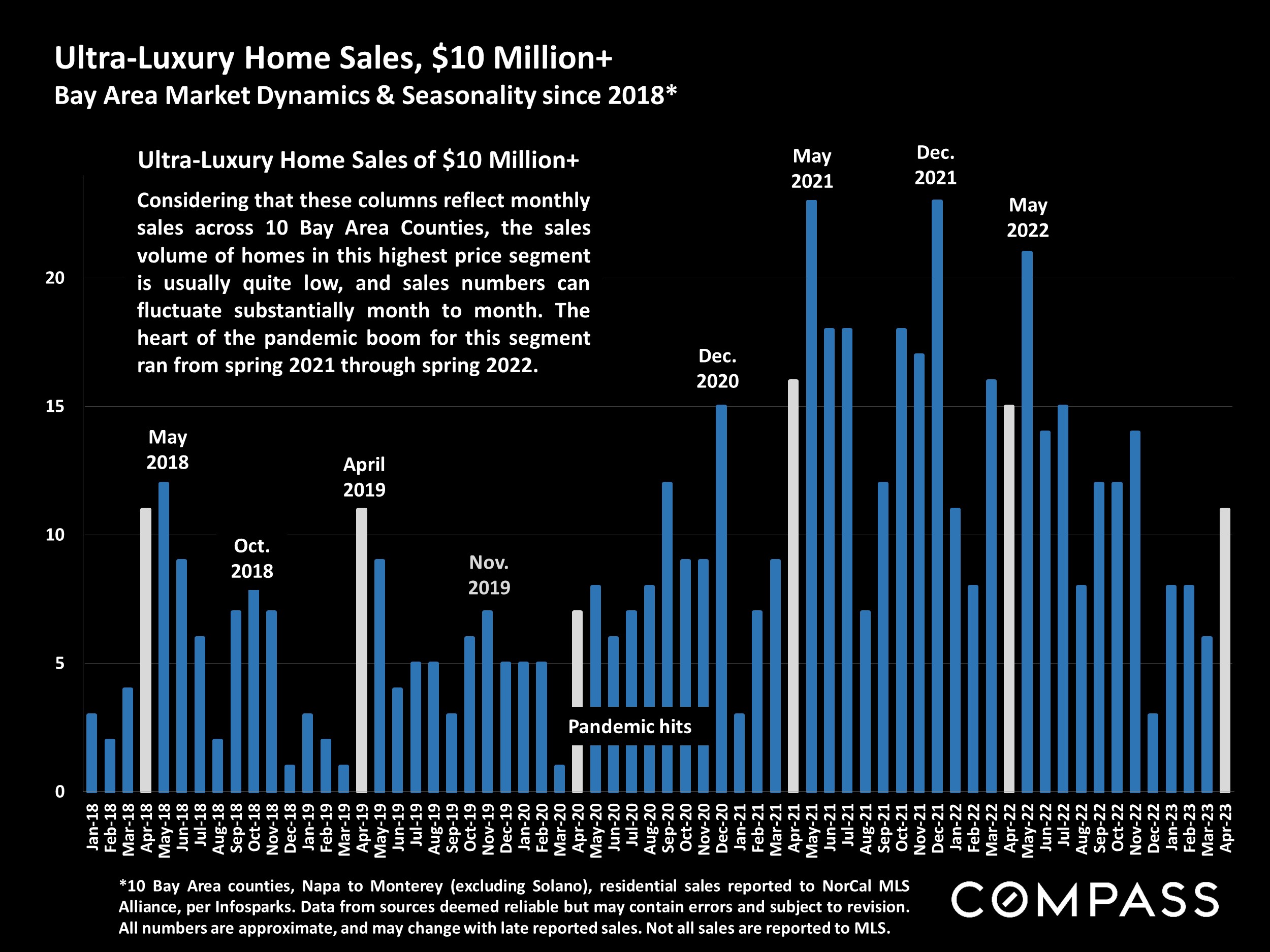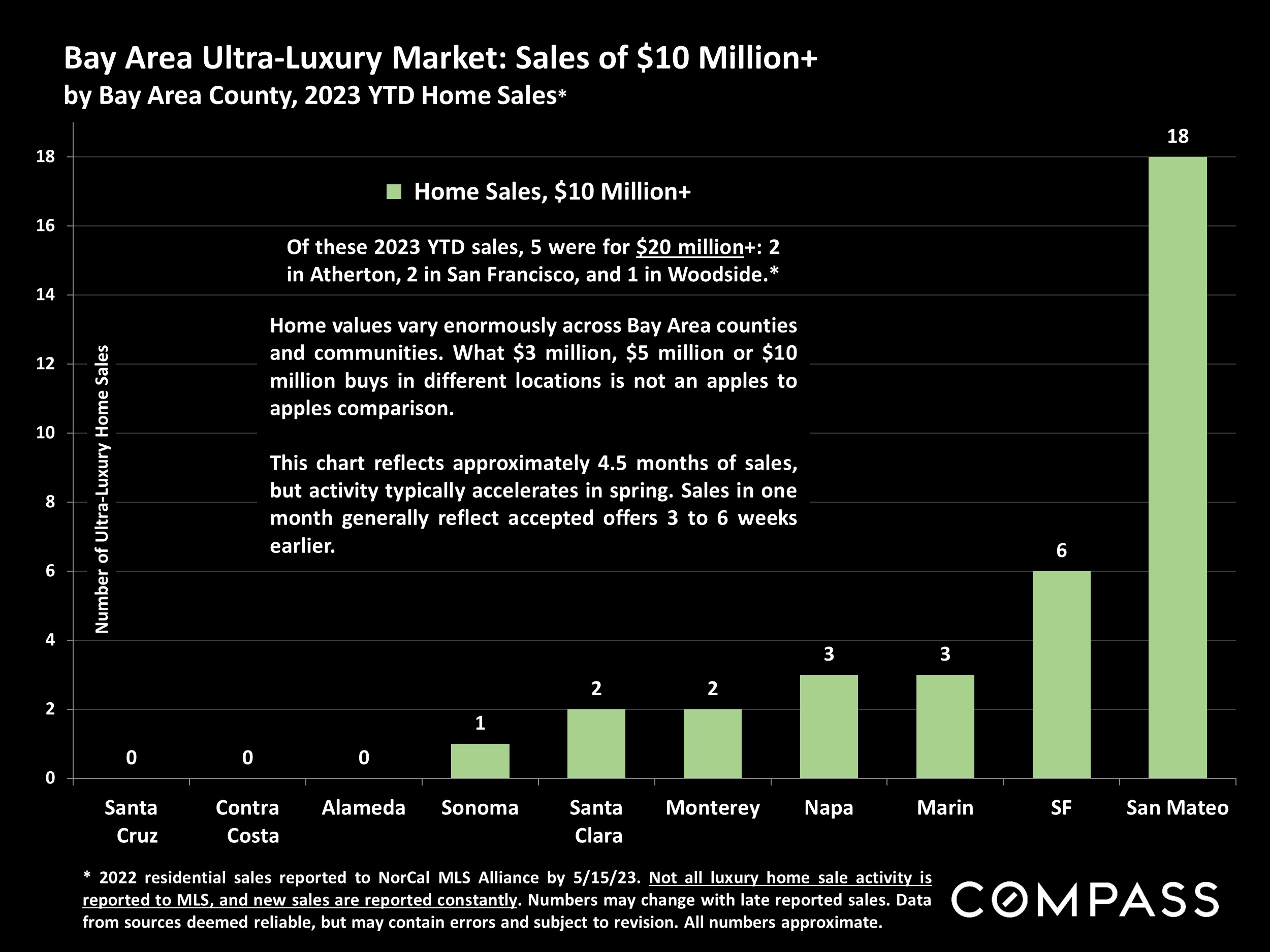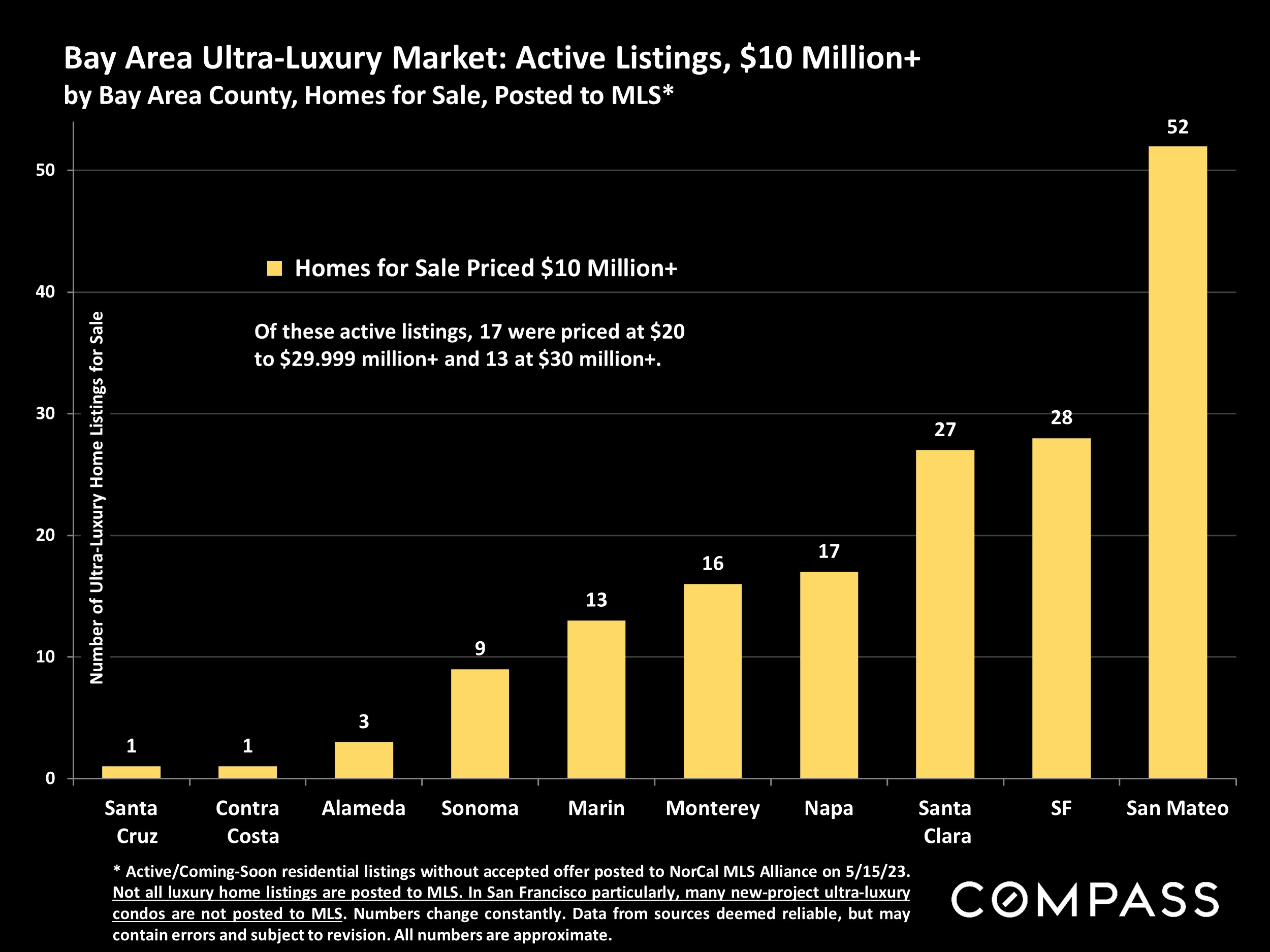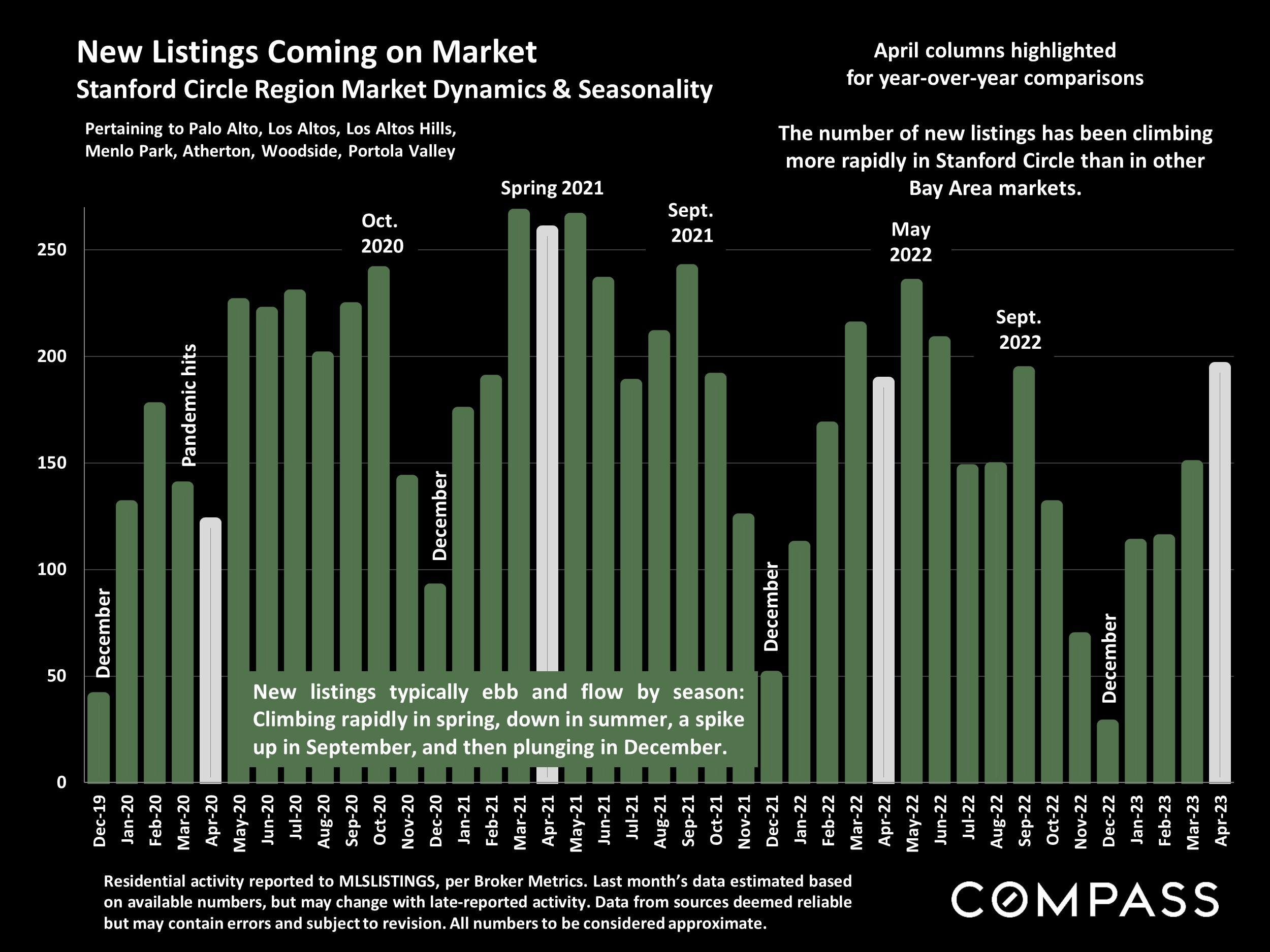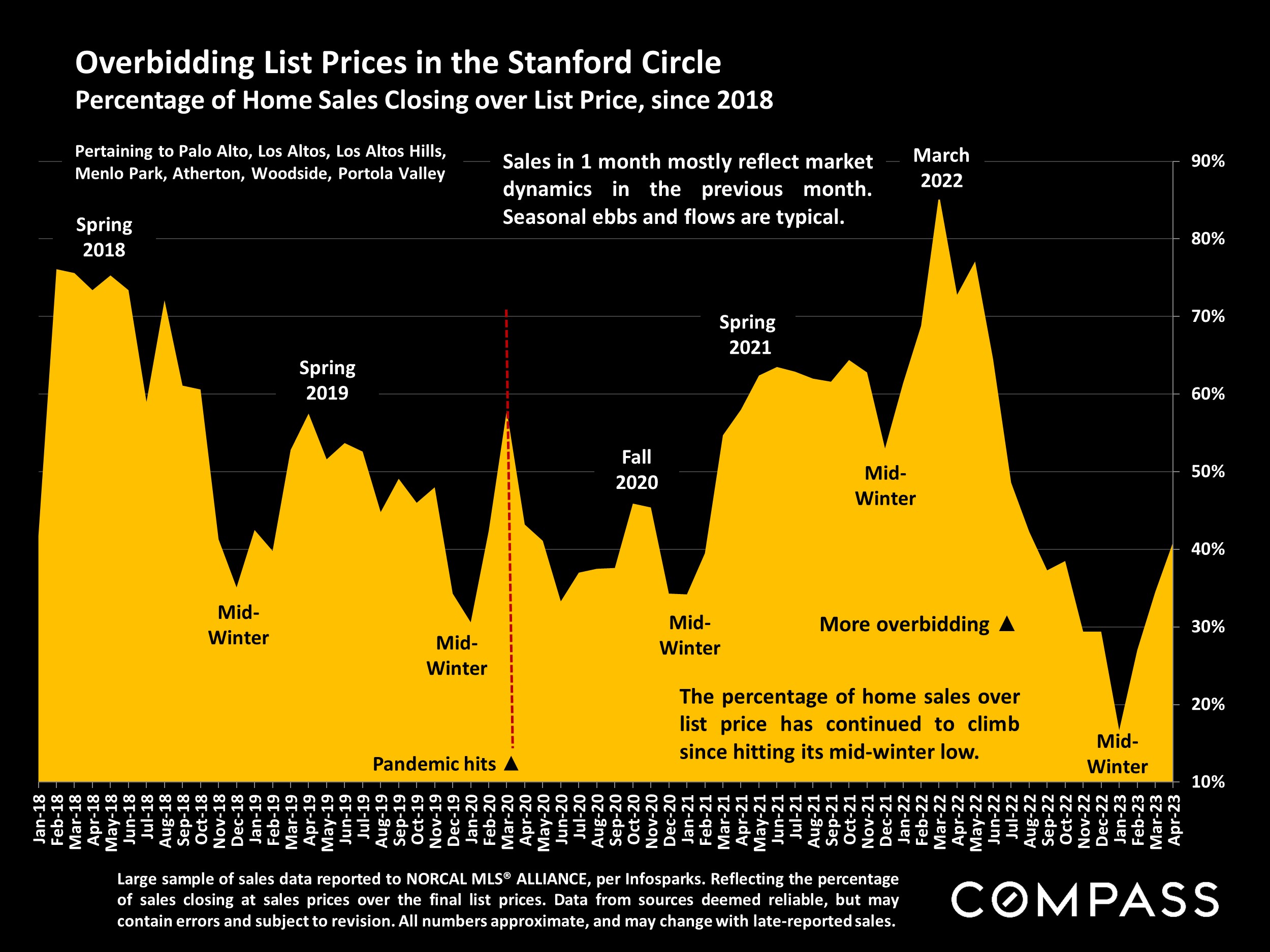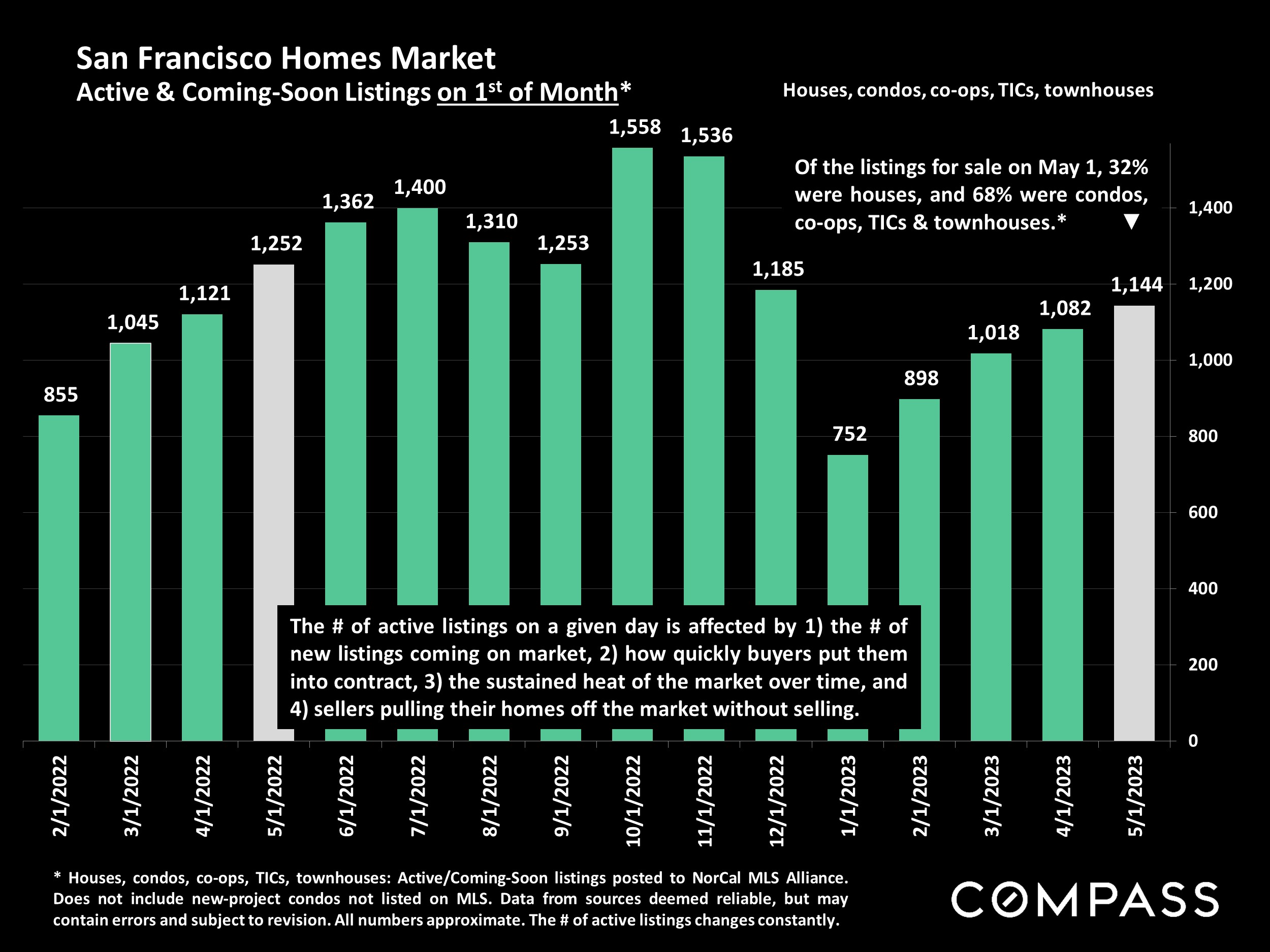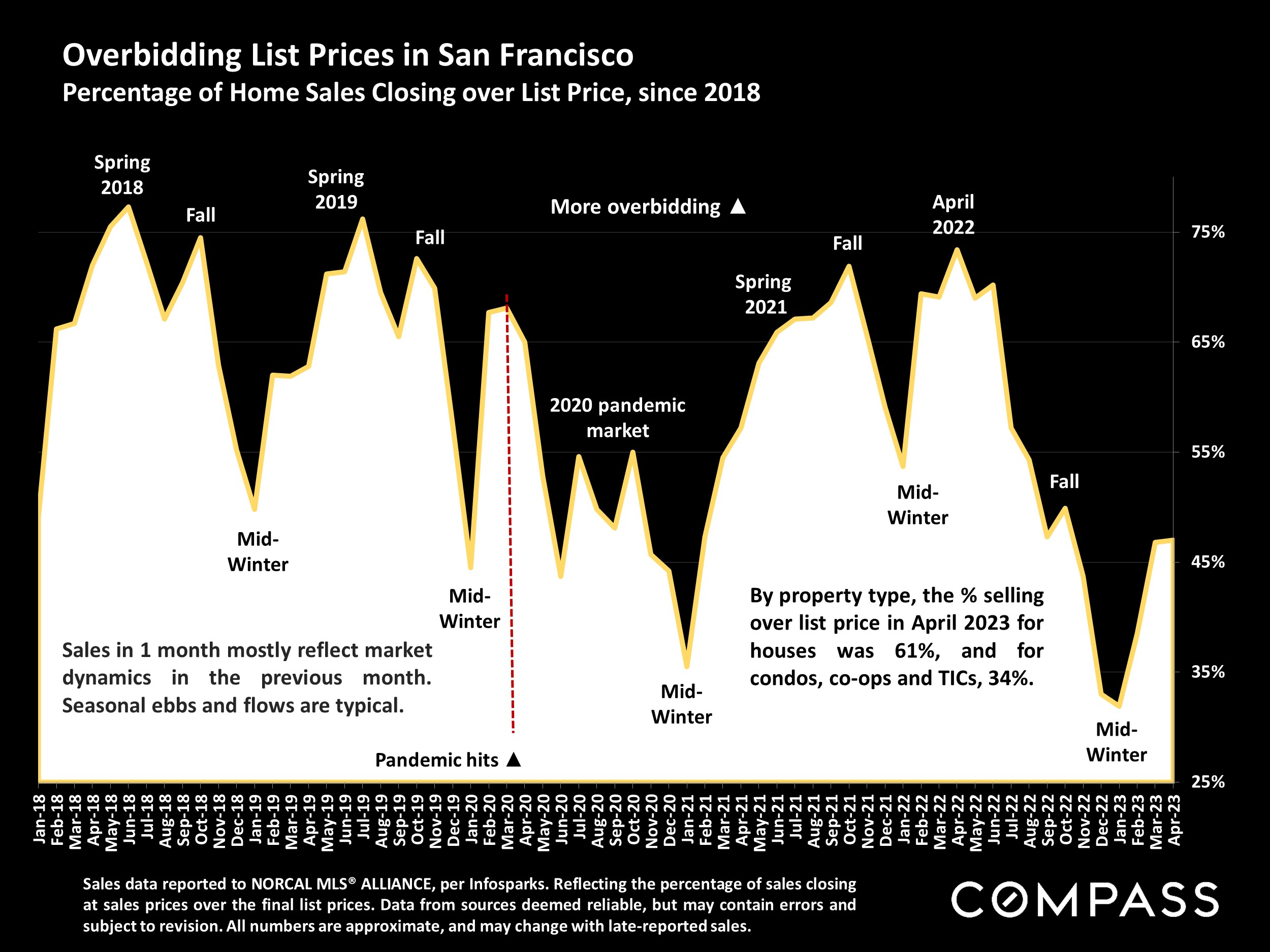“The surprisingly quick recovery [of the housing market] suggests that the residential real-estate downturn is turning out to be shorter and shallower than many housing economists expected after mortgage rates soared last year…There still aren’t enough homes for sale to meet demand.” The Wall Street Journal, “The Fall in Home Prices May Already Be Over,” 9/8/23
Generally speaking, the market rebounded much more strongly in 2023 than seemed possible at the end of 2022, when, after hitting historic peaks during the pandemic boom, economic and demand indicators hit their lowest points since the great recession. The decline in the number of sellers putting their homes on the market continues to be an enormous factor in the balance – or imbalance between supply and demand, in the recovery in home prices, and the decline of overall sales volumes. In August, the average, weekly, 30-year mortgage rate, as published by FHLMC, ticked back up over 7%, a situation which continues to significantly impact housing affordability. Perhaps in response, the percentage of buyers paying all cash has been running at its highest national level in 8 years.
After the usual summer slowdown from spring (though, unusually, August saw the highest monthly number of San Mateo County luxury home sales since spring 2022), the autumn selling season began after Labor Day and runs until early-mid November, when the market typically begins its big, mid-winter holiday slowdown. By Thanksgiving, the number of new listings coming on market has plummeted, and December or January commonly sees the lowest level of monthly sales activity.
In the meantime, we expect to see substantial activity this fall. September often sees a considerable jump in new listings coming on market. We also expect that year-over-year median home sales price appreciation will soon turn positive again after 12 months of declines.
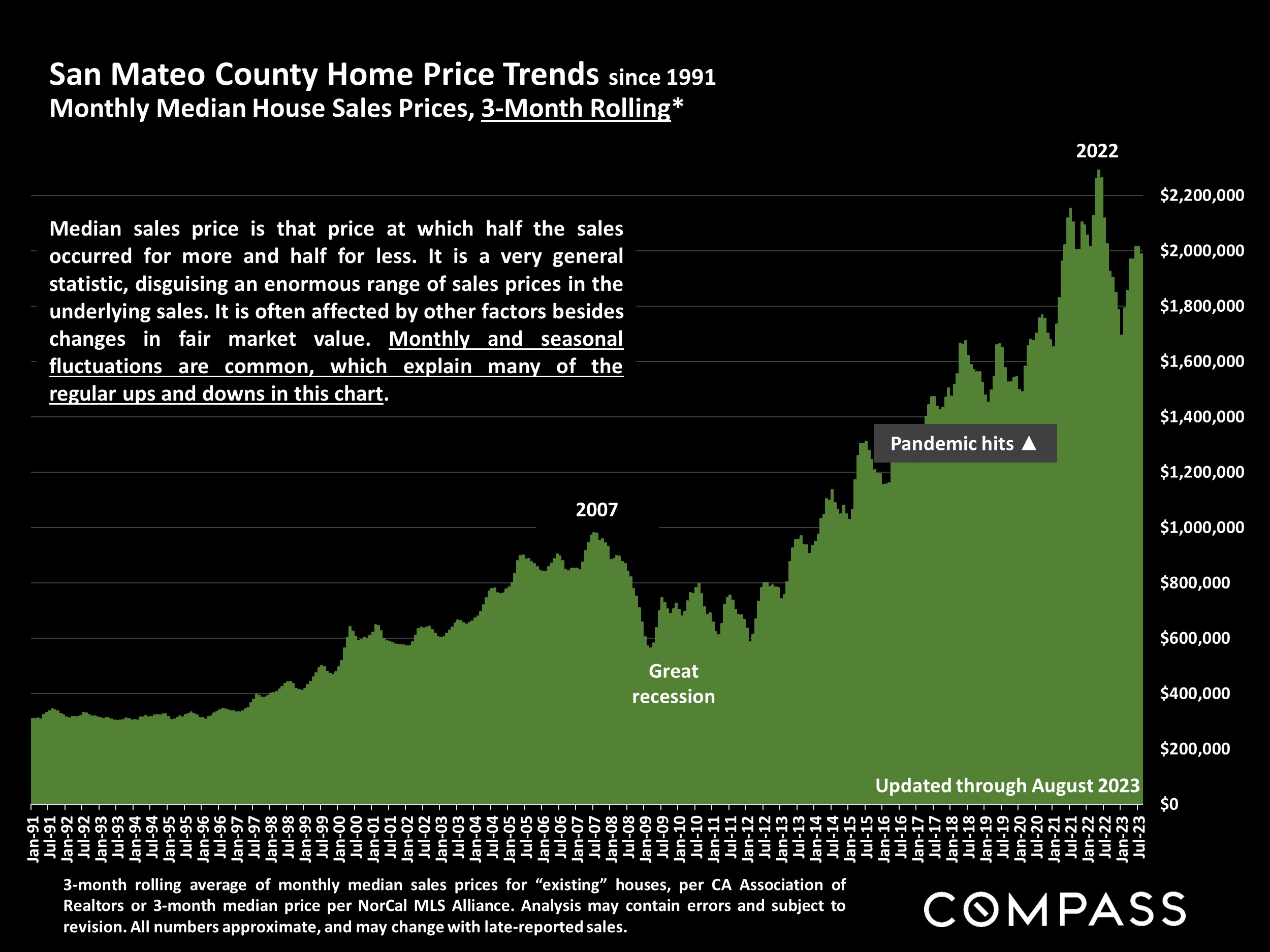
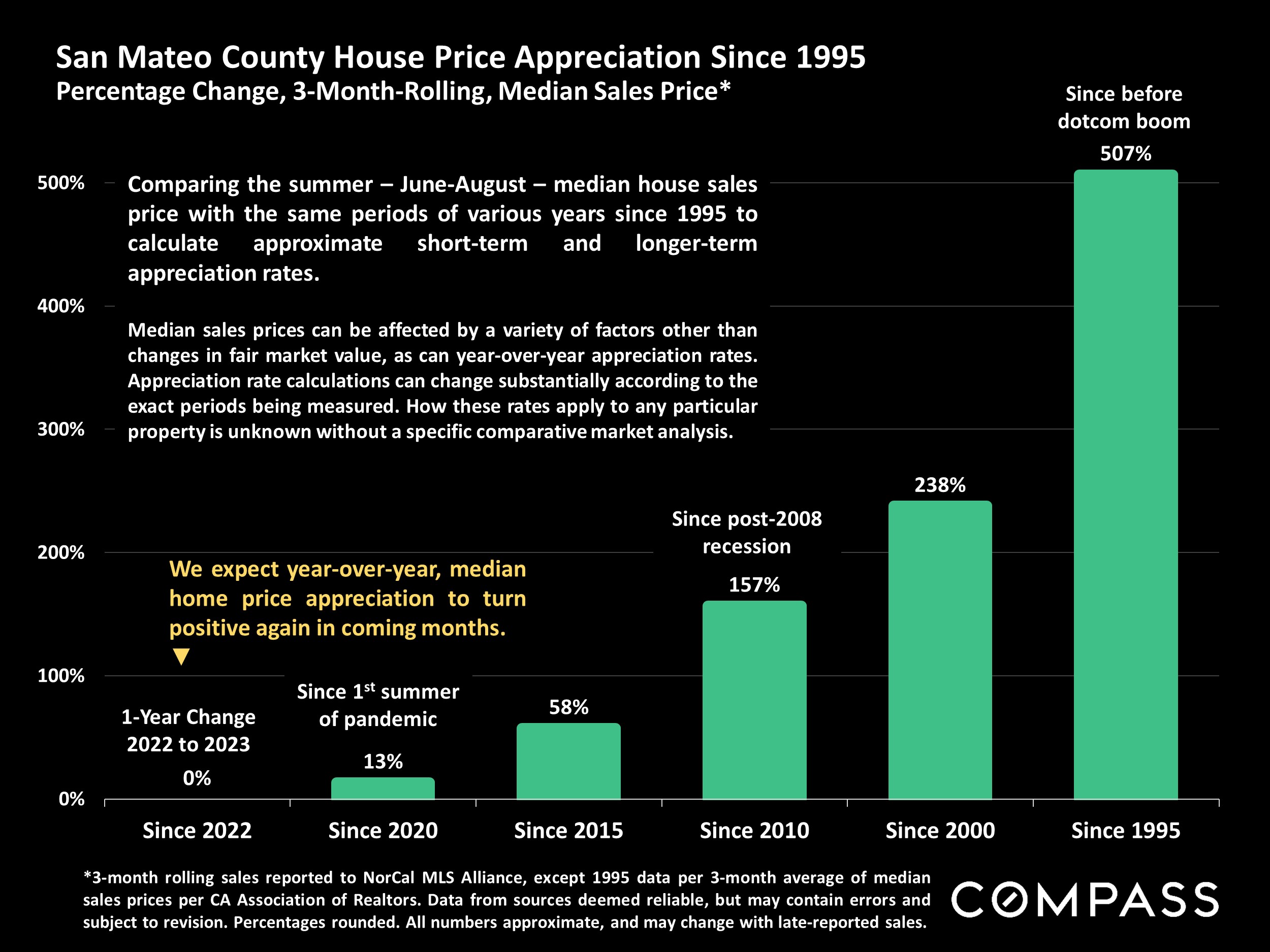
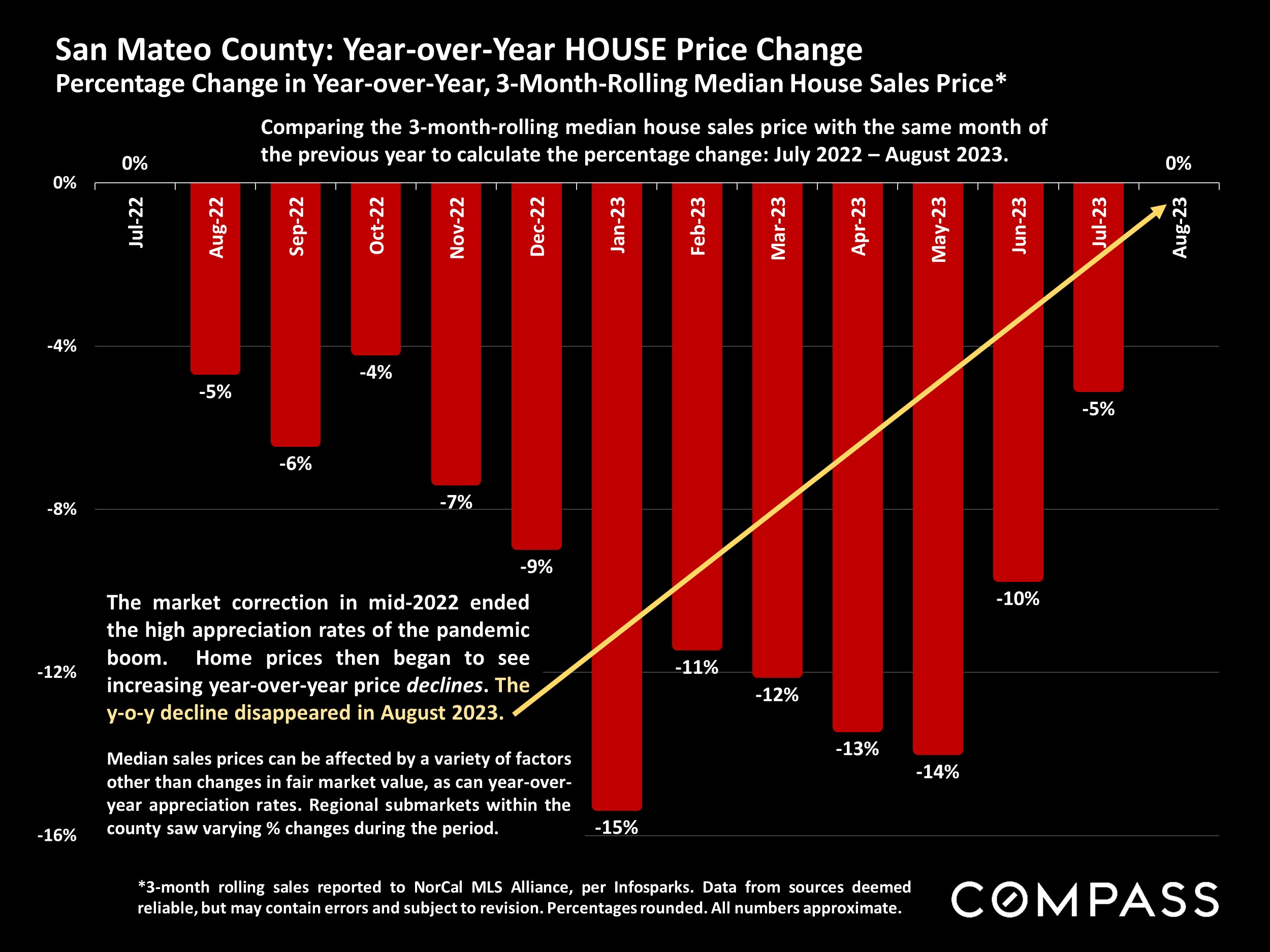
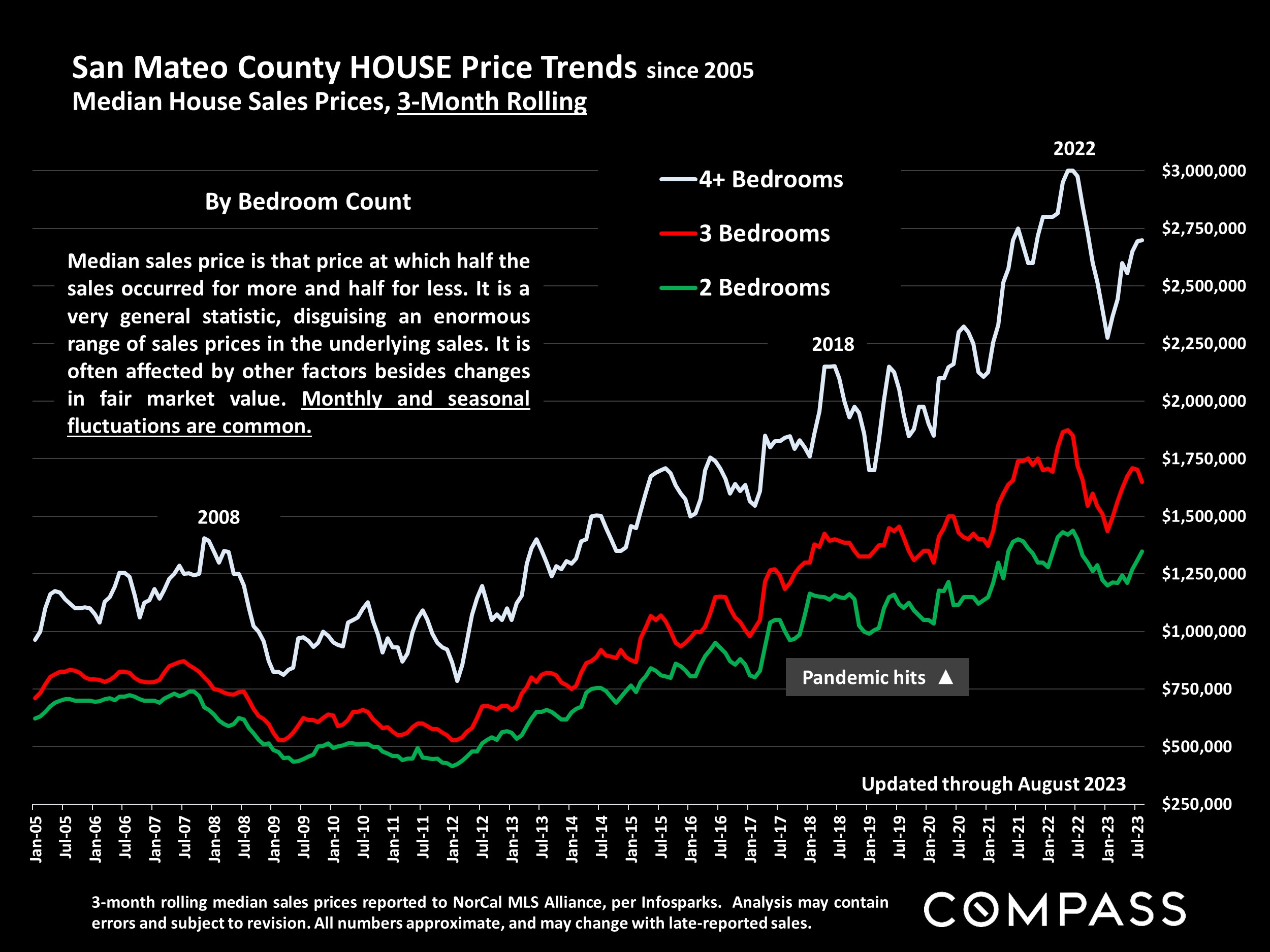
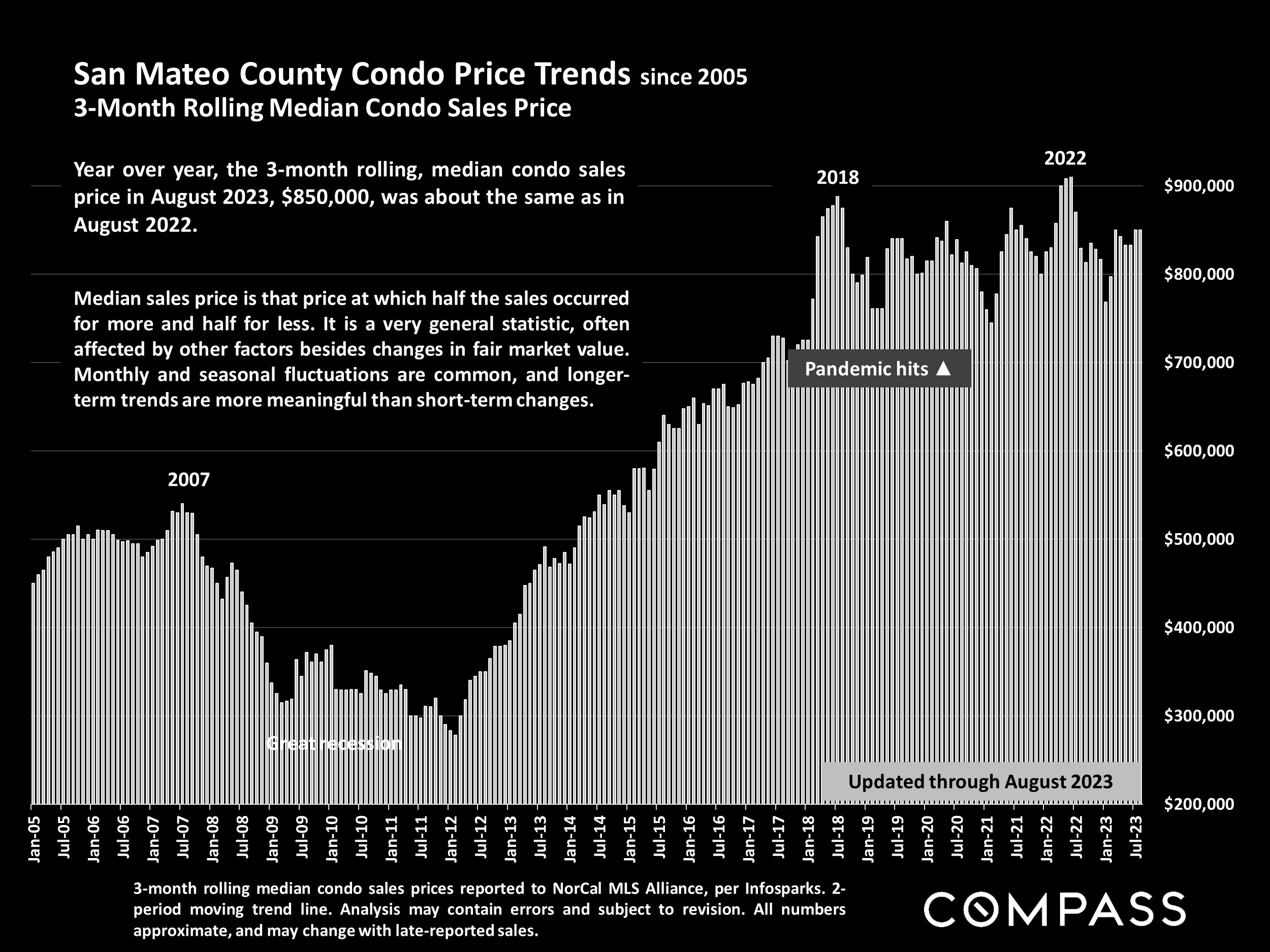
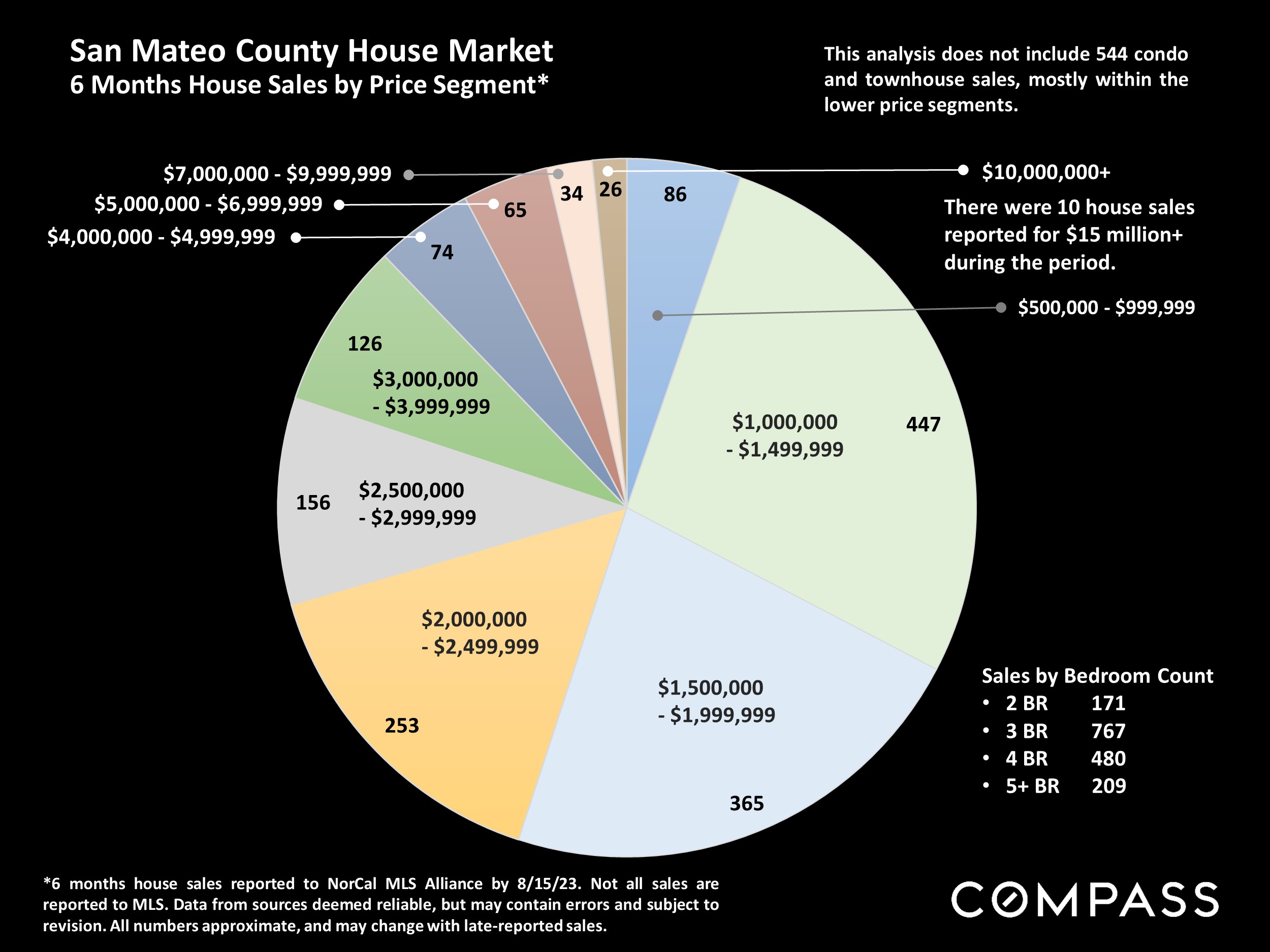
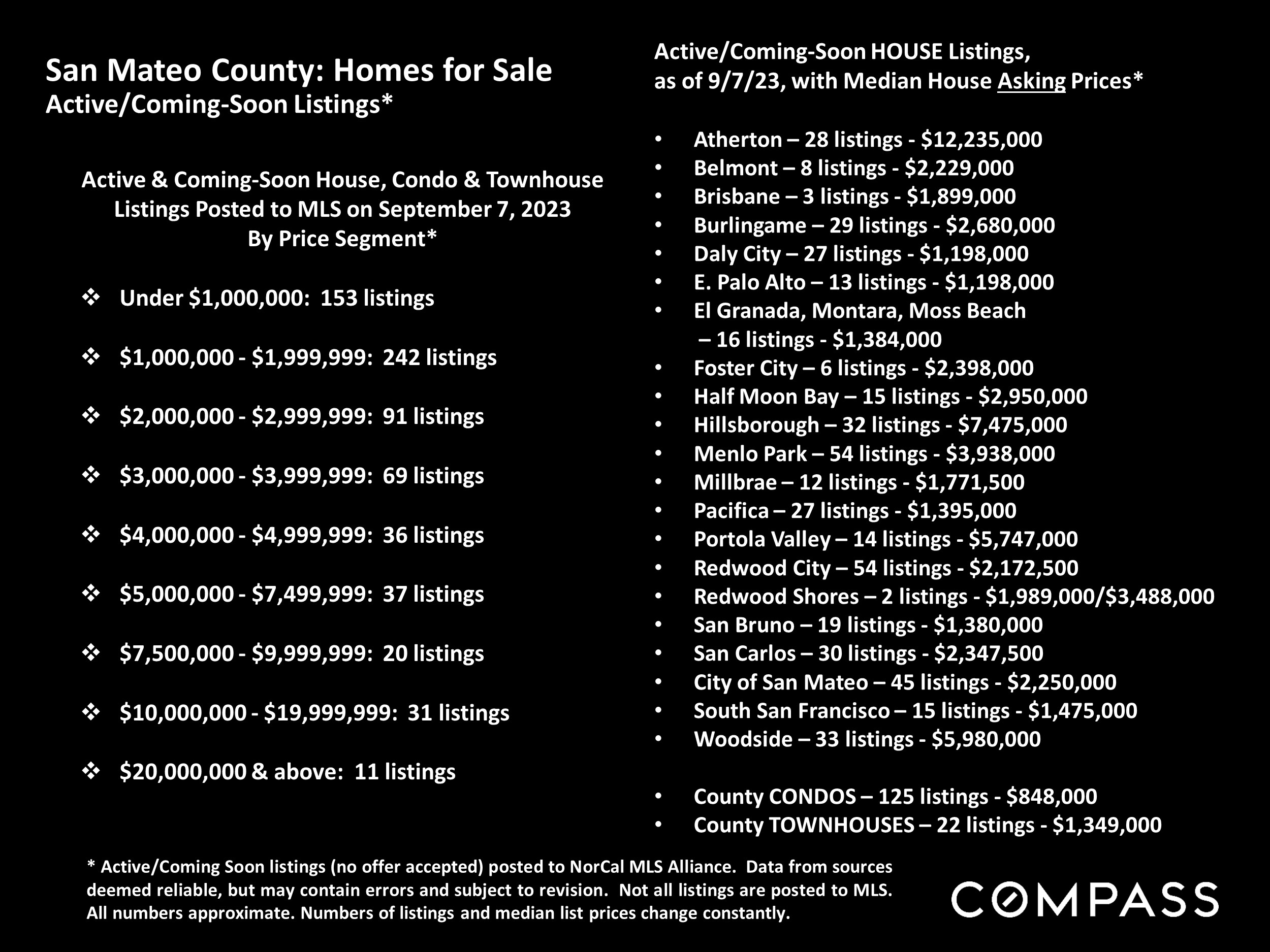
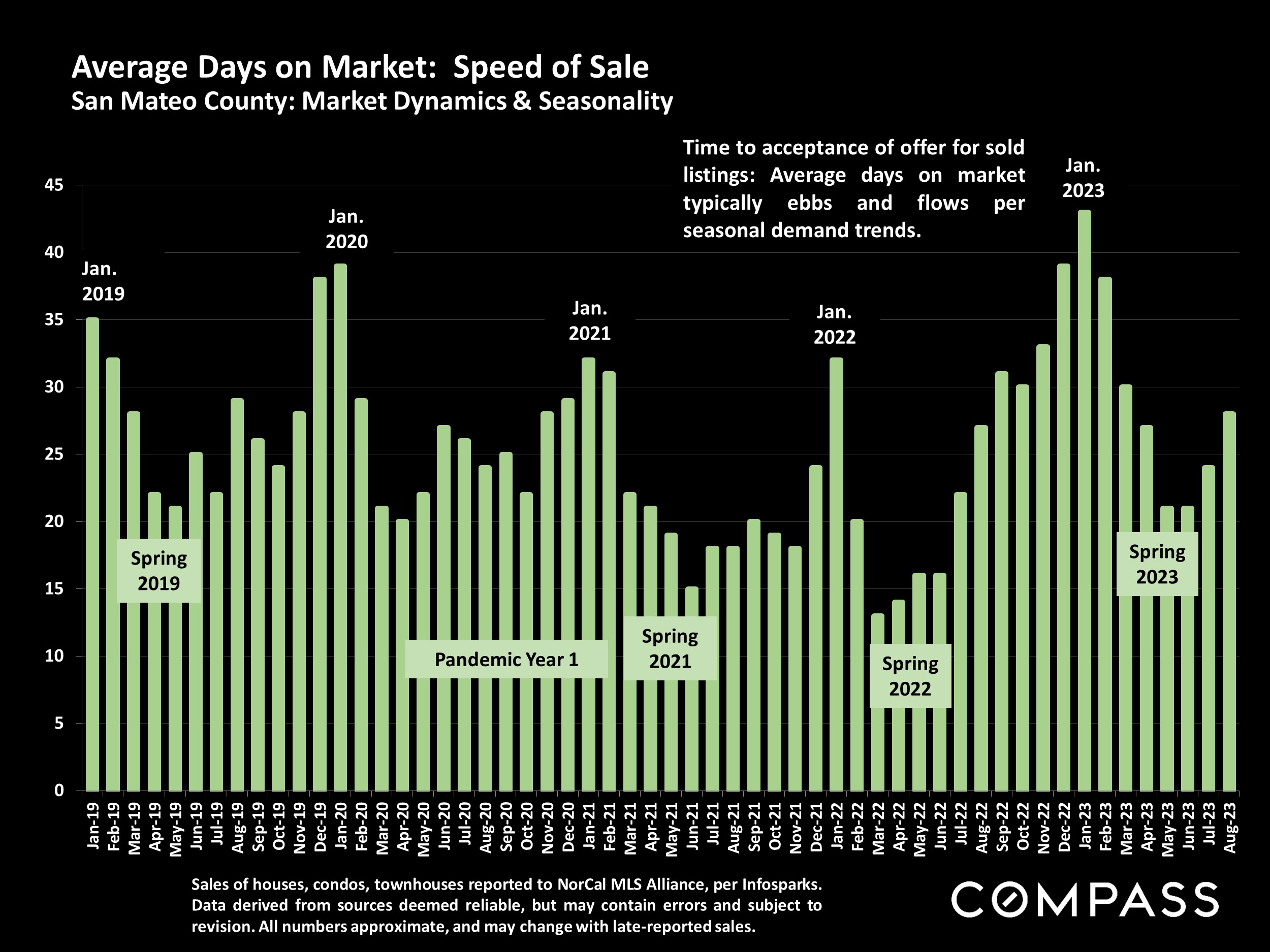
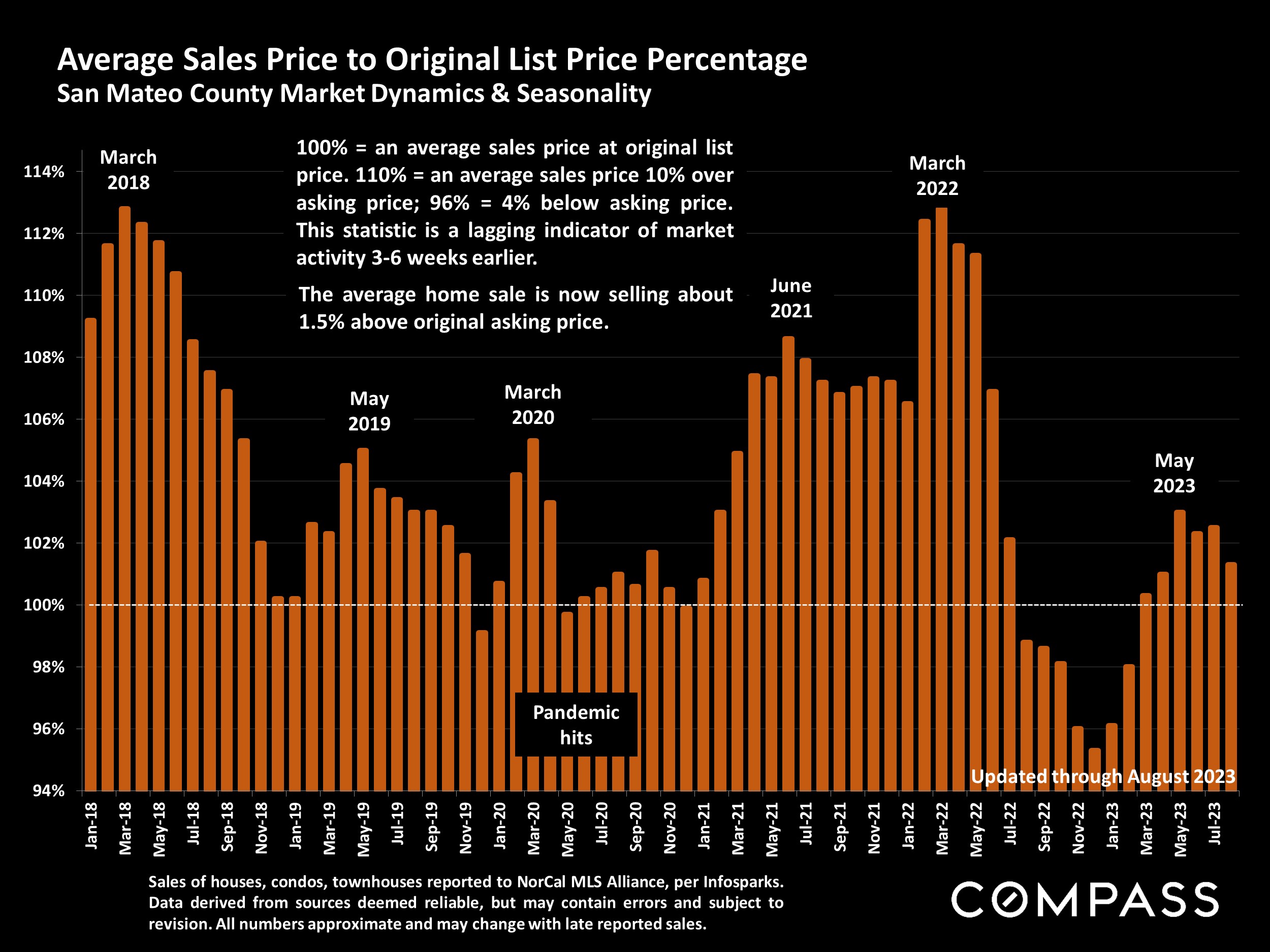
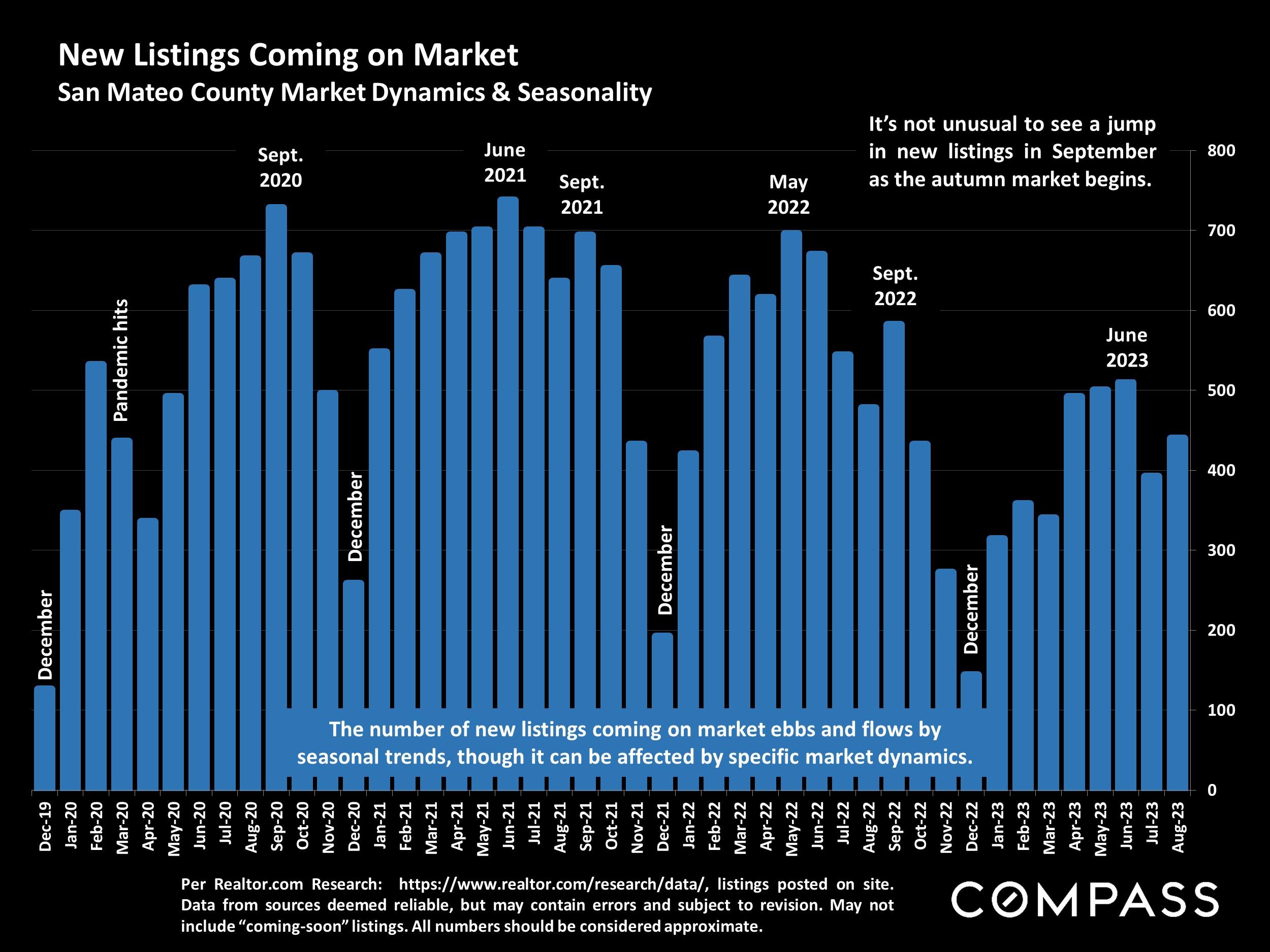
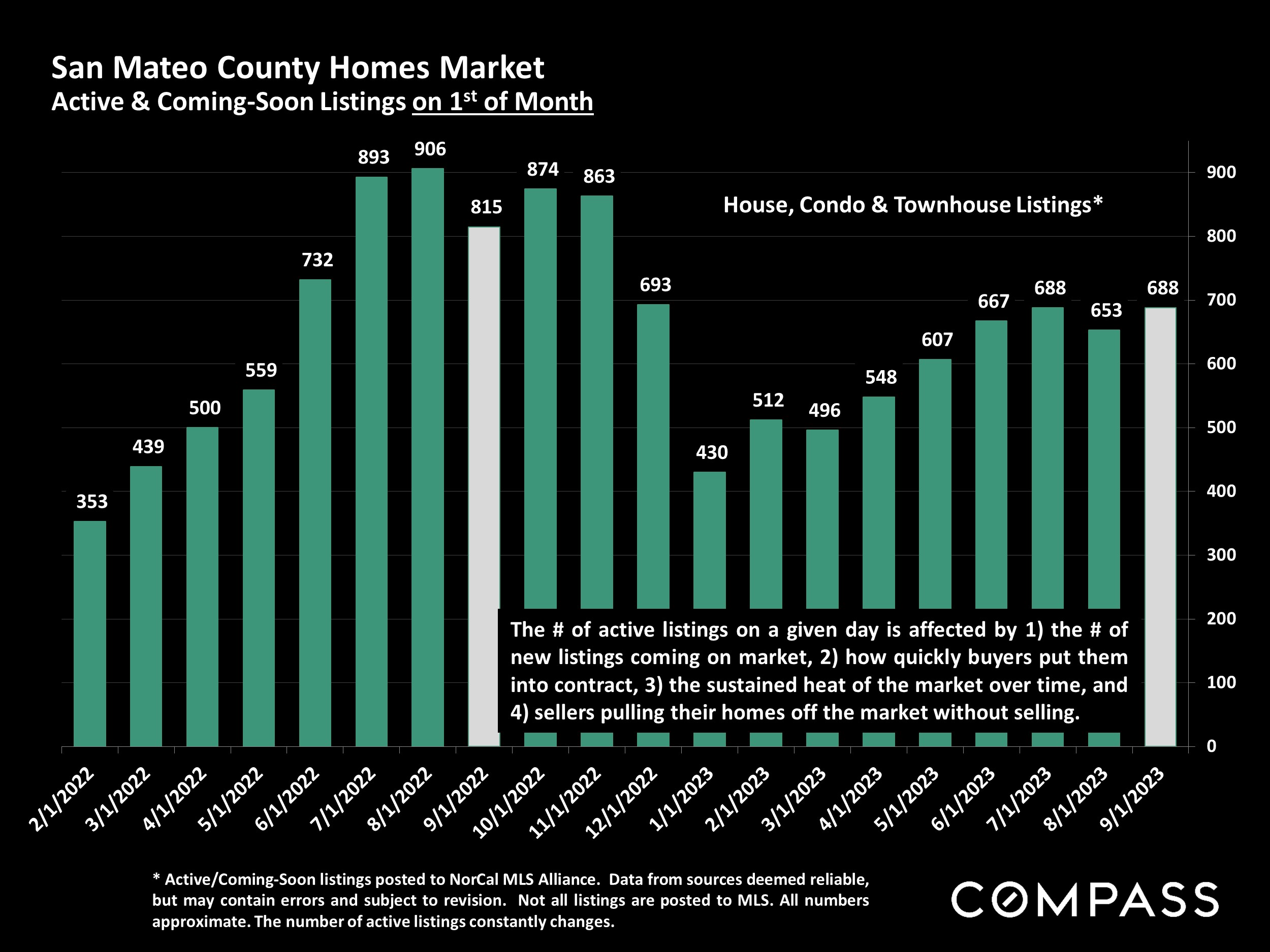
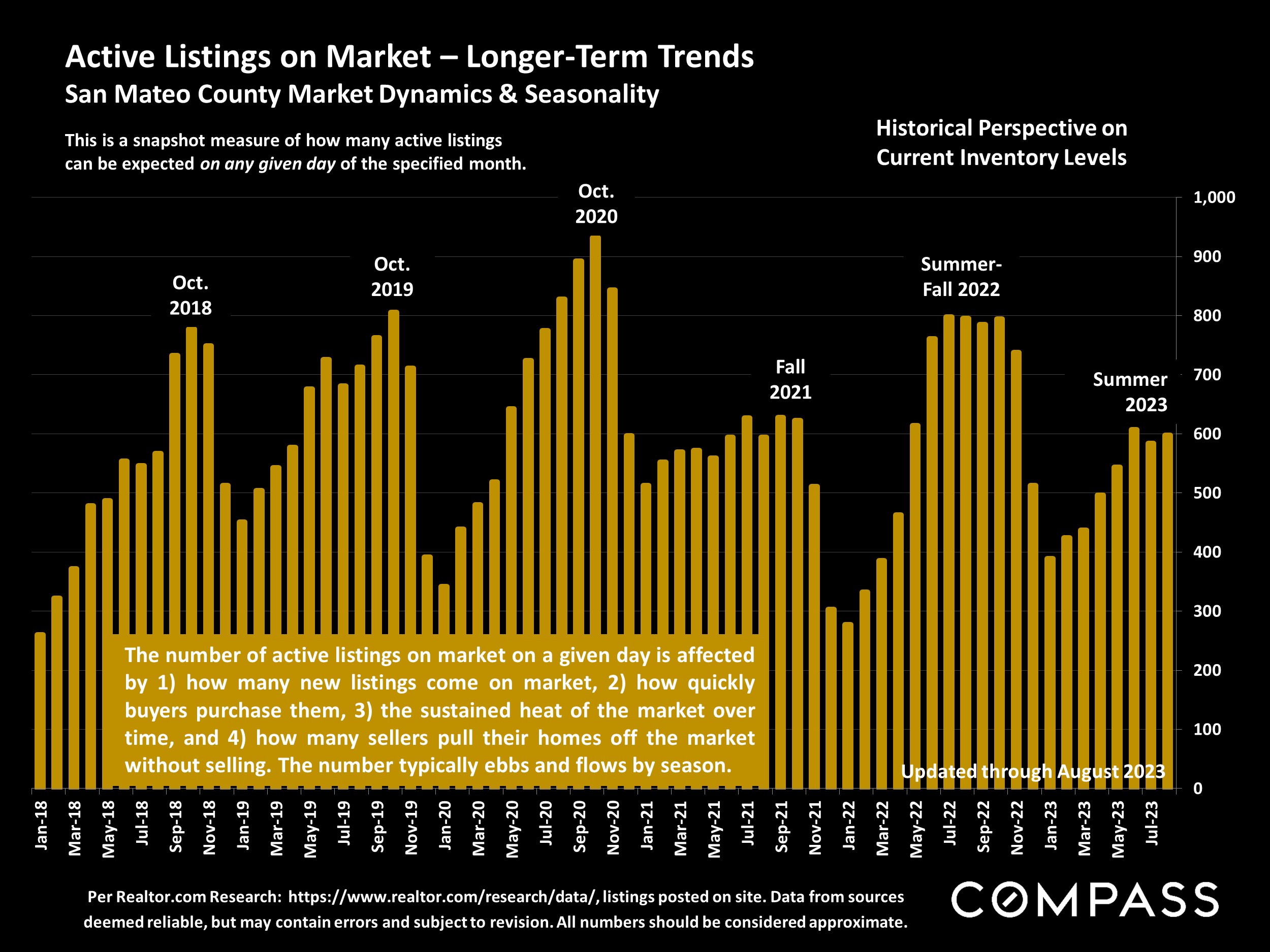
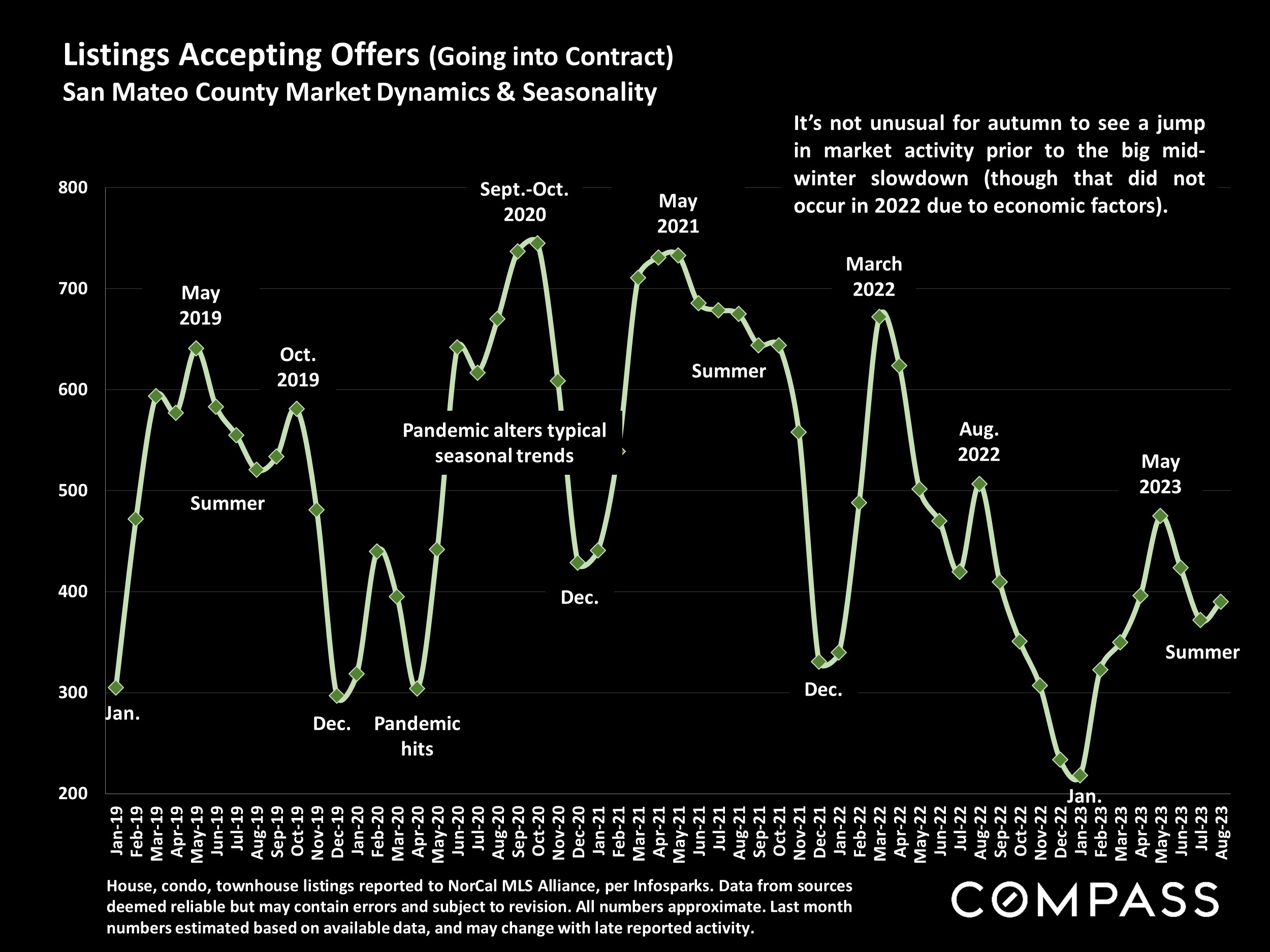
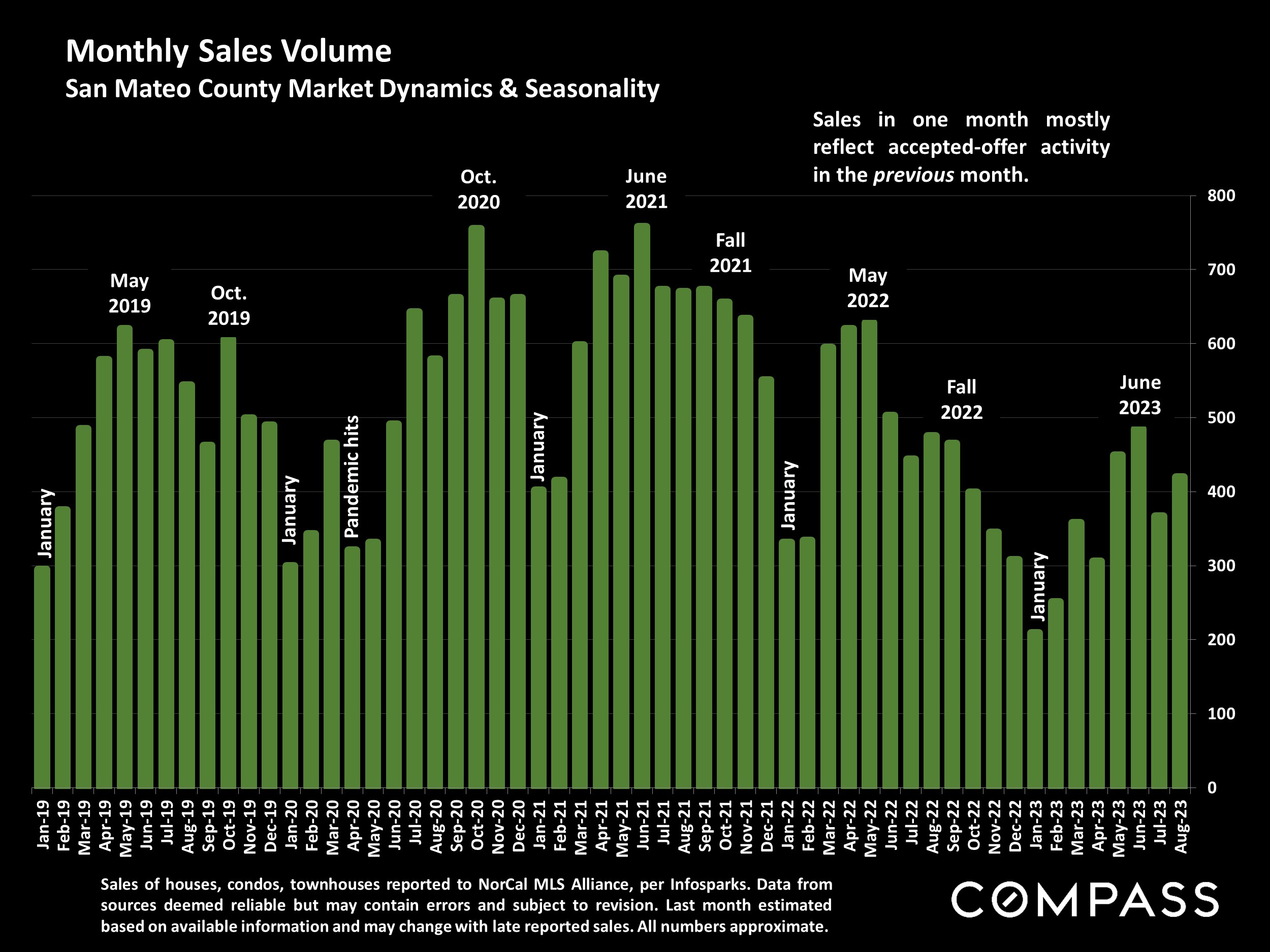
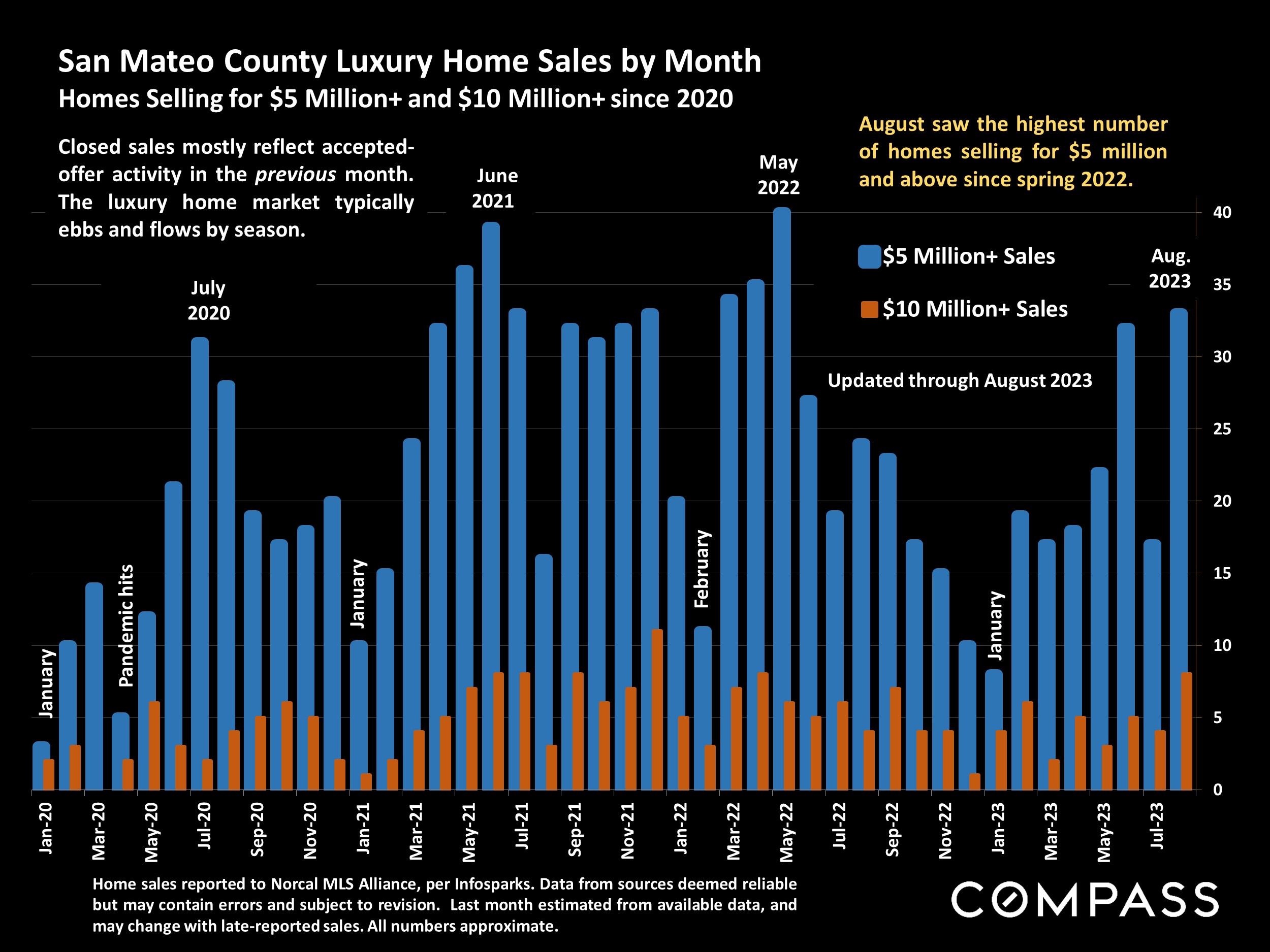
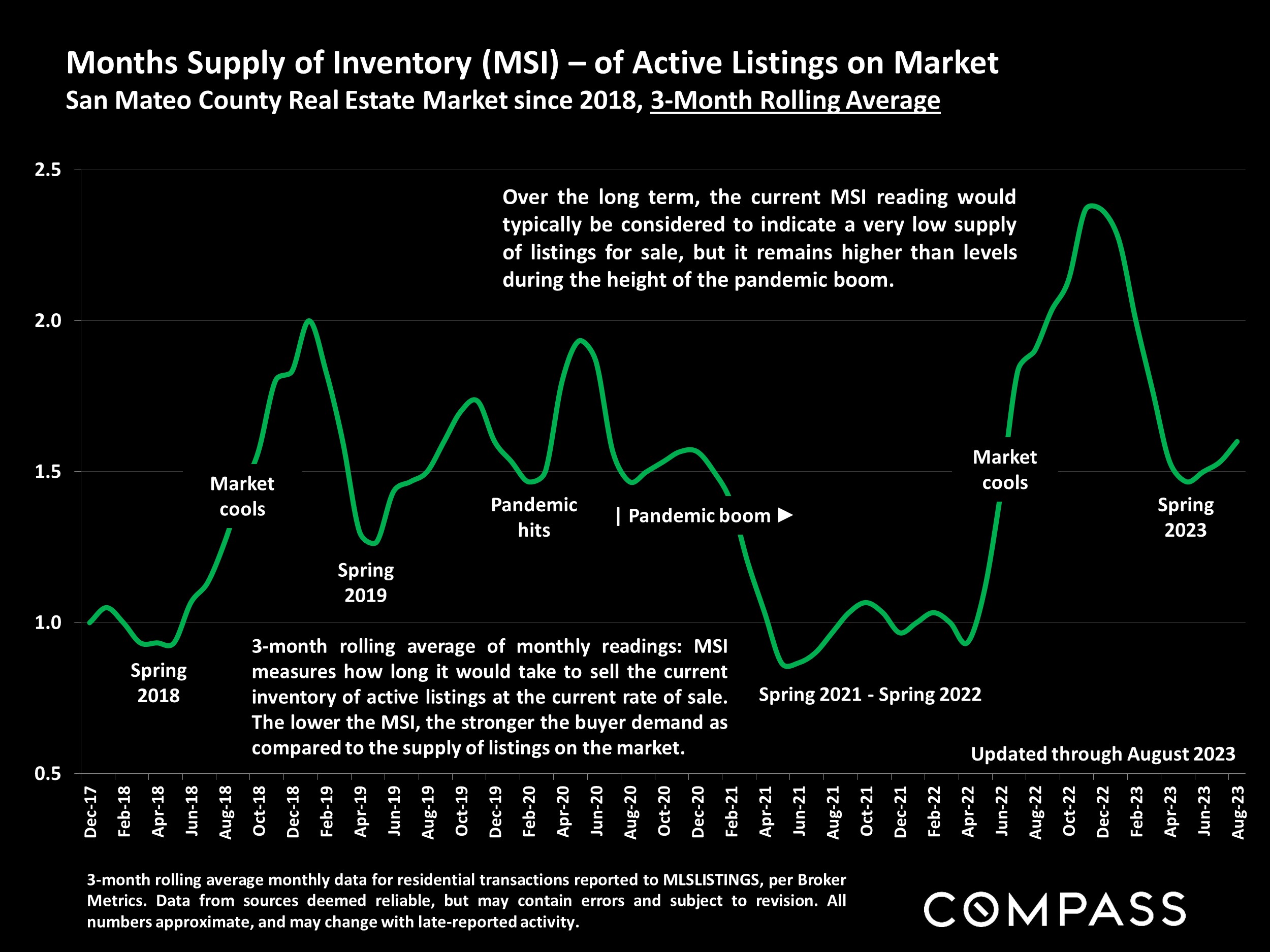
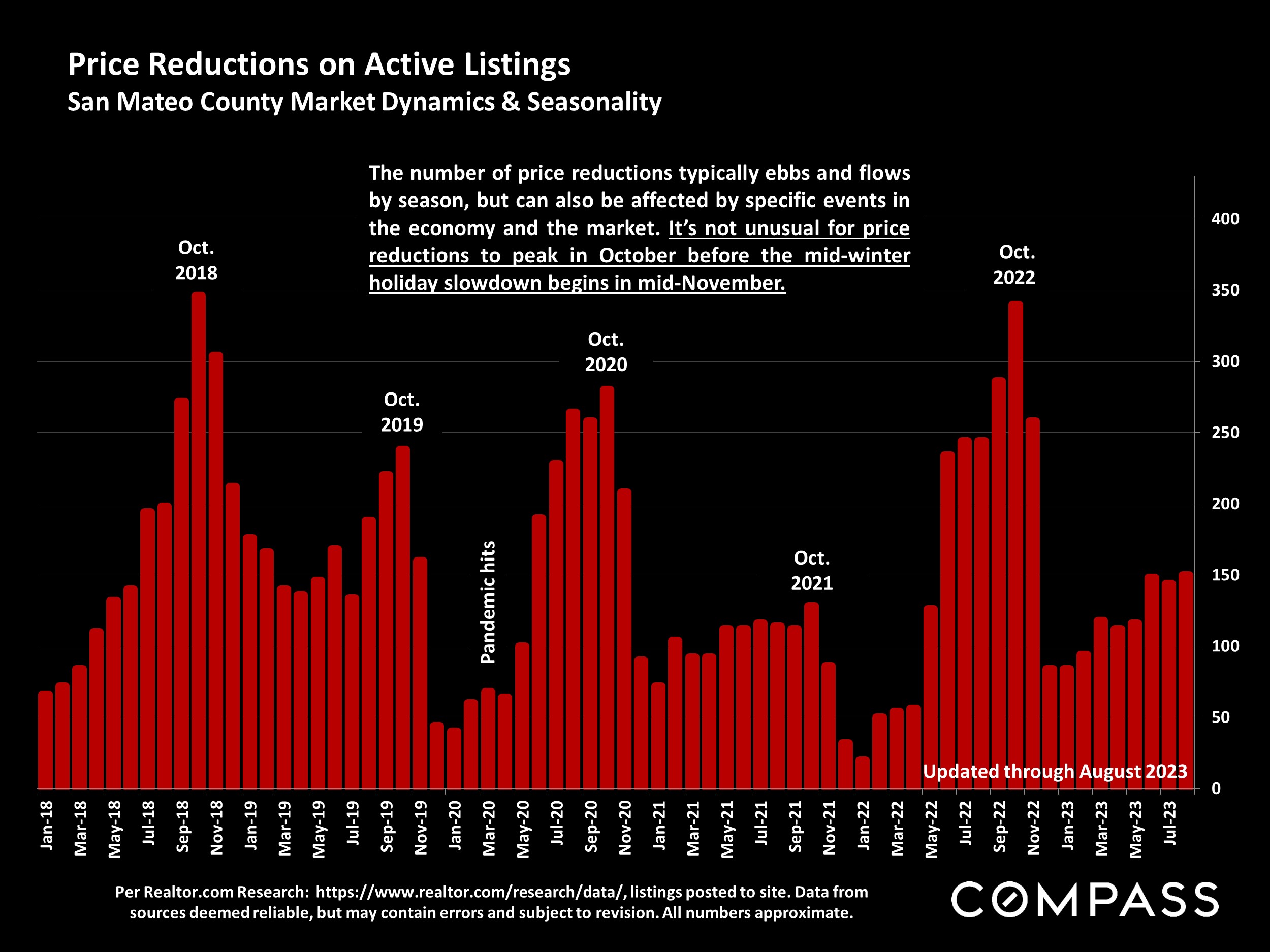
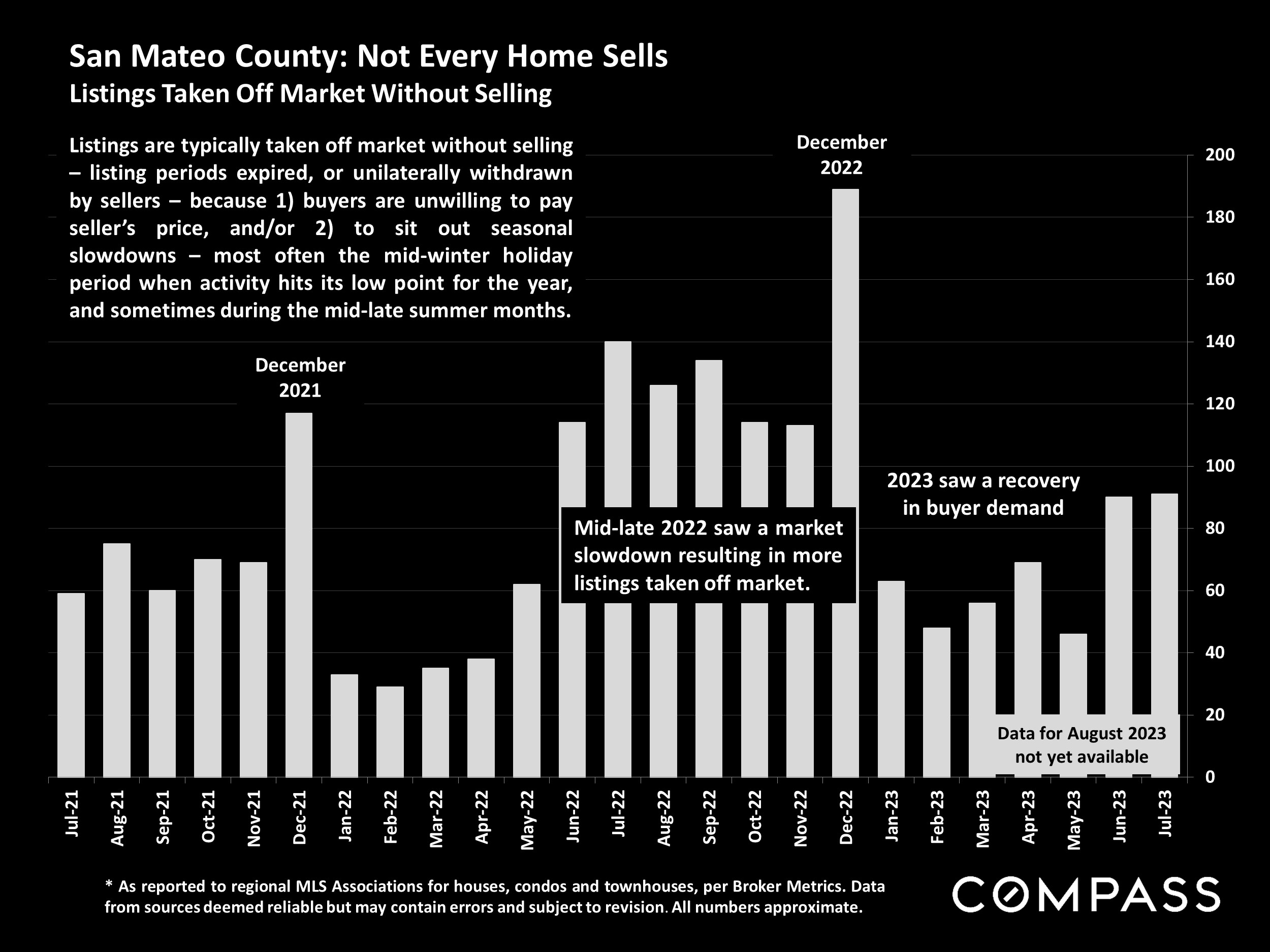
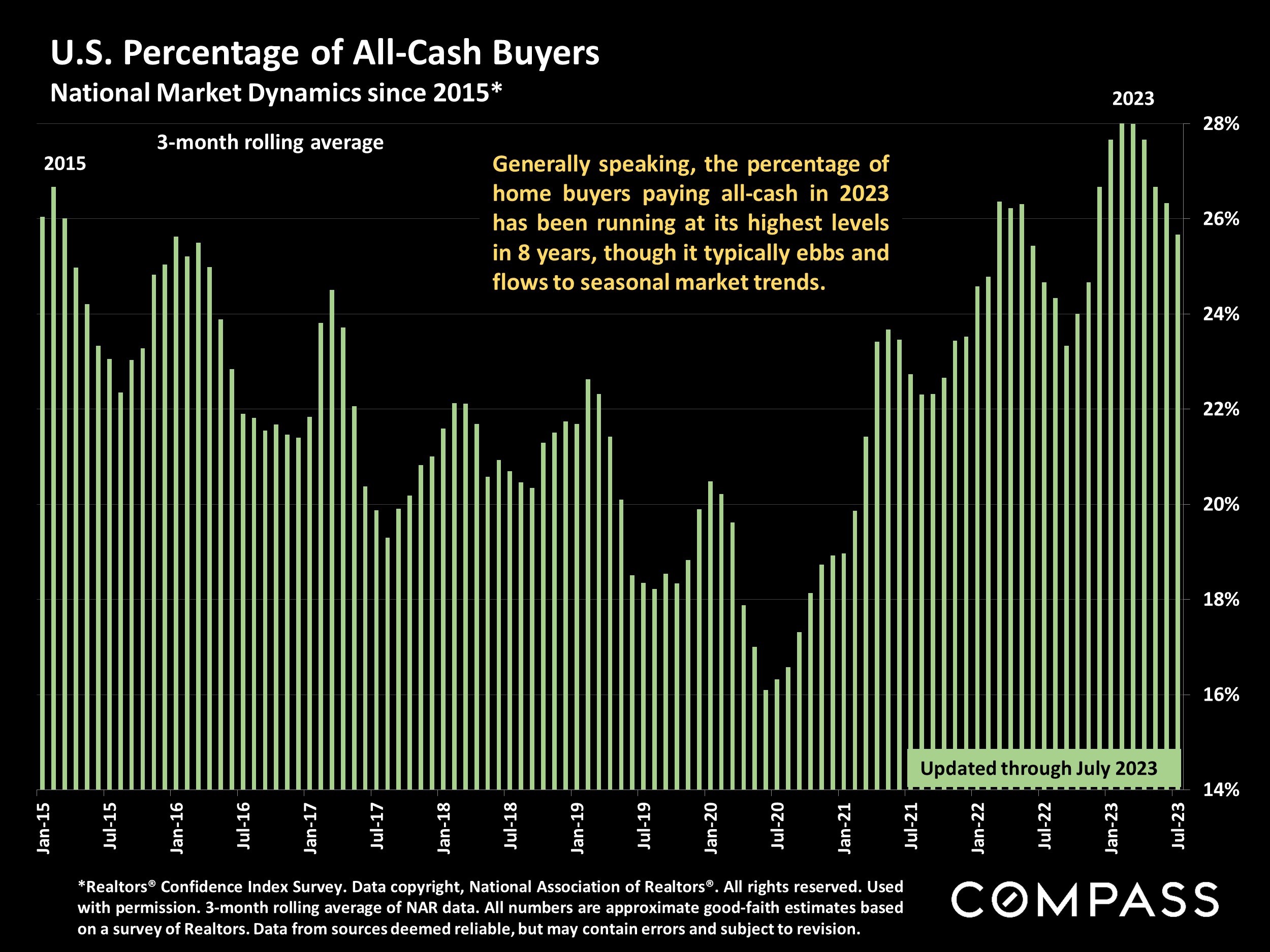
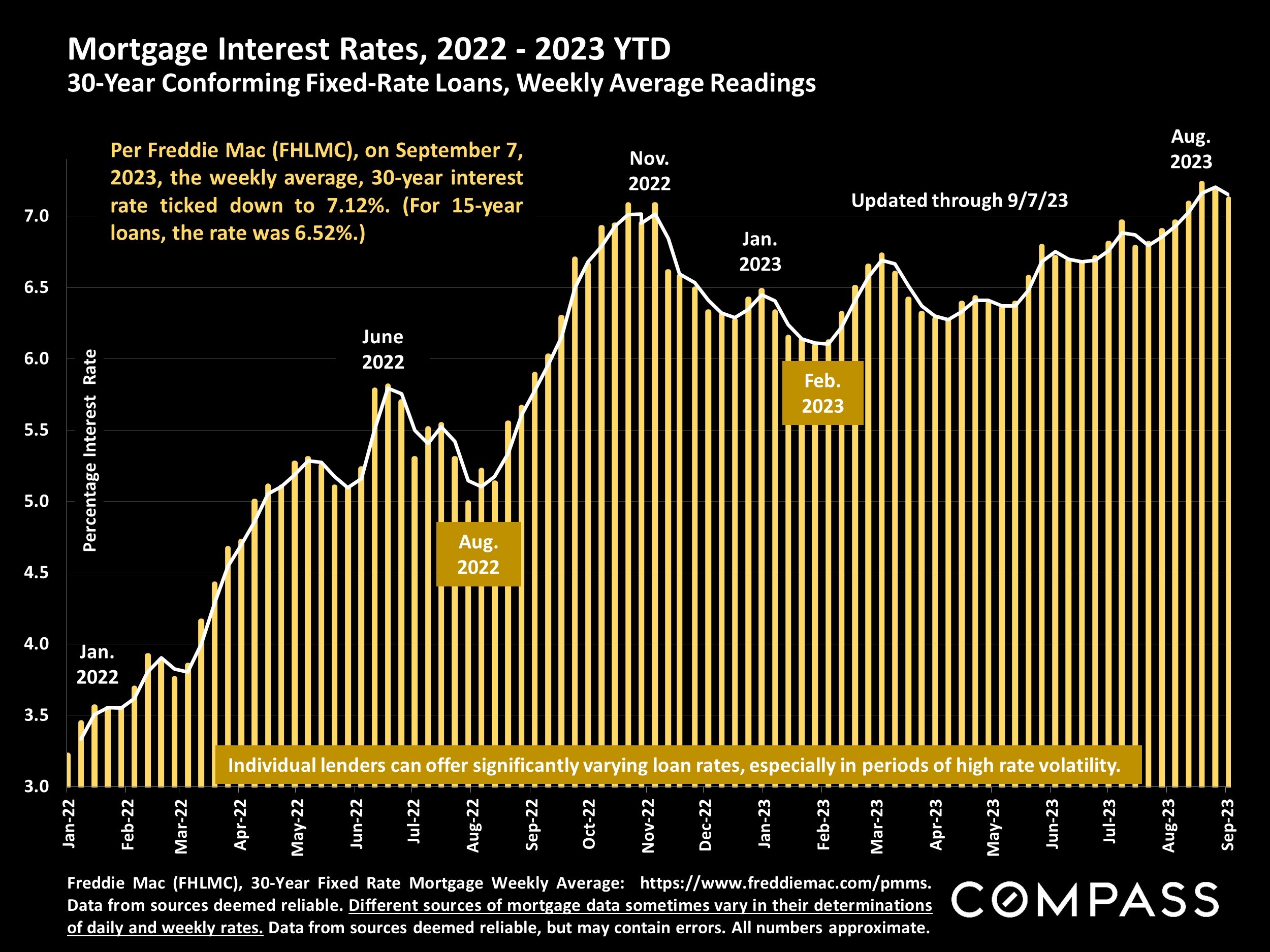
Statistics are generalities, essentially summaries of widely disparate data generated by dozens, hundreds or thousands of unique, individual sales occurring within different time periods. They are best seen not as precise measurements, but as broad, comparative indicators, with reasonable margins of error. Anomalous fluctuations in statistics are not uncommon, especially in smaller, expensive market segments. Last period data should be considered estimates that may change with late-reported data. Different analytics programs sometimes define statistics – such as “active listings,” “days on market,” and “months supply of inventory” – differently: what is most meaningful are not specific calculations but the trends they illustrate. Most listing and sales data derives from the local or regional multi-listing service (MLS) of the area specified in the analysis, but not all listings or sales are reported to MLS and these won’t be reflected in the data. “Homes” signifies real-property, single-household housing units: houses, condos, co-ops, townhouses, duets and TICs (but not mobile homes), as applicable to each market. City/town names refer specifically to the named cities and towns, unless otherwise delineated. Multi-county metro areas will be specified as such. Data from sources deemed reliable, but may contain errors and subject to revision. All numbers to be considered approximate.
Many aspects of value cannot be adequately reflected in median and average statistics: curb appeal, age, condition, amenities, views, lot size, quality of outdoor space, “bonus” rooms, additional parking, quality of location within the neighborhood, and so on. How any of these statistics apply to any particular home is unknown without a specific comparative market analysis. Median Sales Price is that price at which half the properties sold for more and half for less. It may be affected by seasonality, “unusual” events, or changes in inventory and buying trends, as well as by changes in fair market value. The median sales price for an area will often conceal an enormous variety of sales prices in the underlying individual sales.
Dollar per Square Foot is based upon the home’s interior living space and does not include garages, unfinished attics and basements, rooms built without permit, patios, decks or yards (though all those can add value to a home). These figures are usually derived from appraisals or tax records, but are sometimes unreliable (especially for older homes) or unreported altogether. The calculation can only be made on those home sales that reported square footage.
Compass is a real estate broker licensed by the State of California, DRE 01527235. Equal Housing Opportunity. This report has been prepared solely for information purposes. The information herein is based on or derived from information generally available to the public and/or from sources believed to be reliable. No representation or warranty can be given with respect to the accuracy or completeness of the information. Compass disclaims any and all liability relating to this report, including without limitation any express or implied representations or warranties for statements contained in, and omissions from, the report. Nothing contained herein is intended to be or should be read as any regulatory, legal, tax, accounting or other advice and Compass does not provide such advice. All opinions are subject to change without notice. Compass makes no representation regarding the accuracy of any statements regarding any references to the laws, statutes or regulations of any state are those of the author(s). Past performance is no guarantee of future results.
